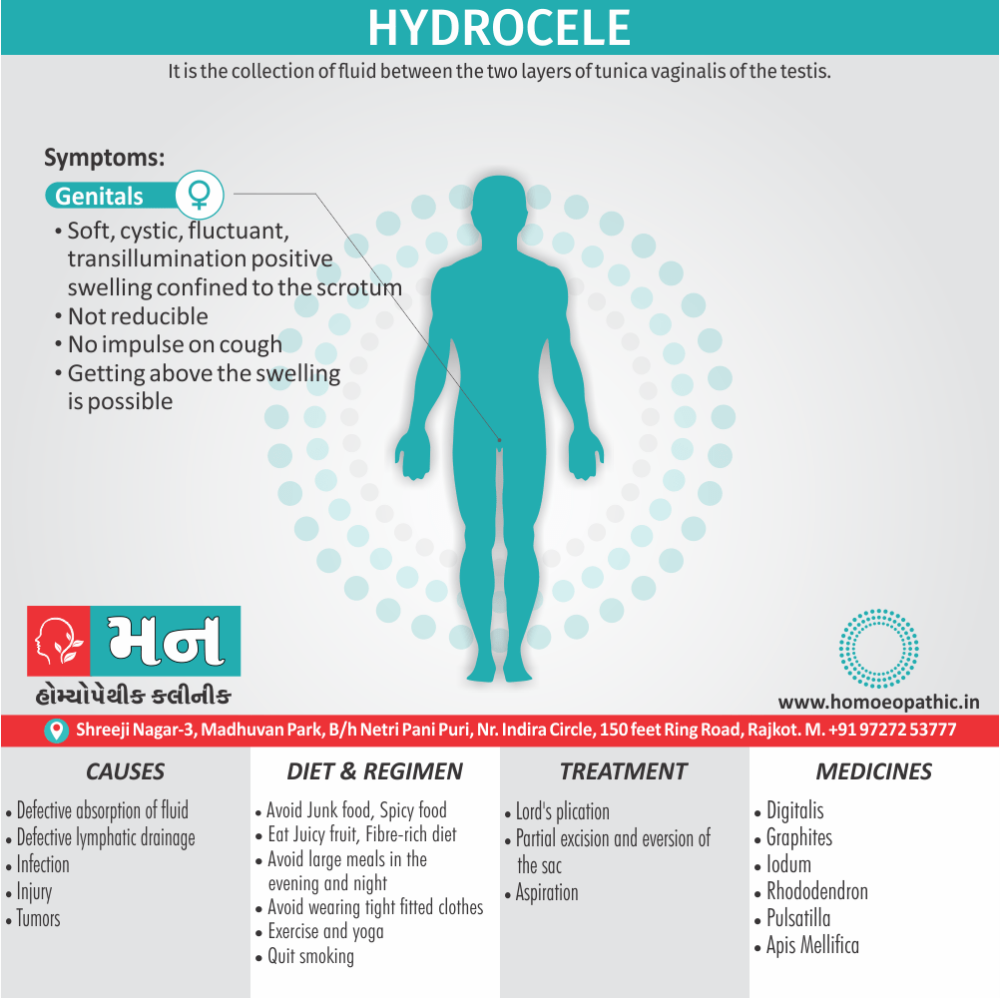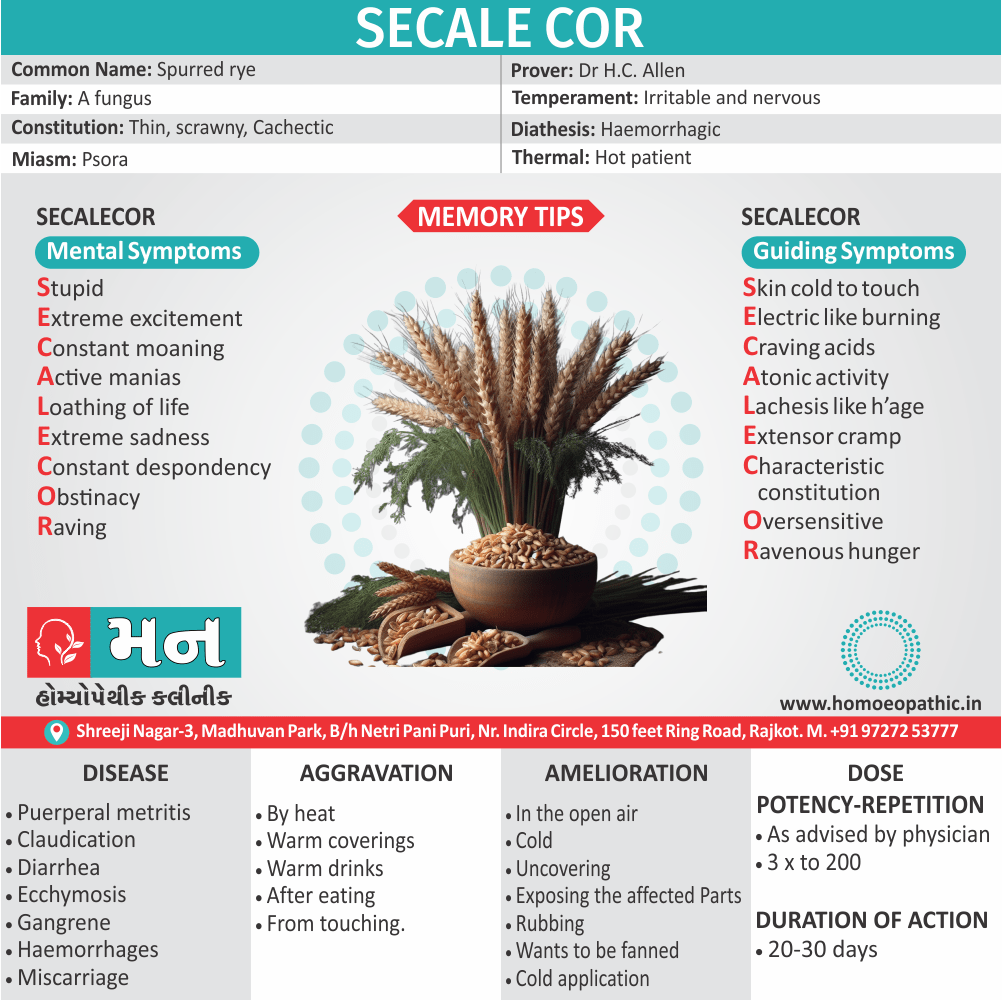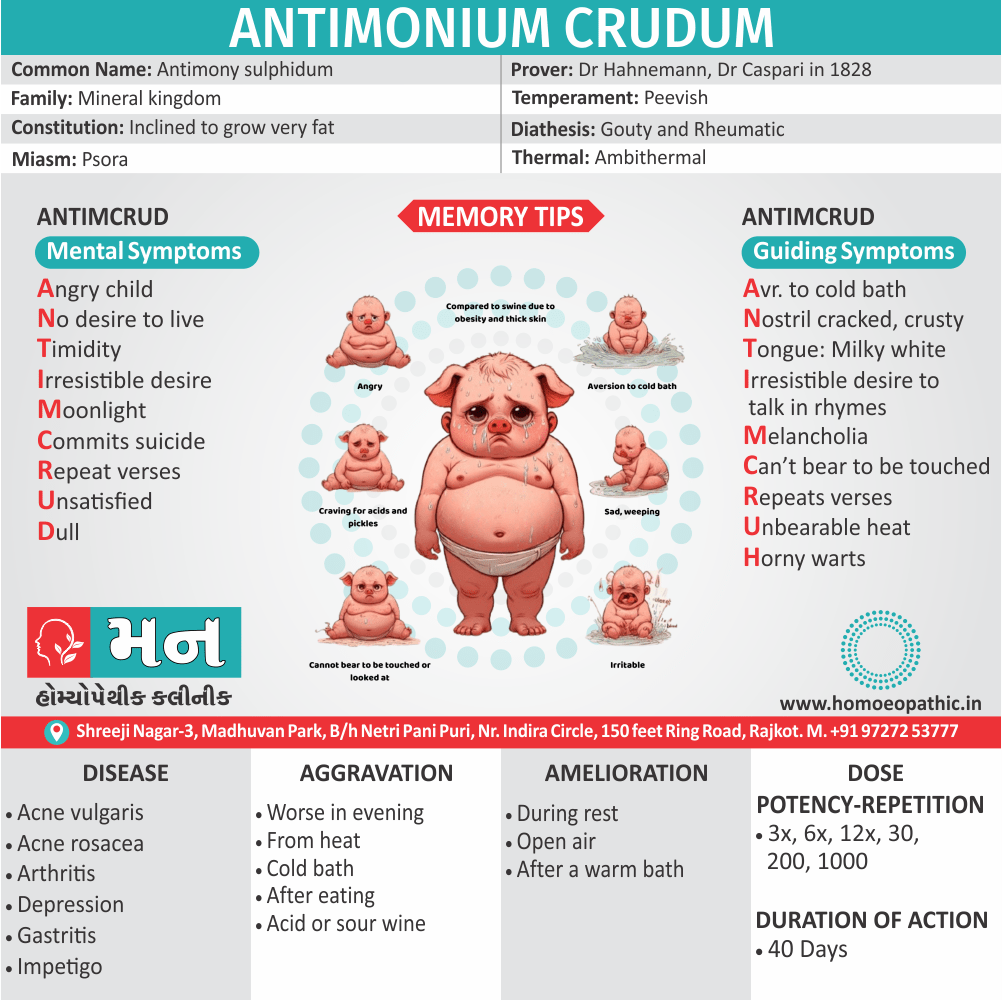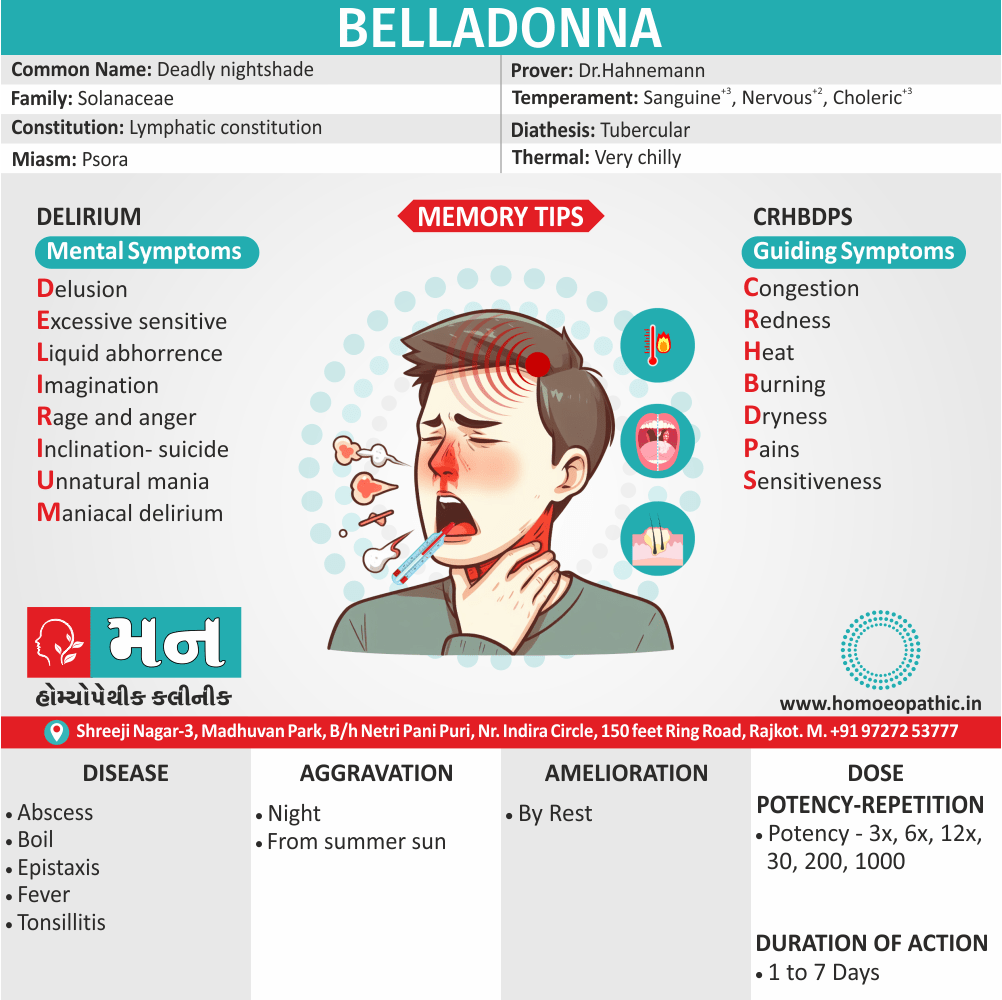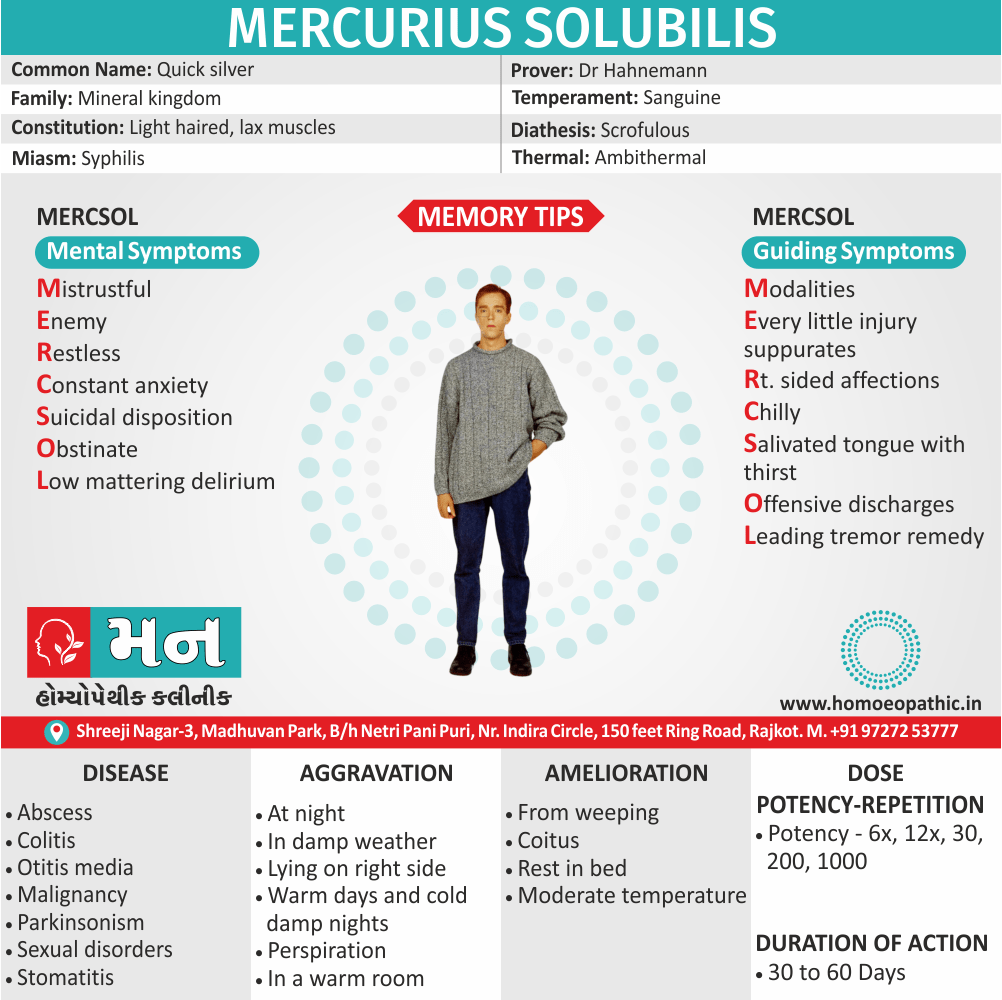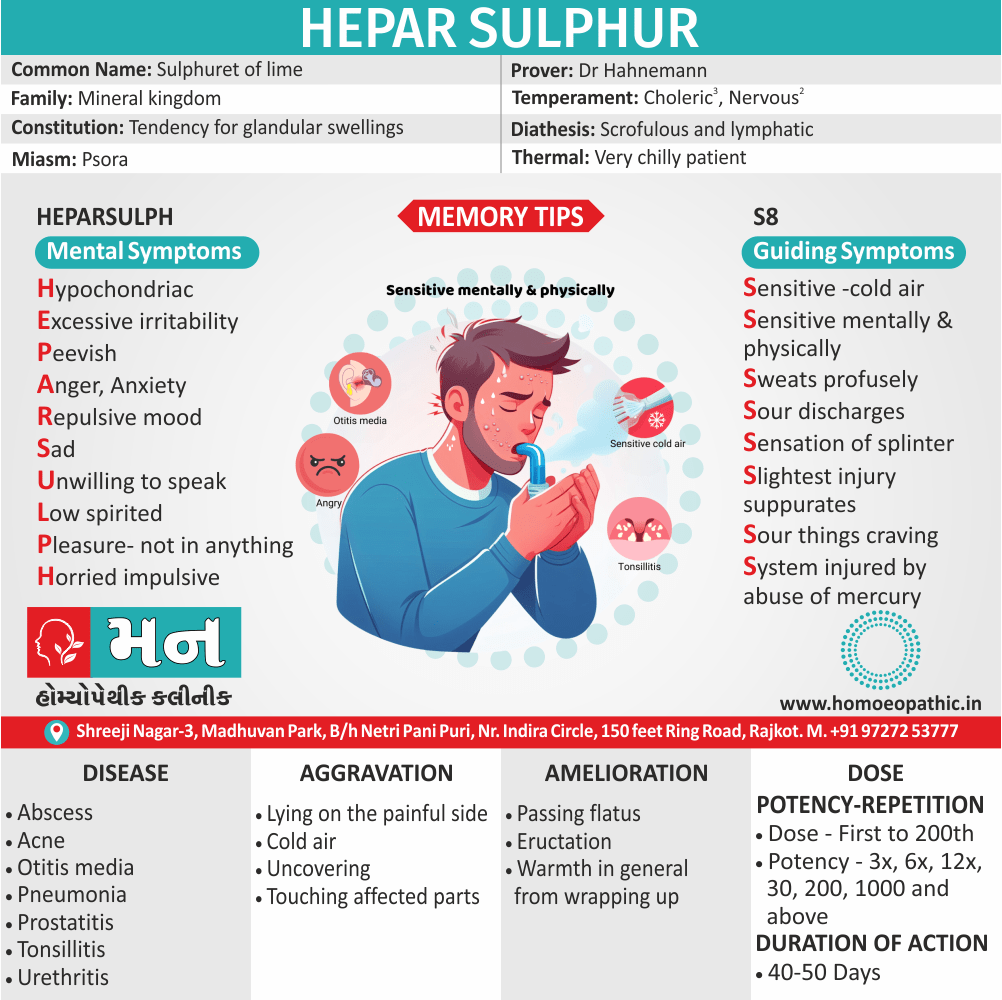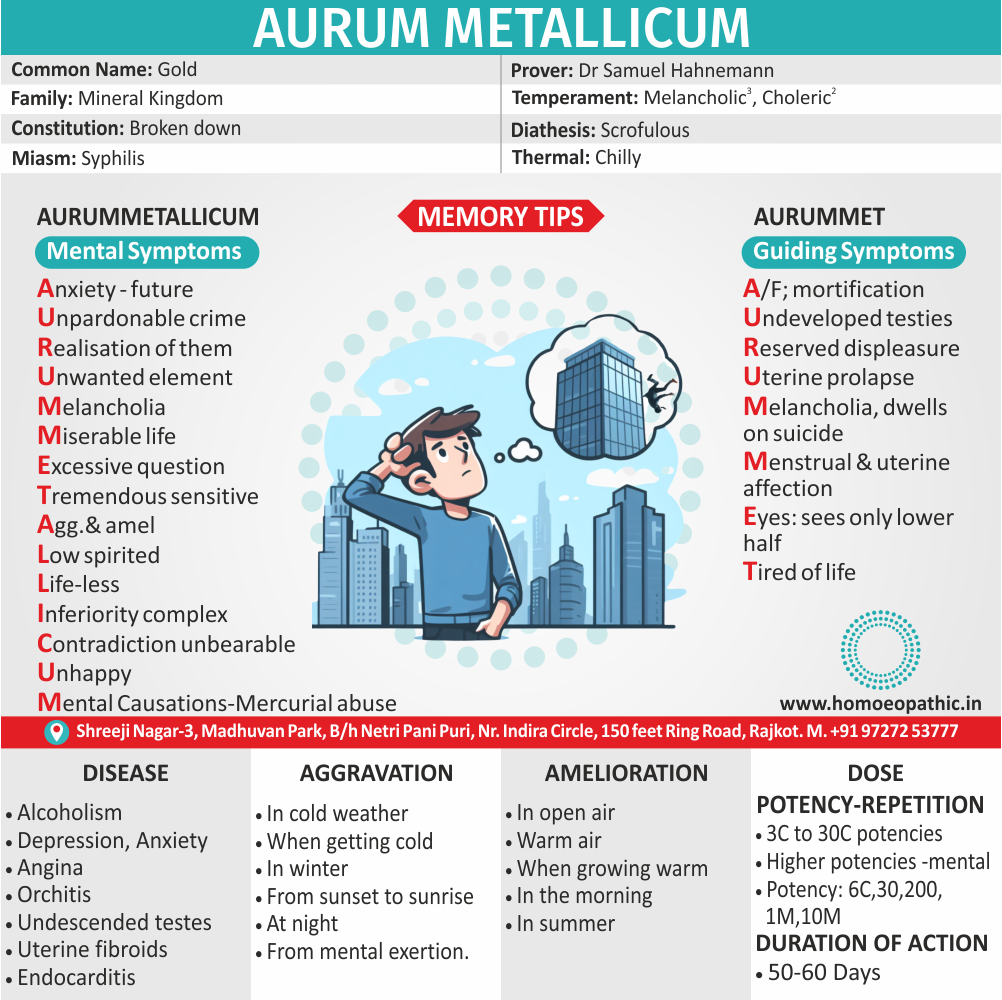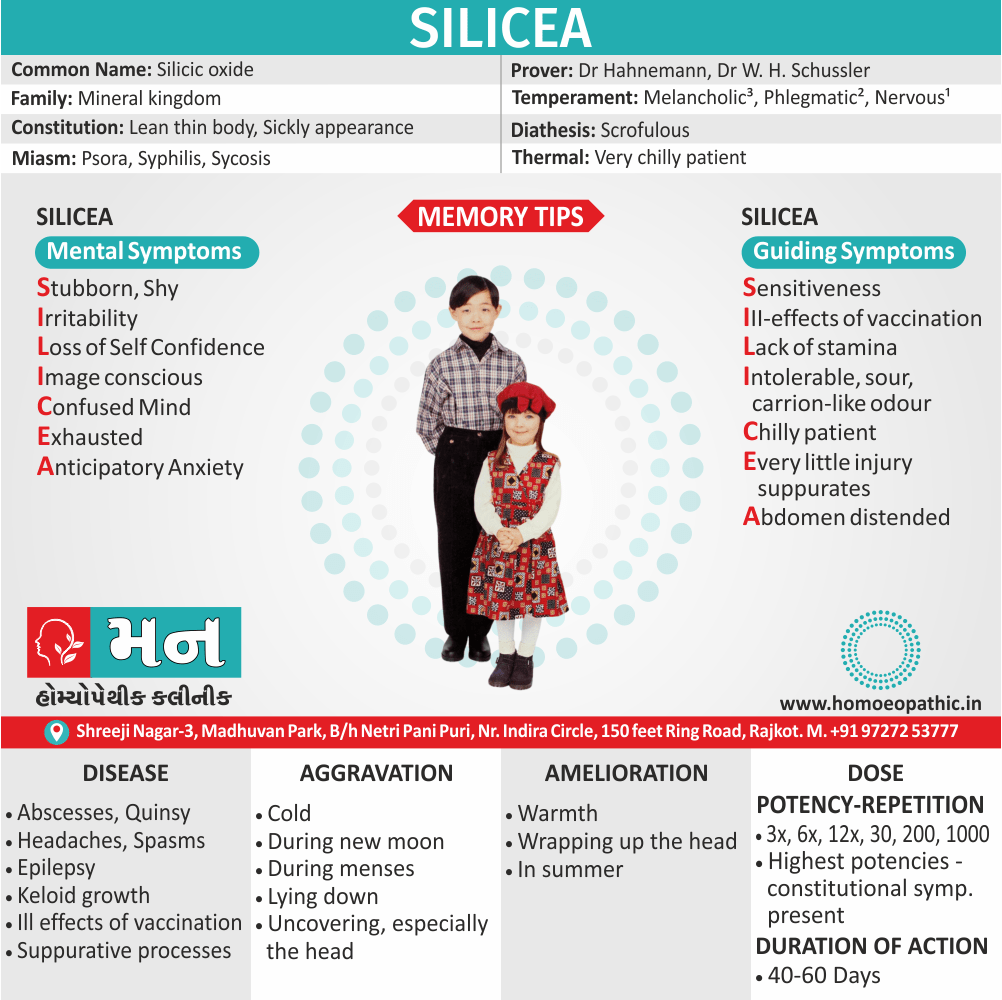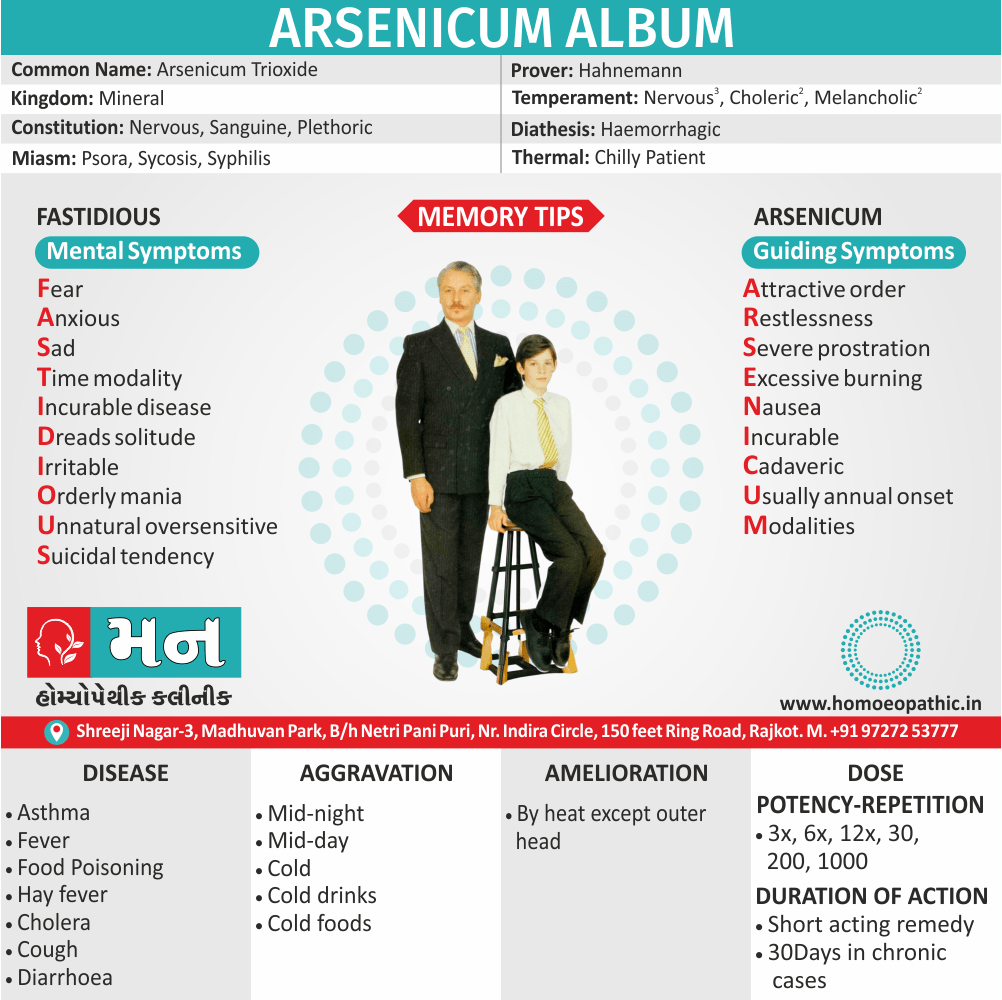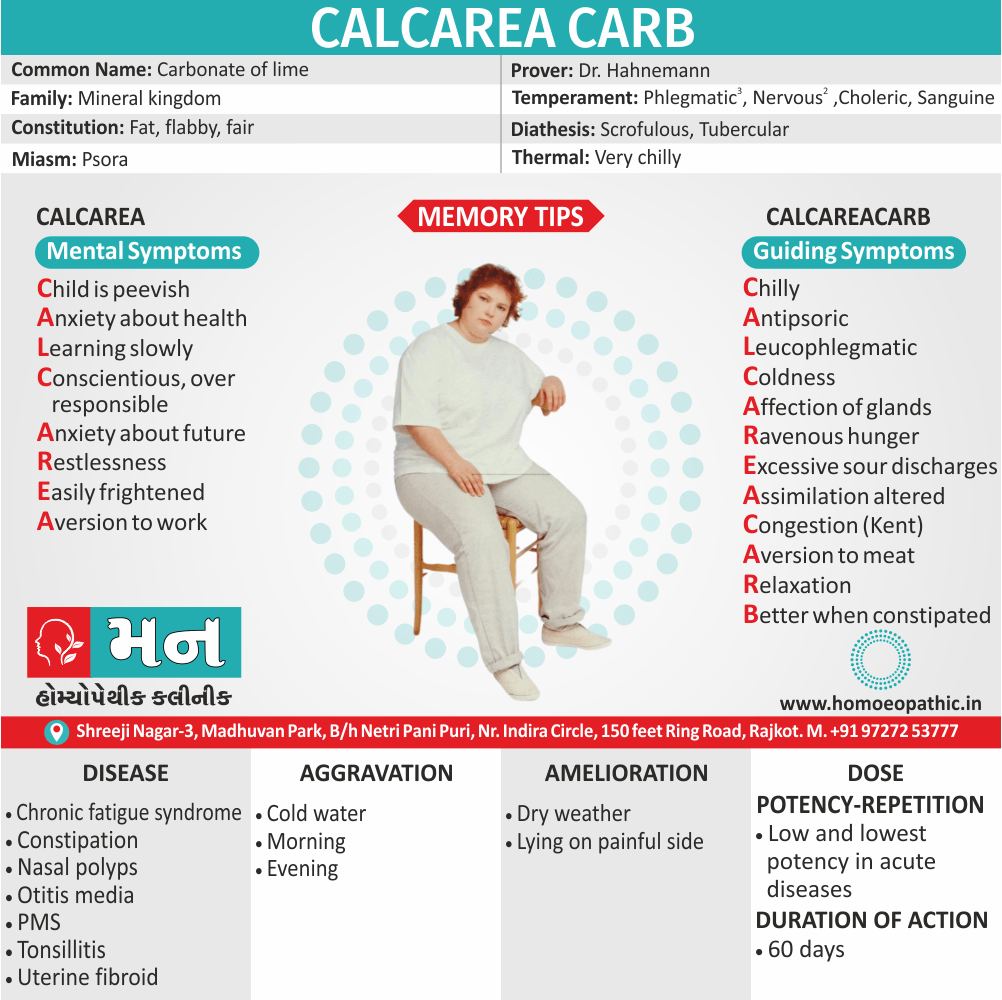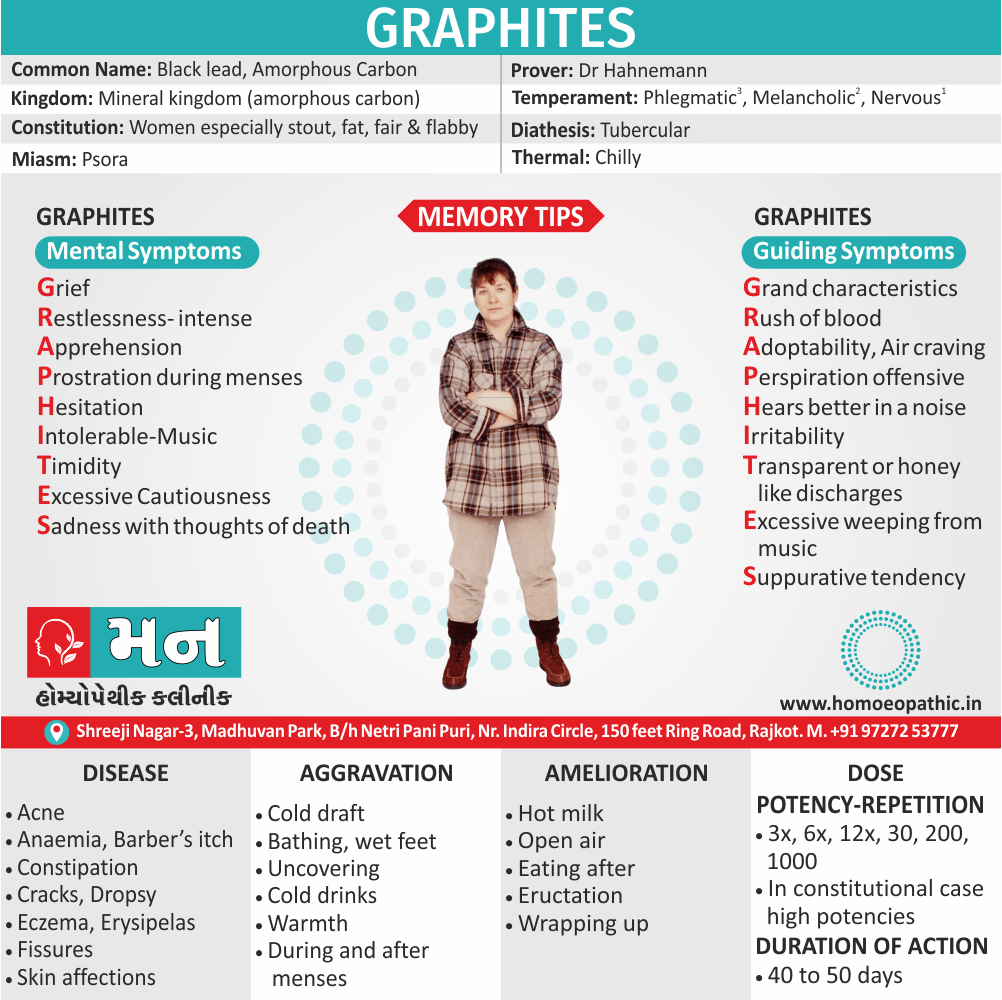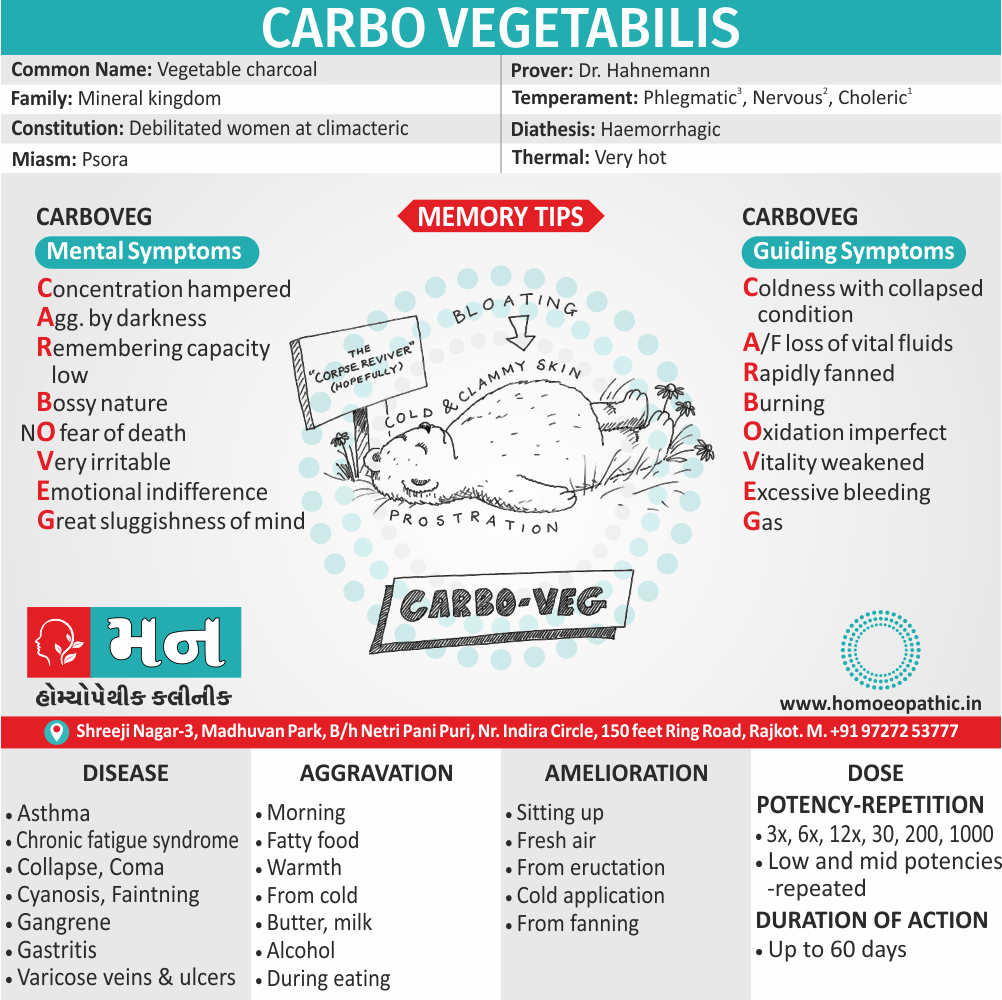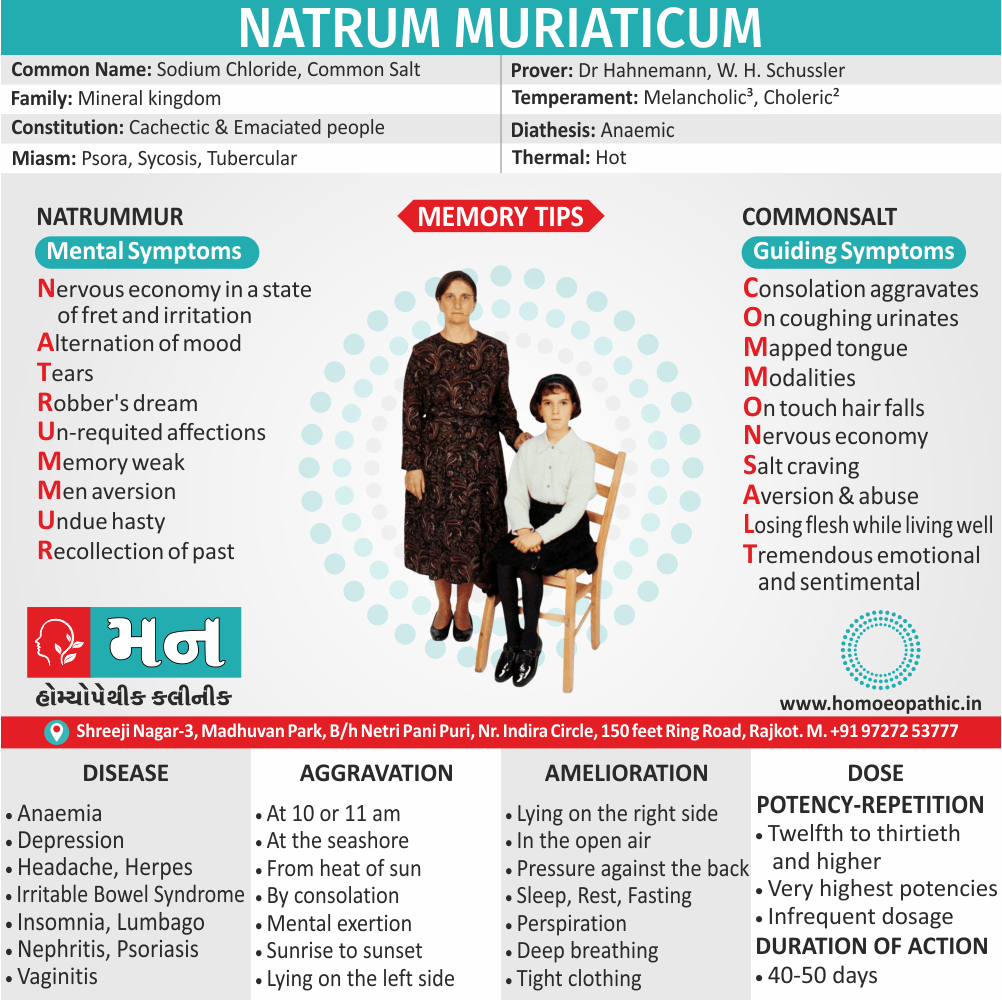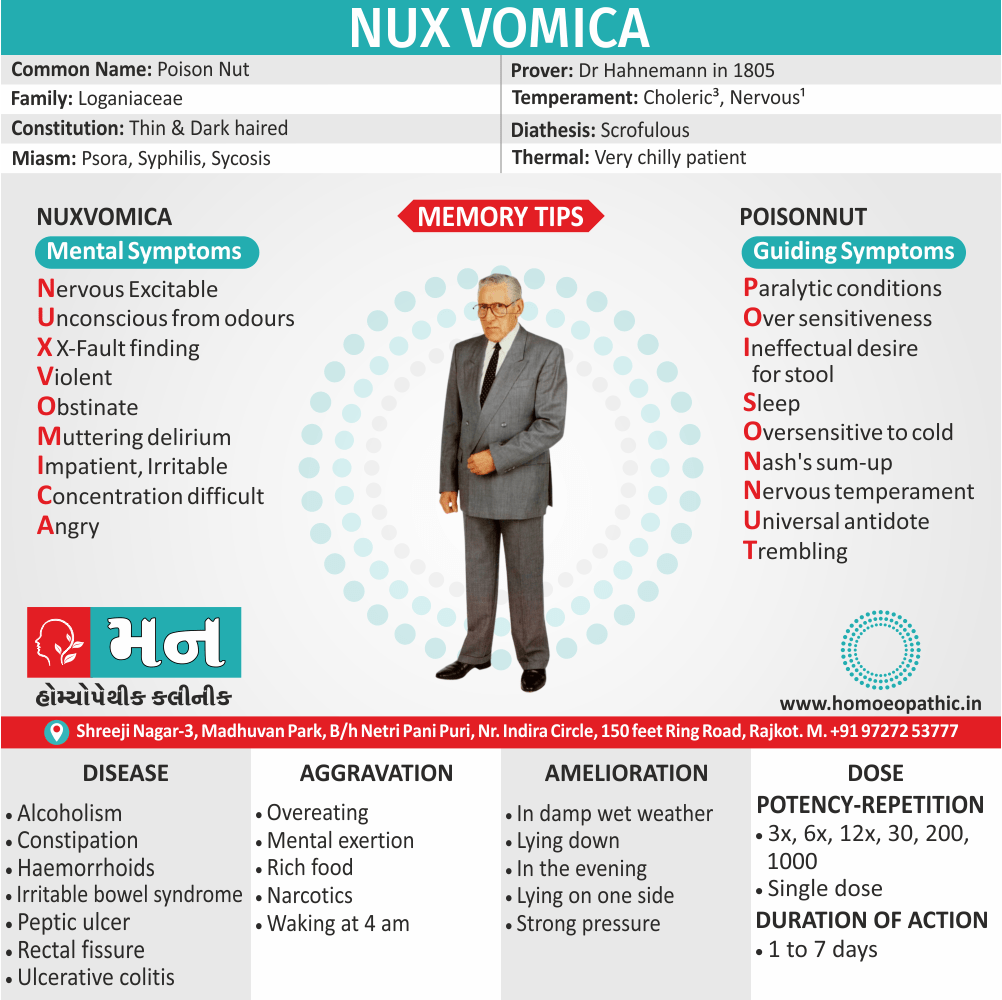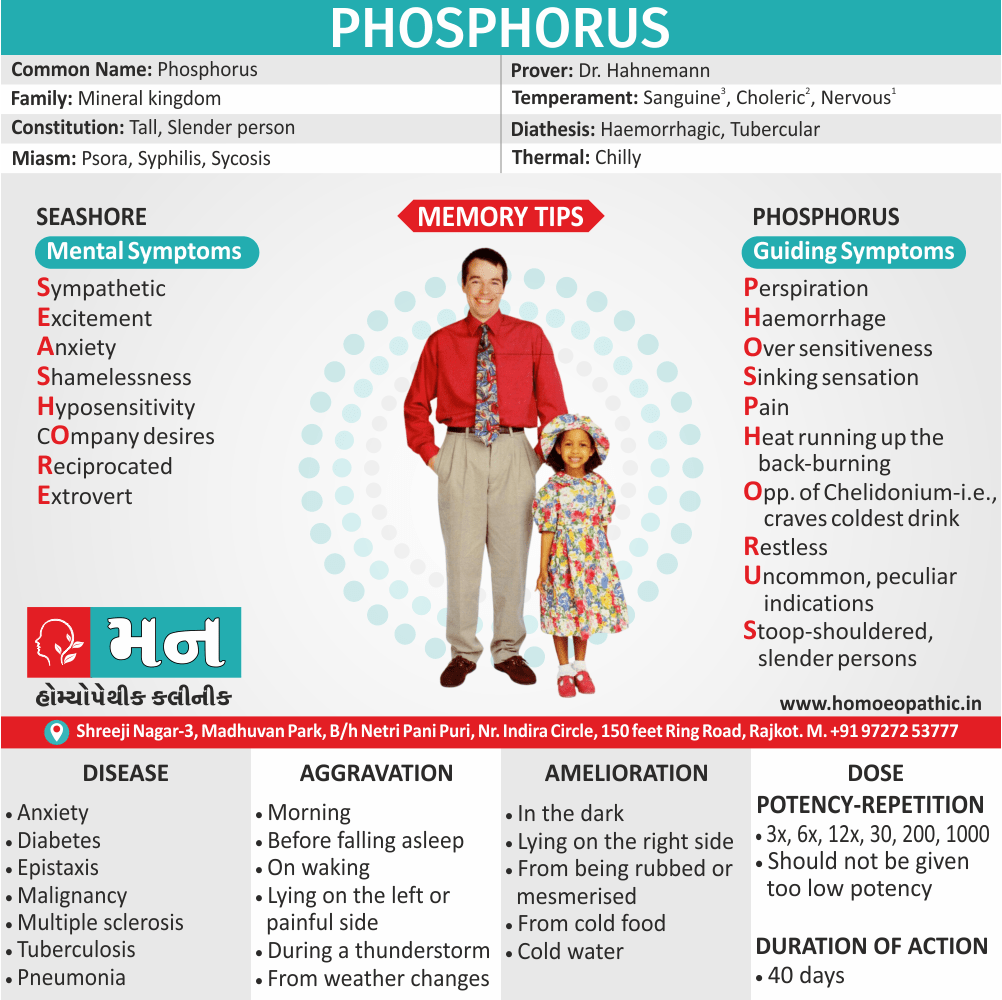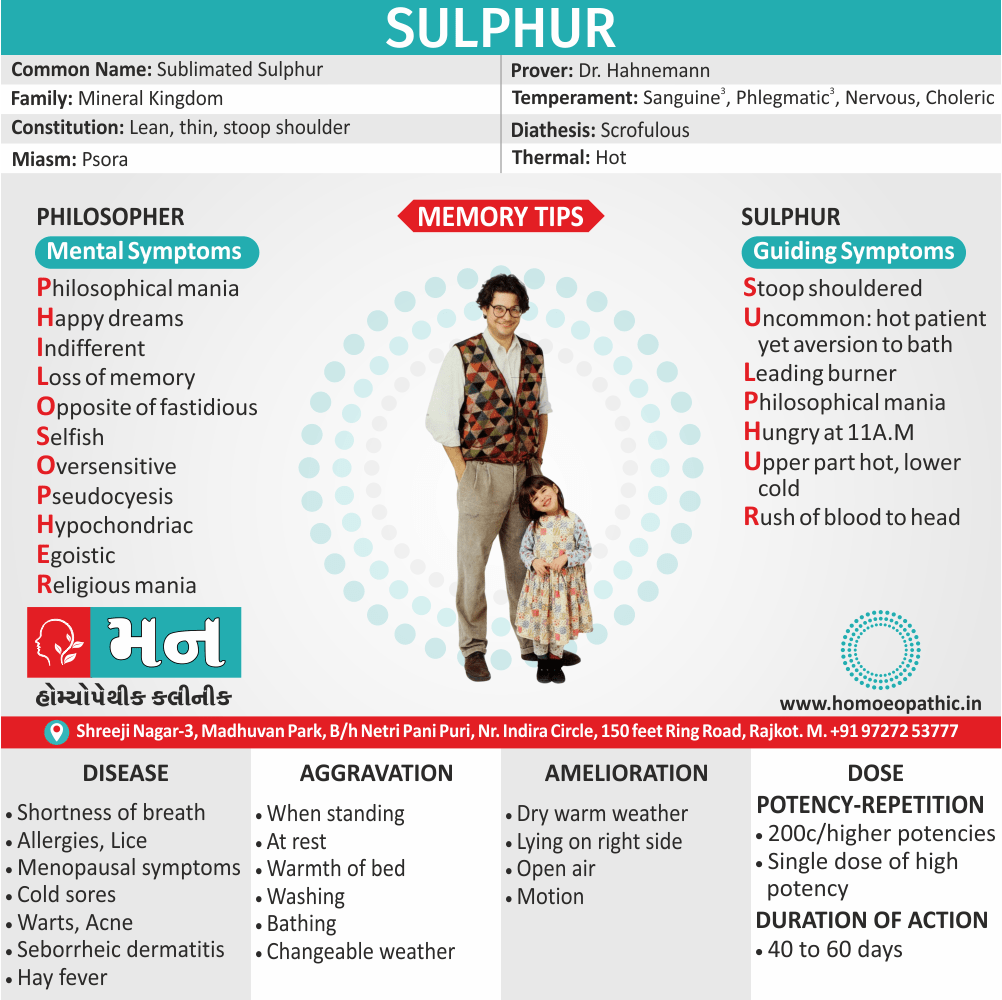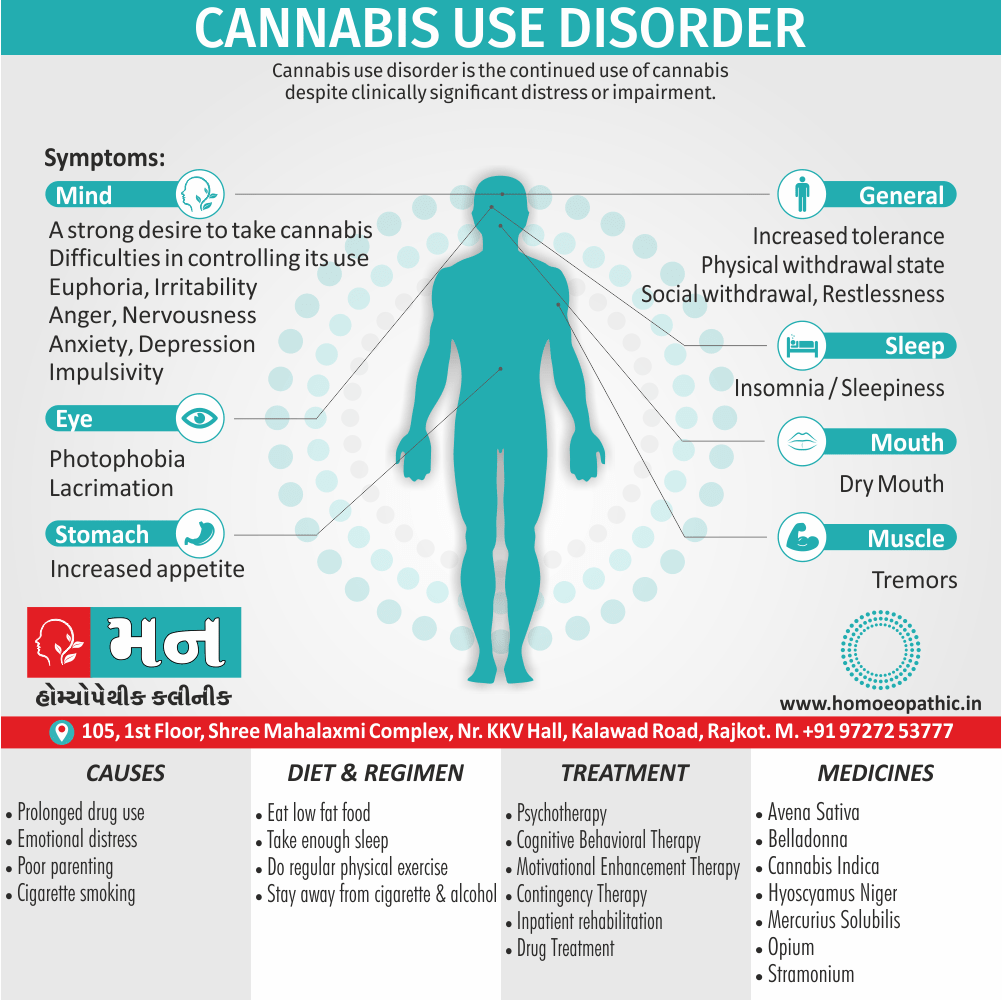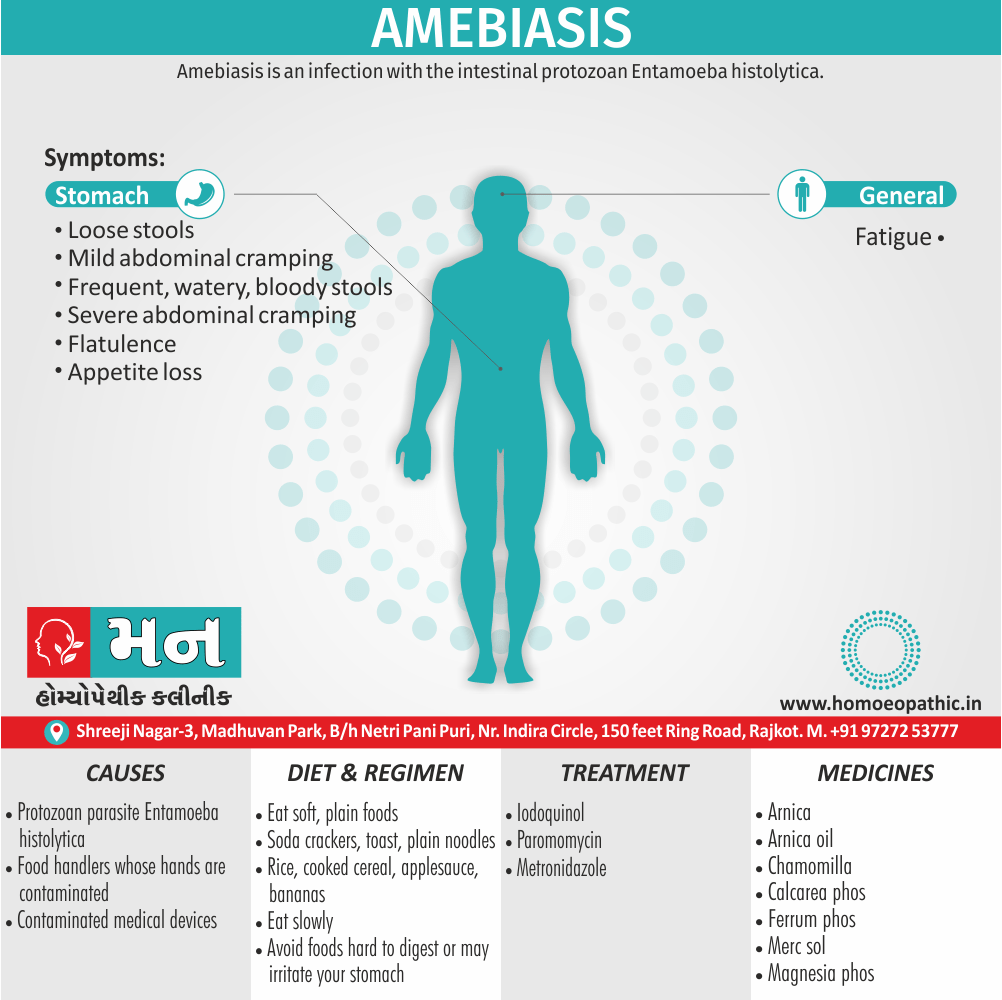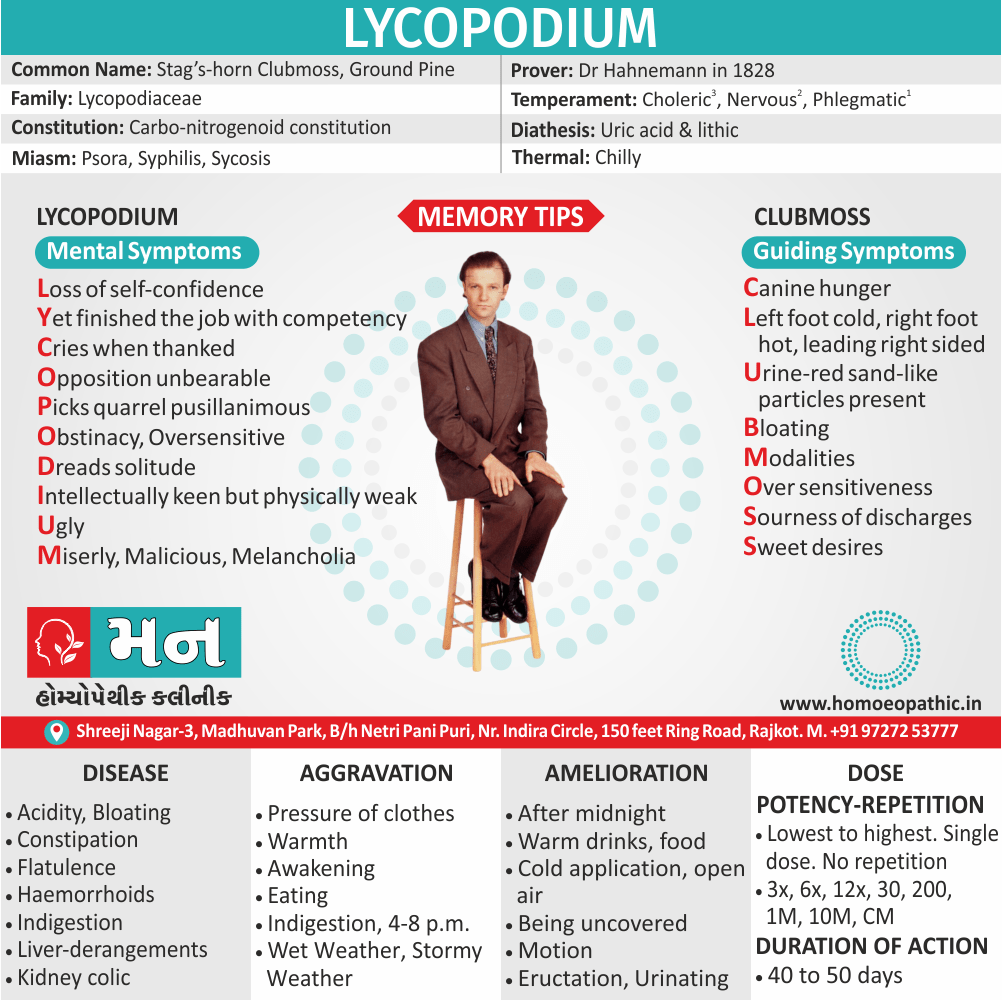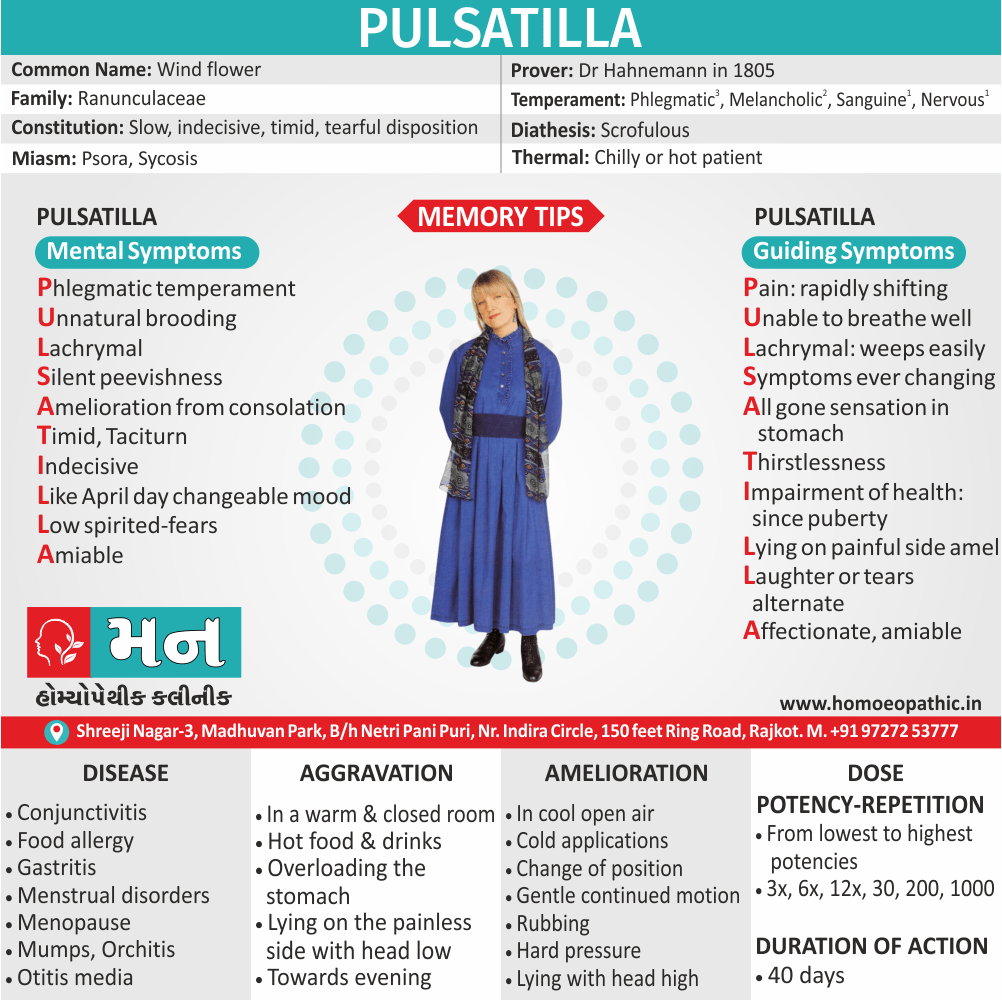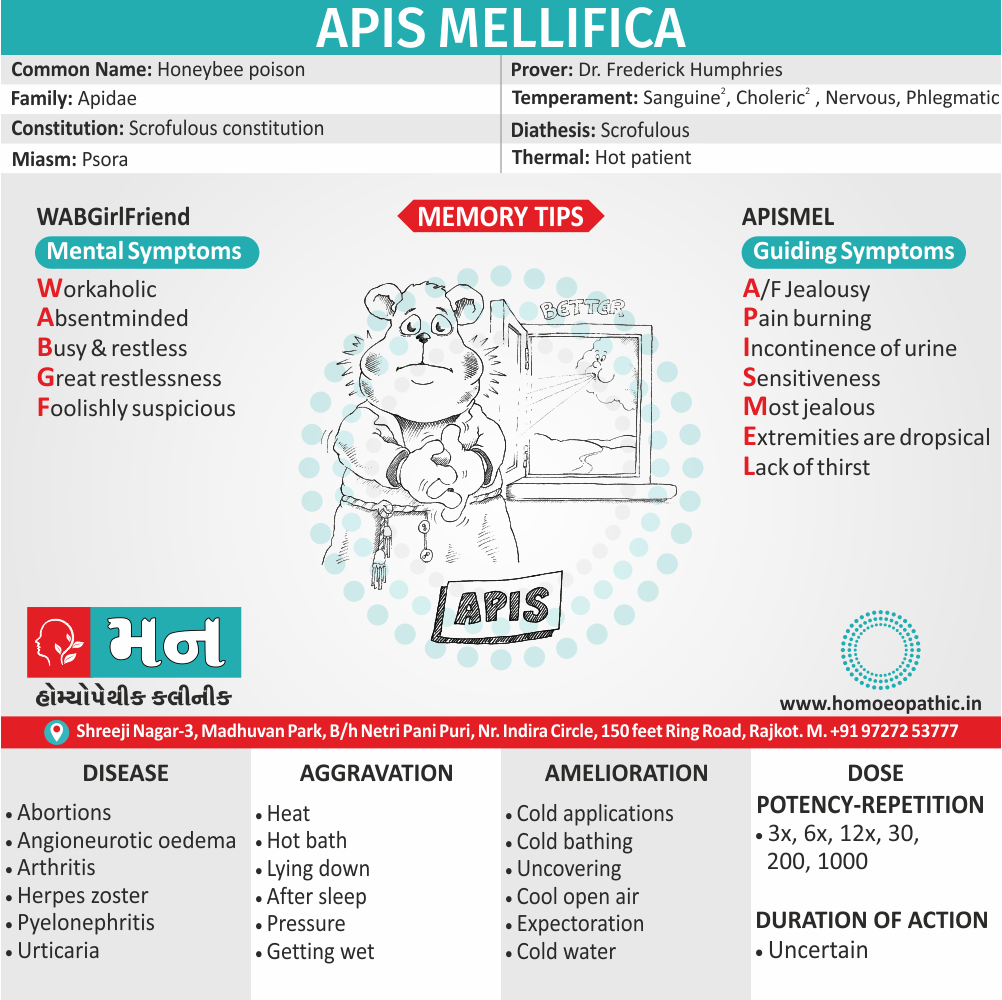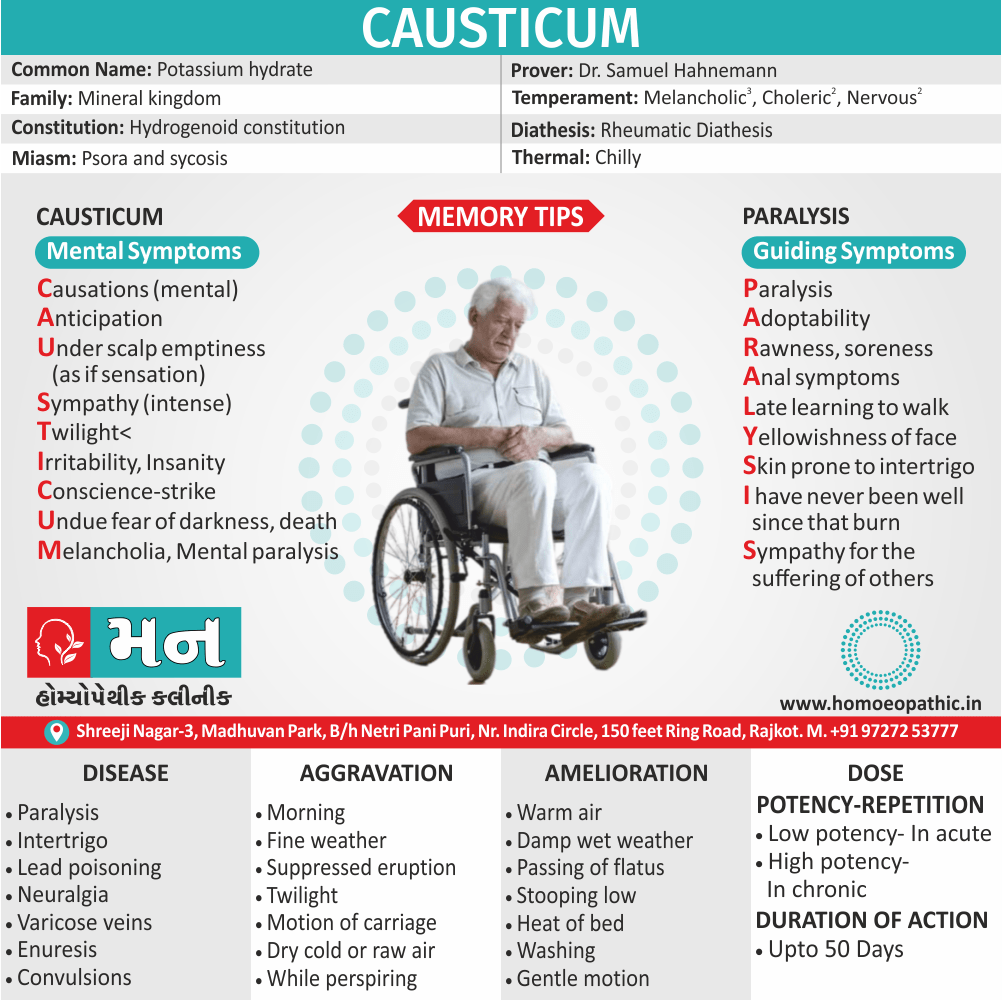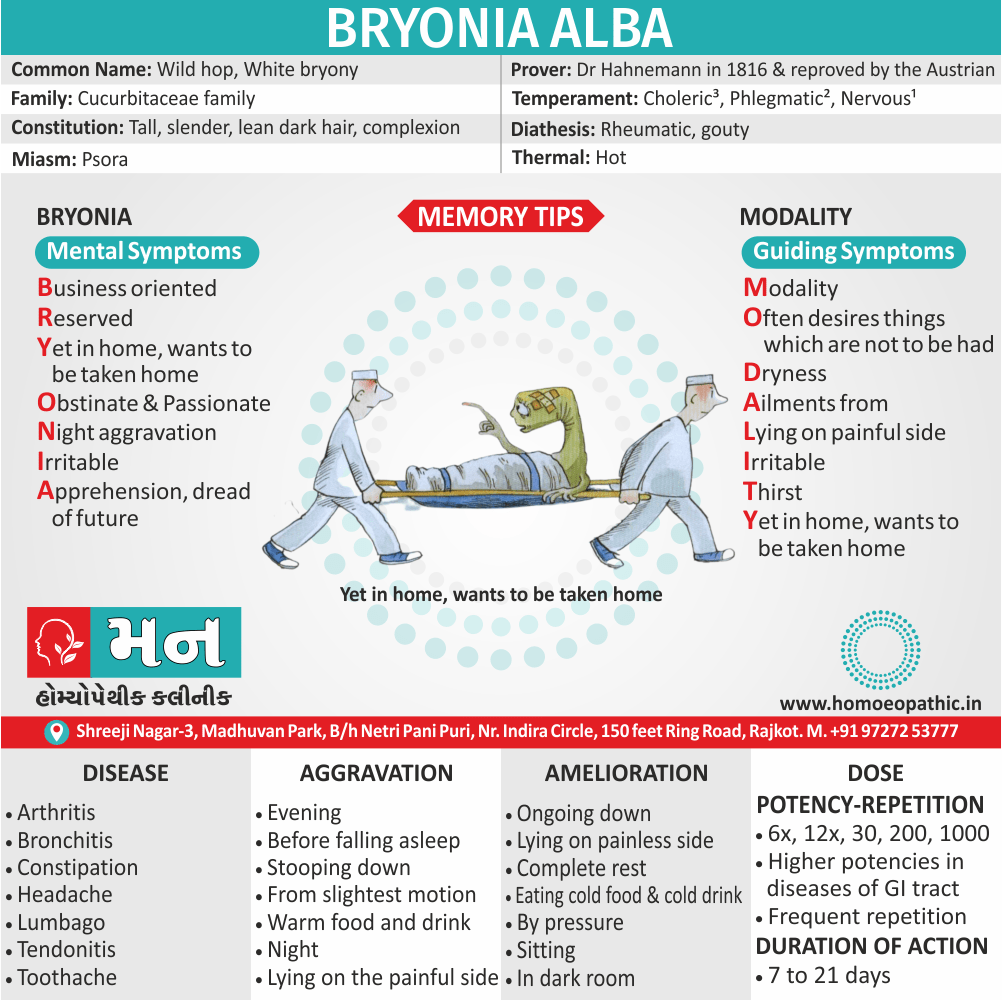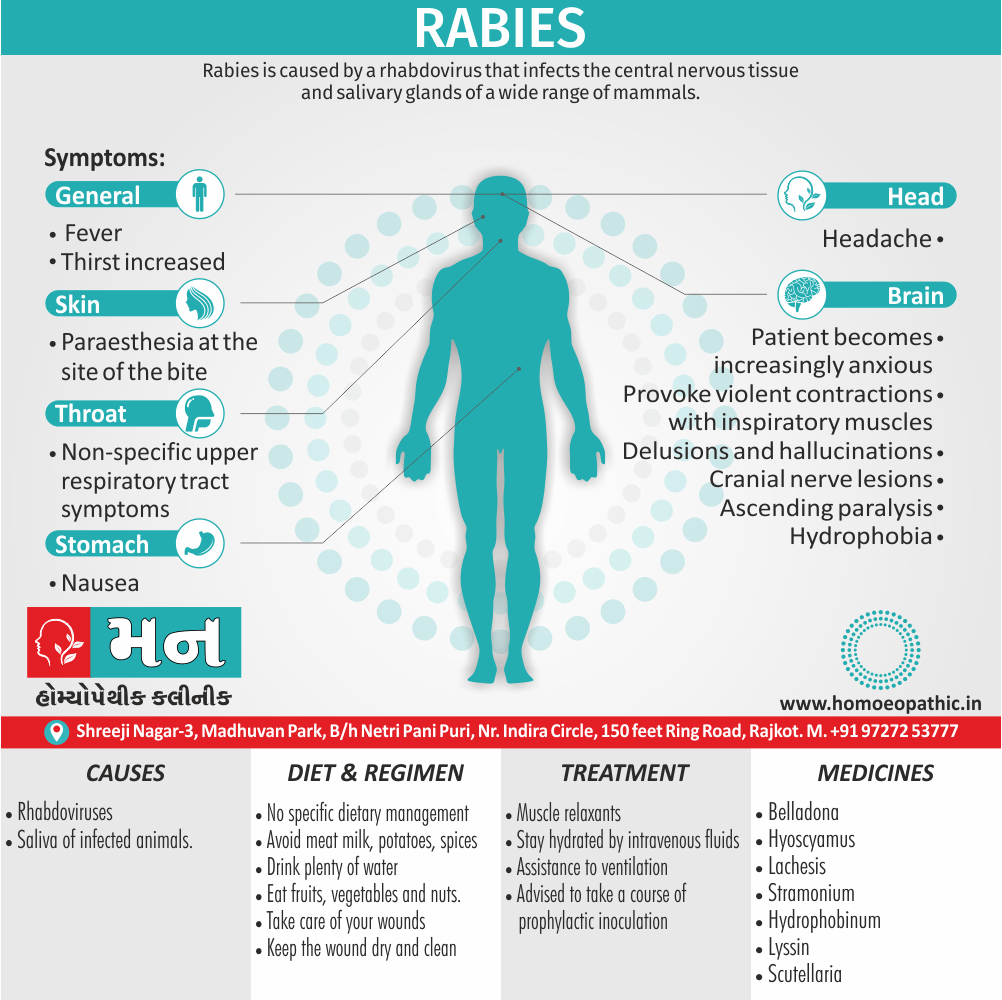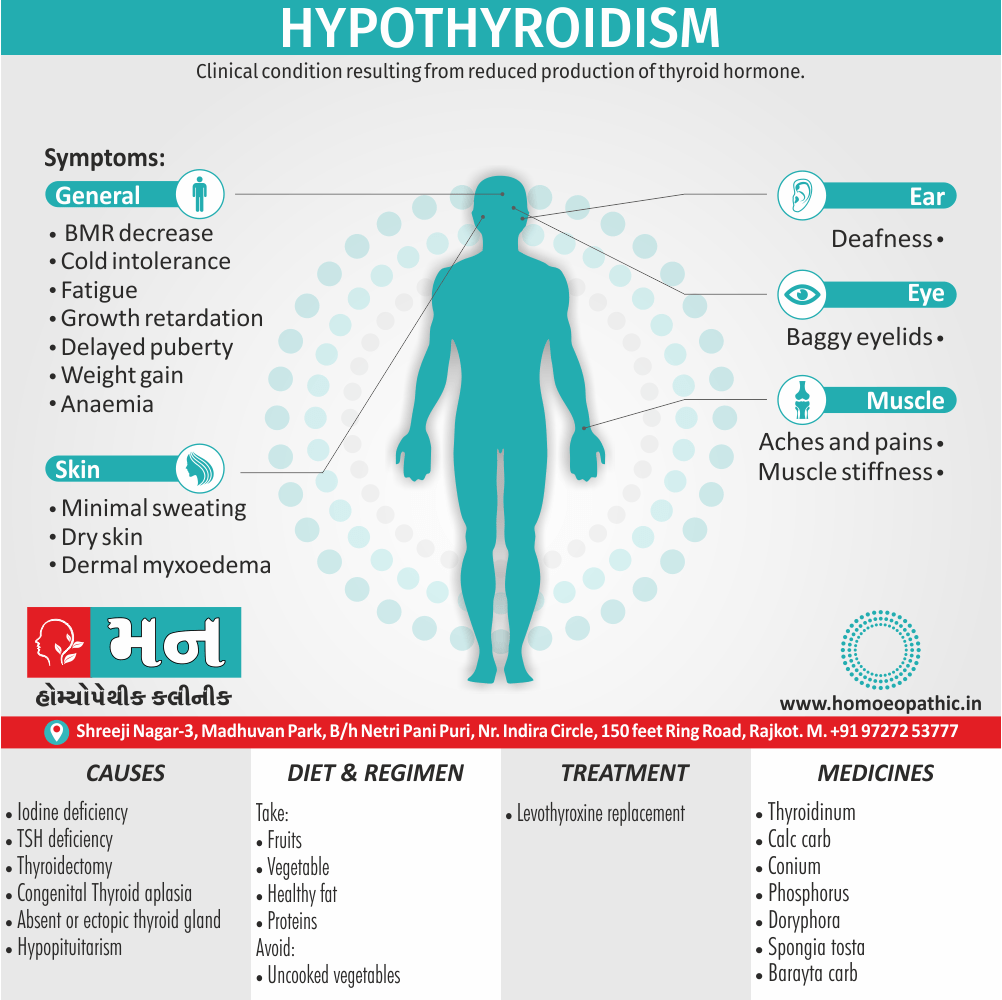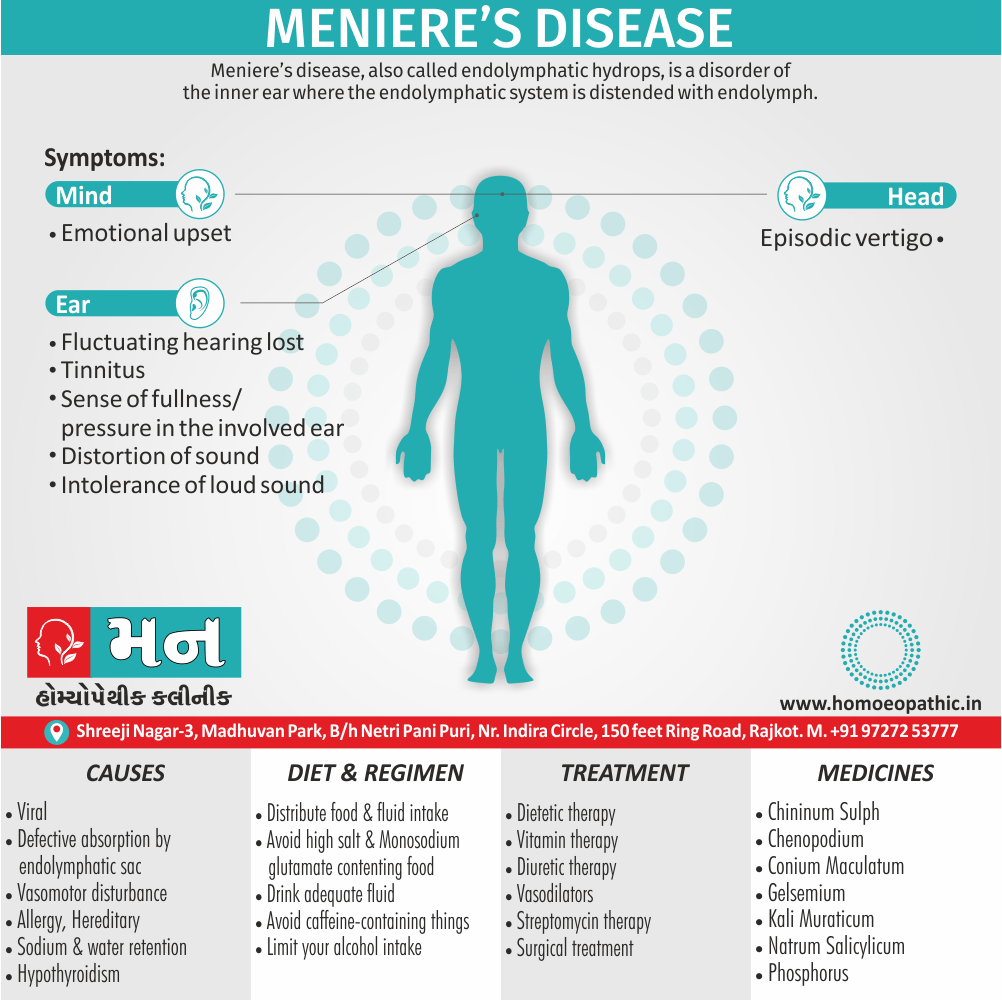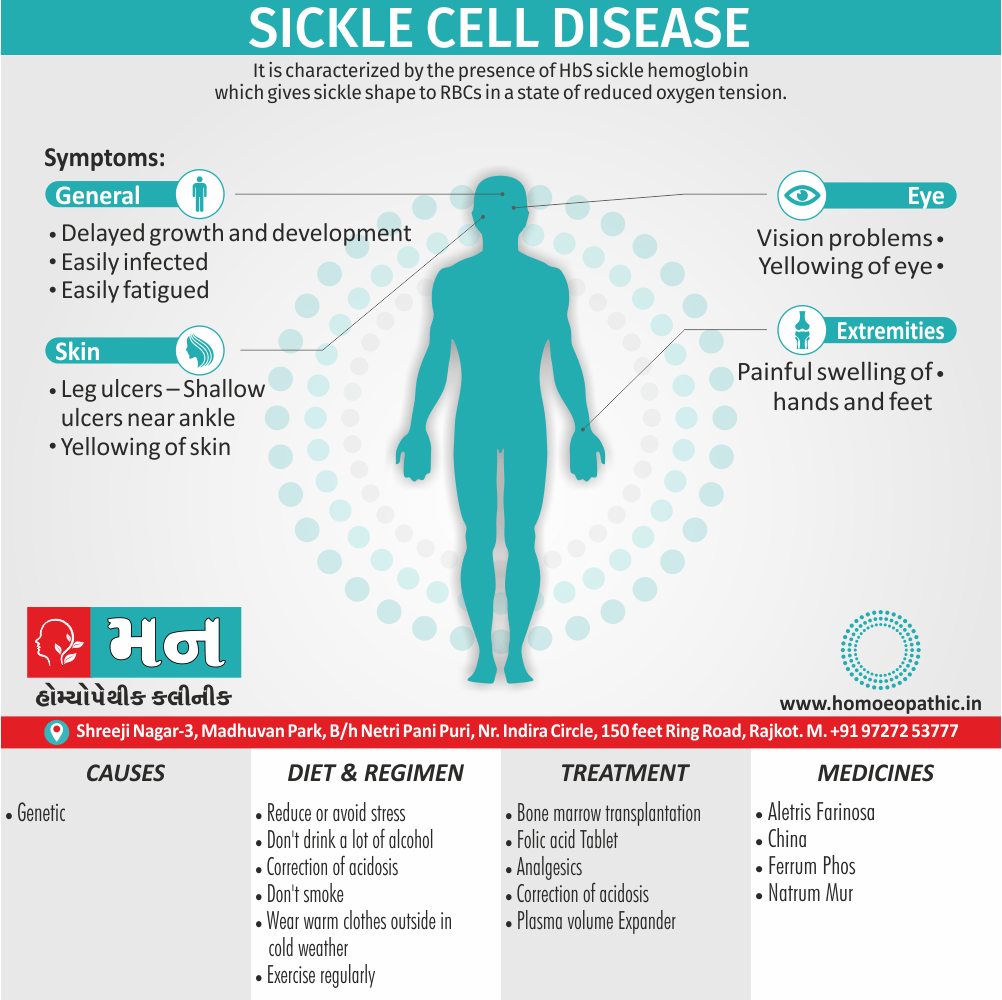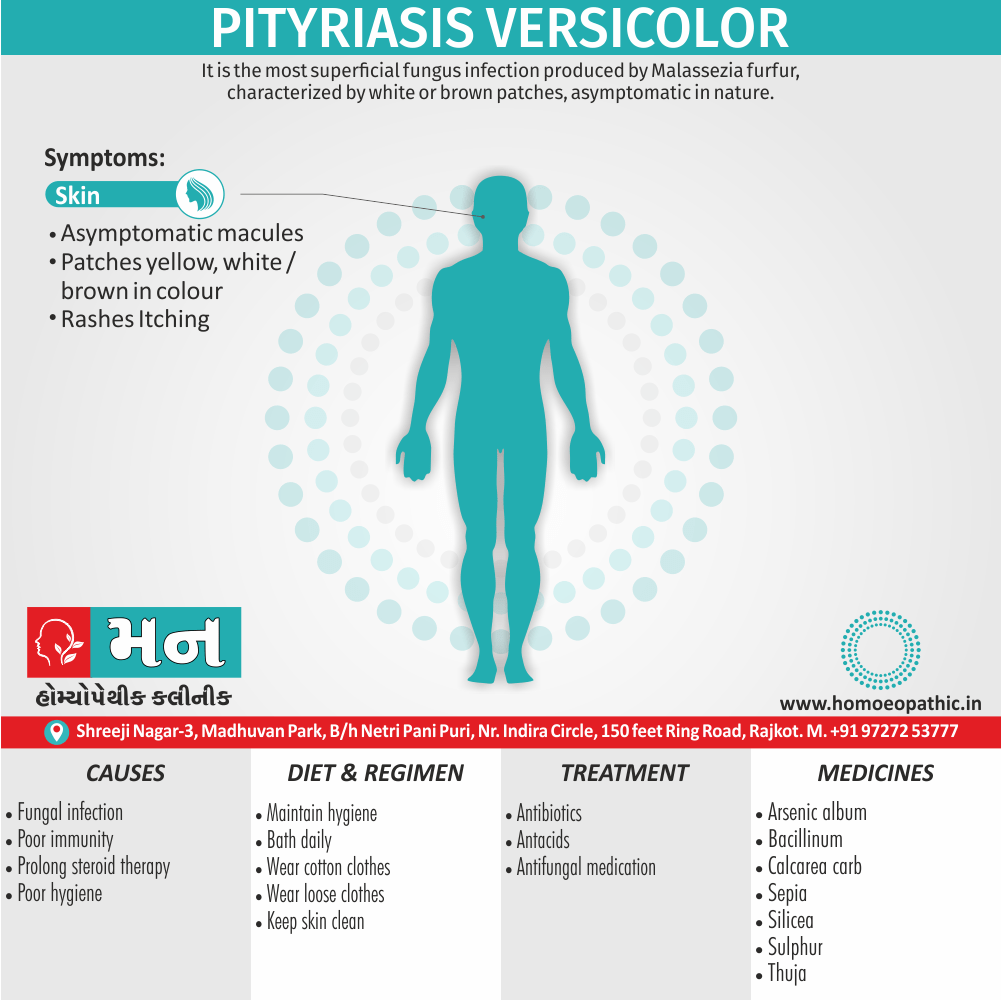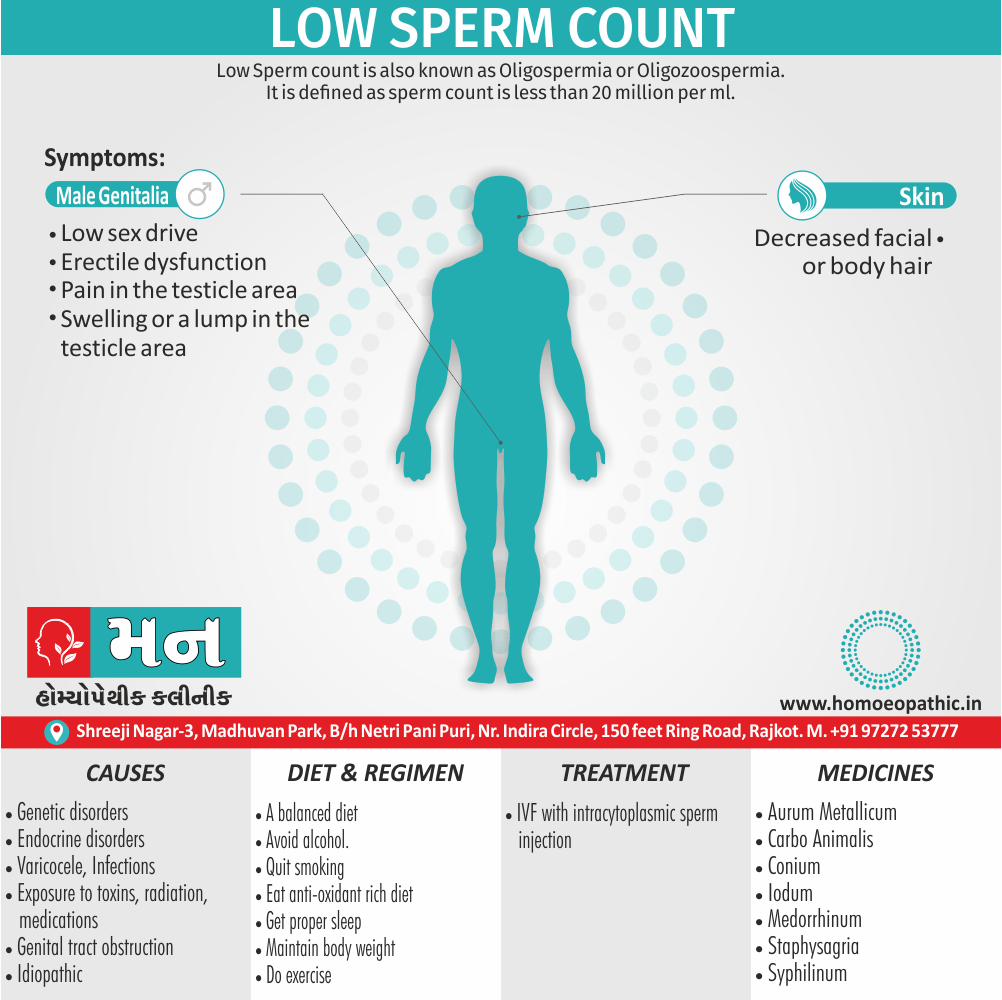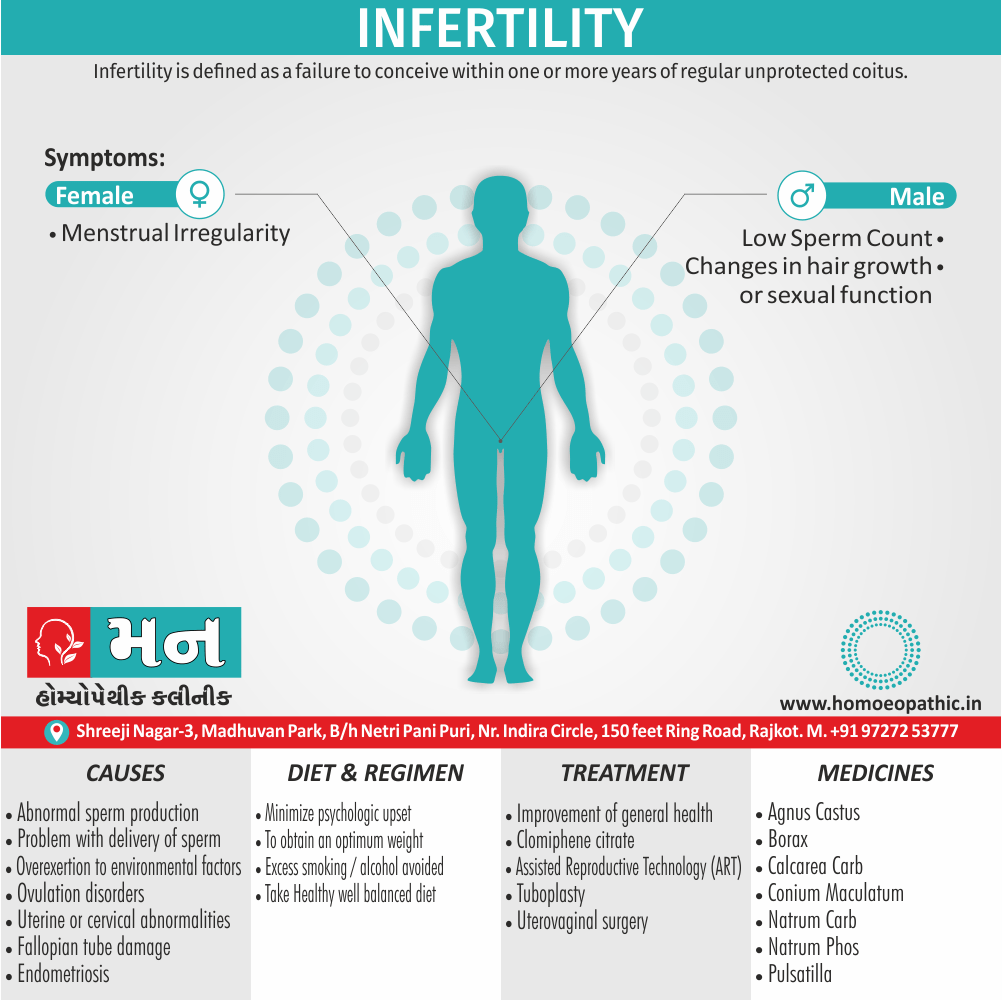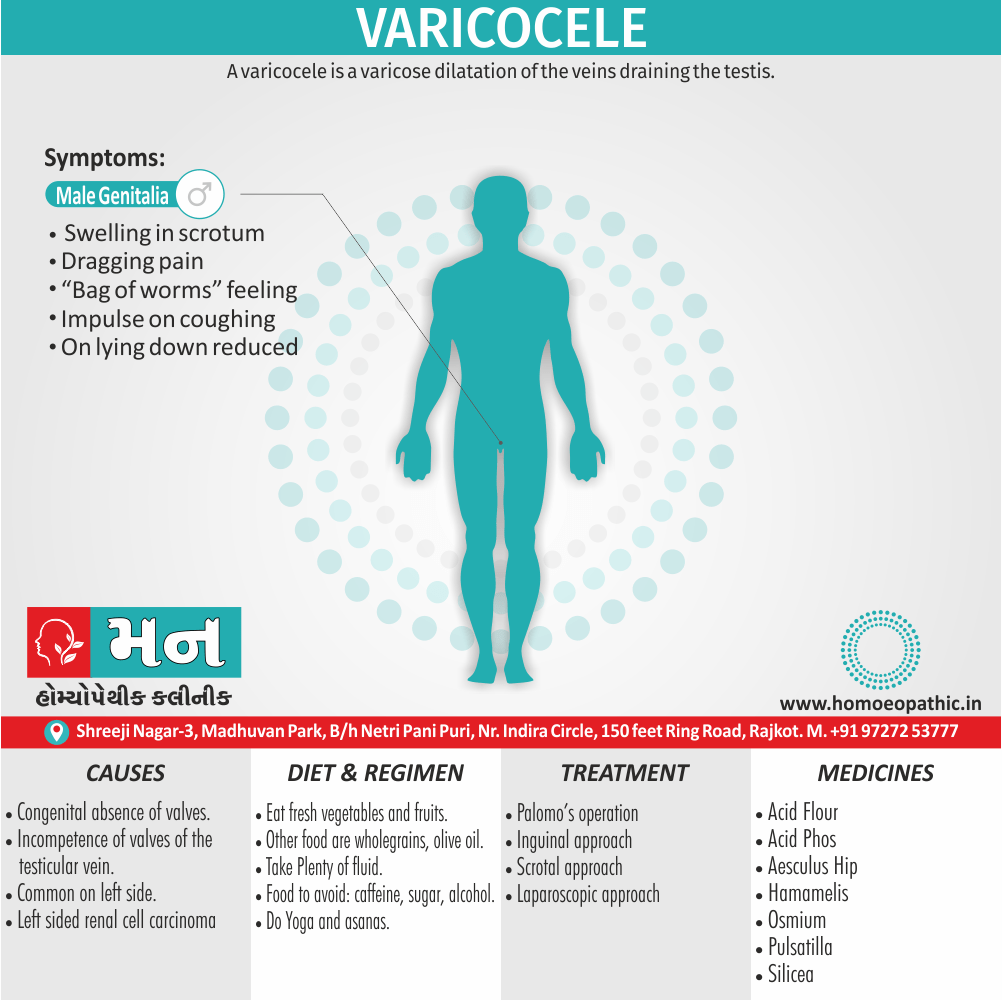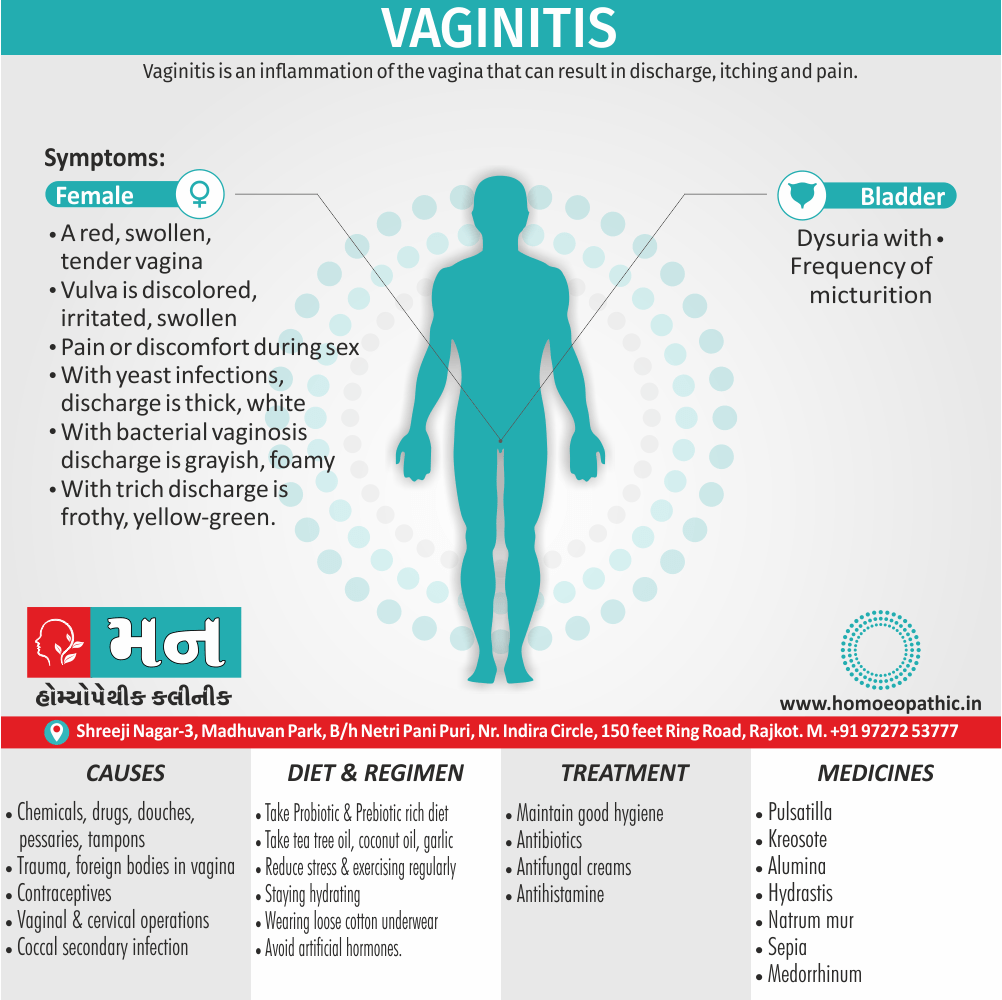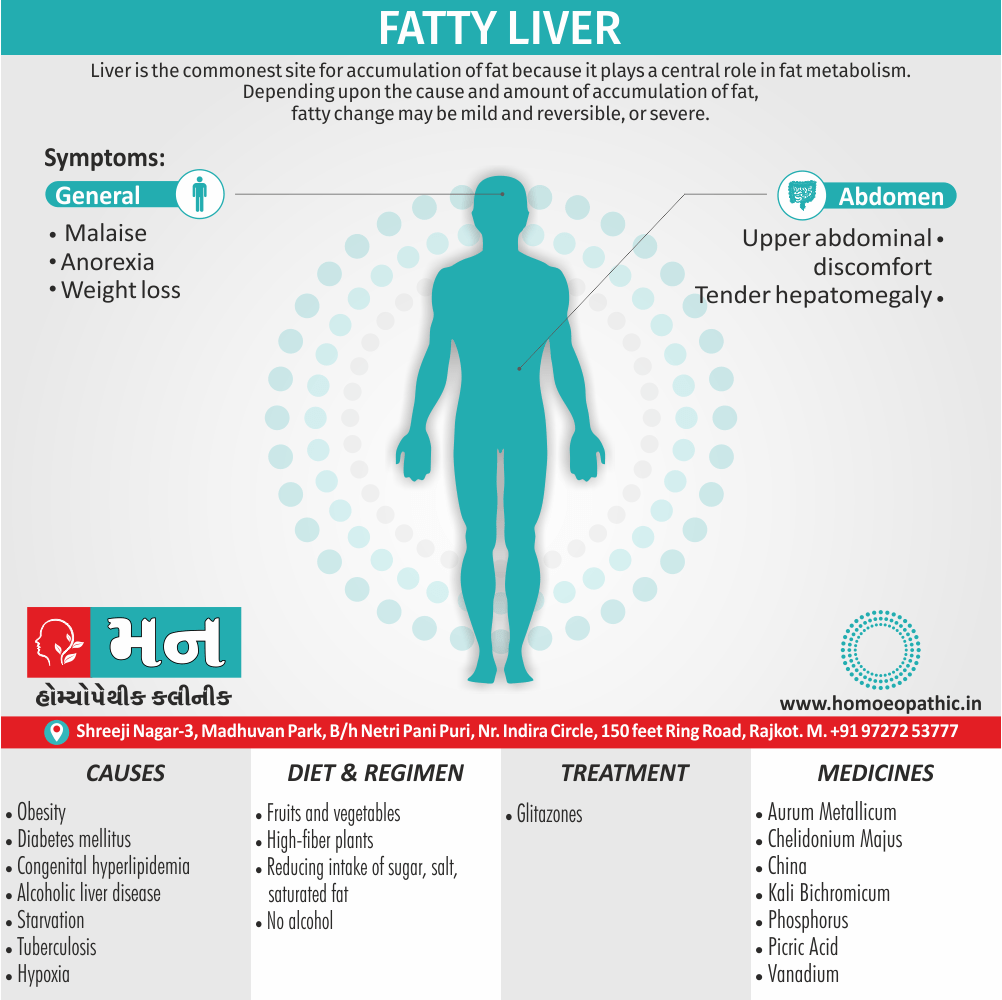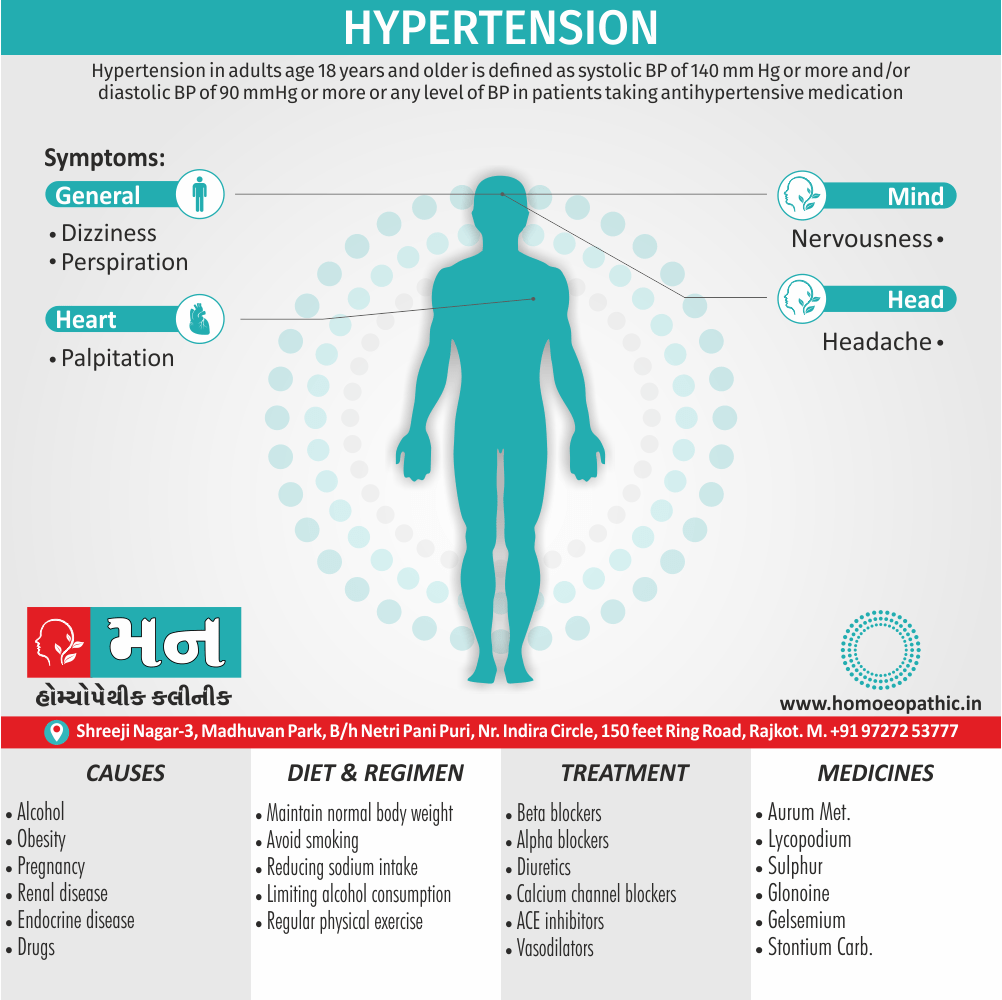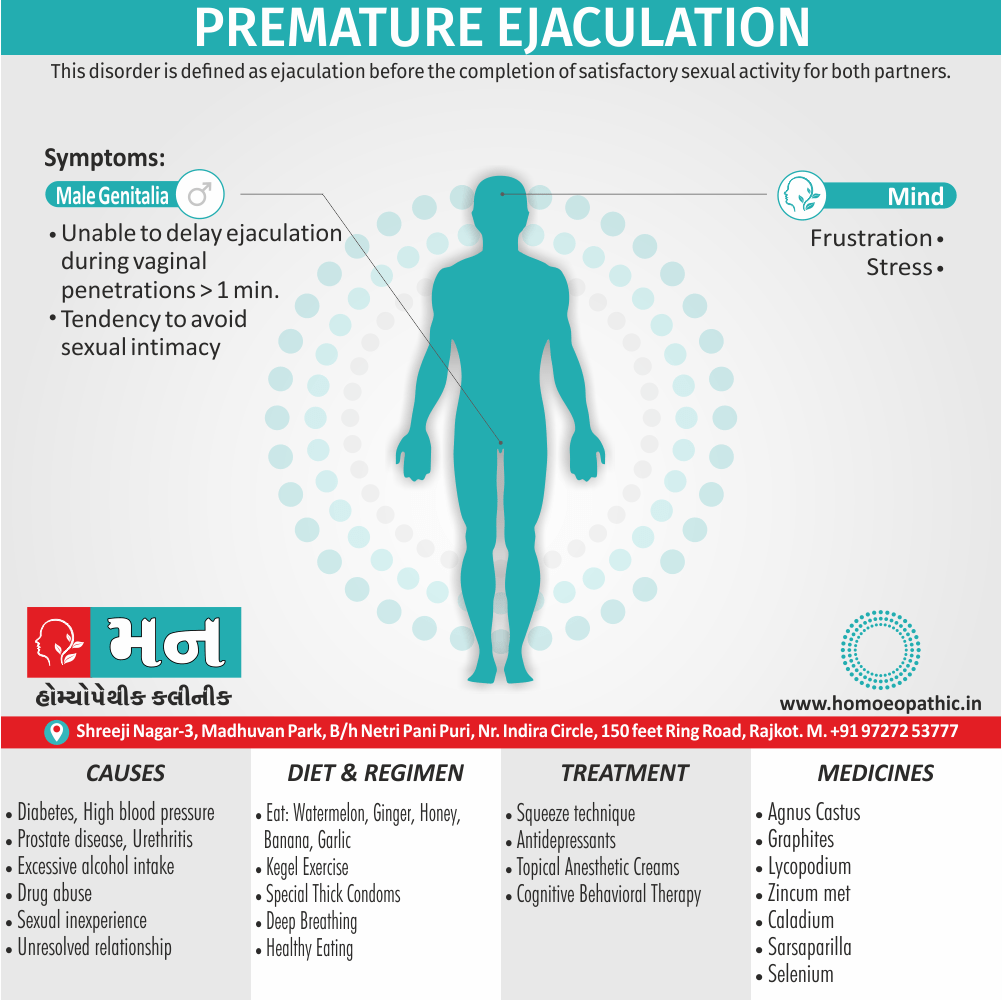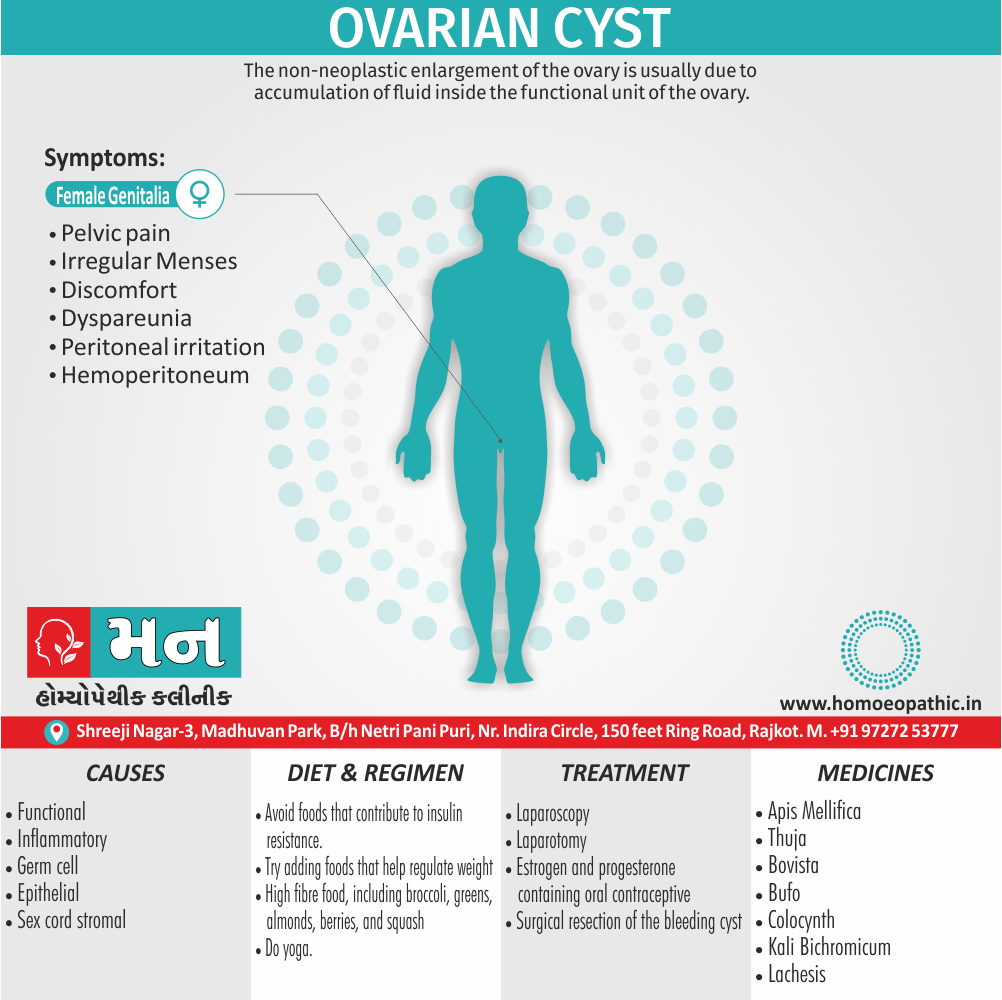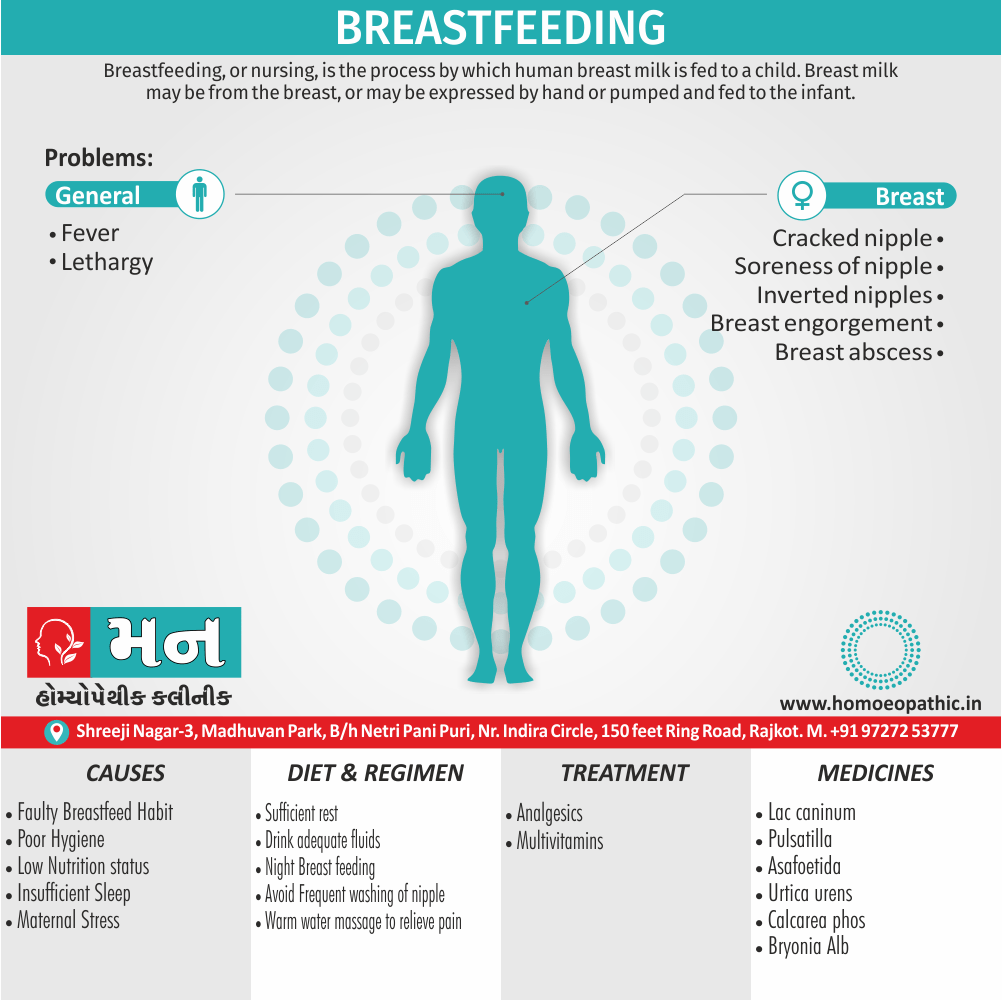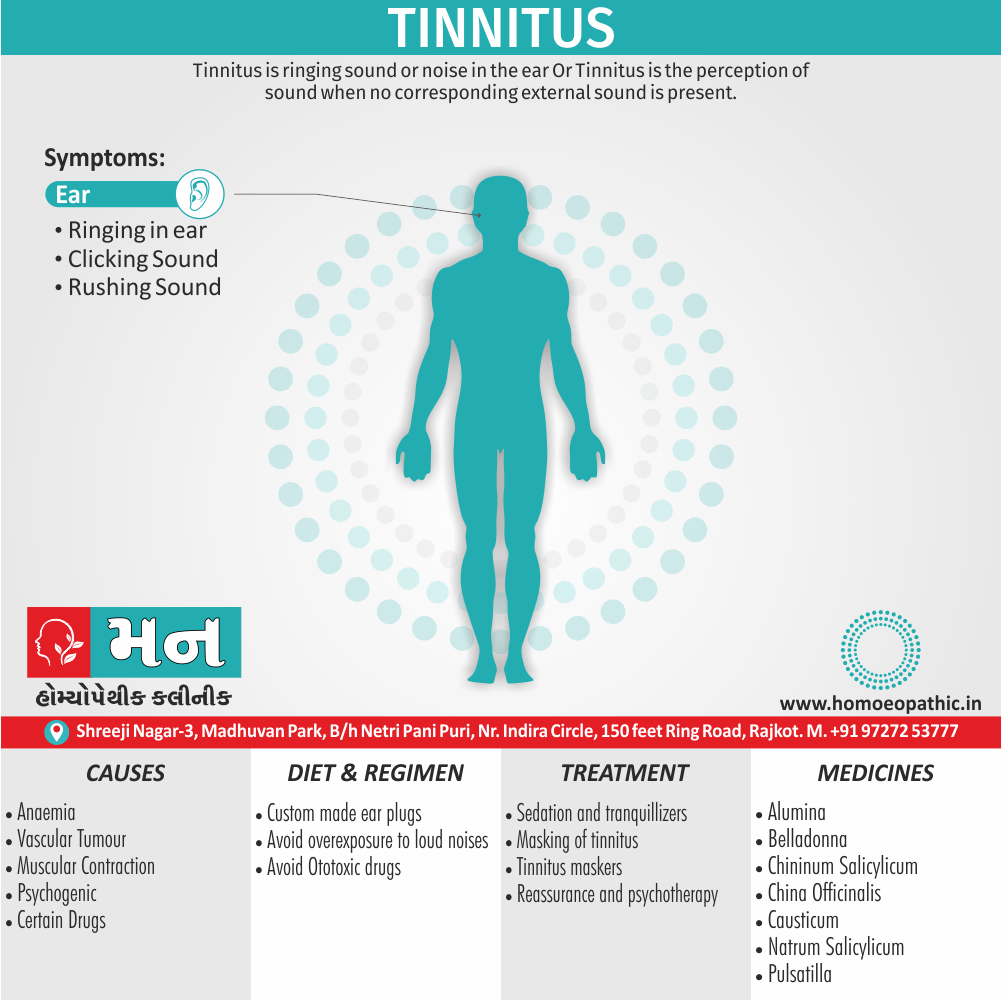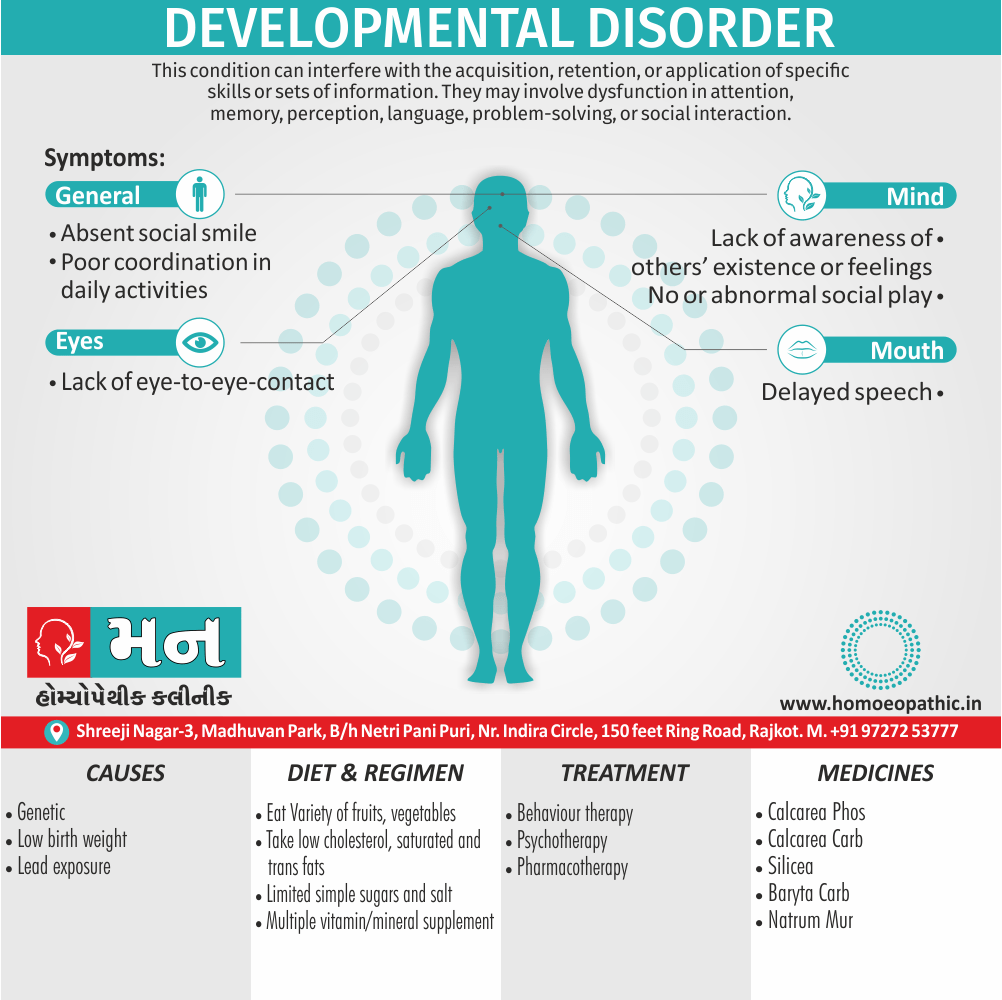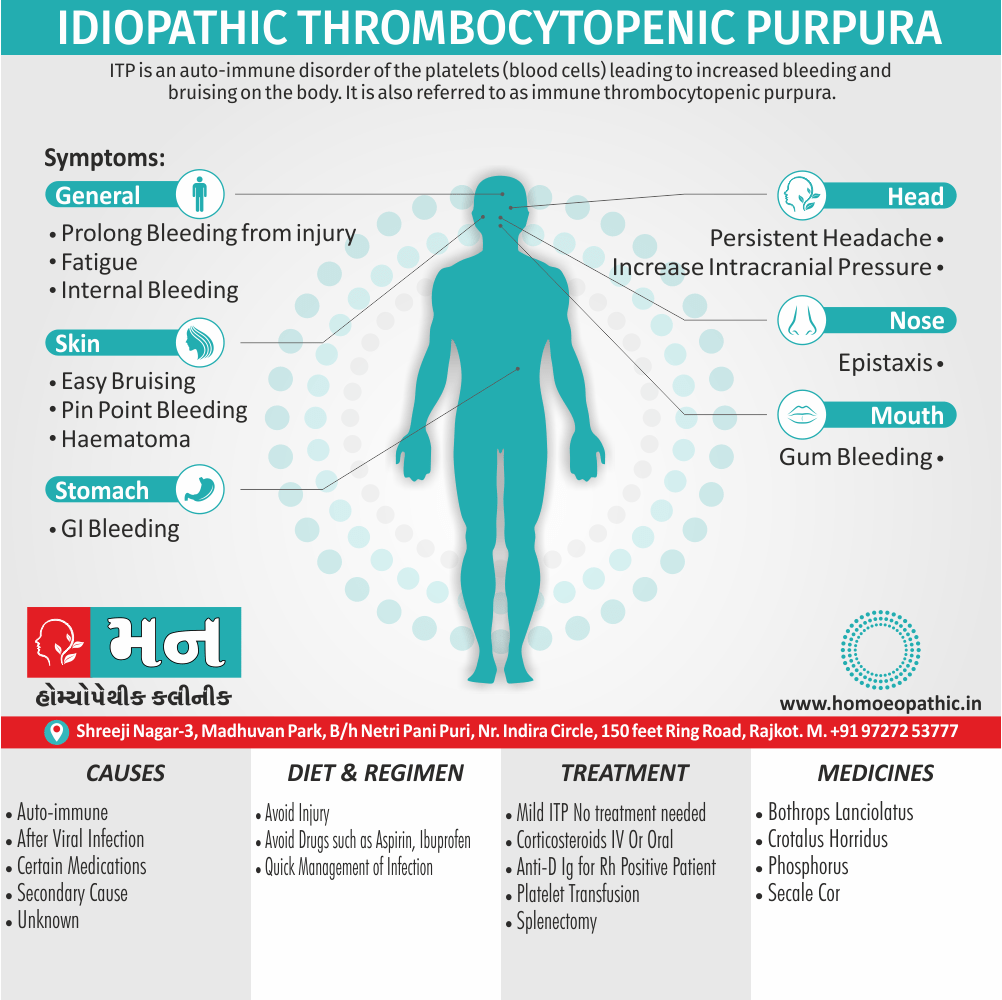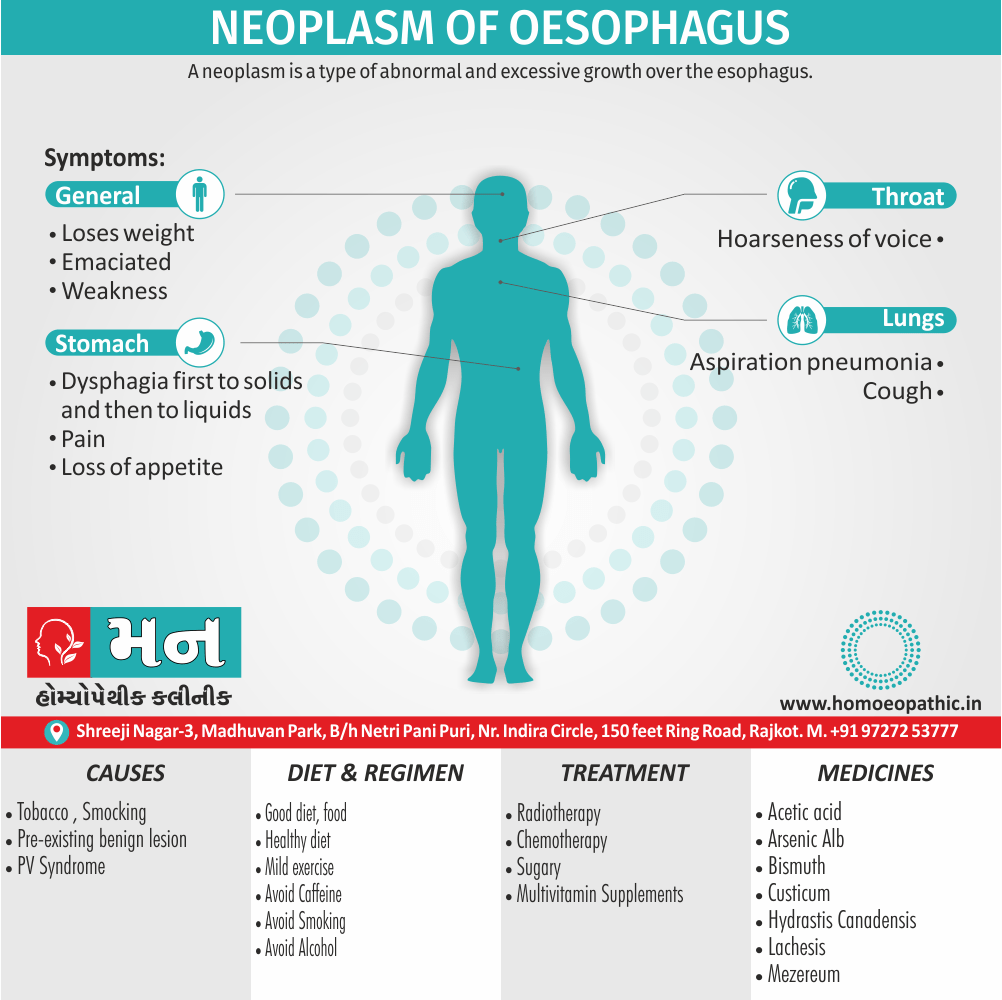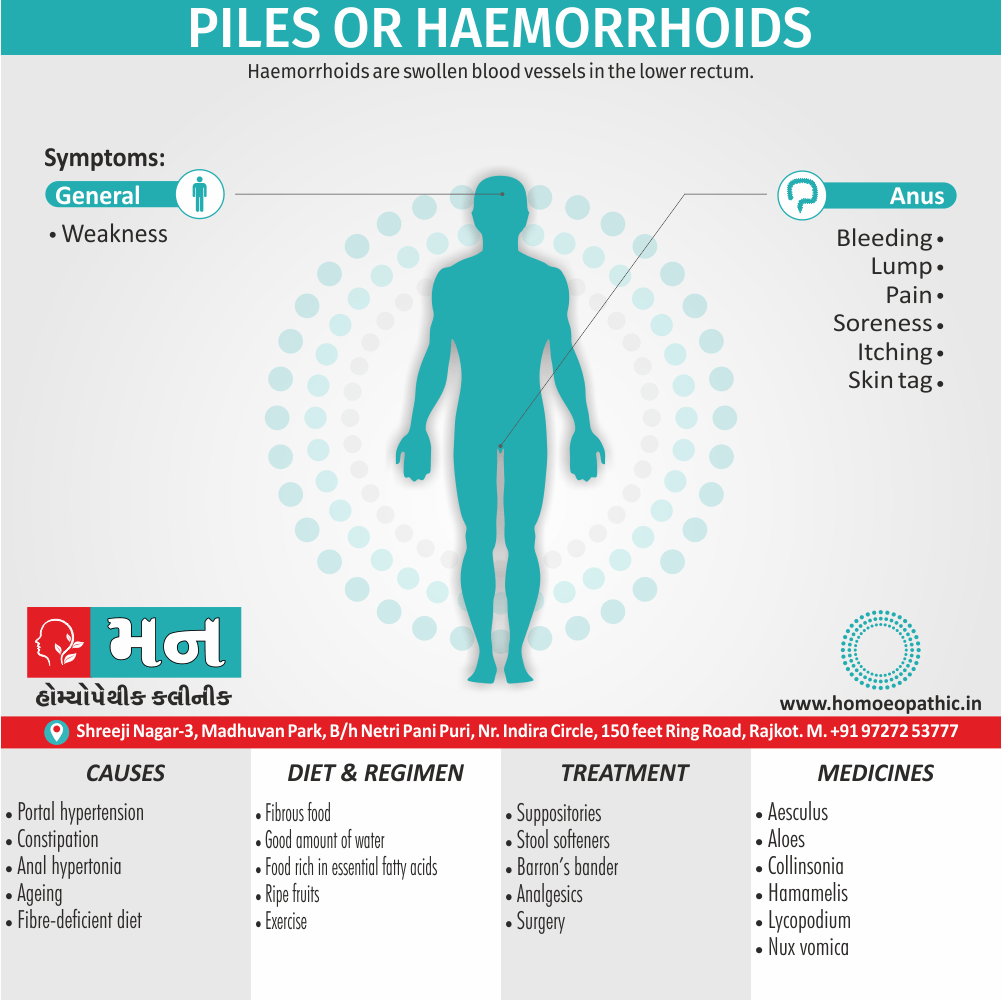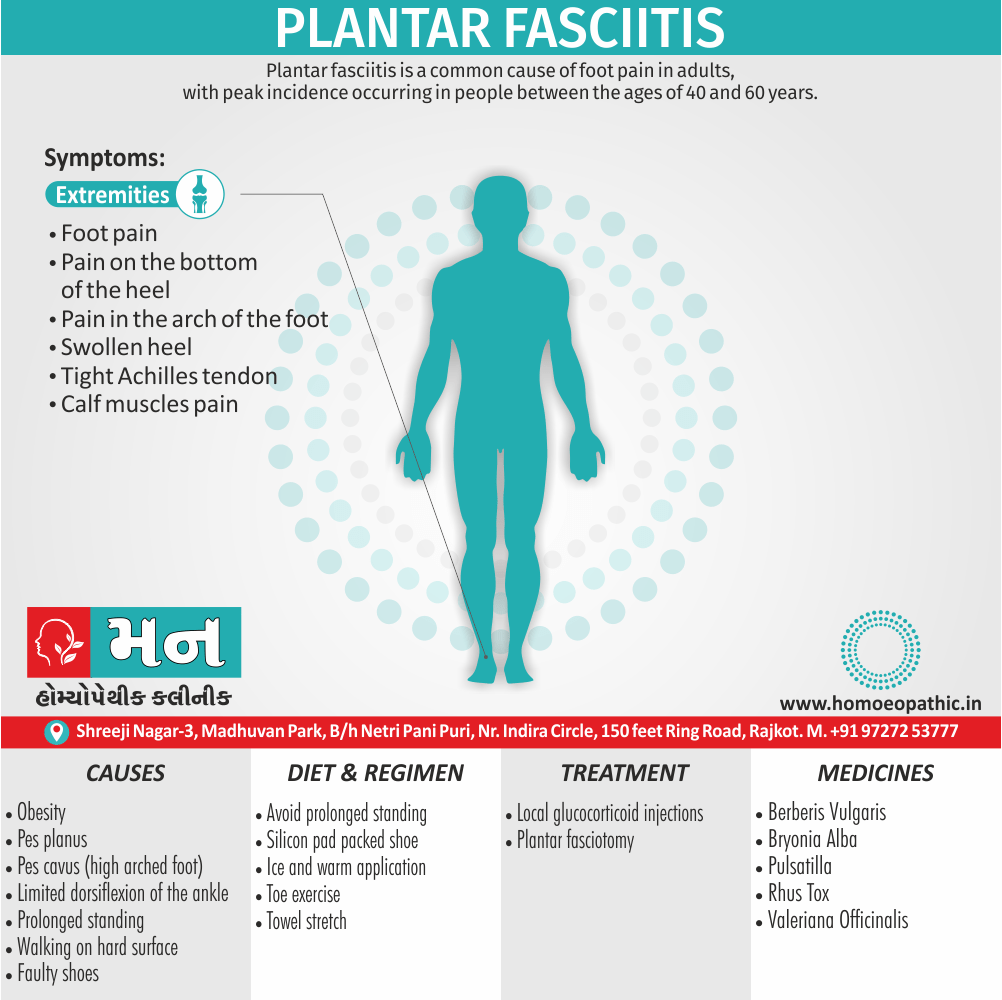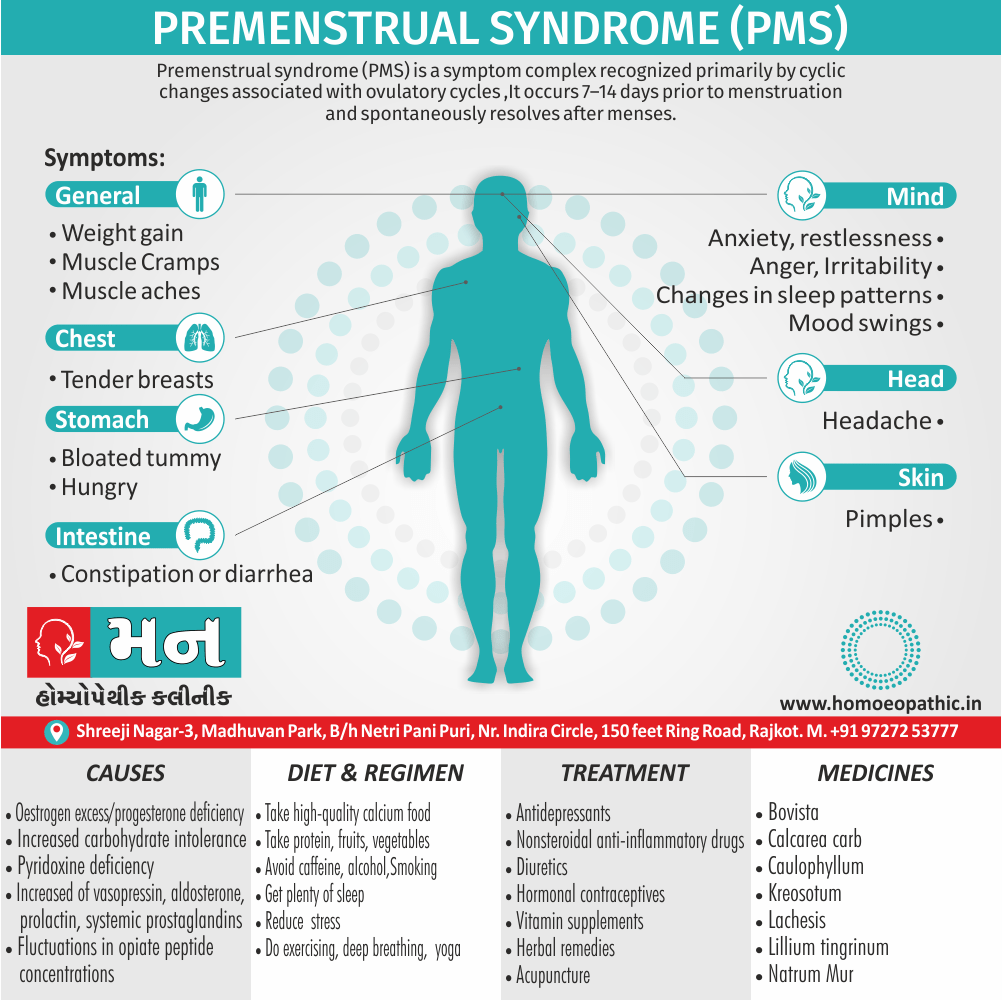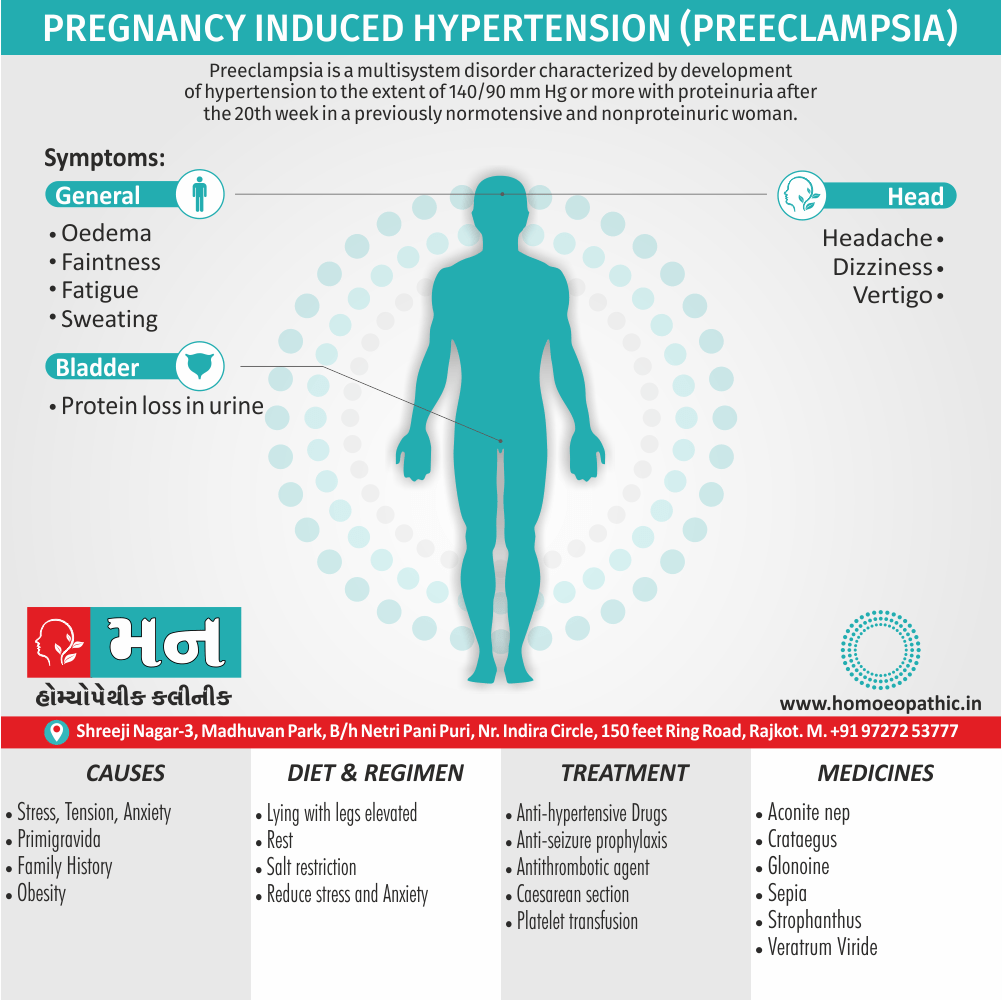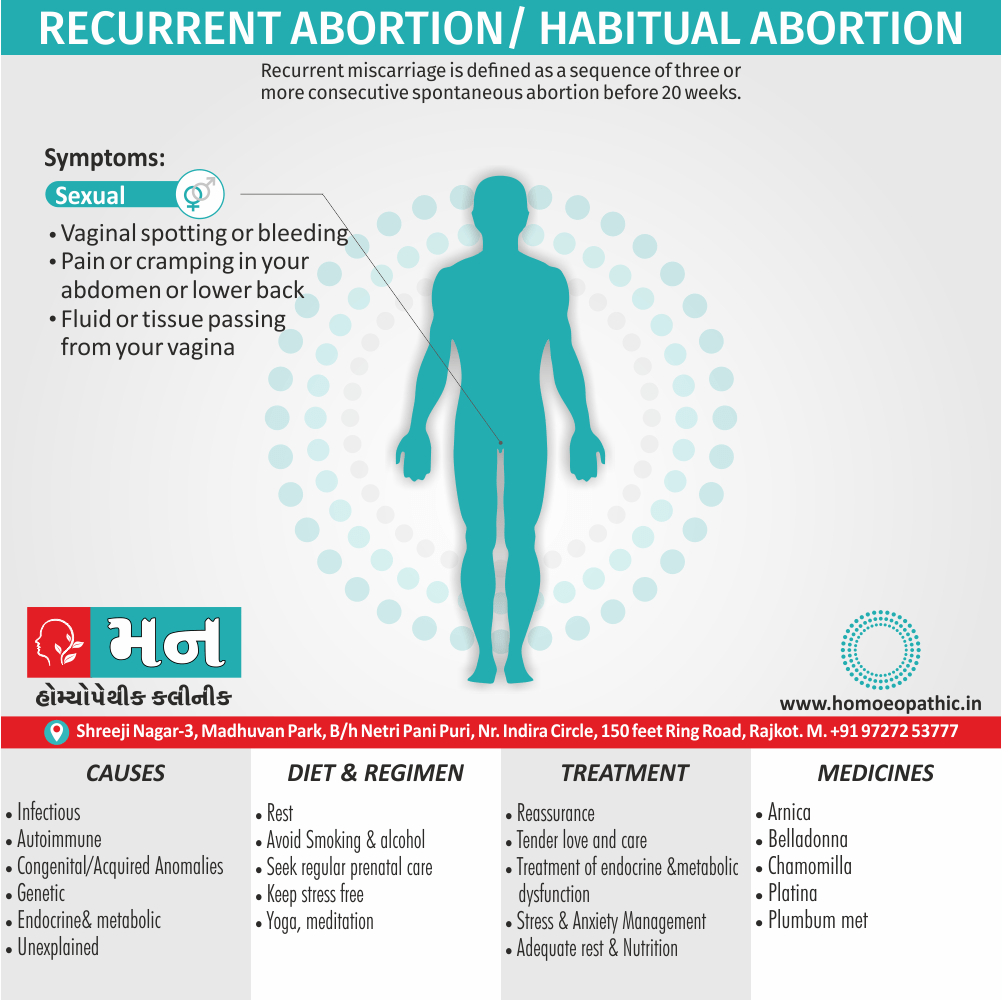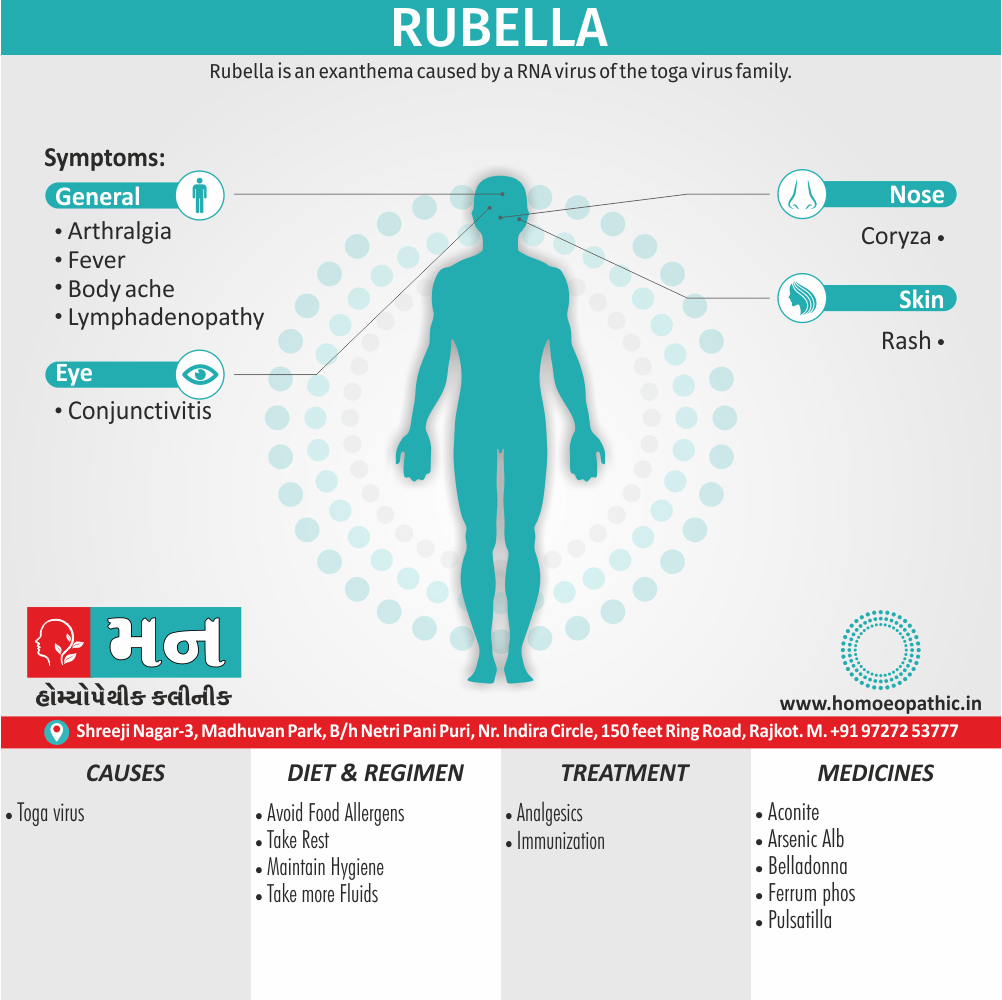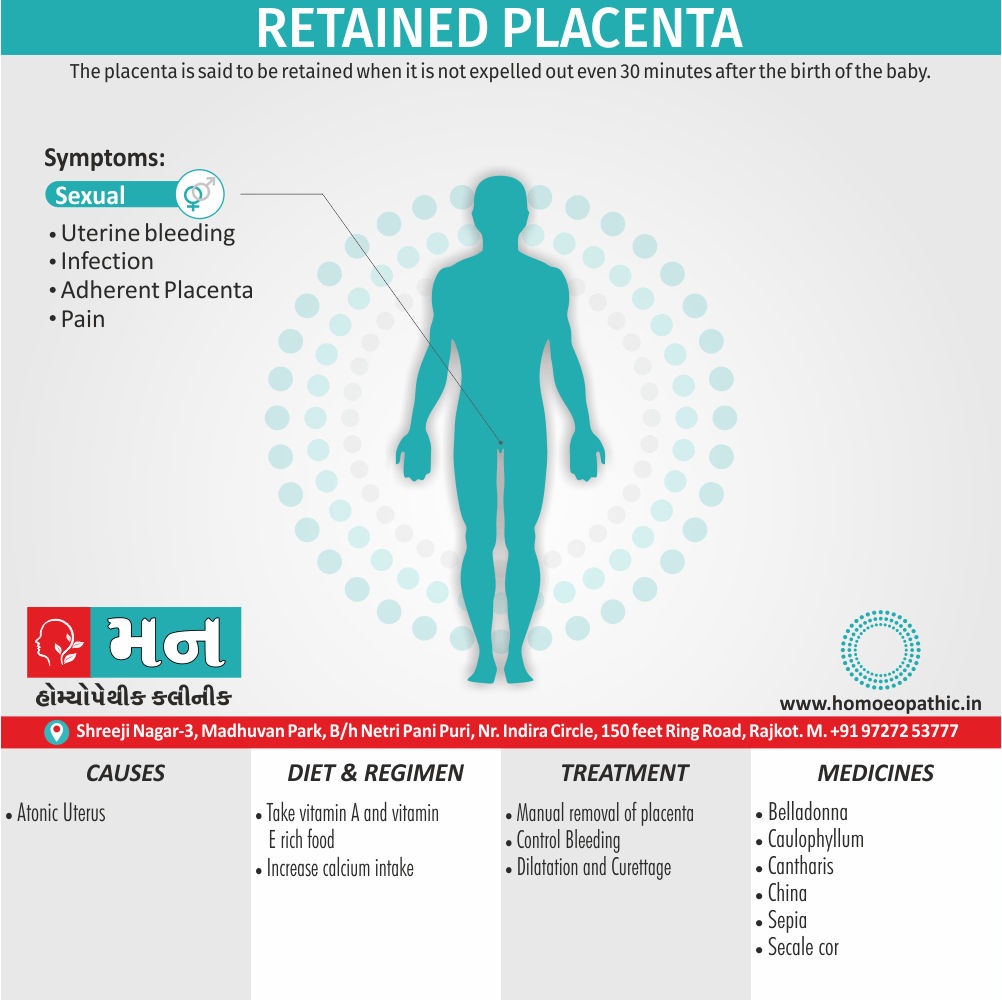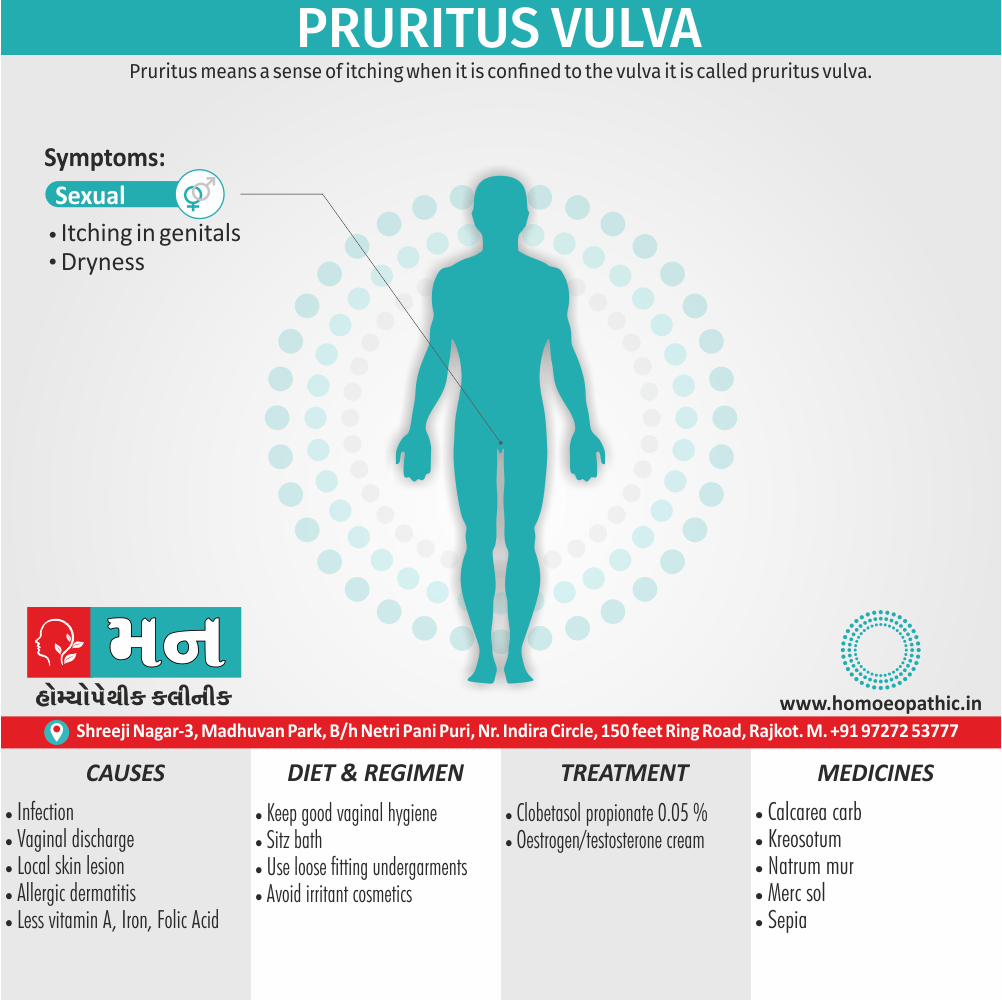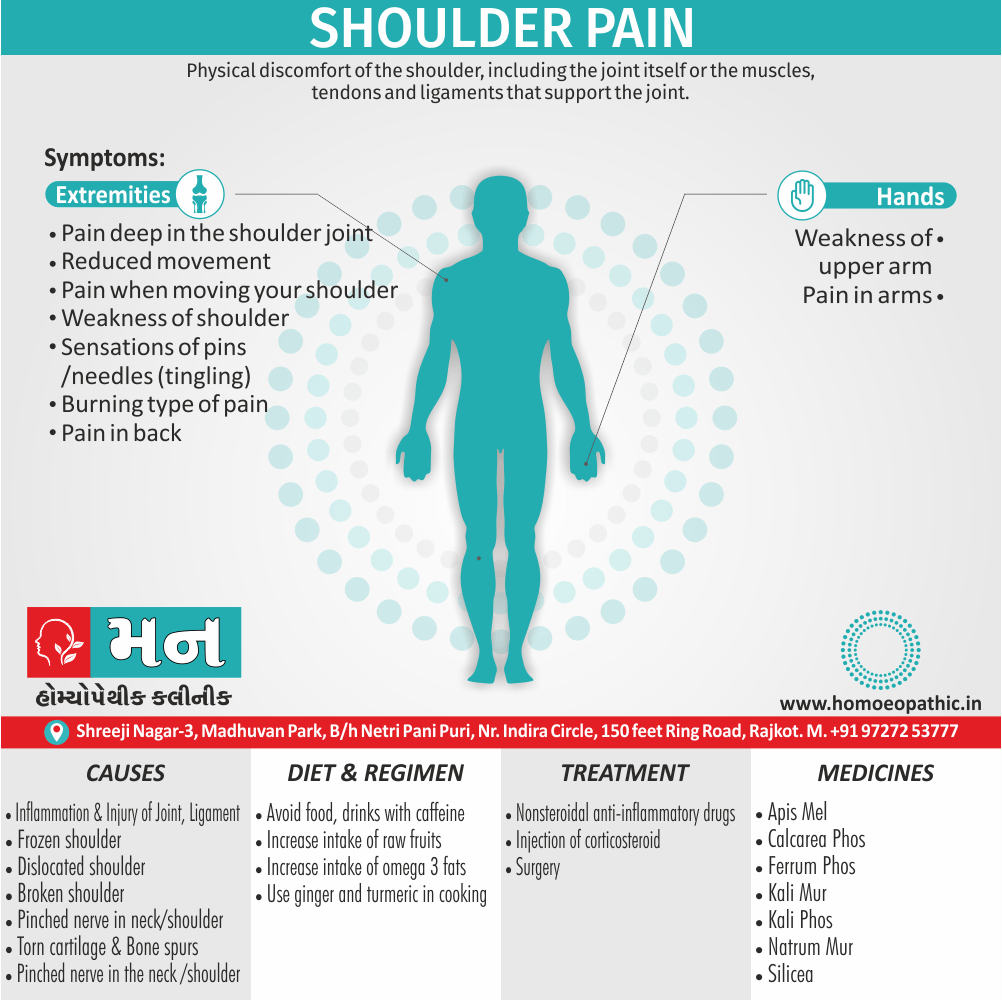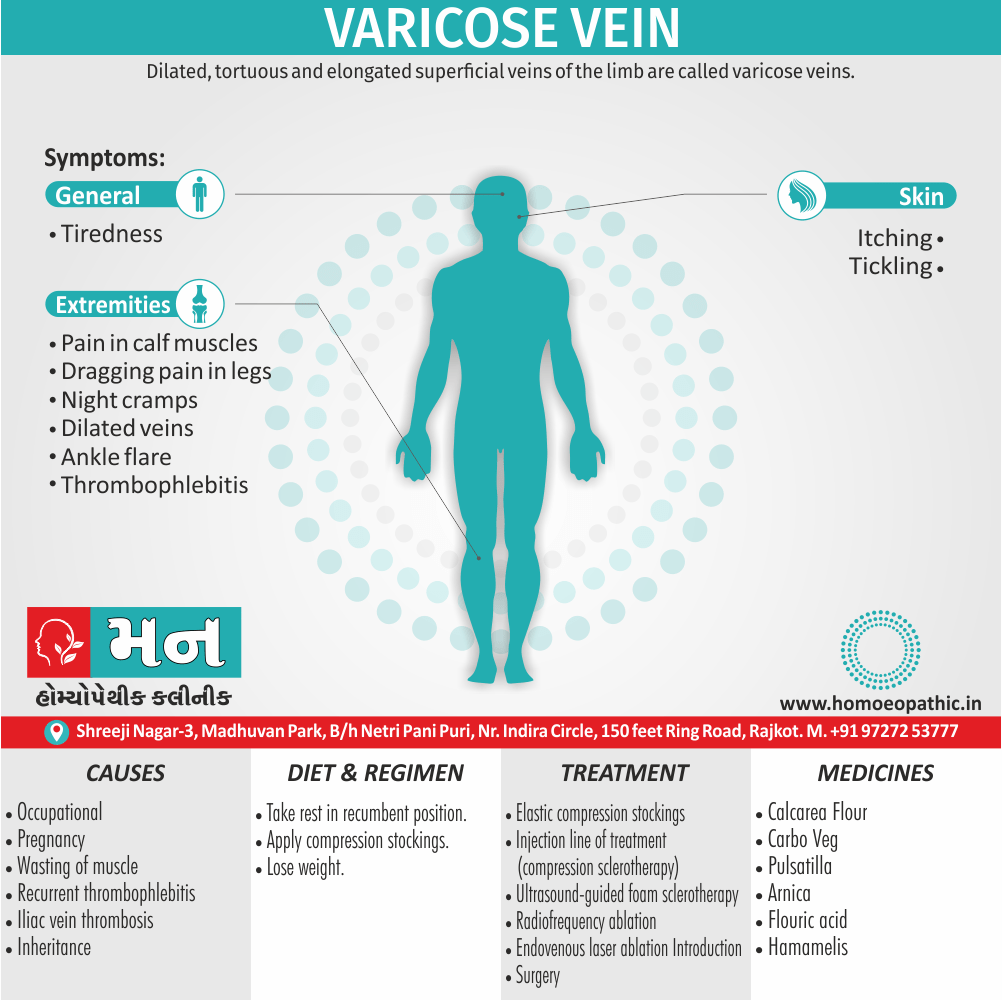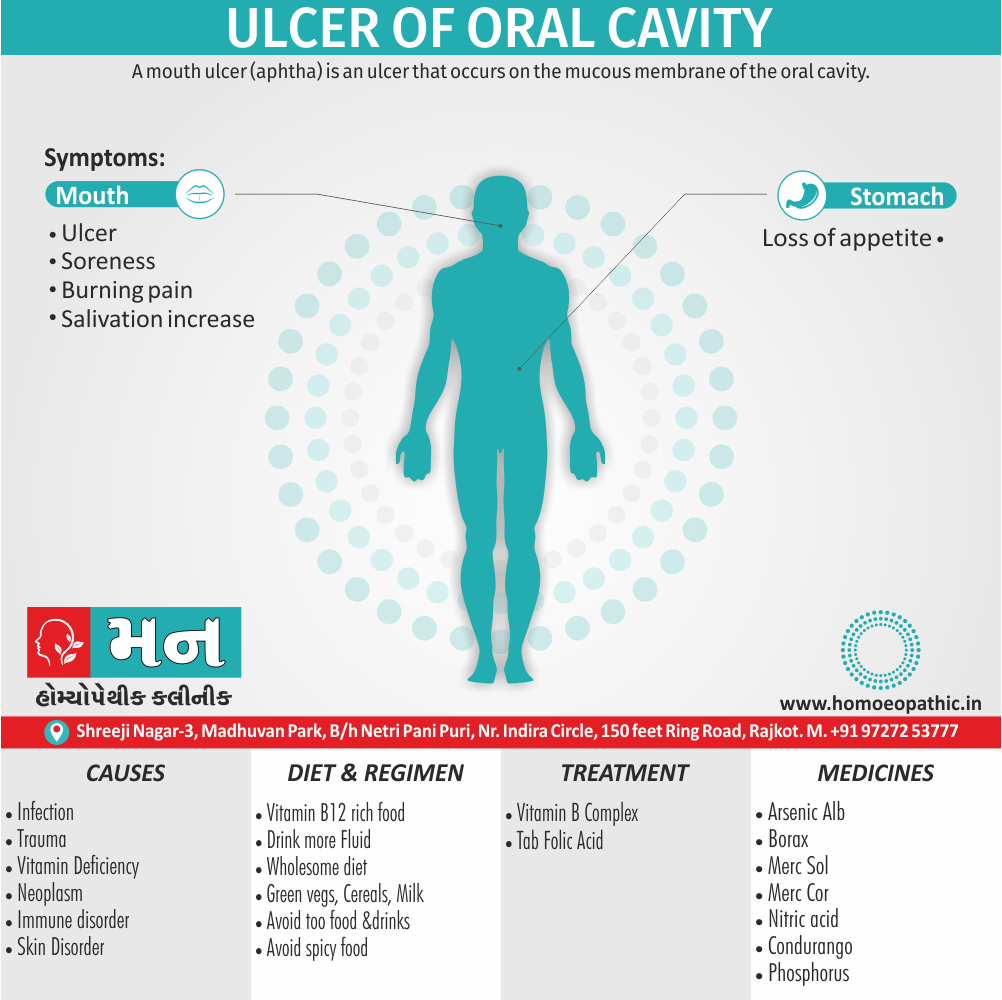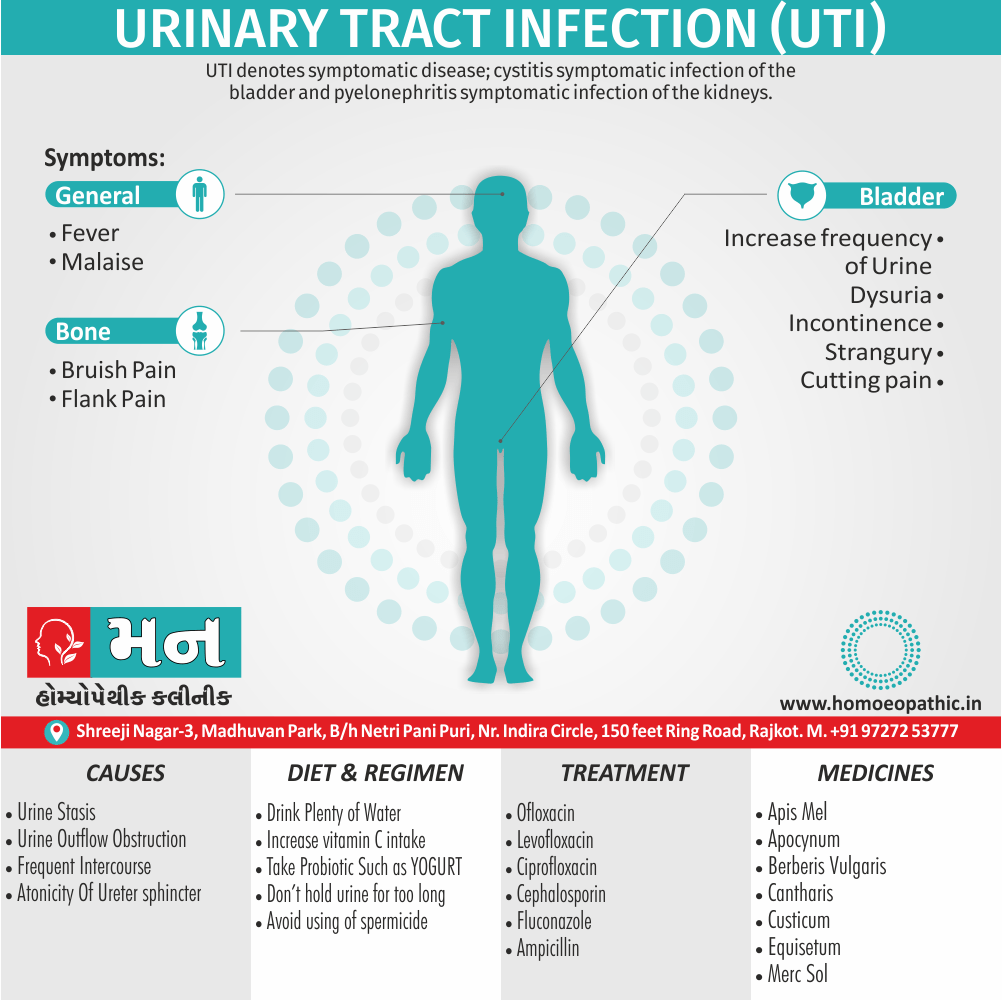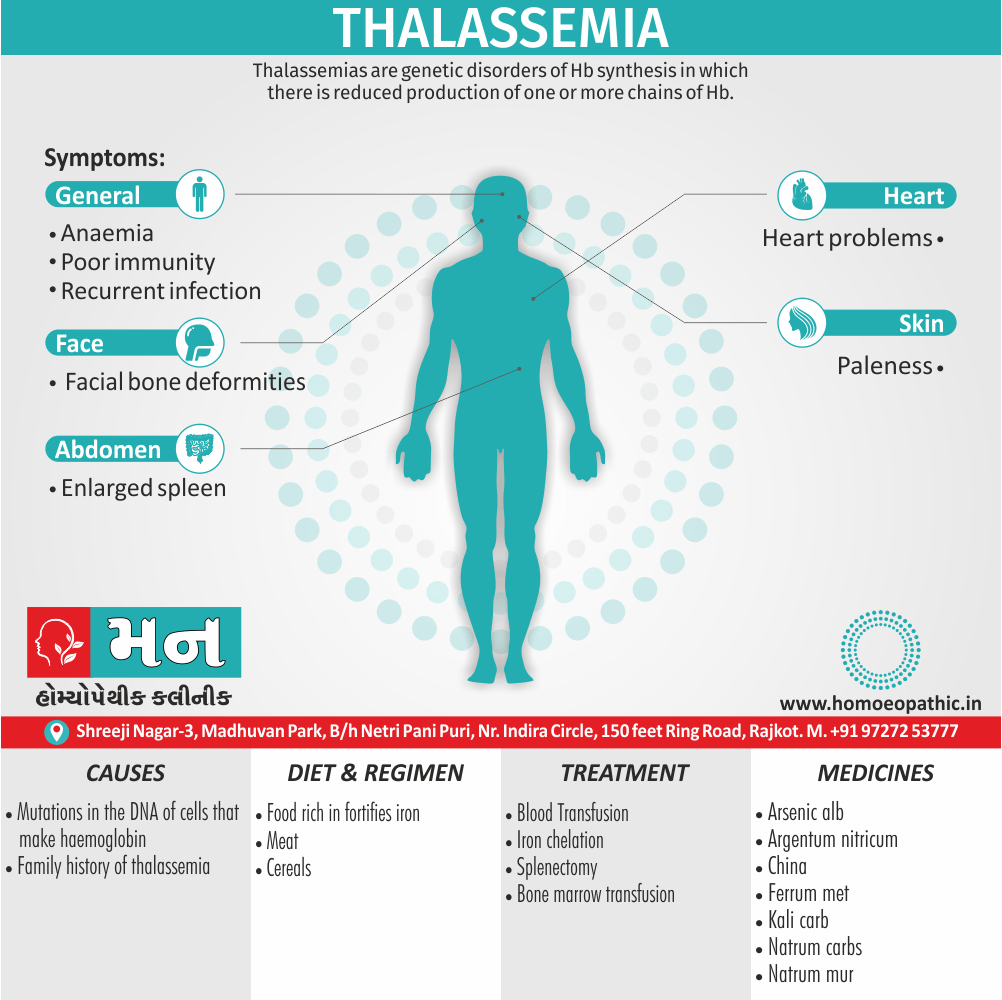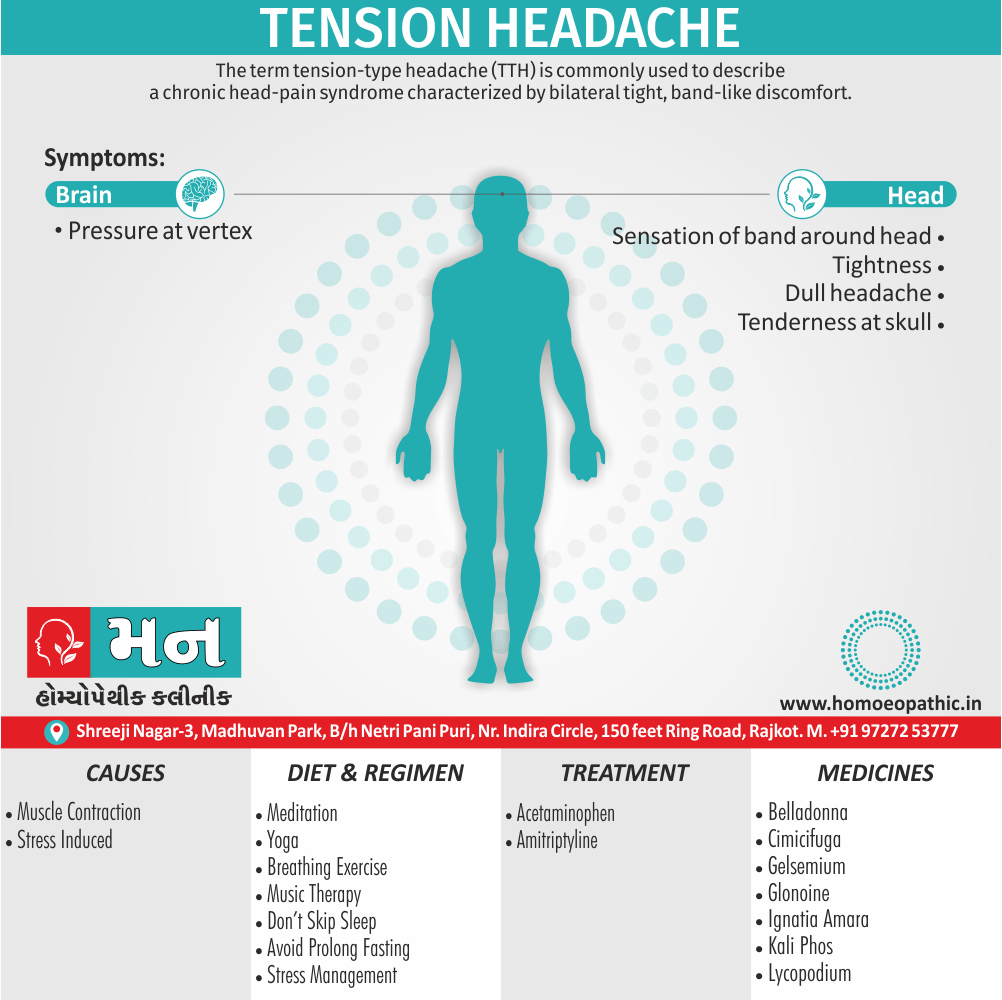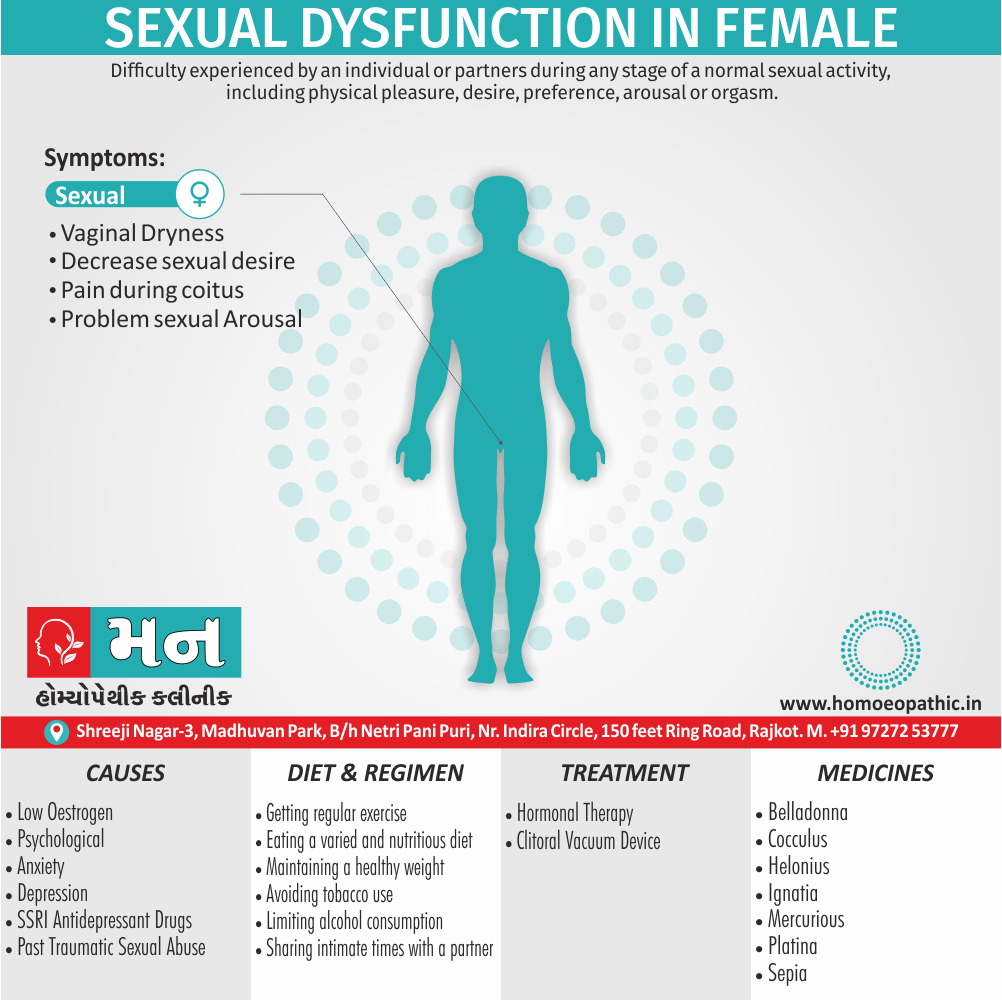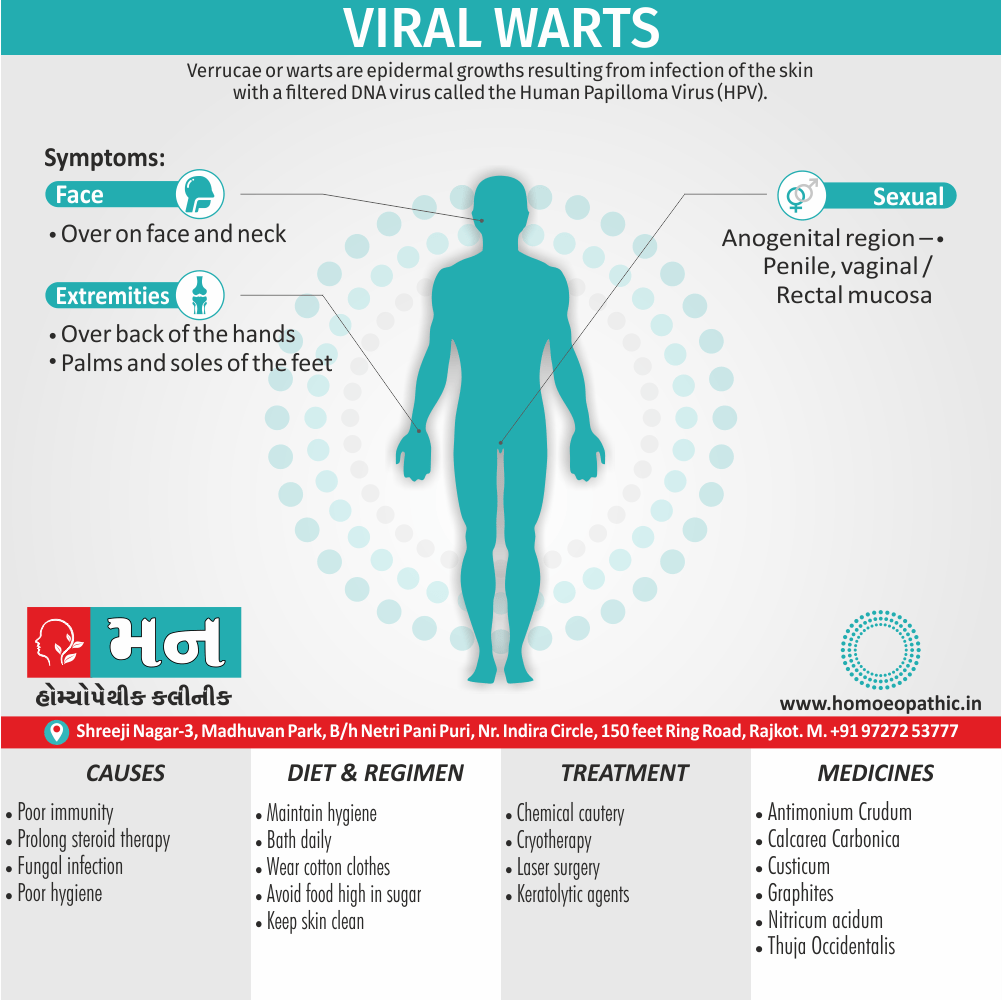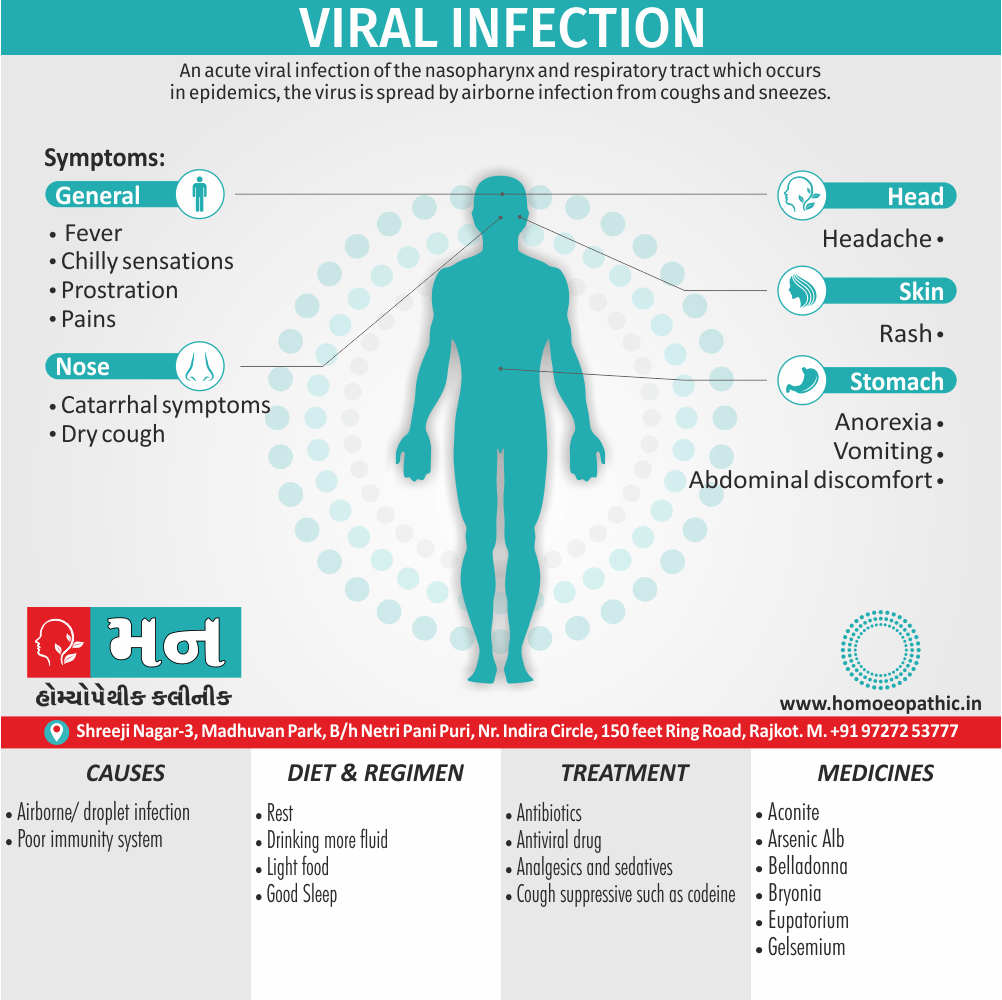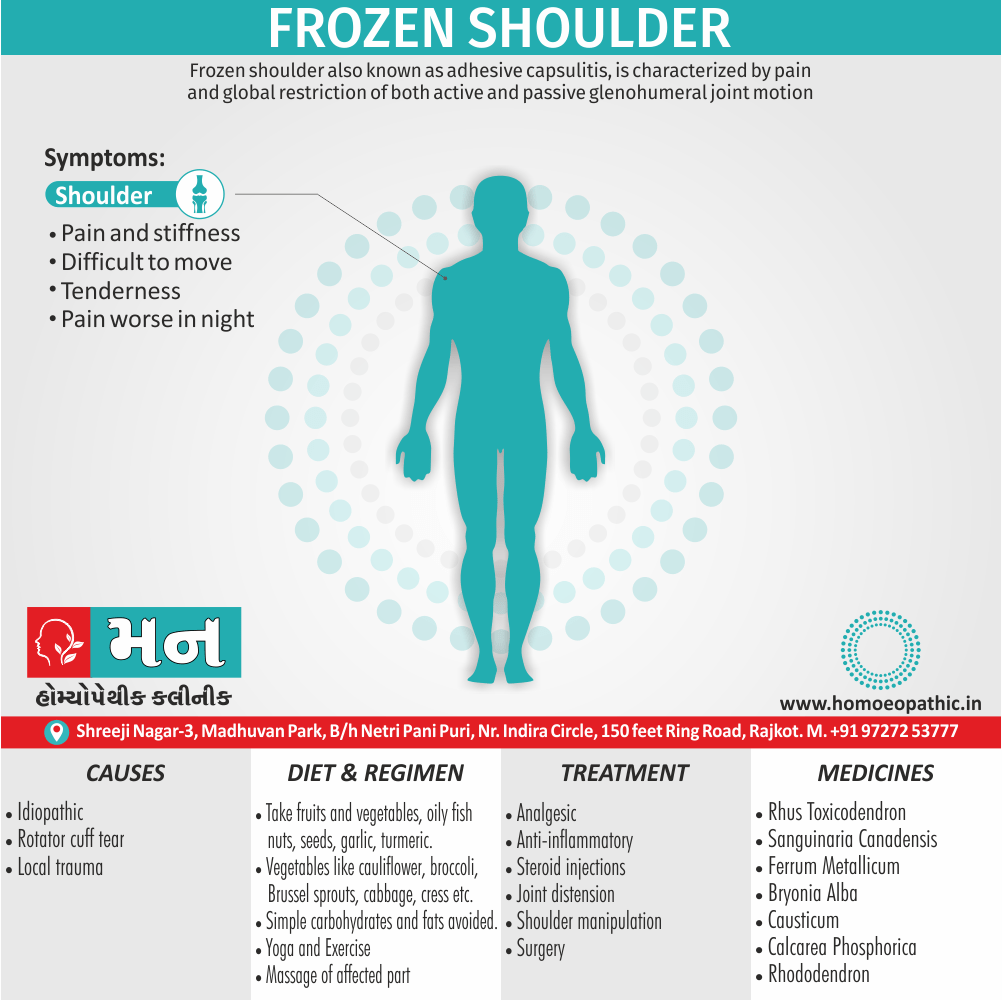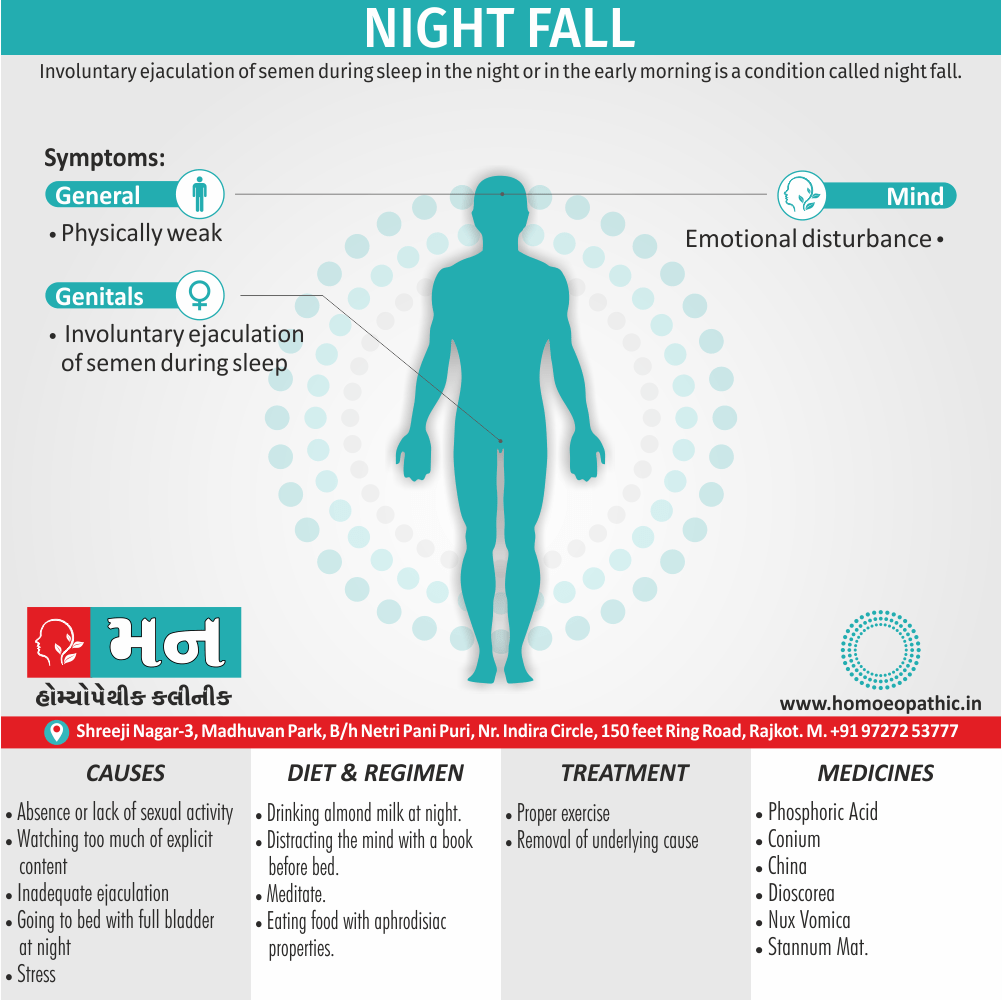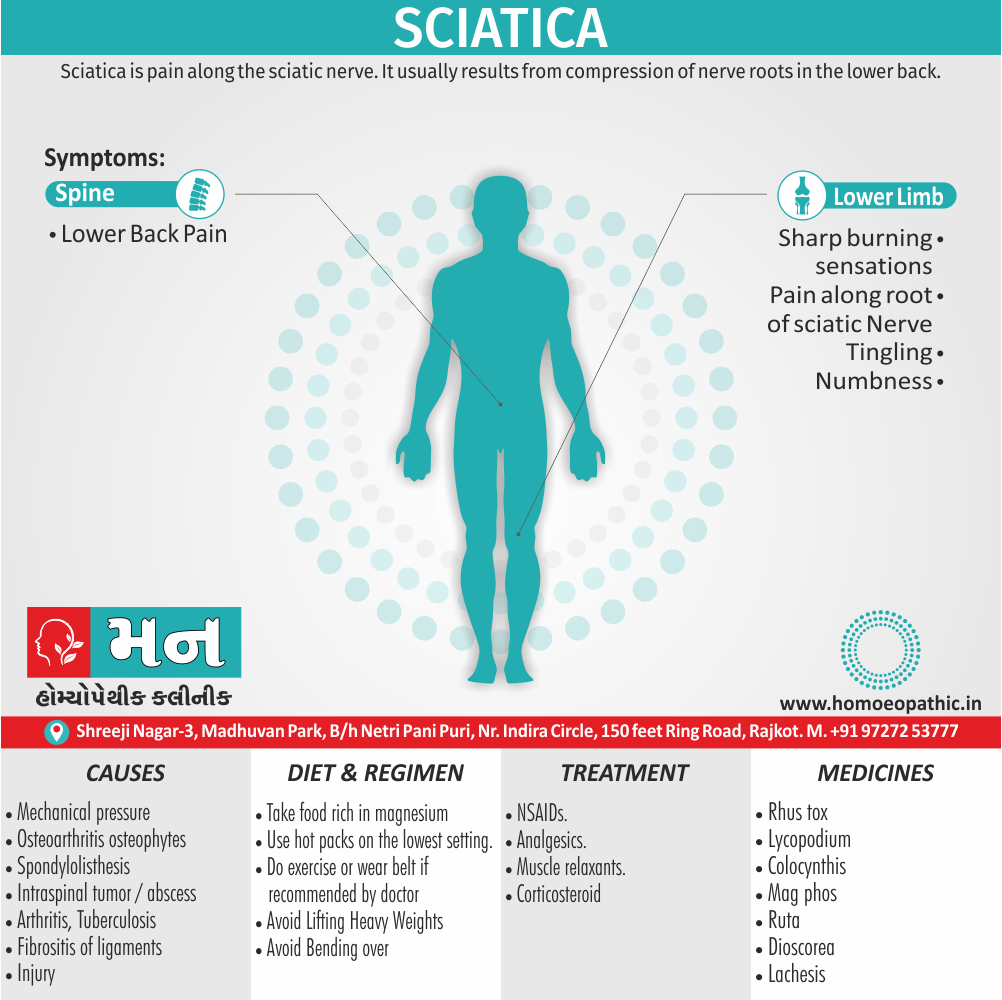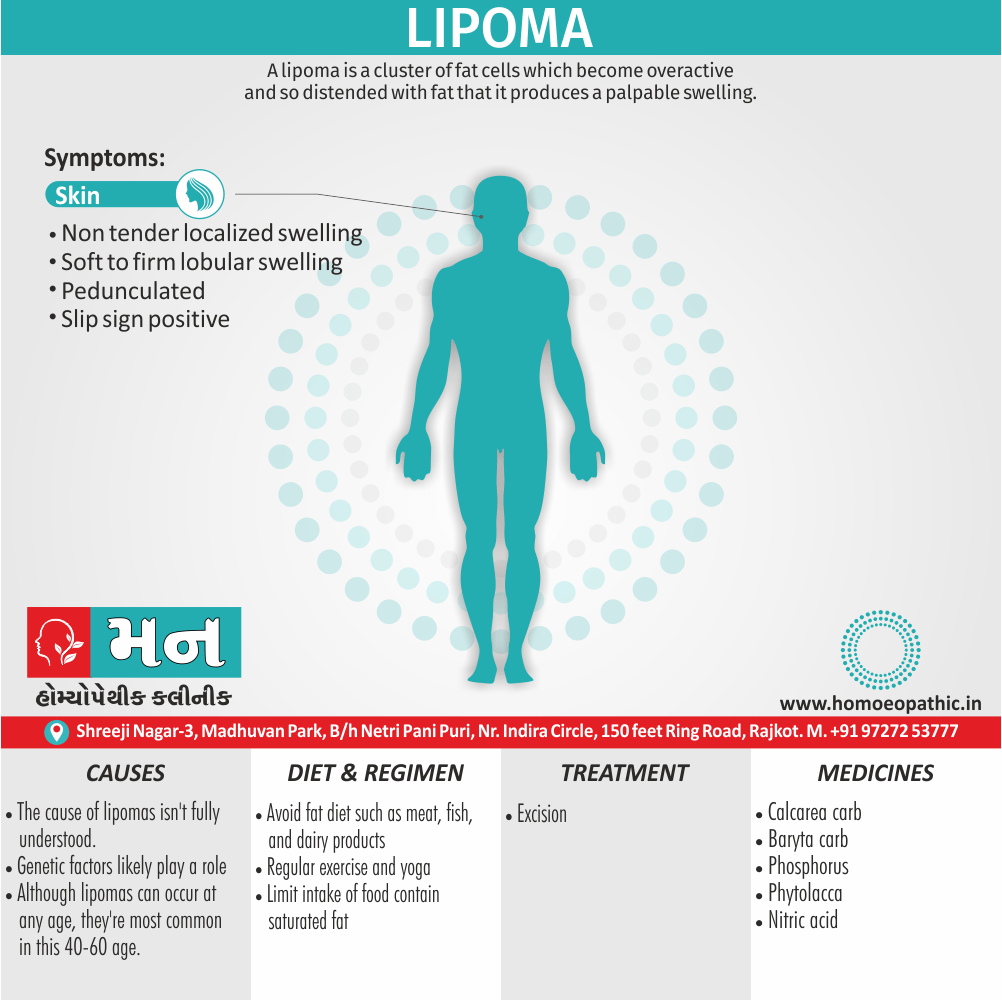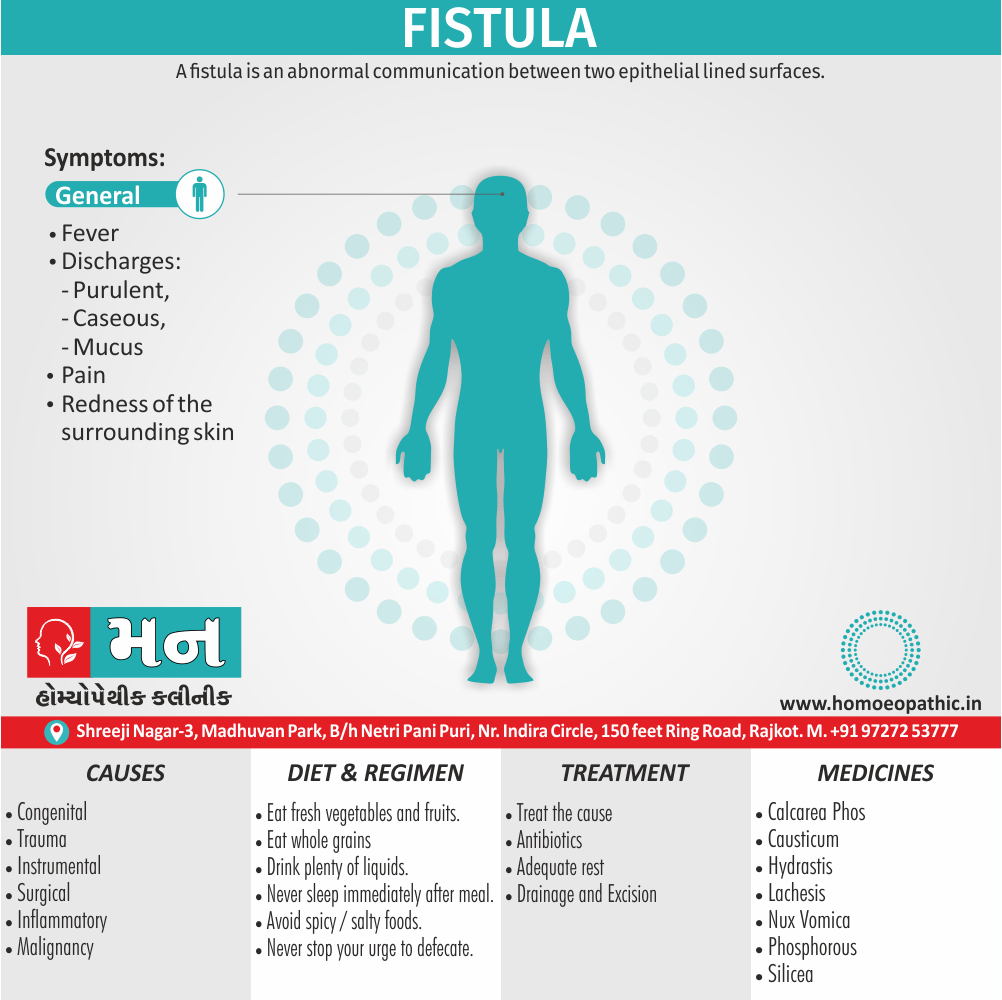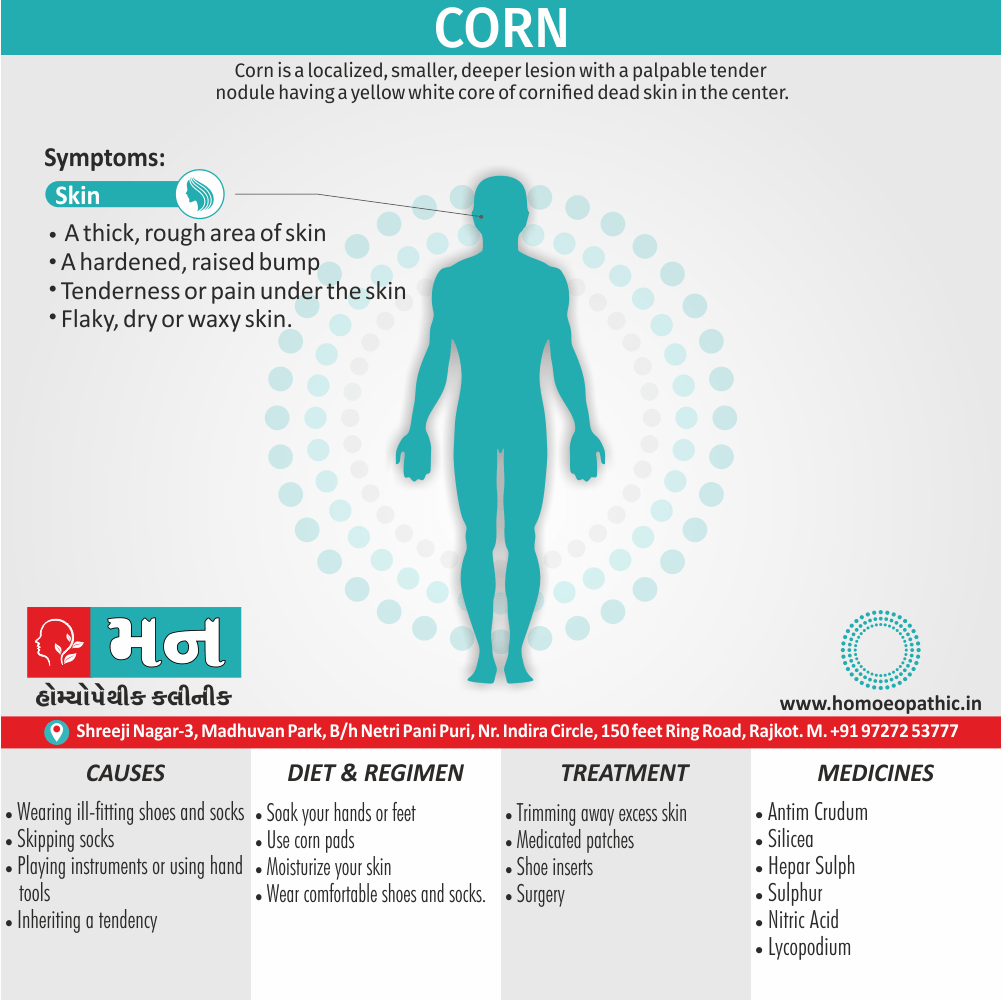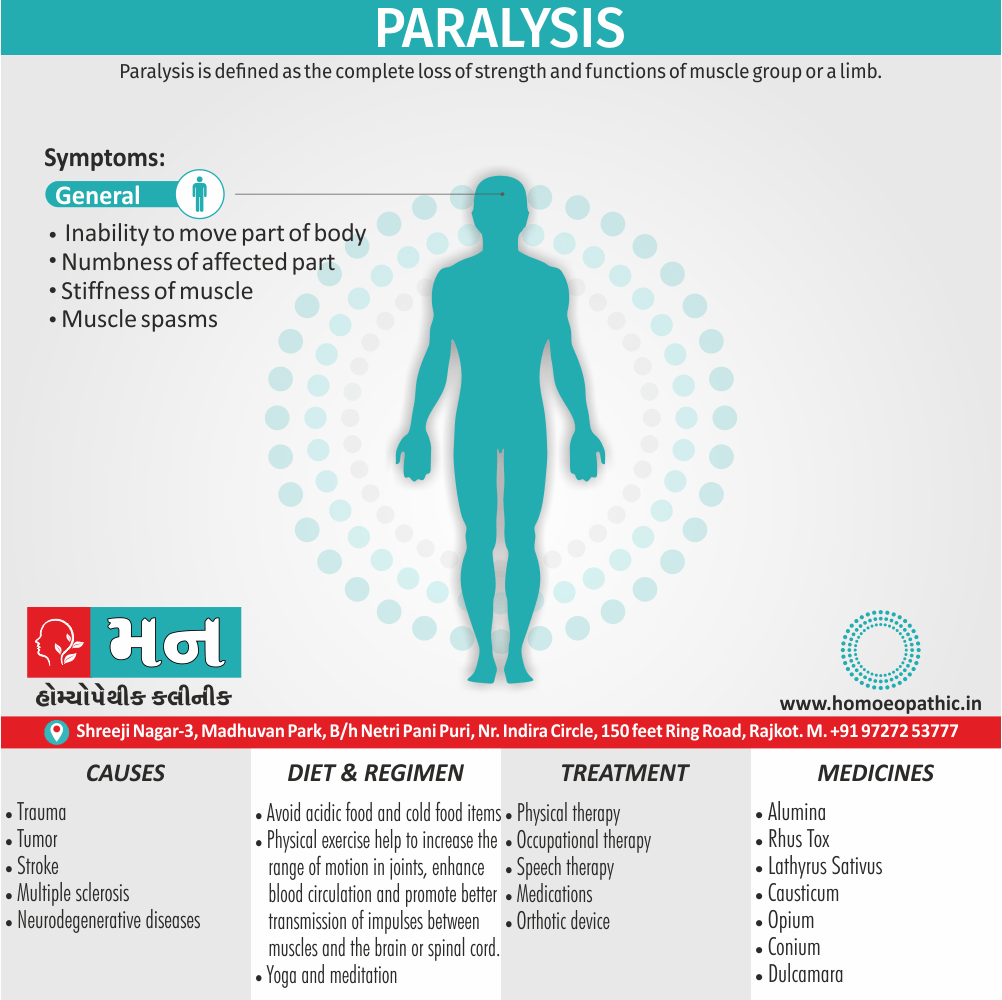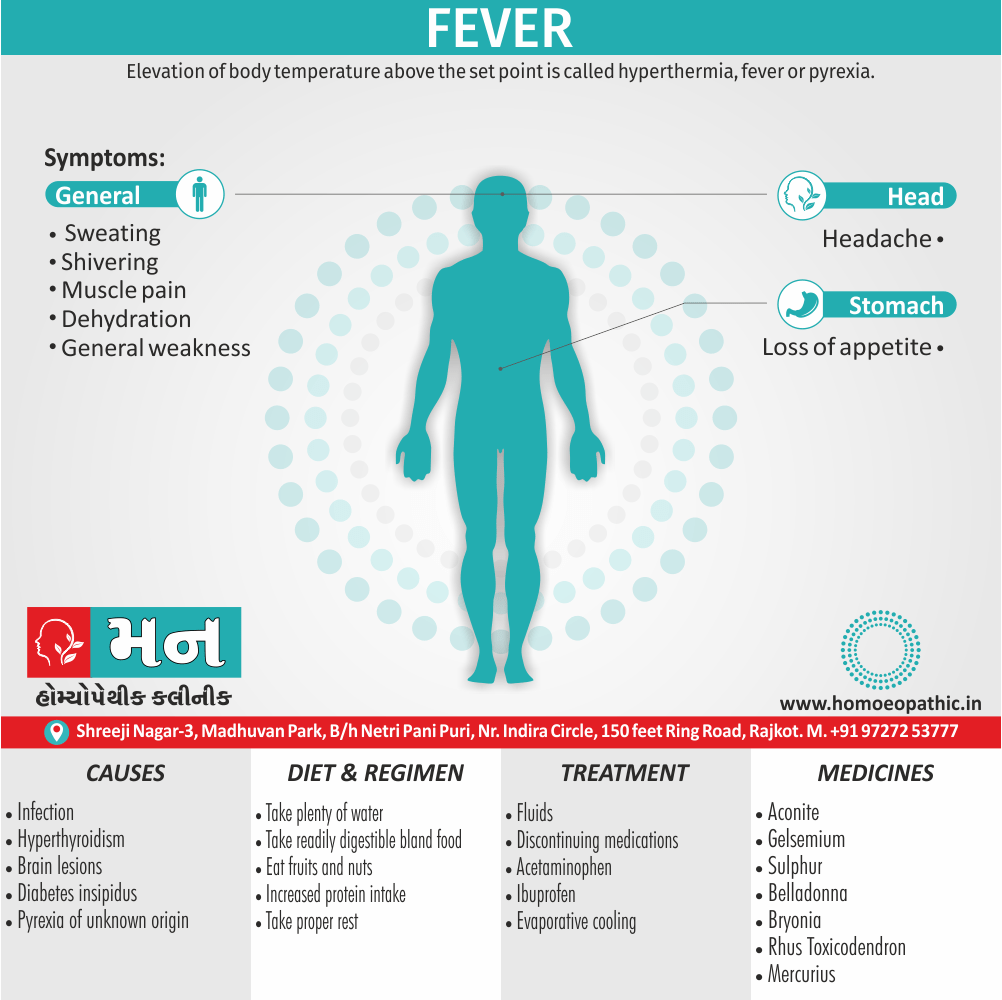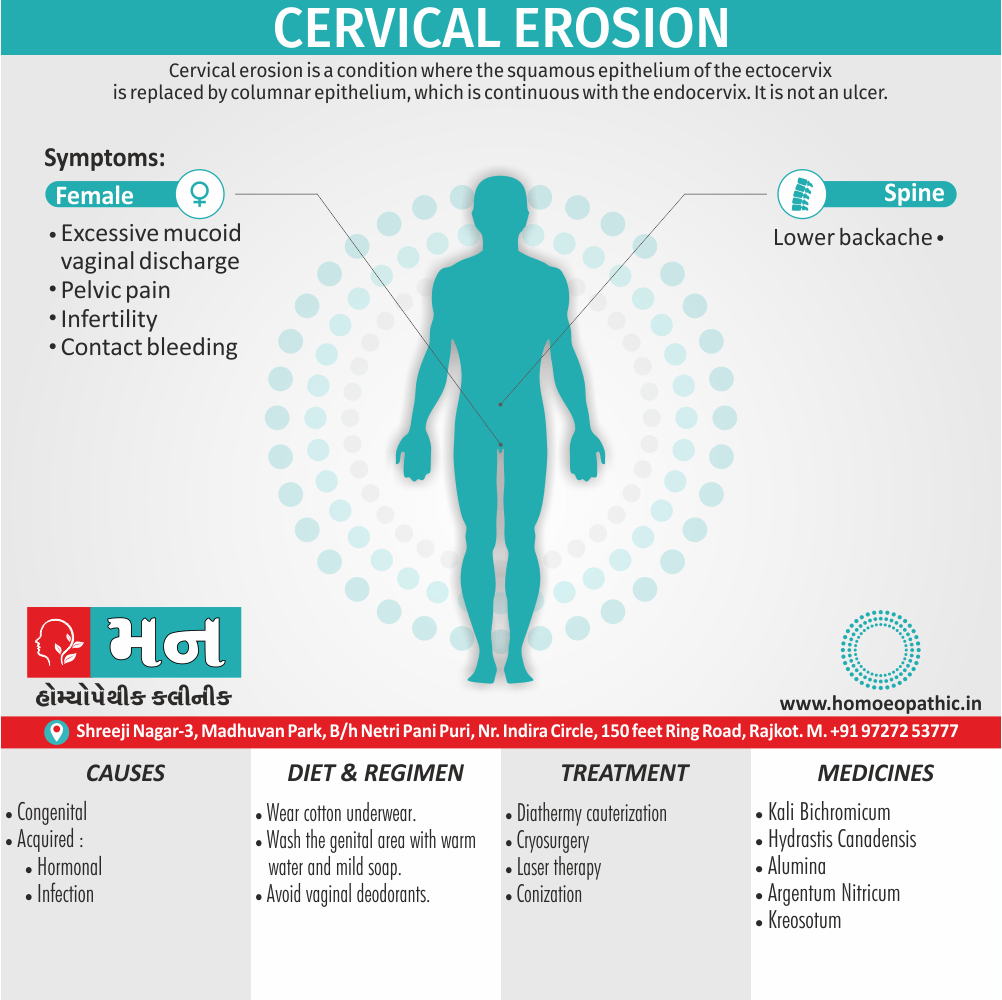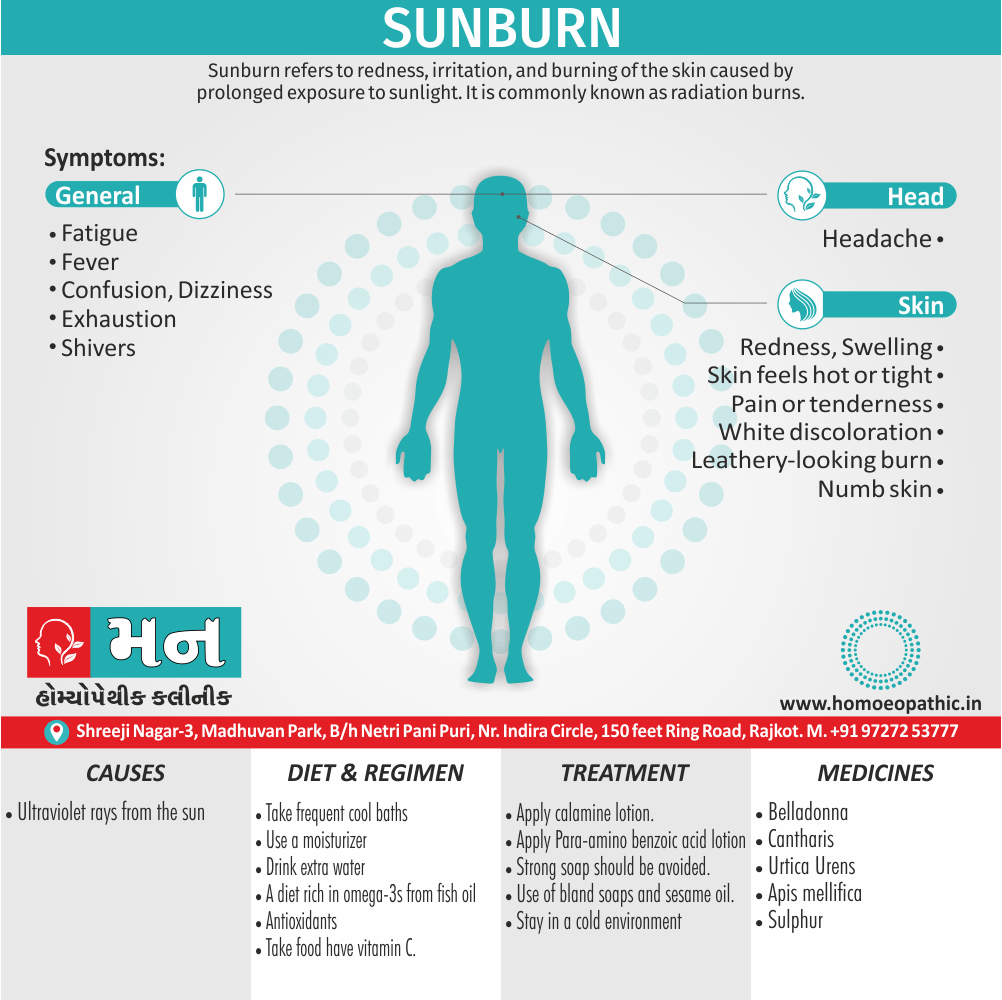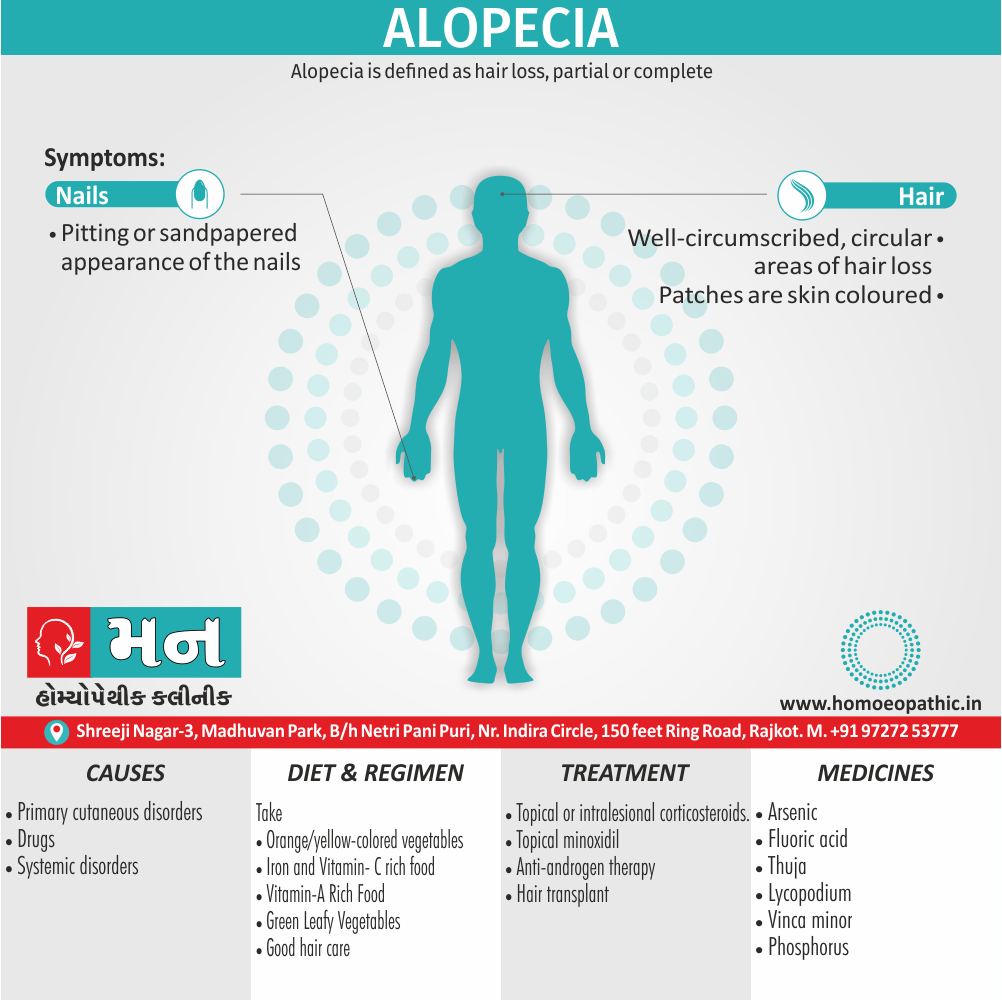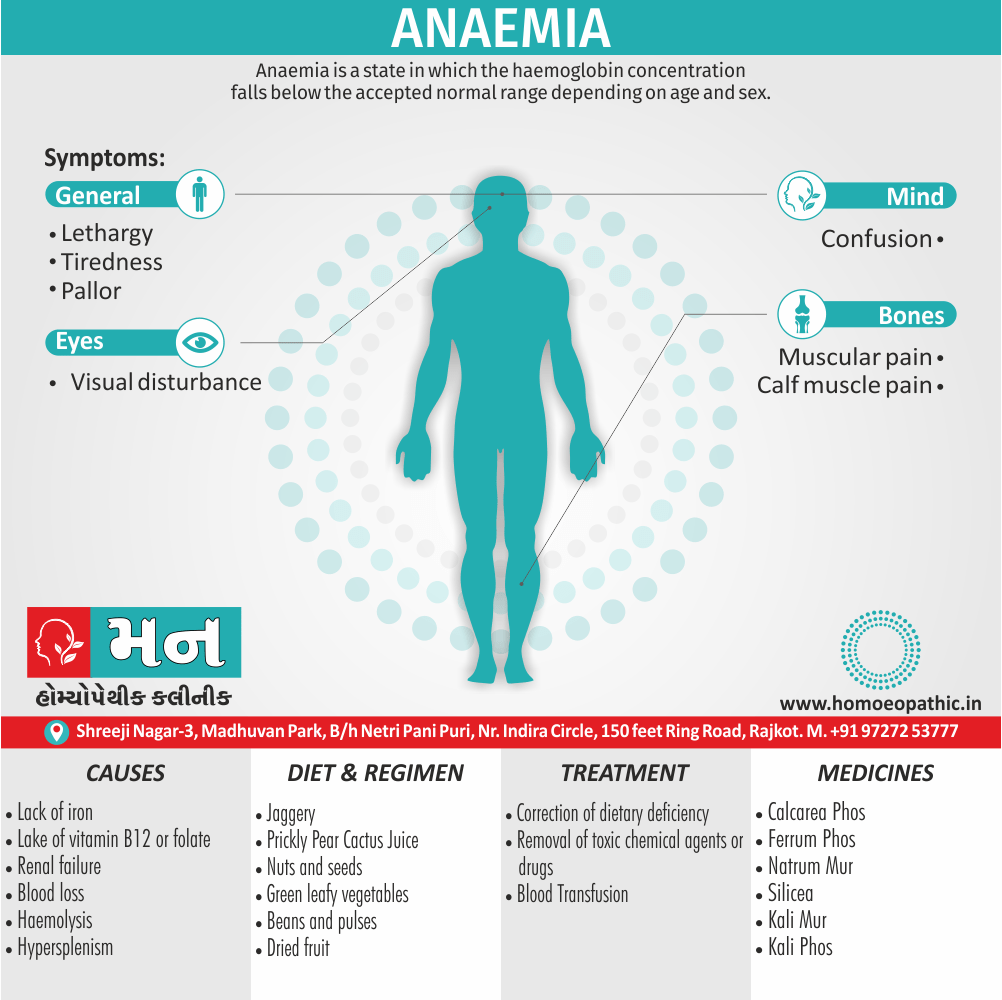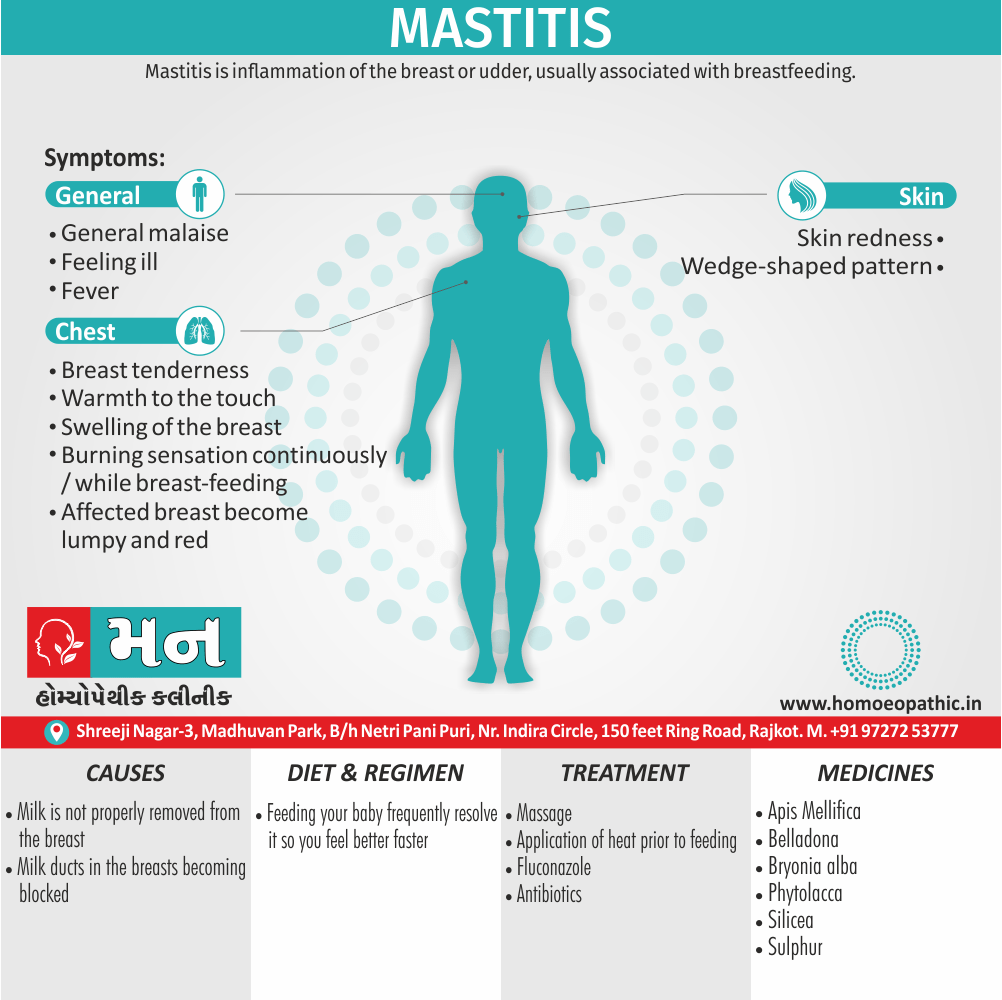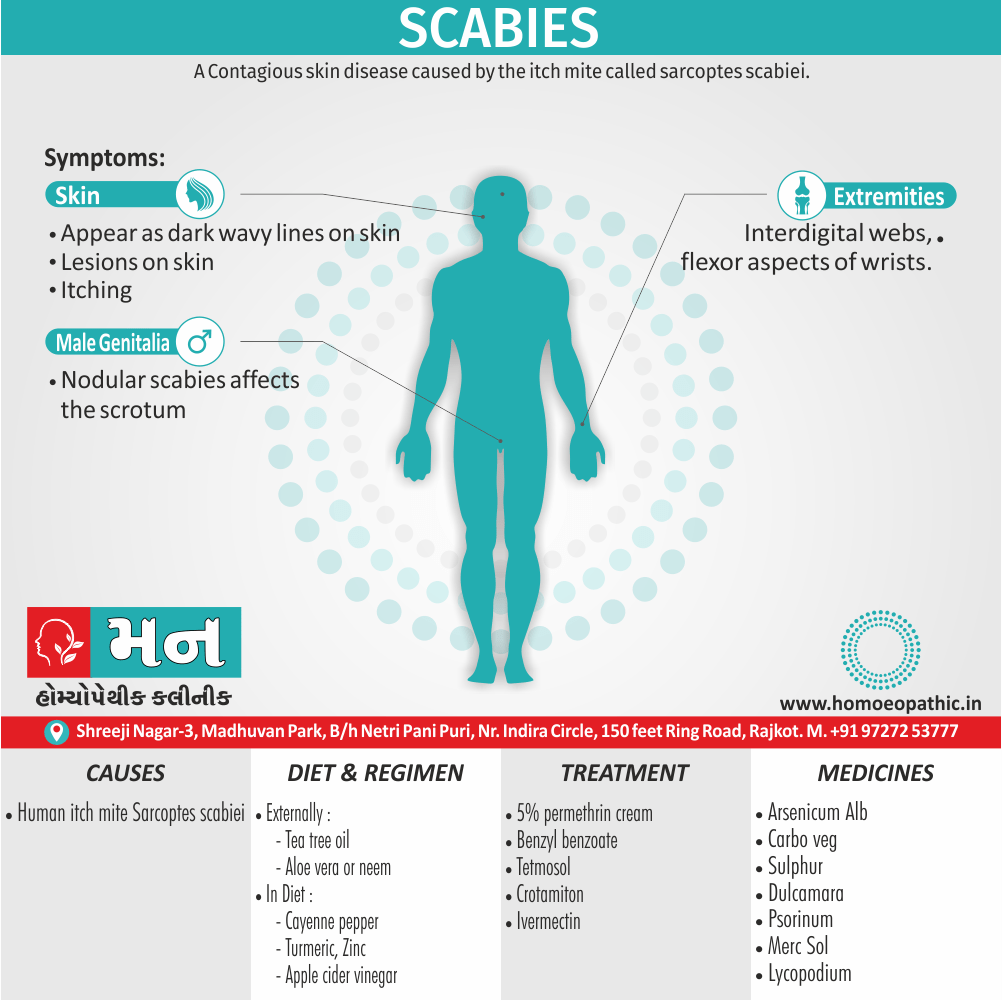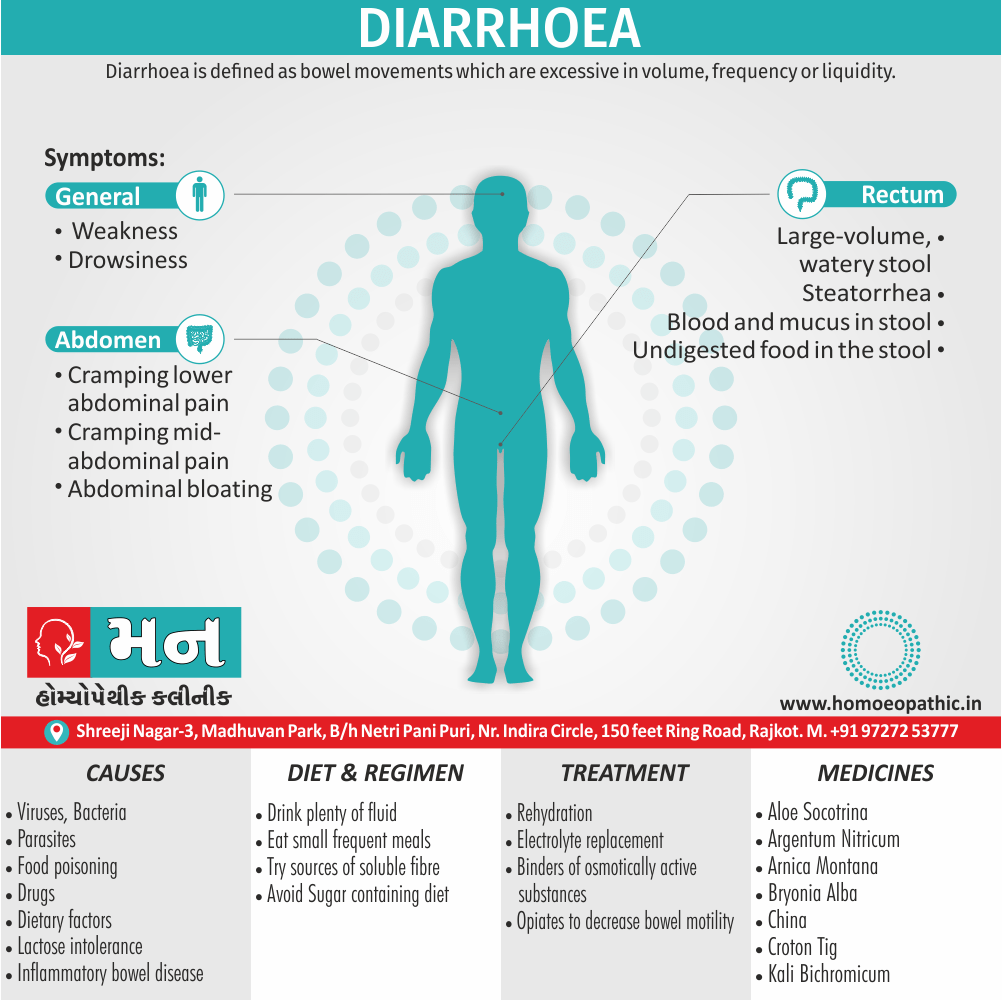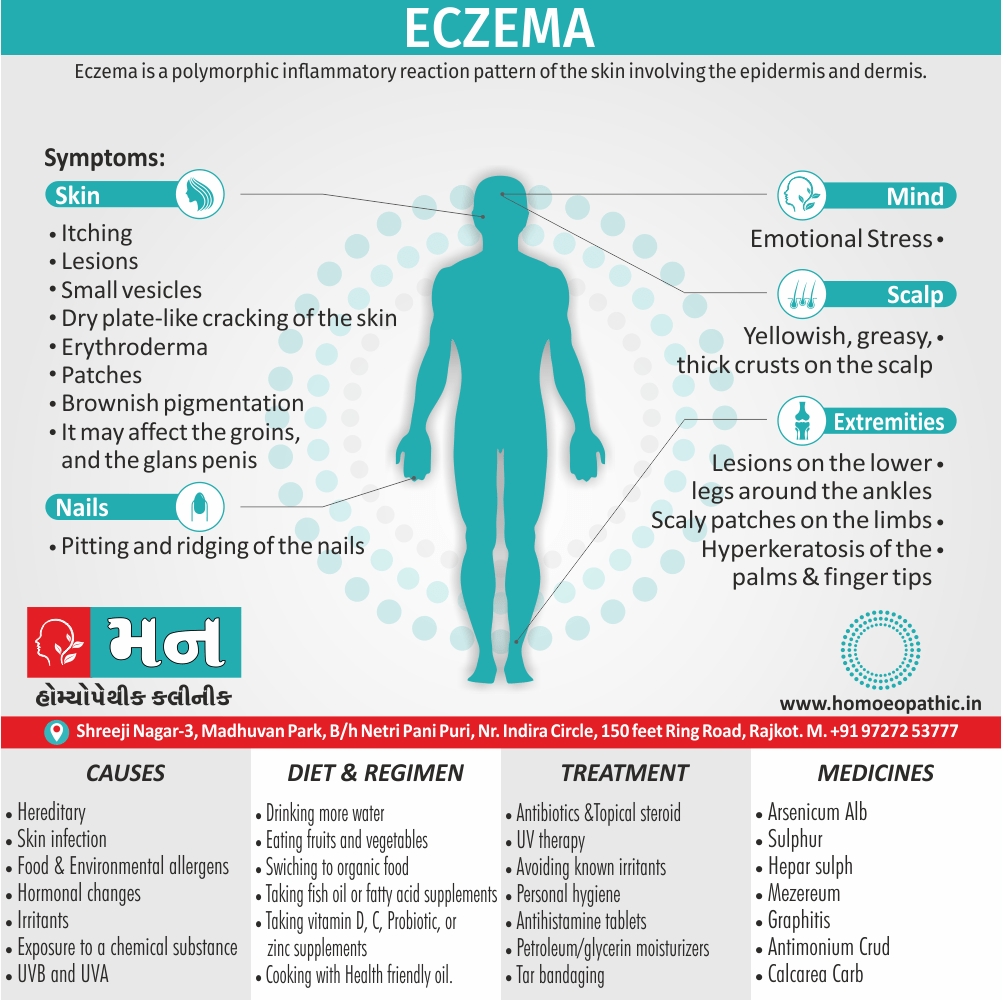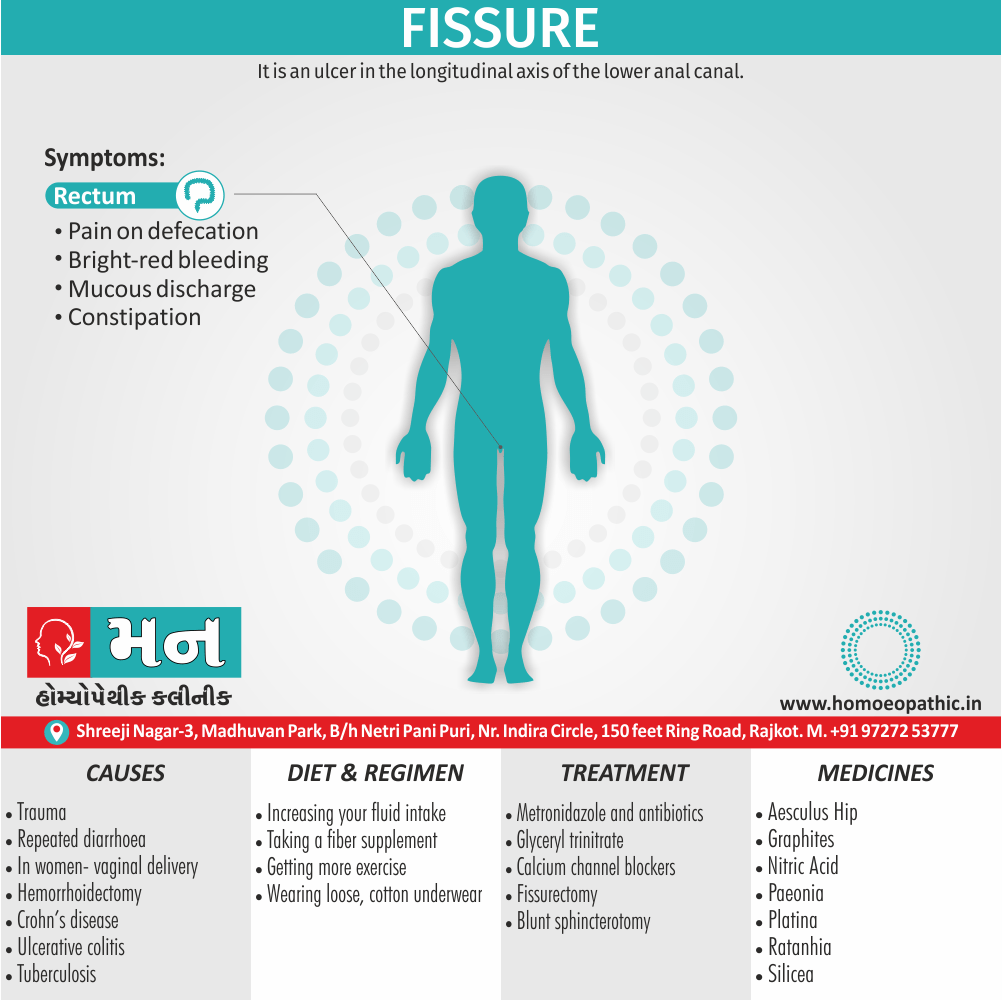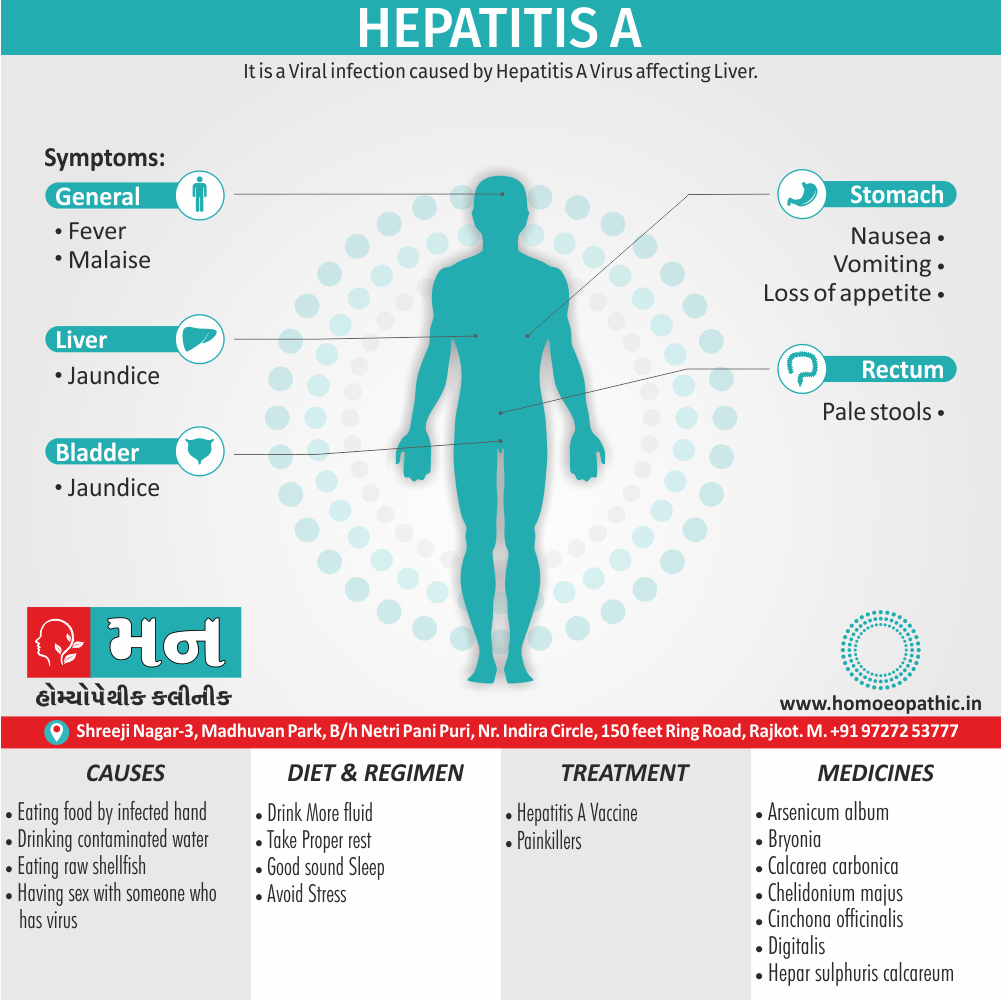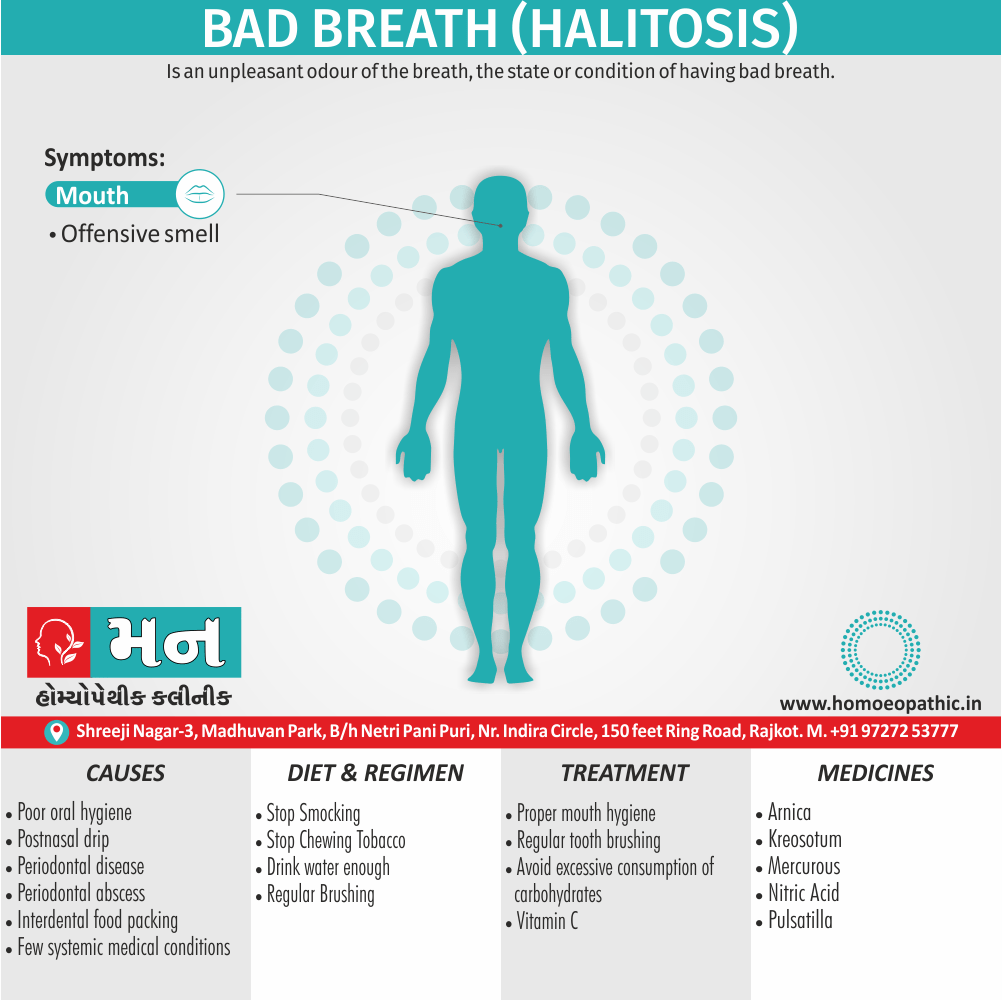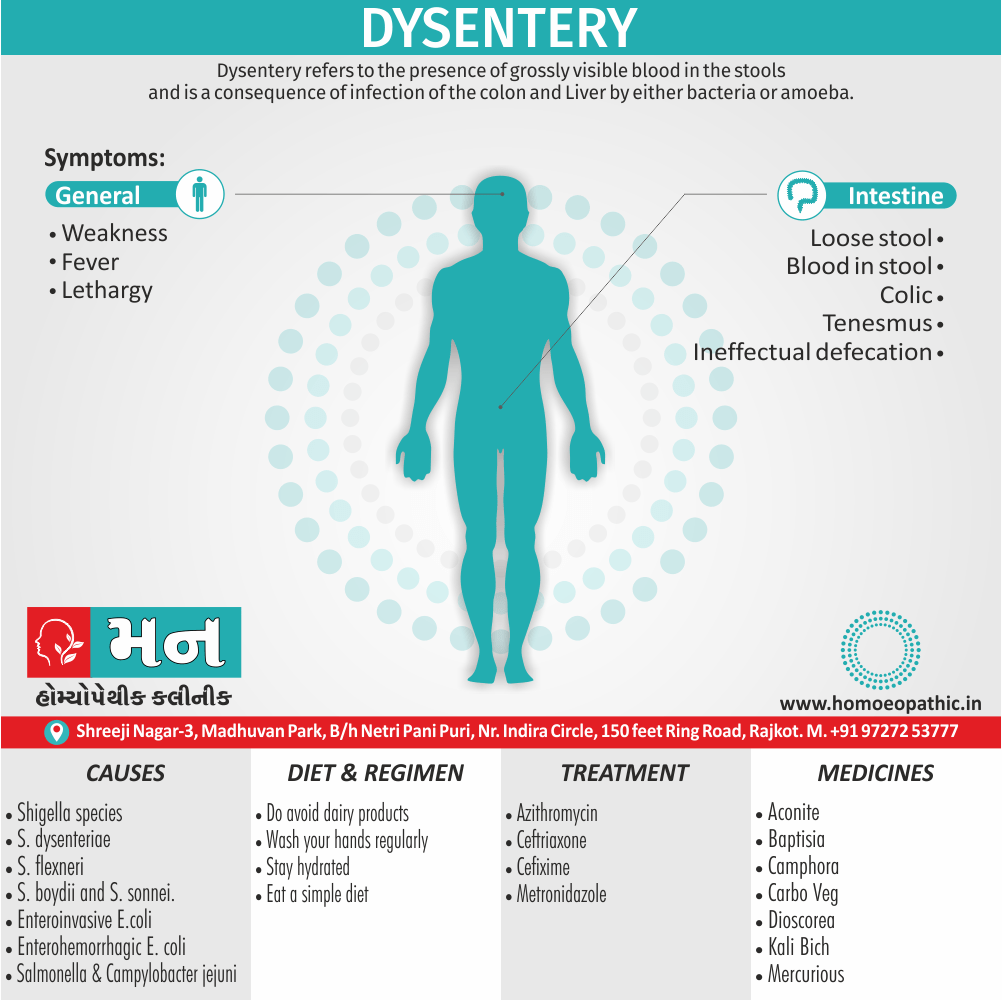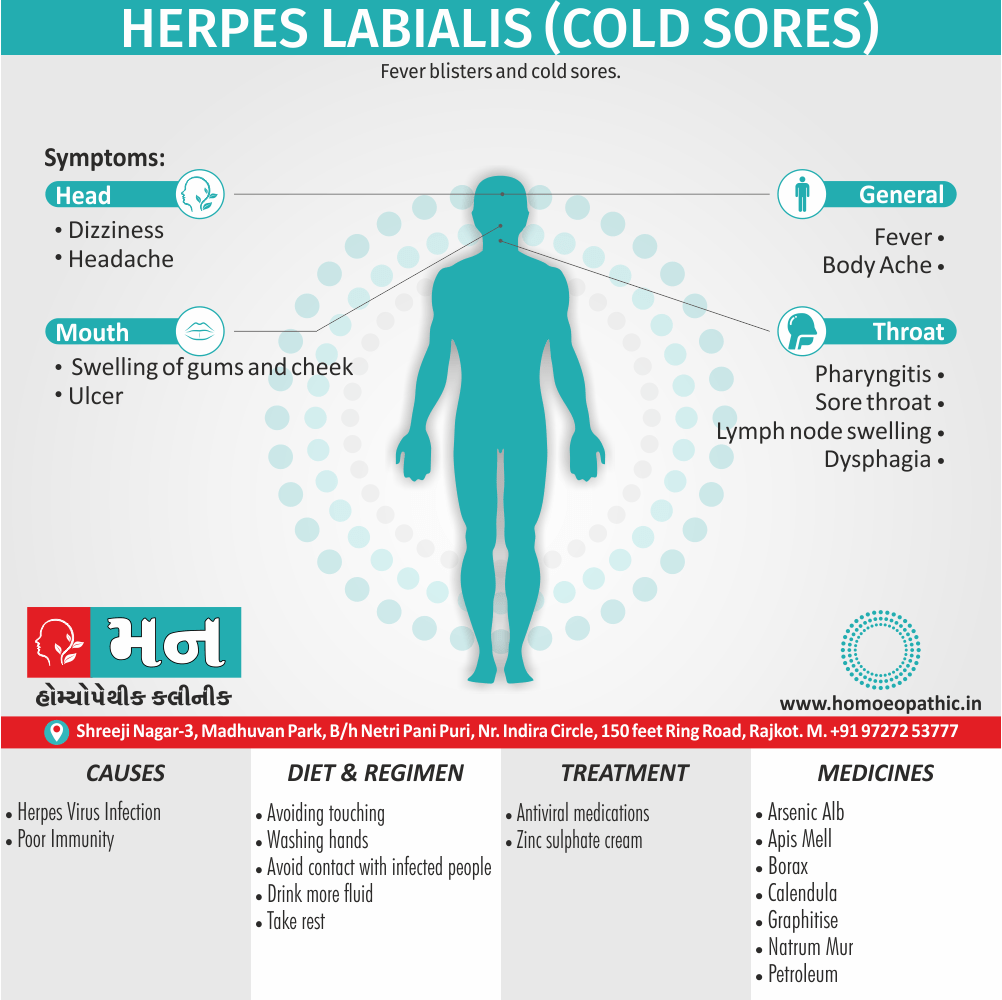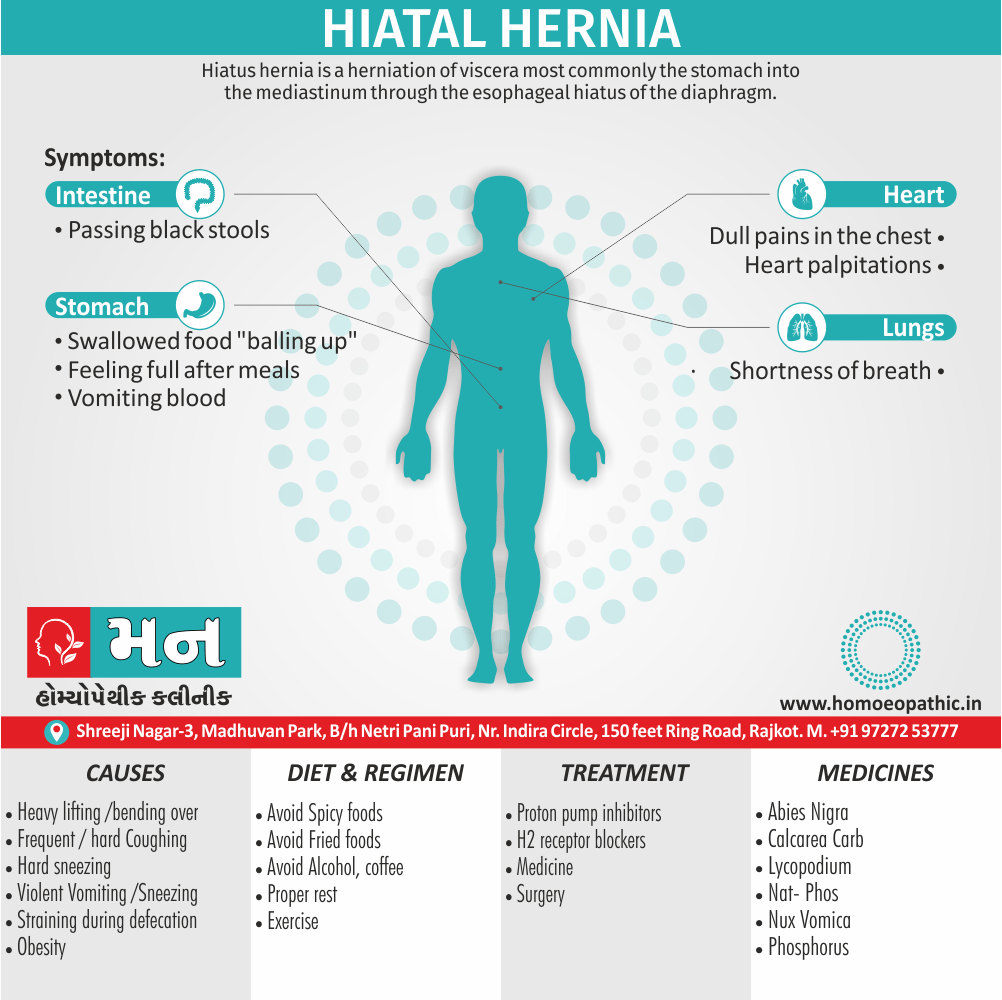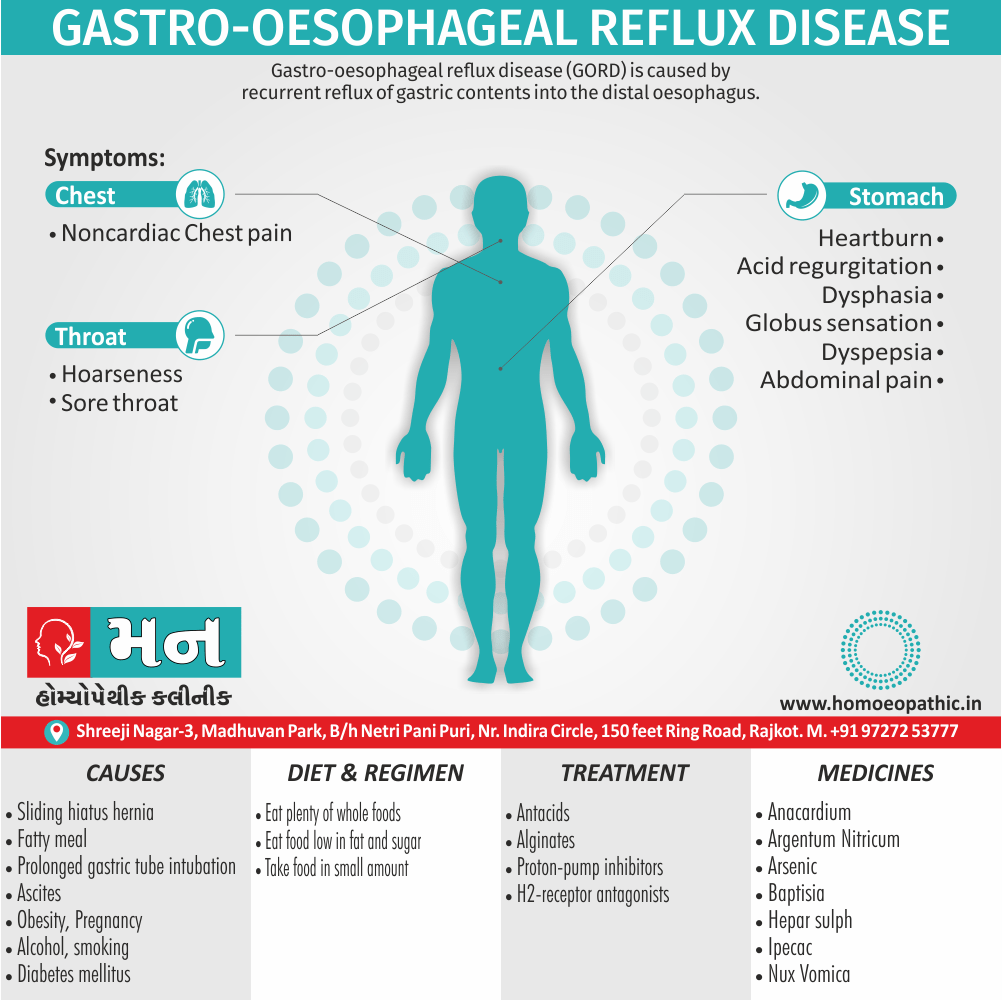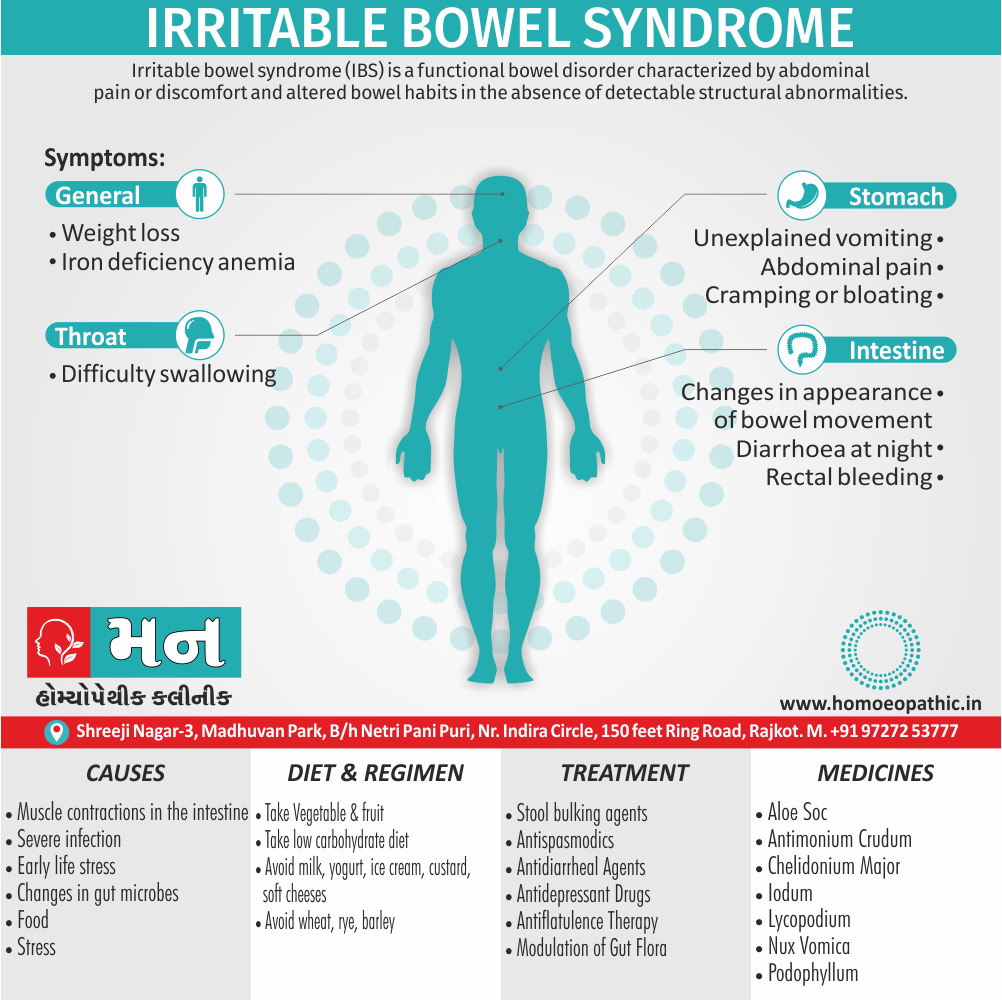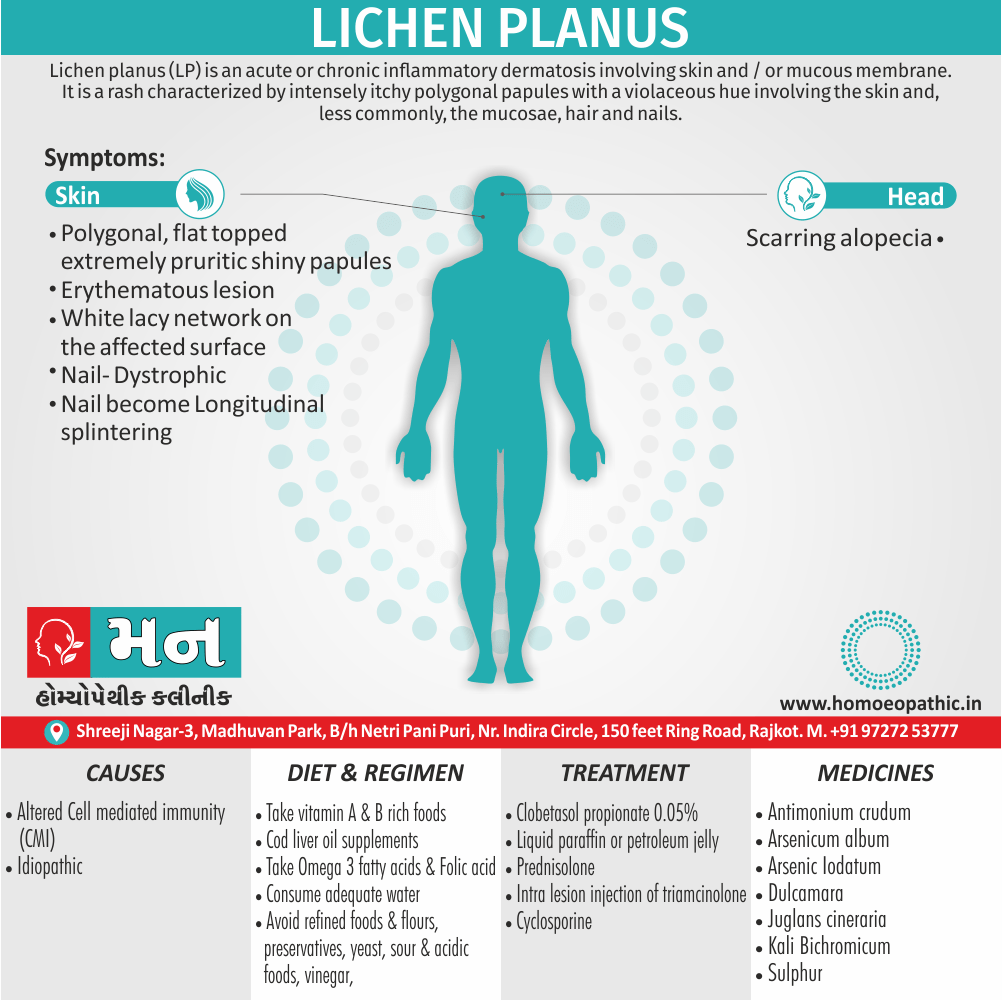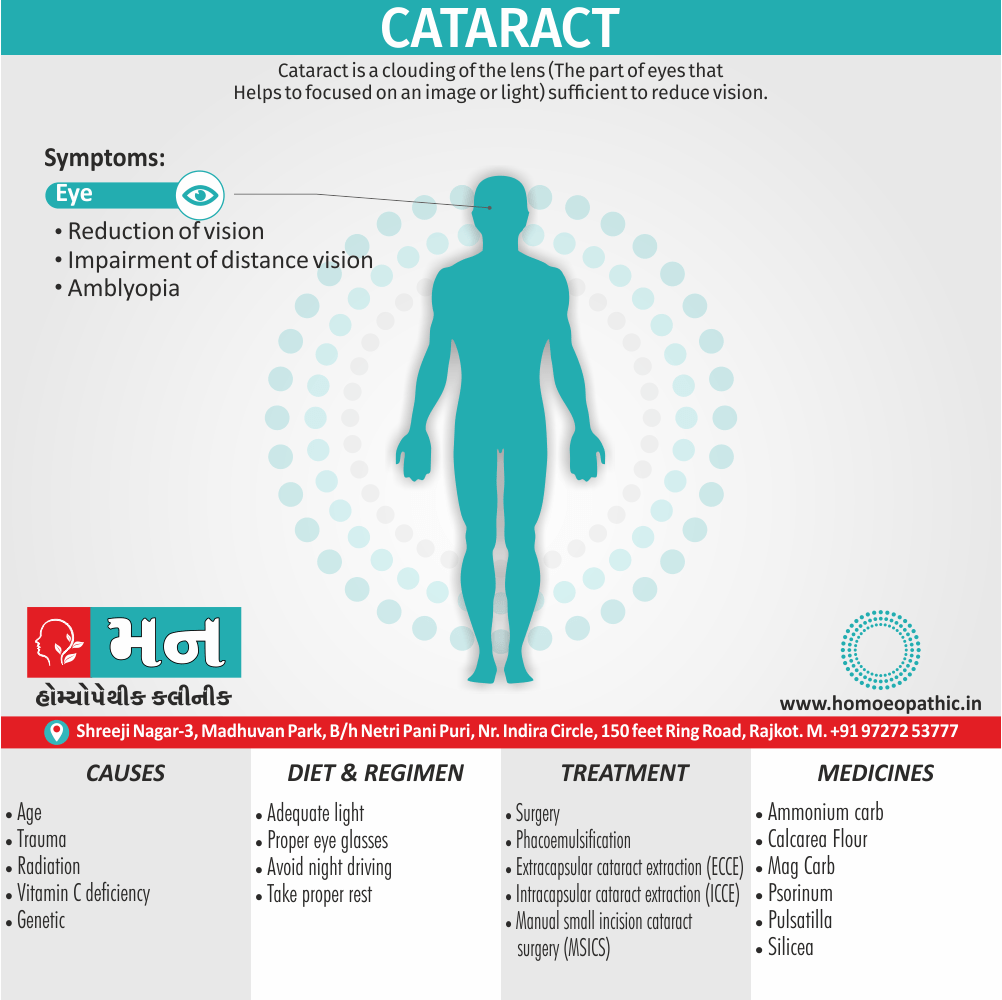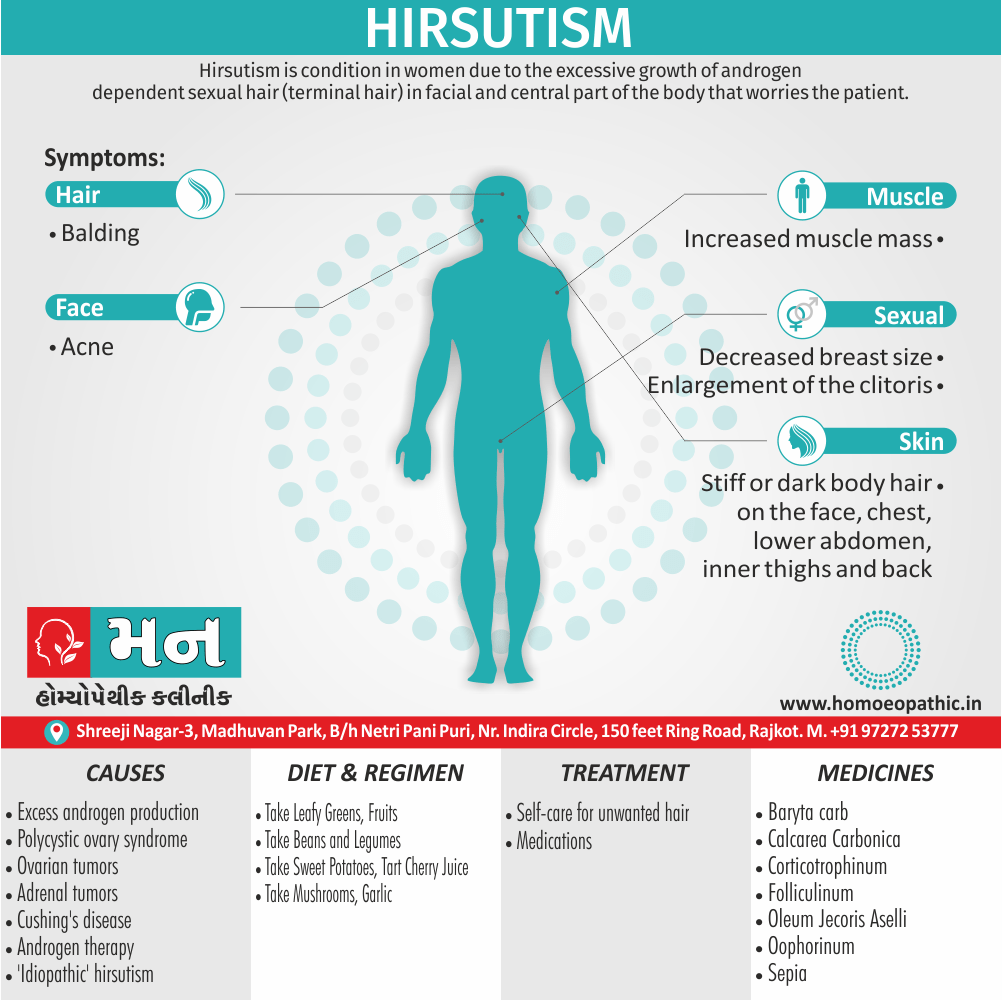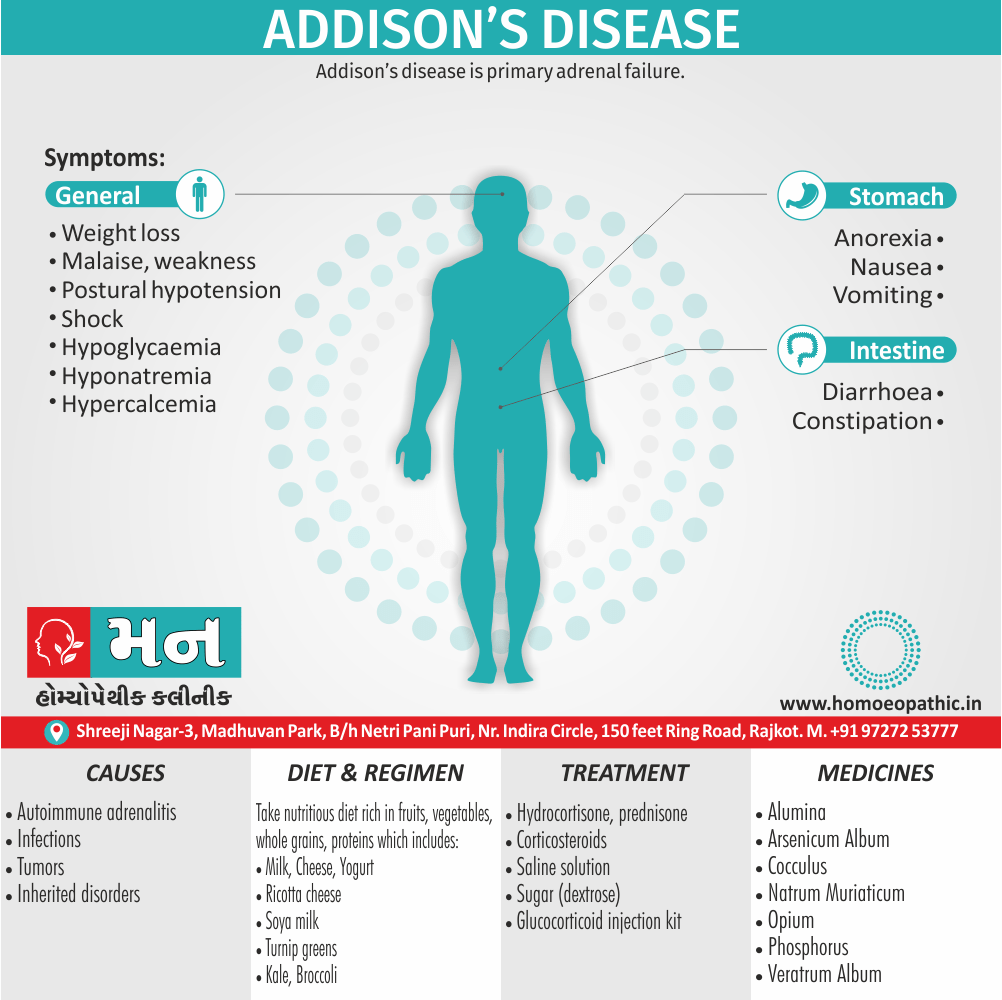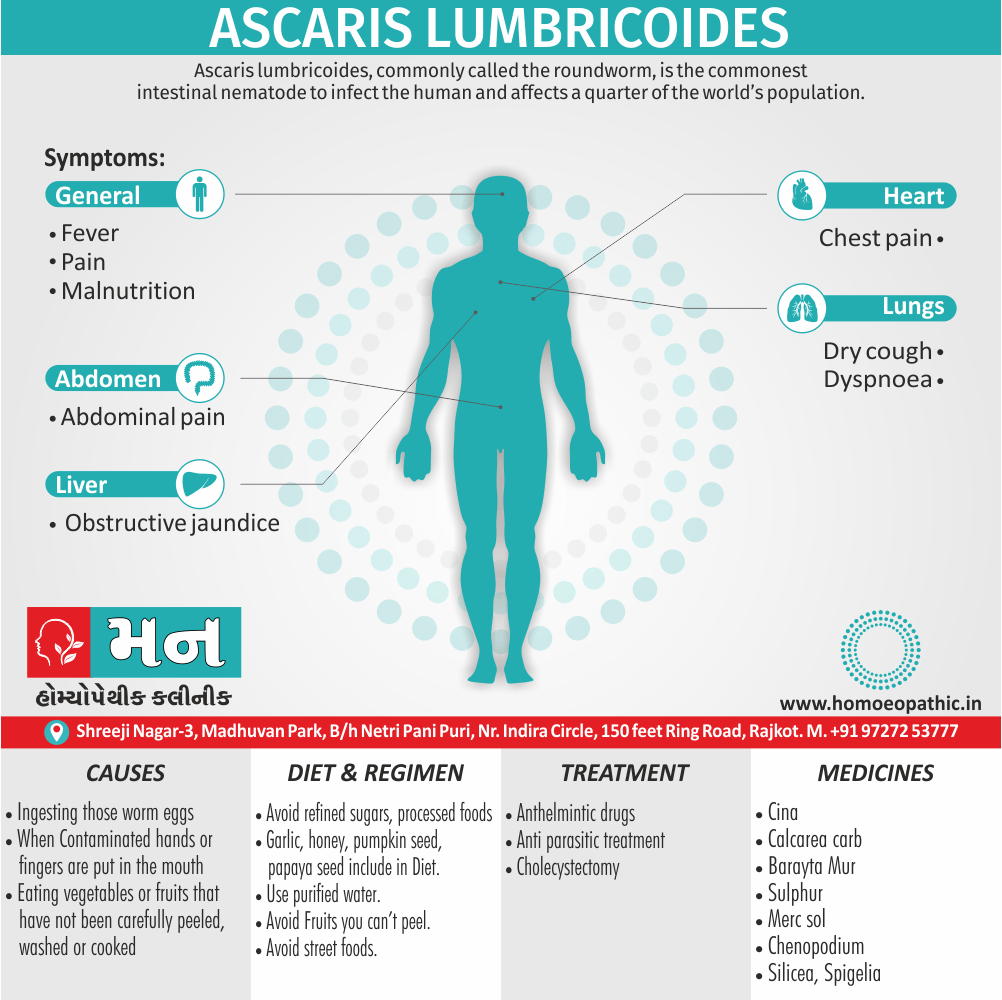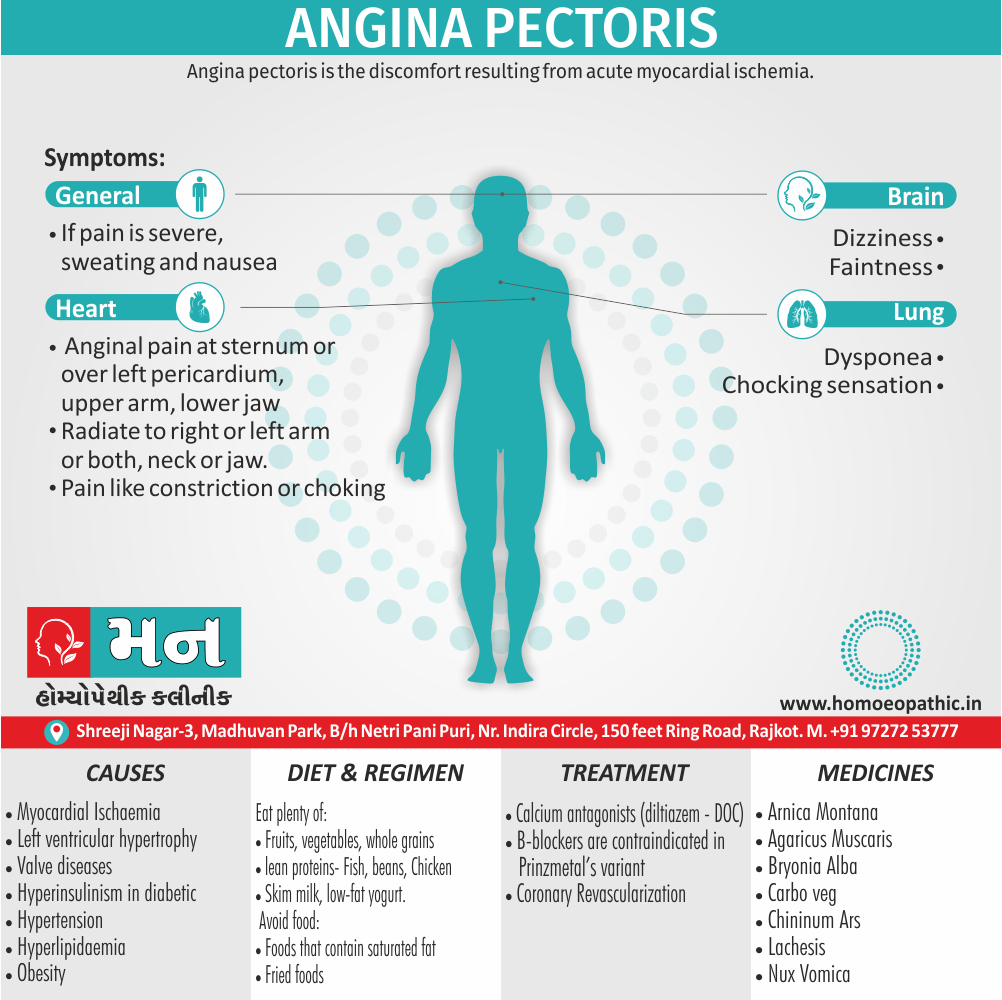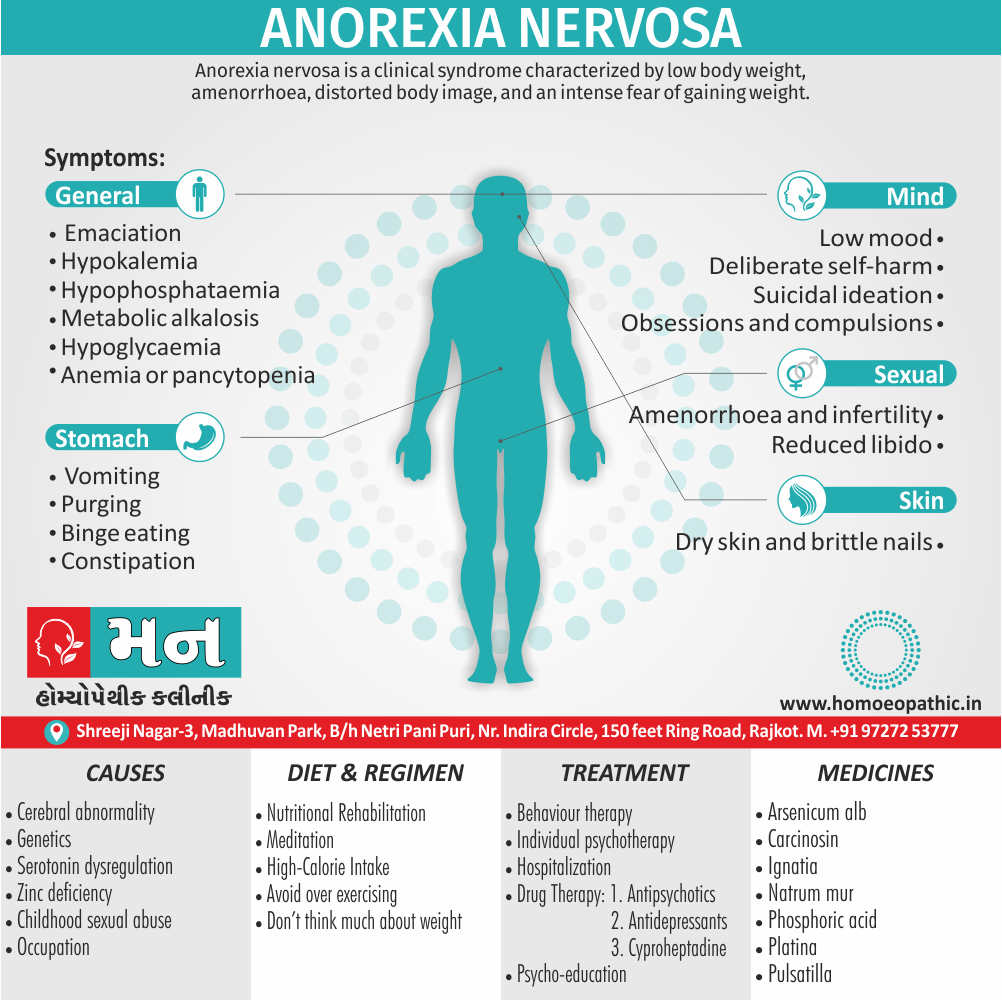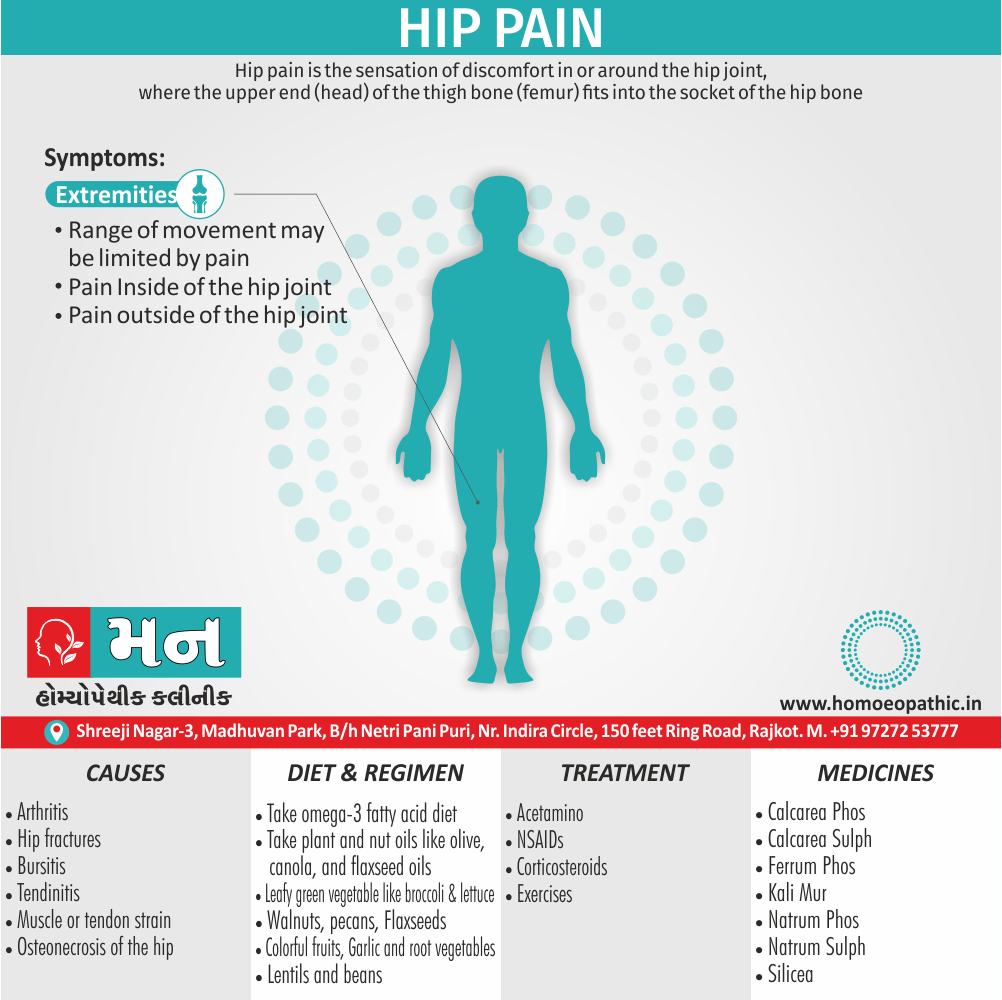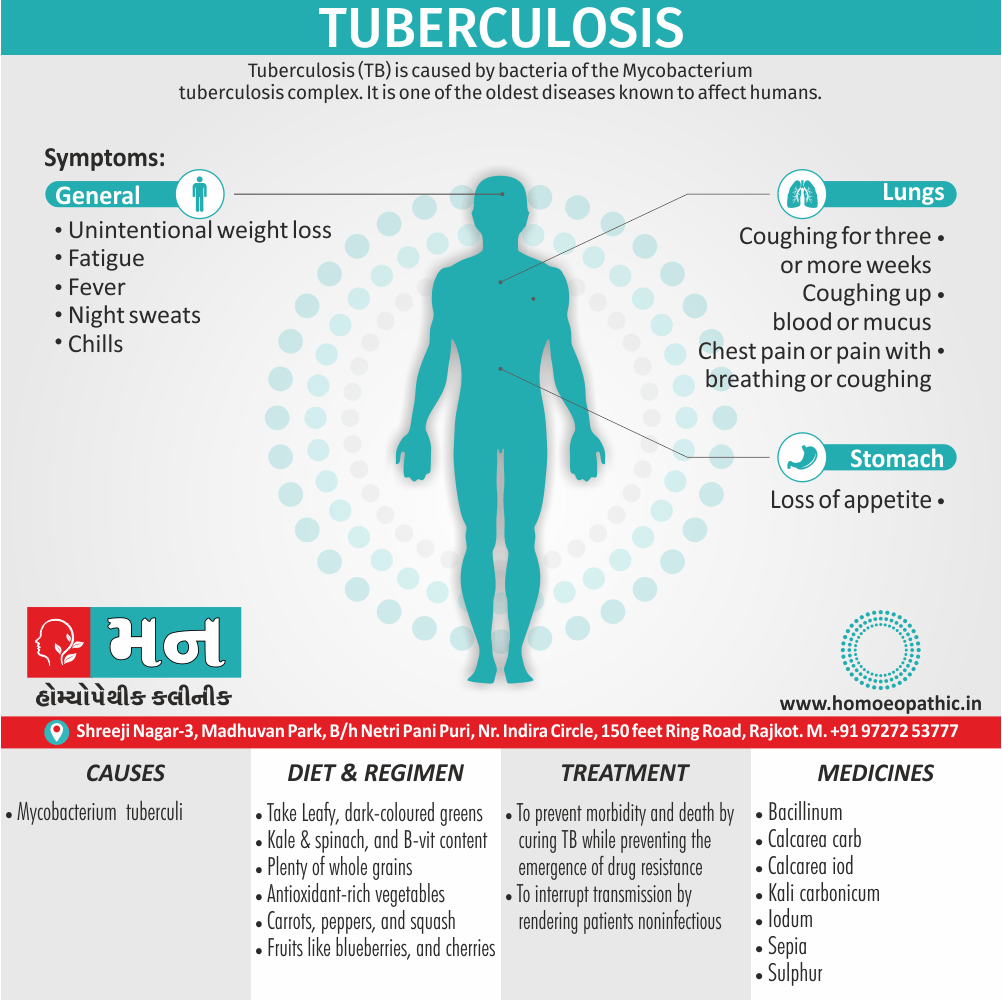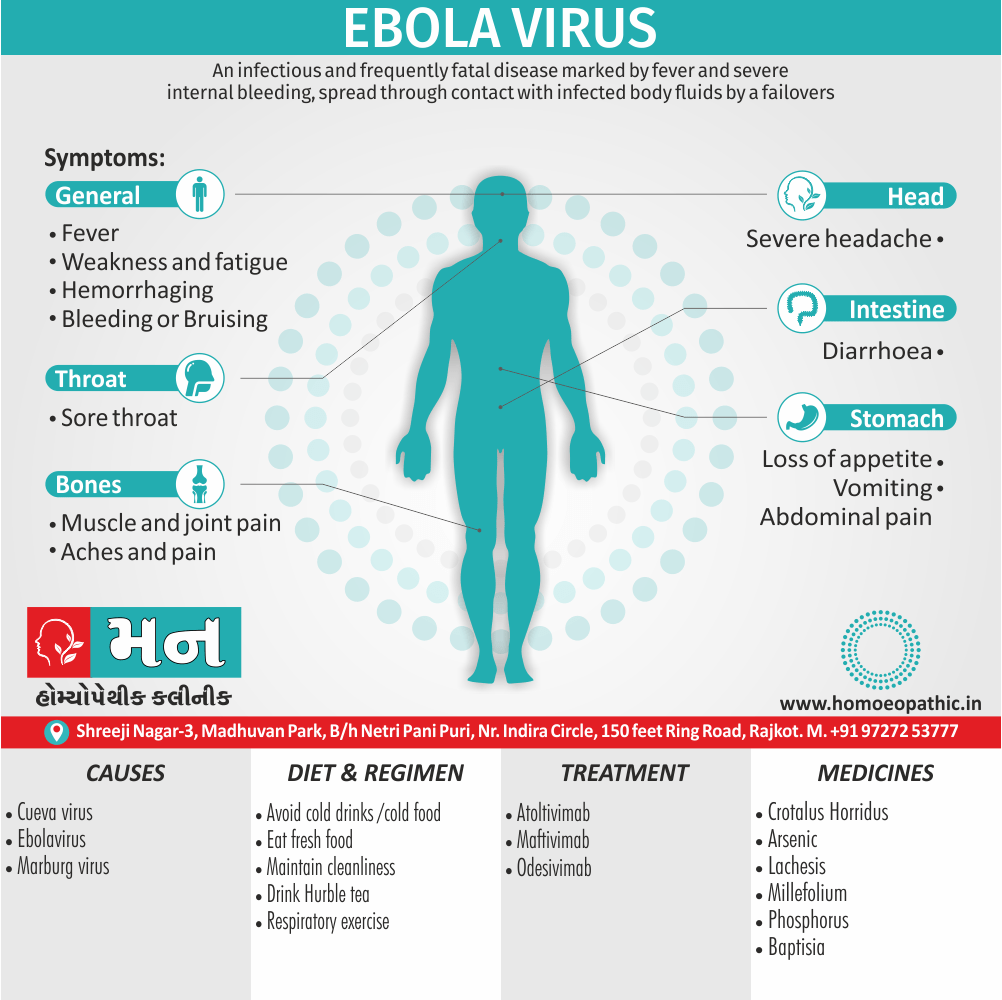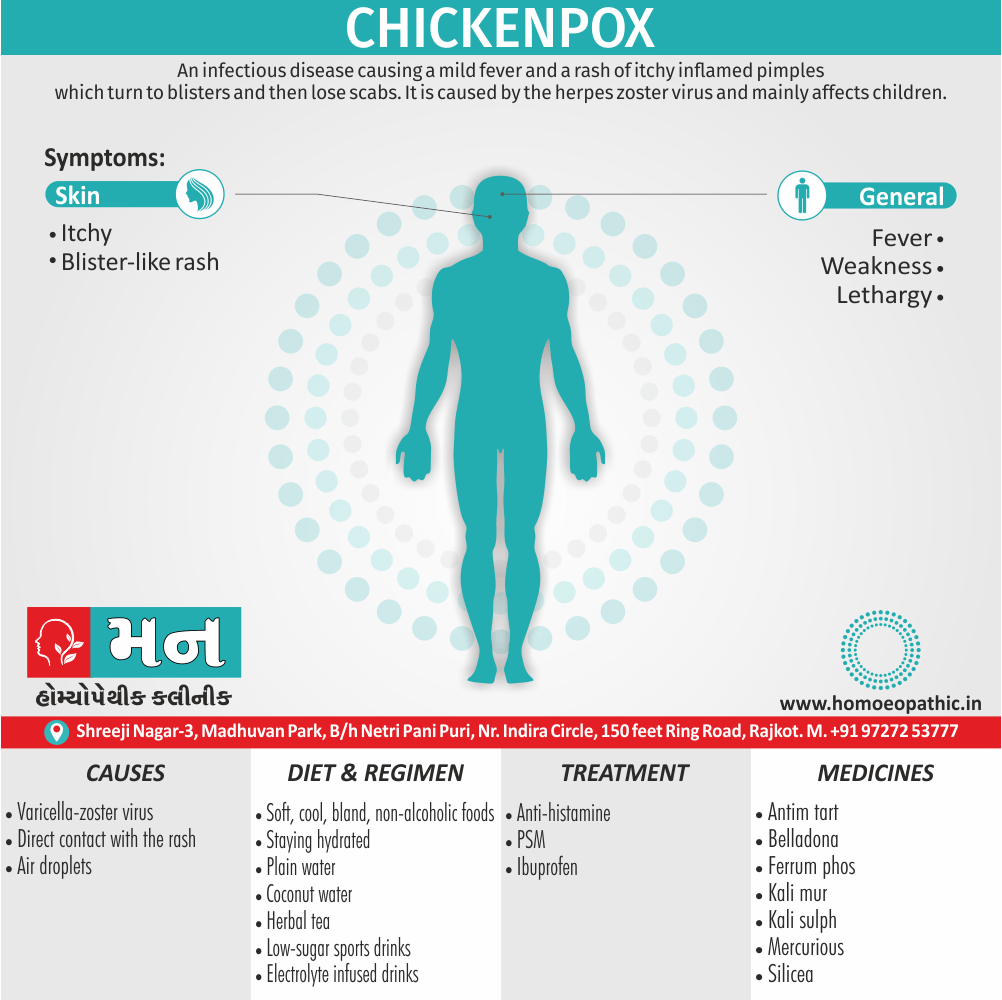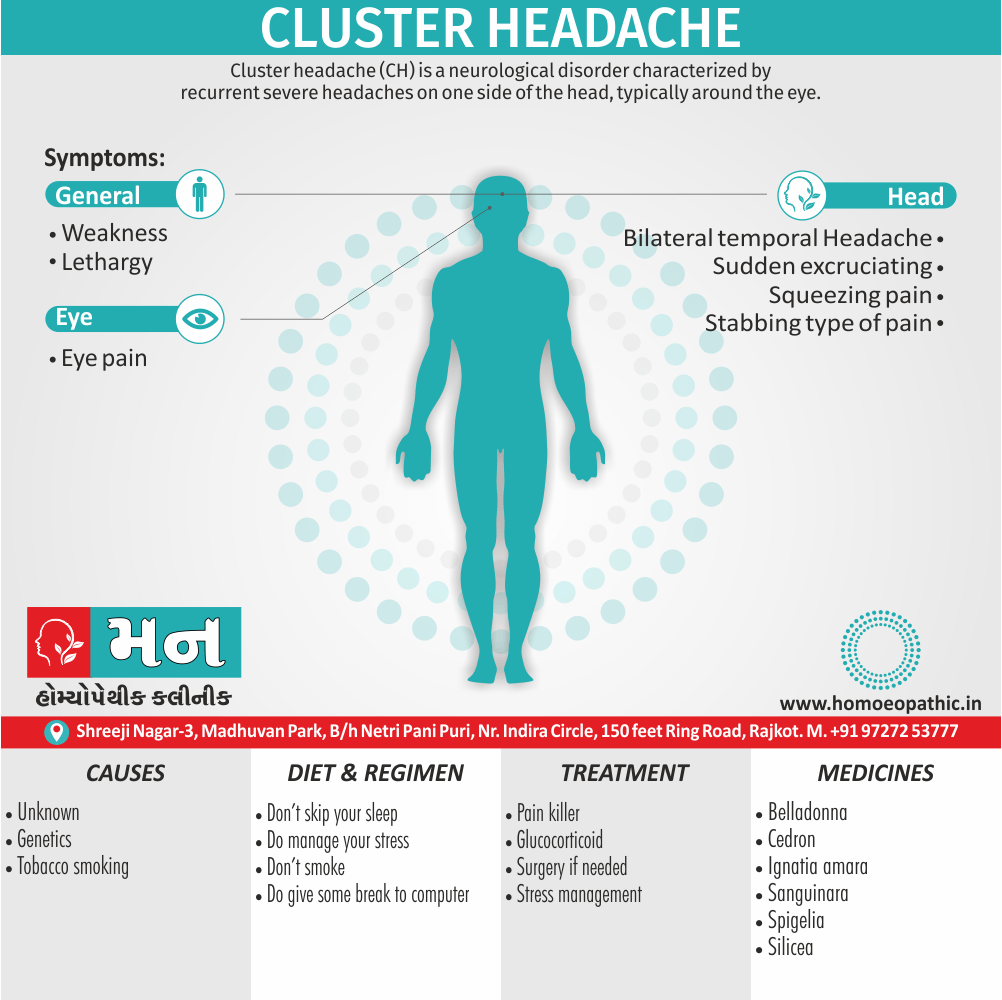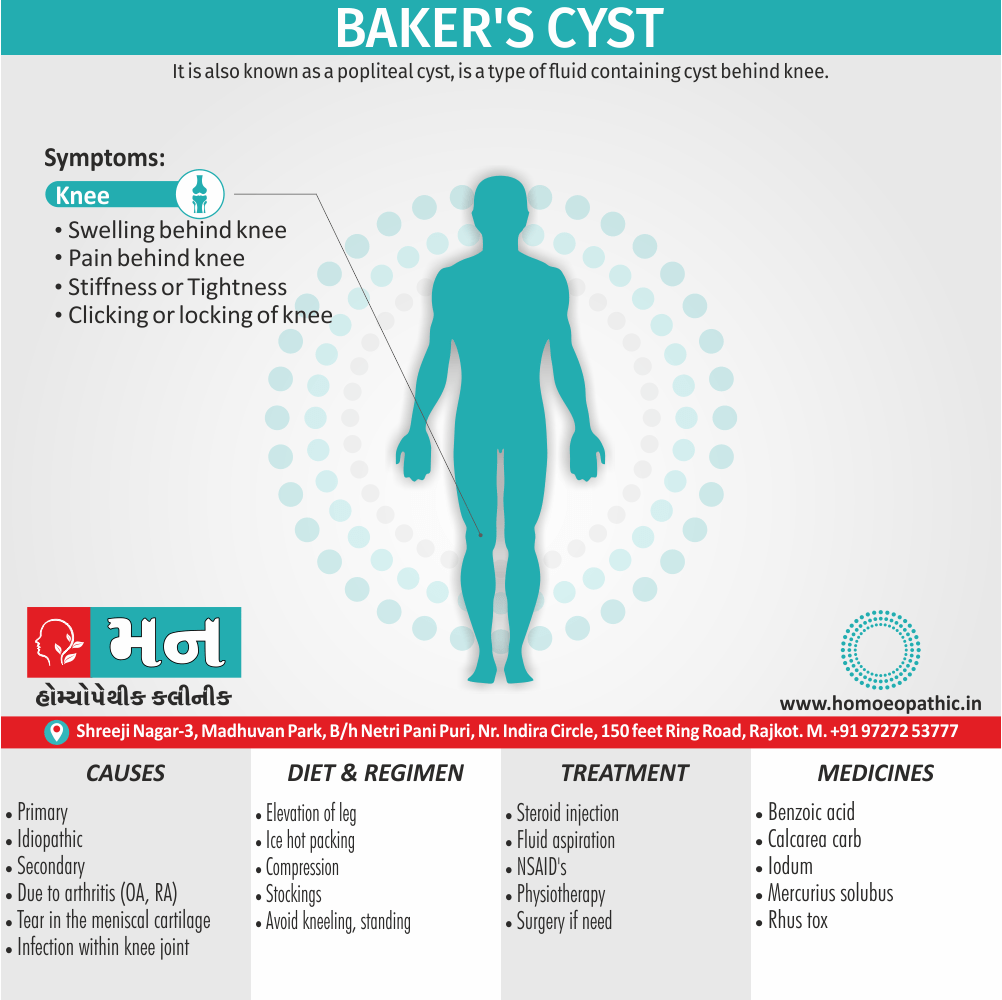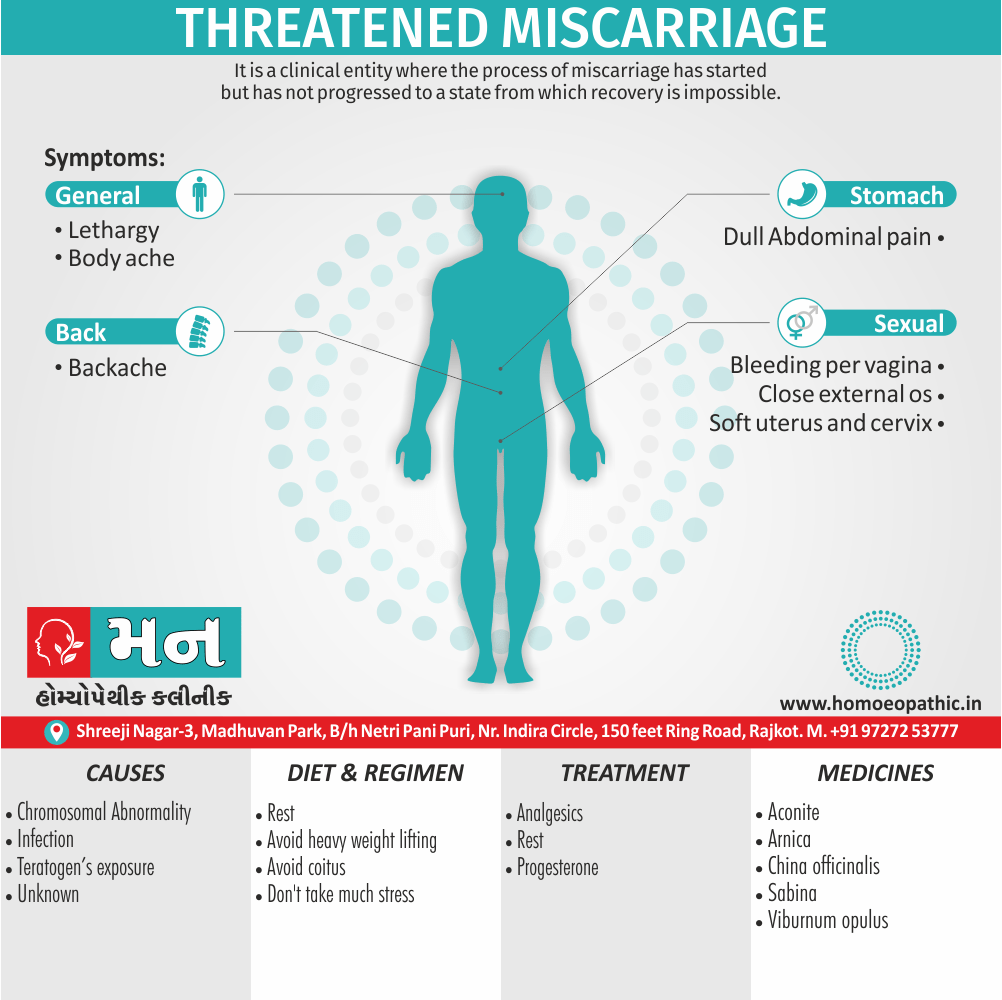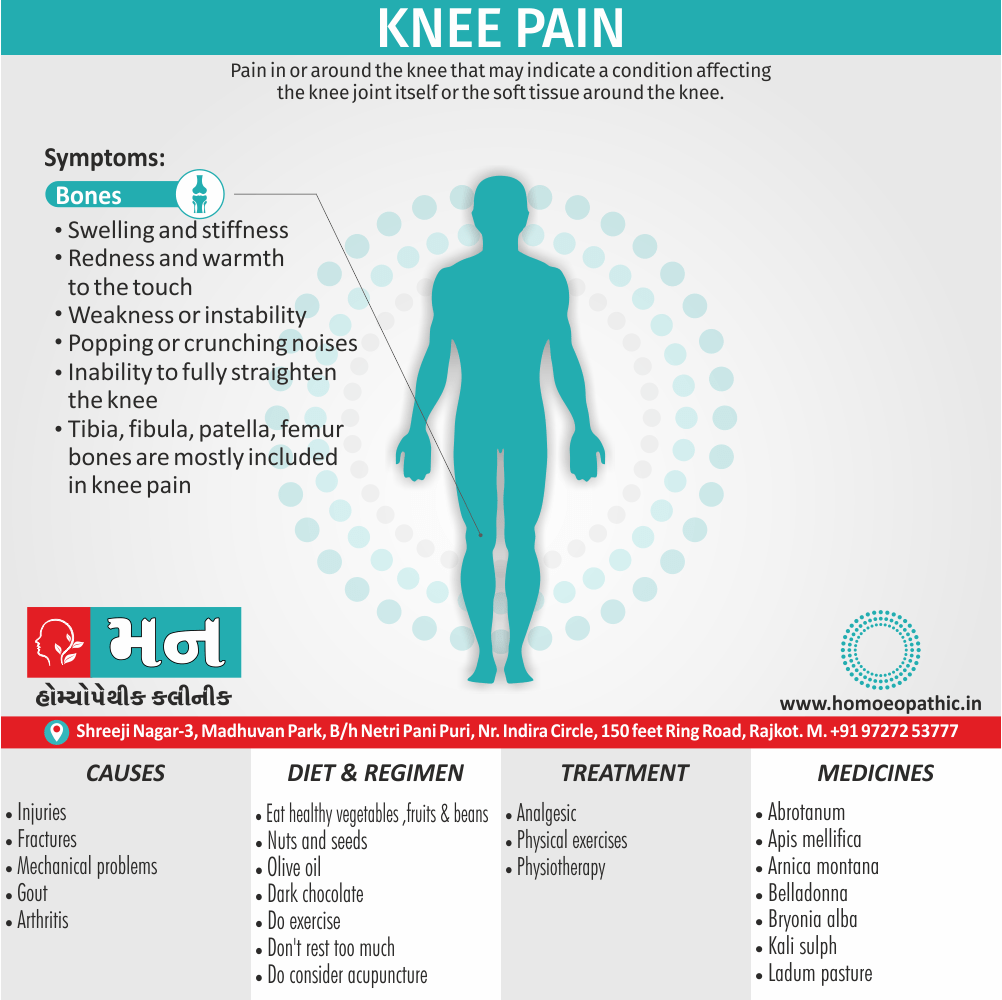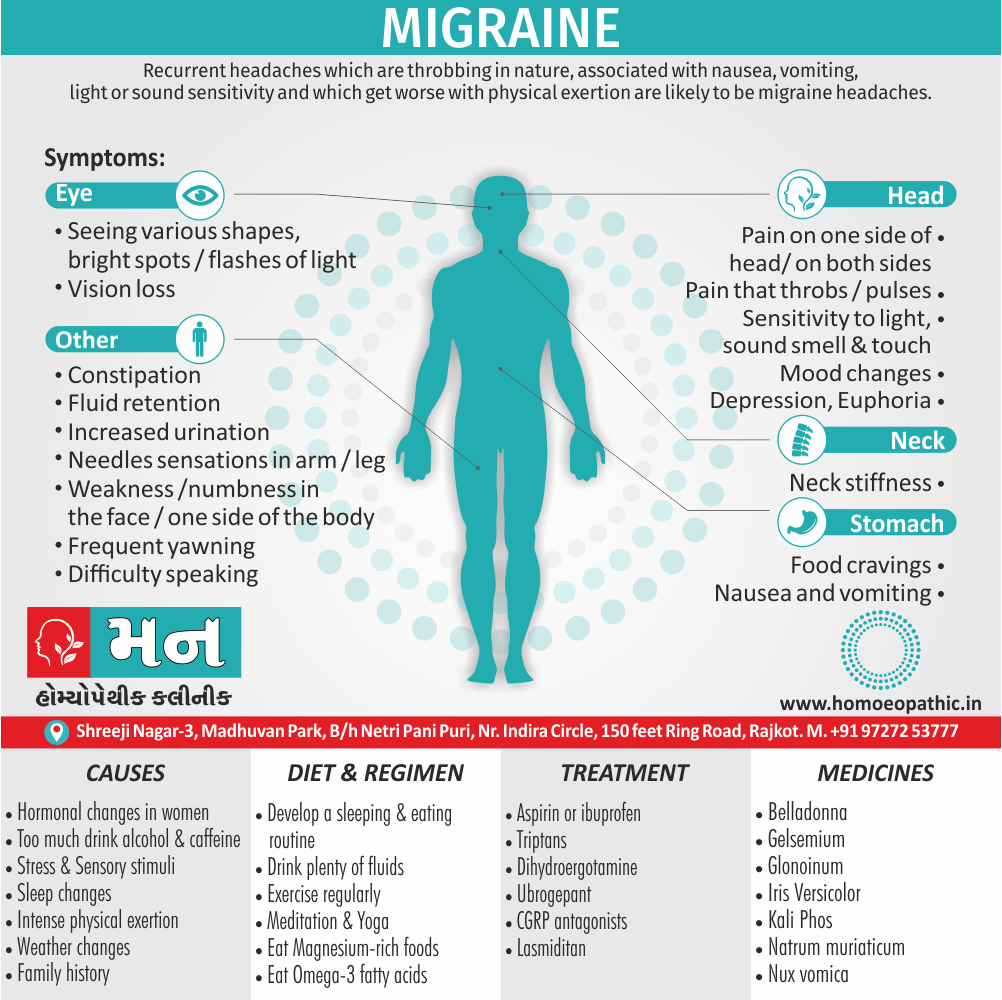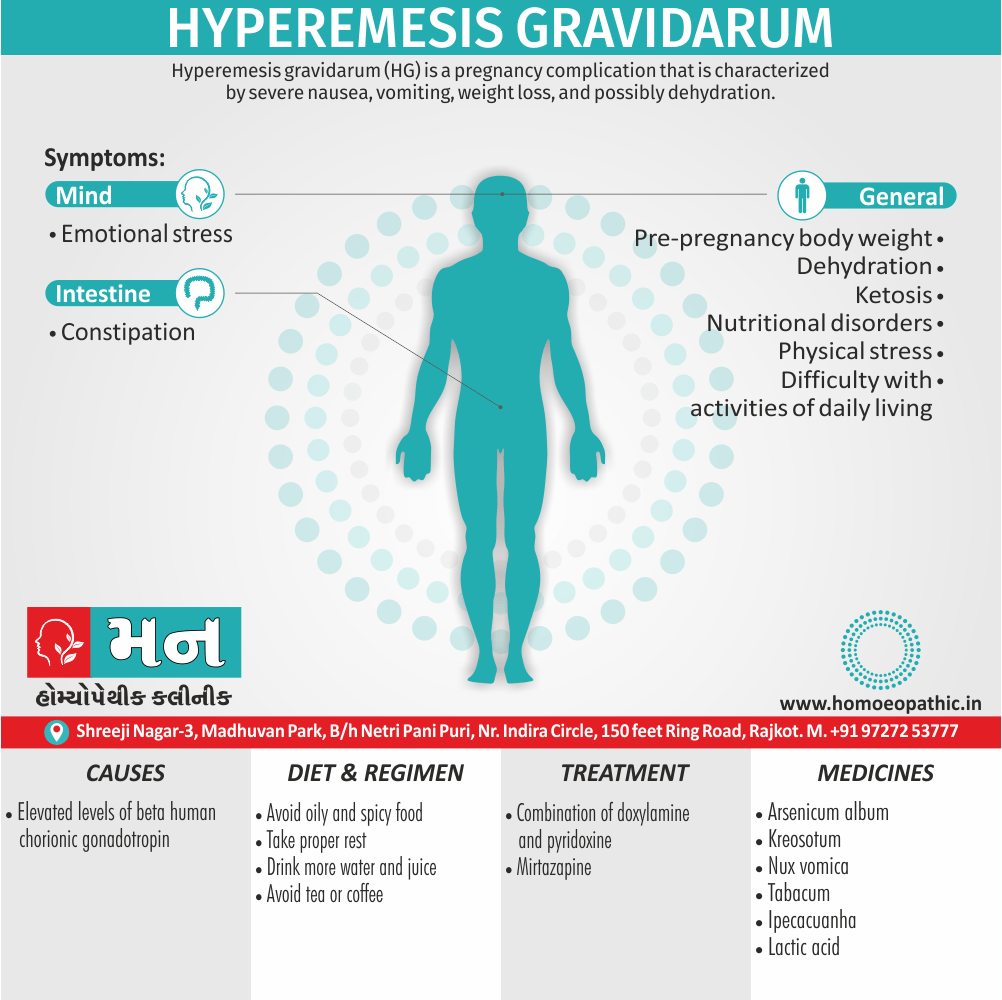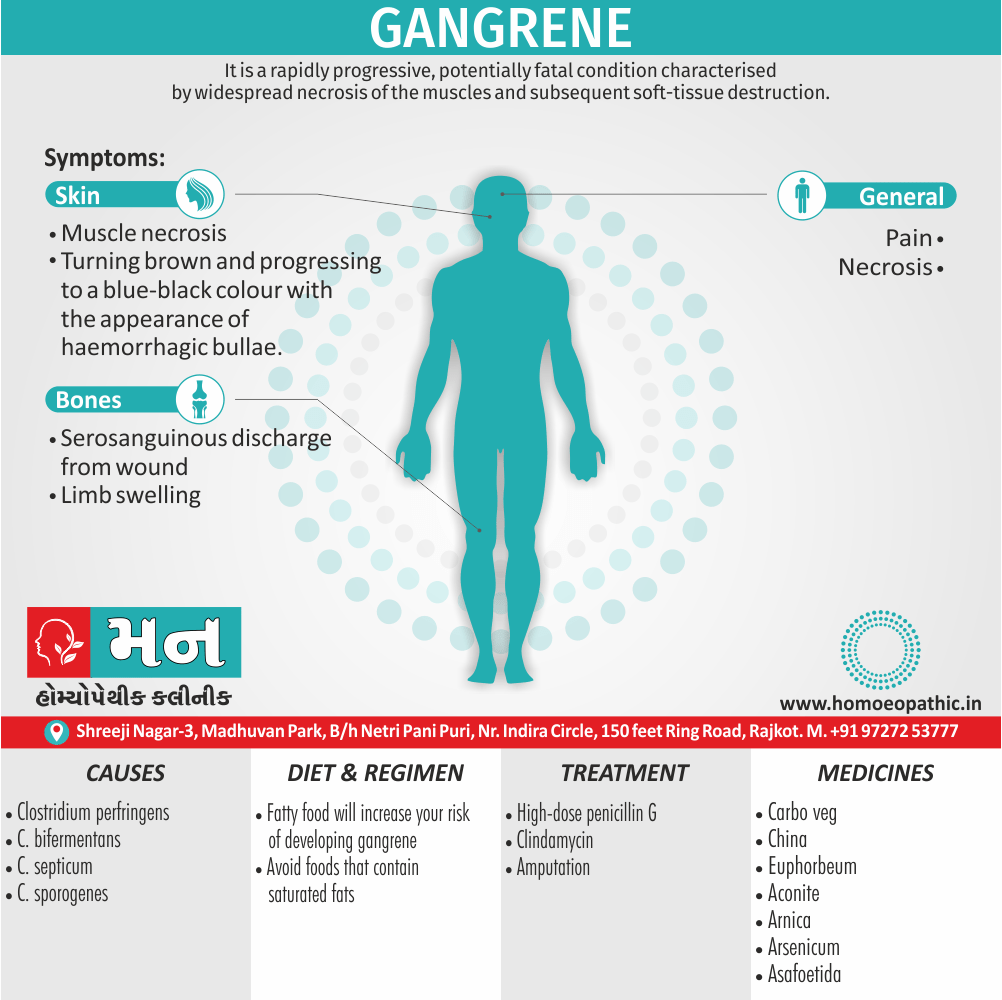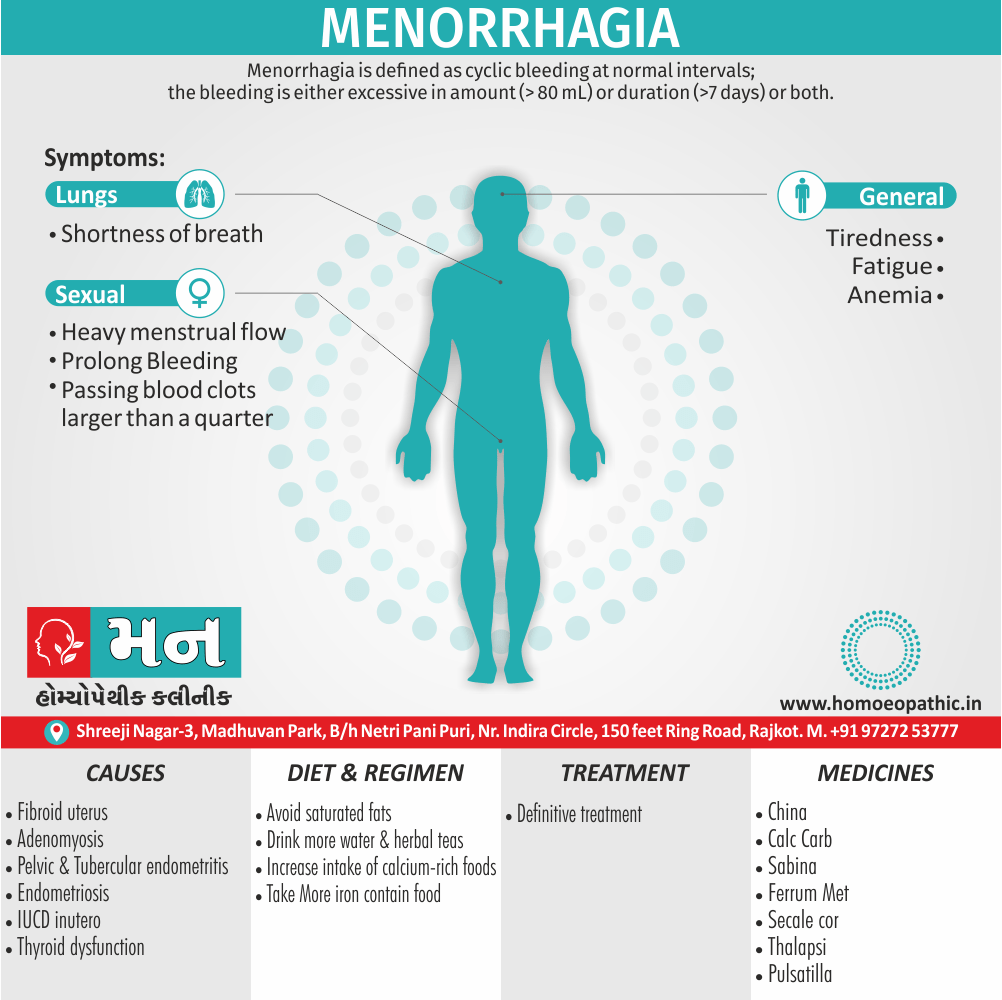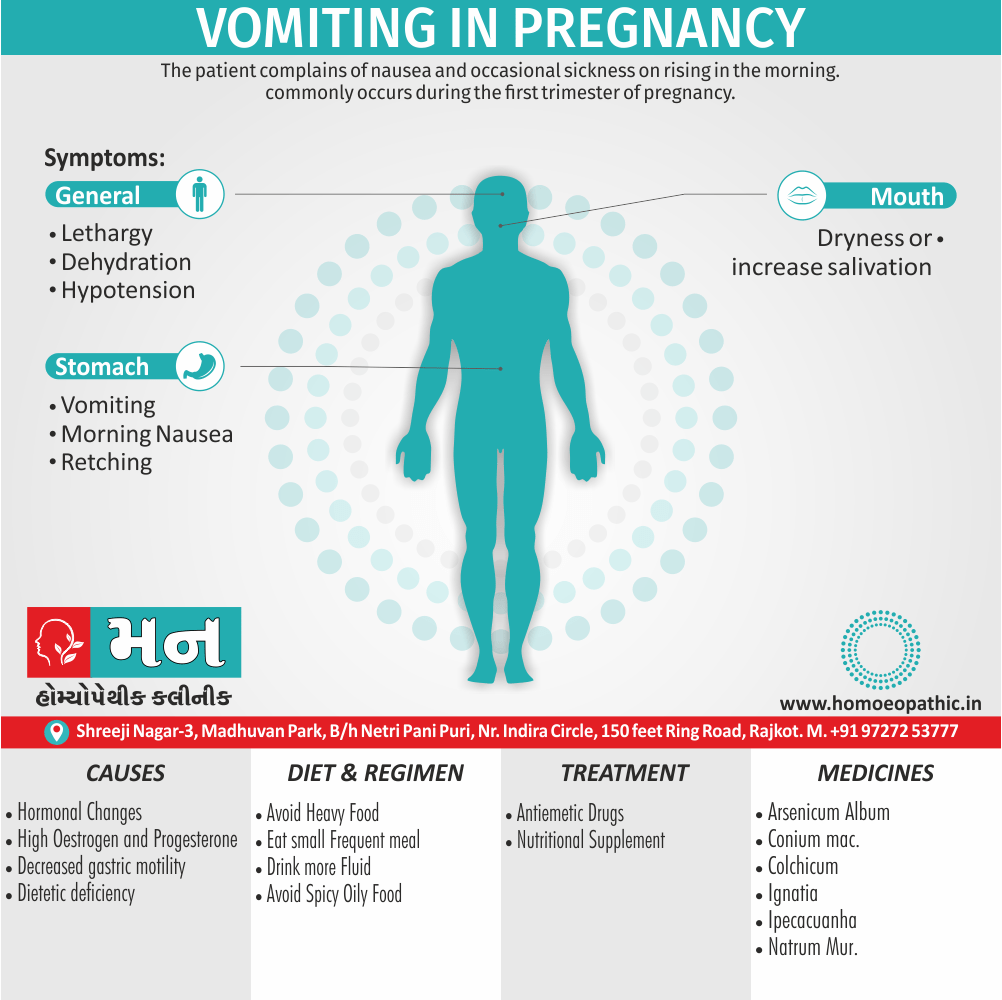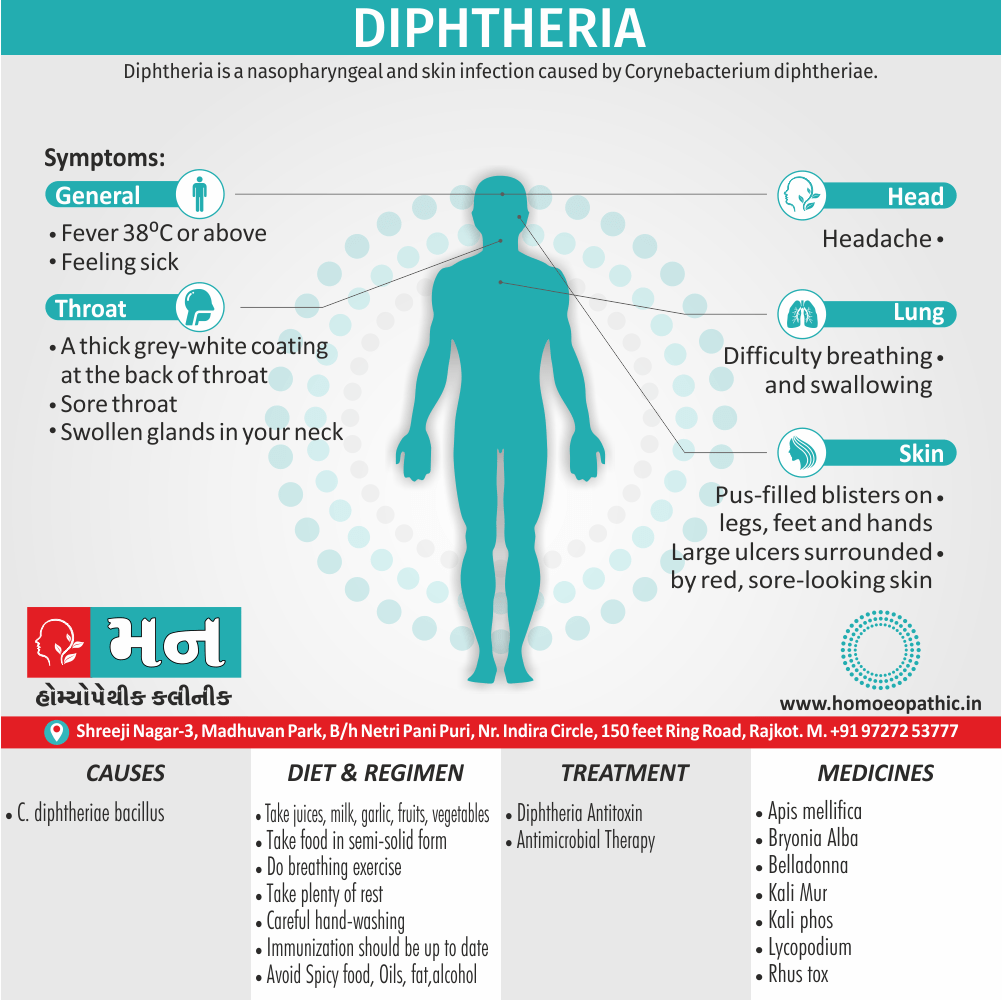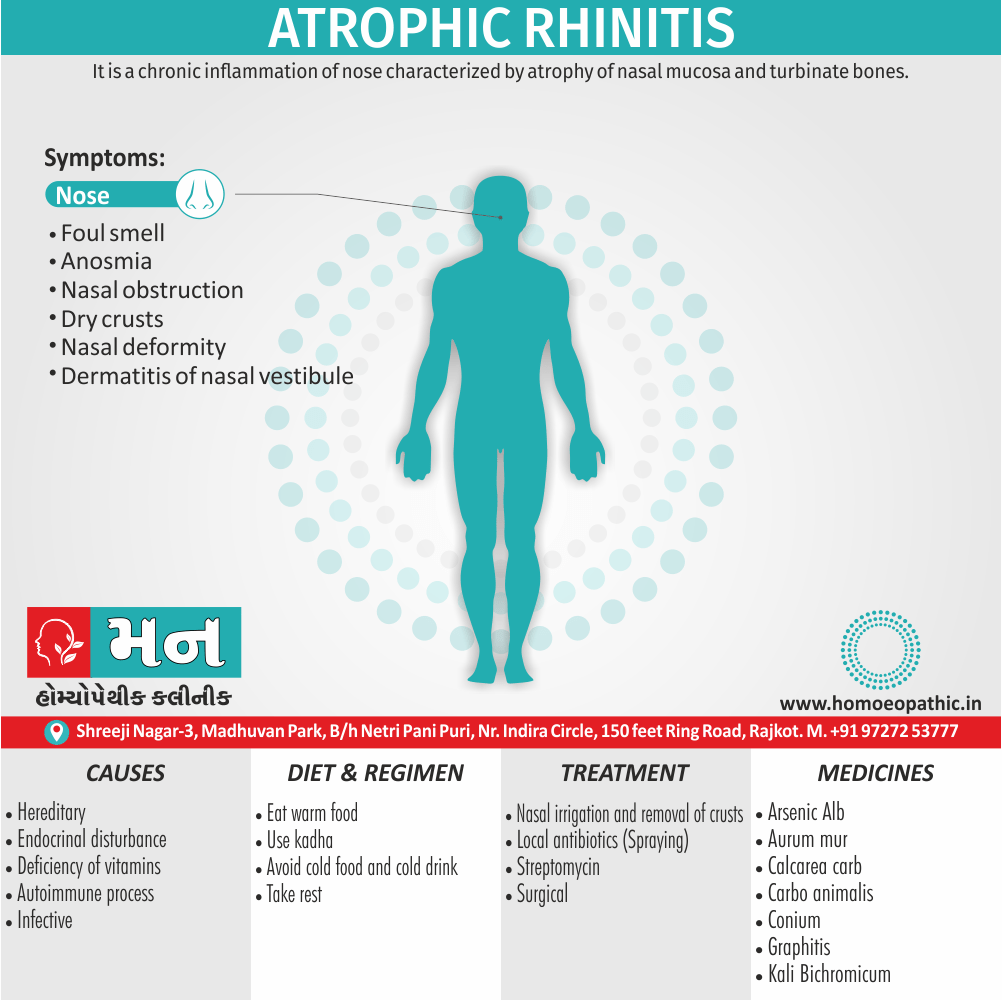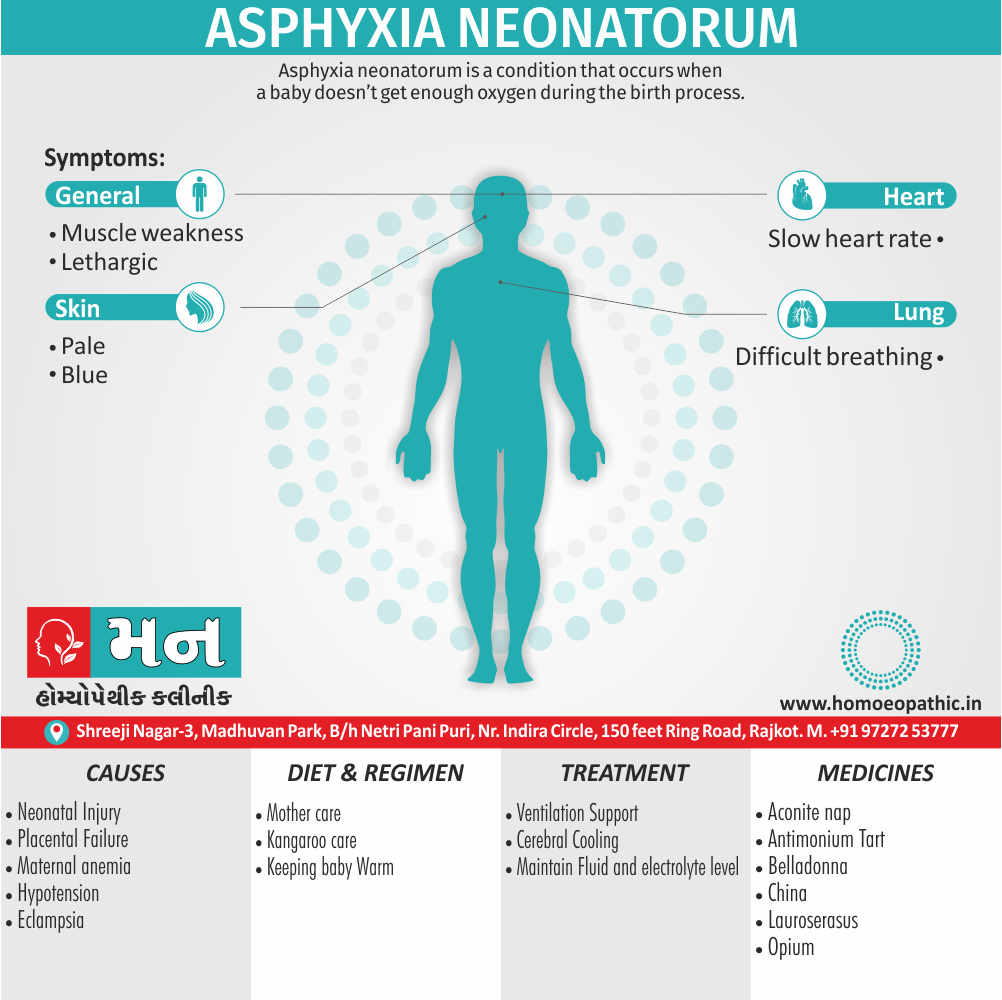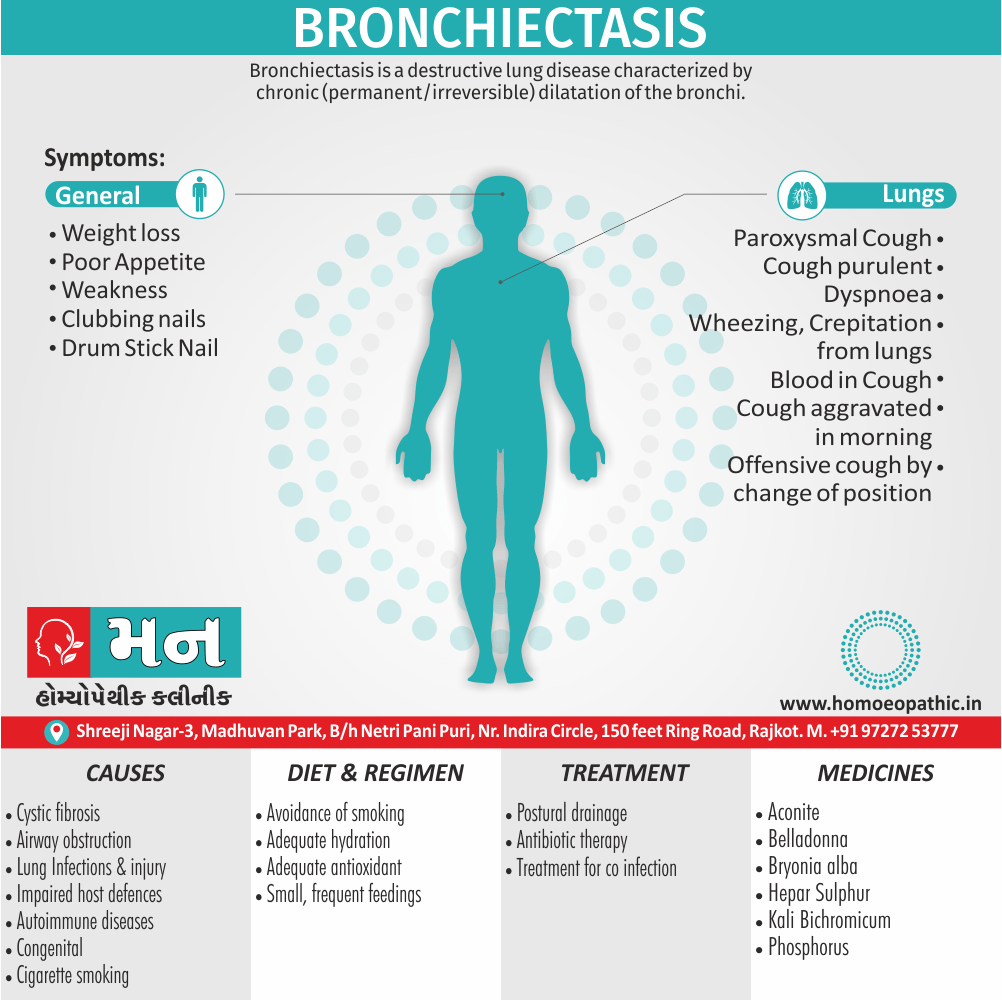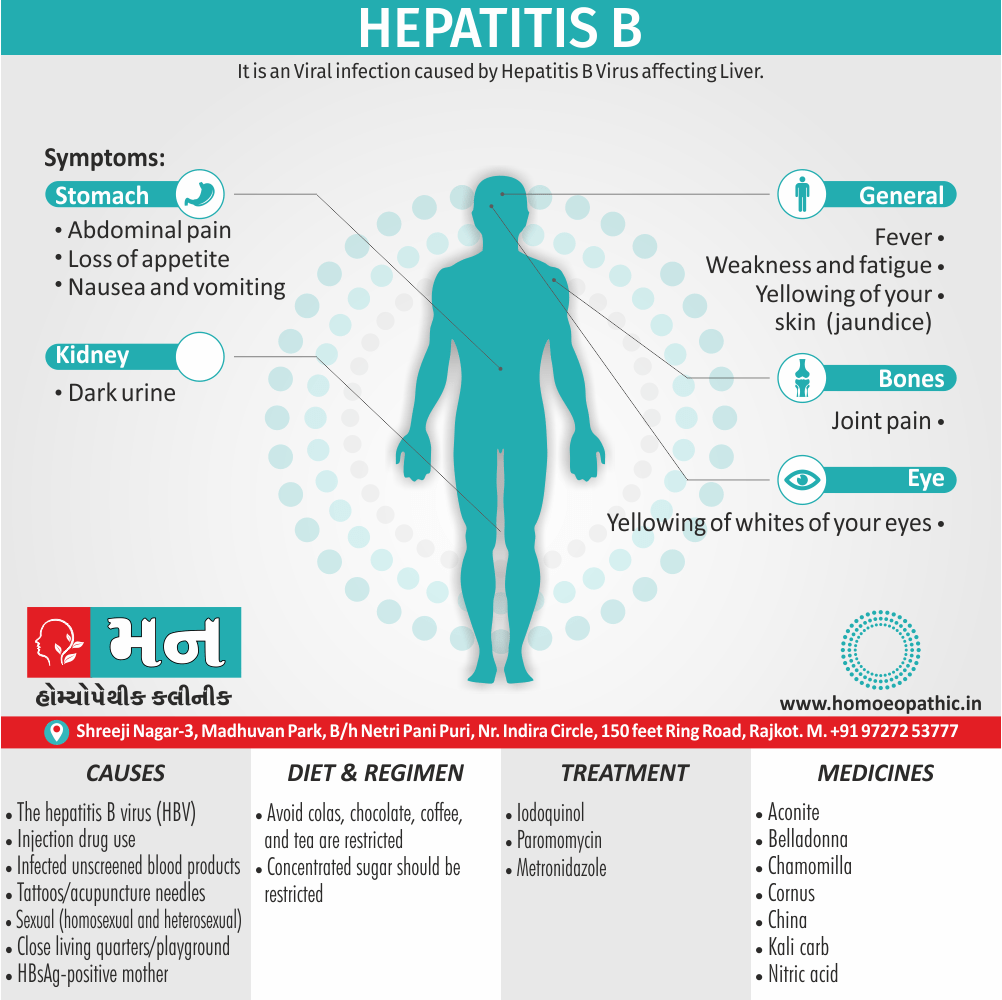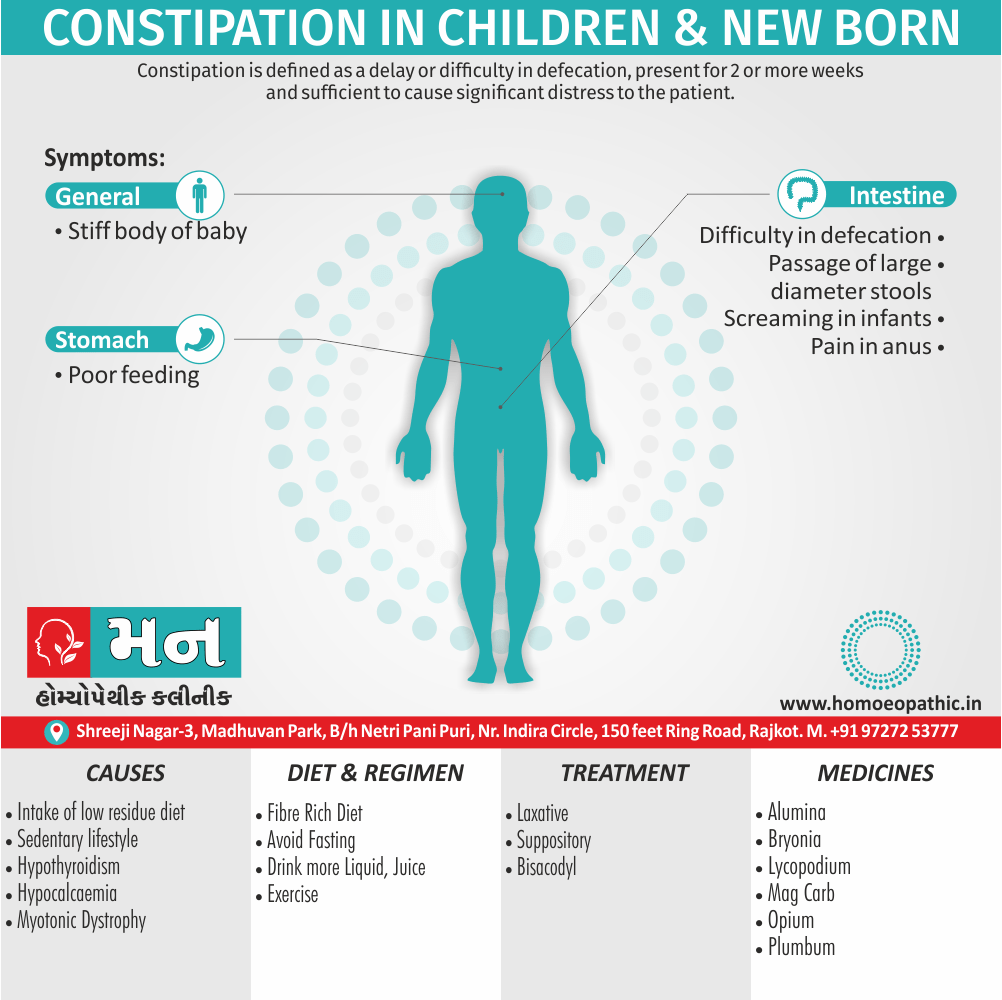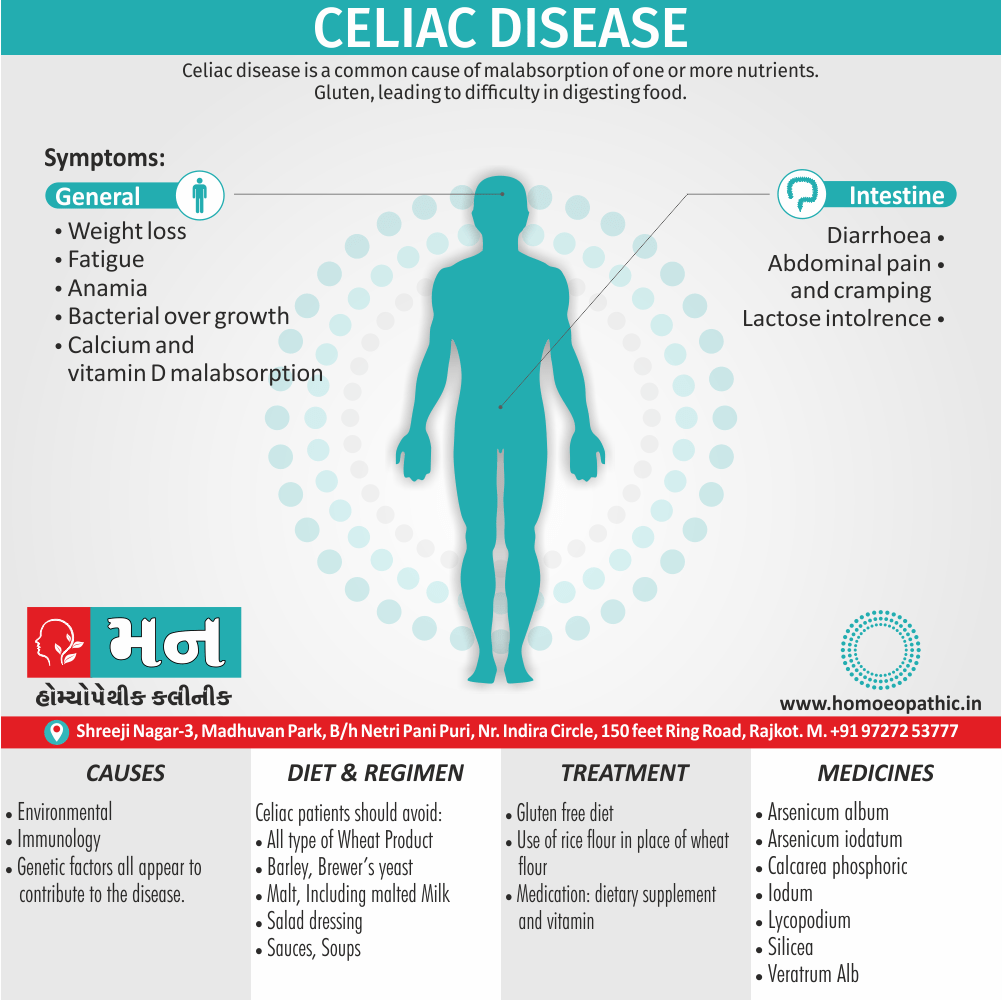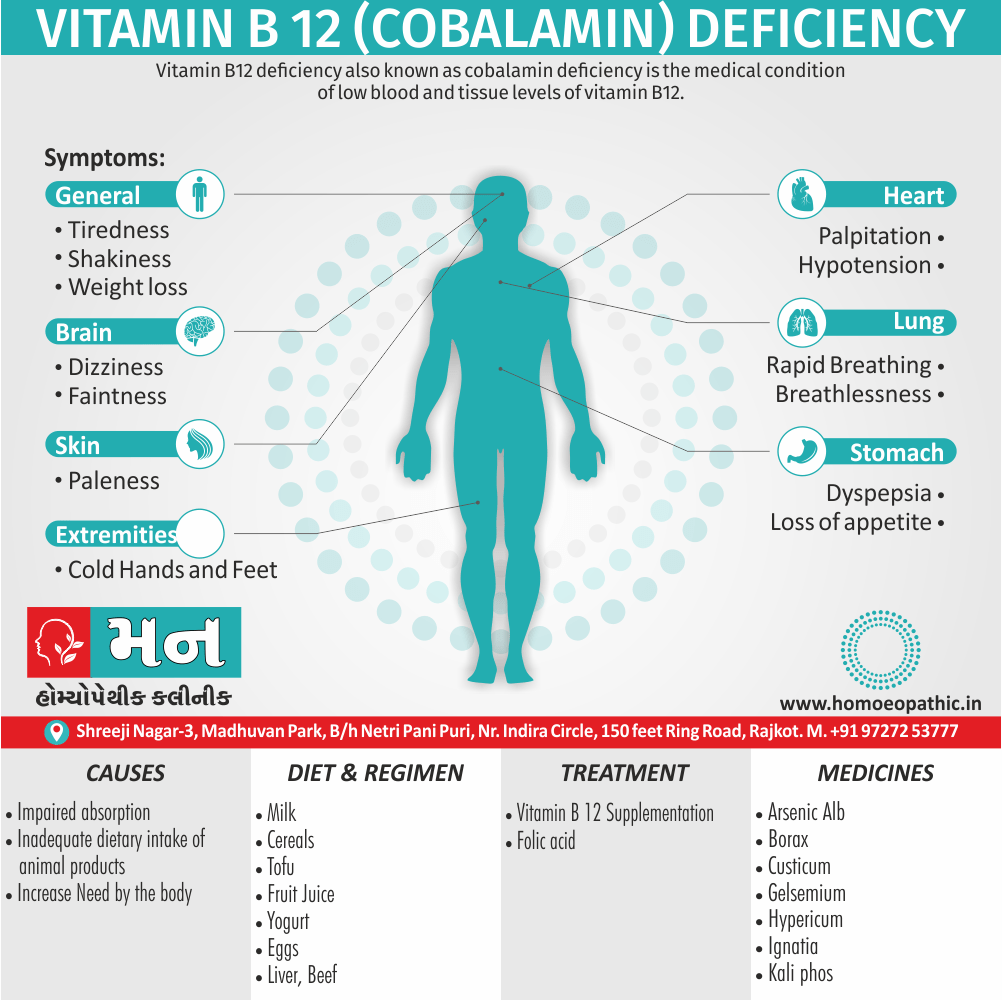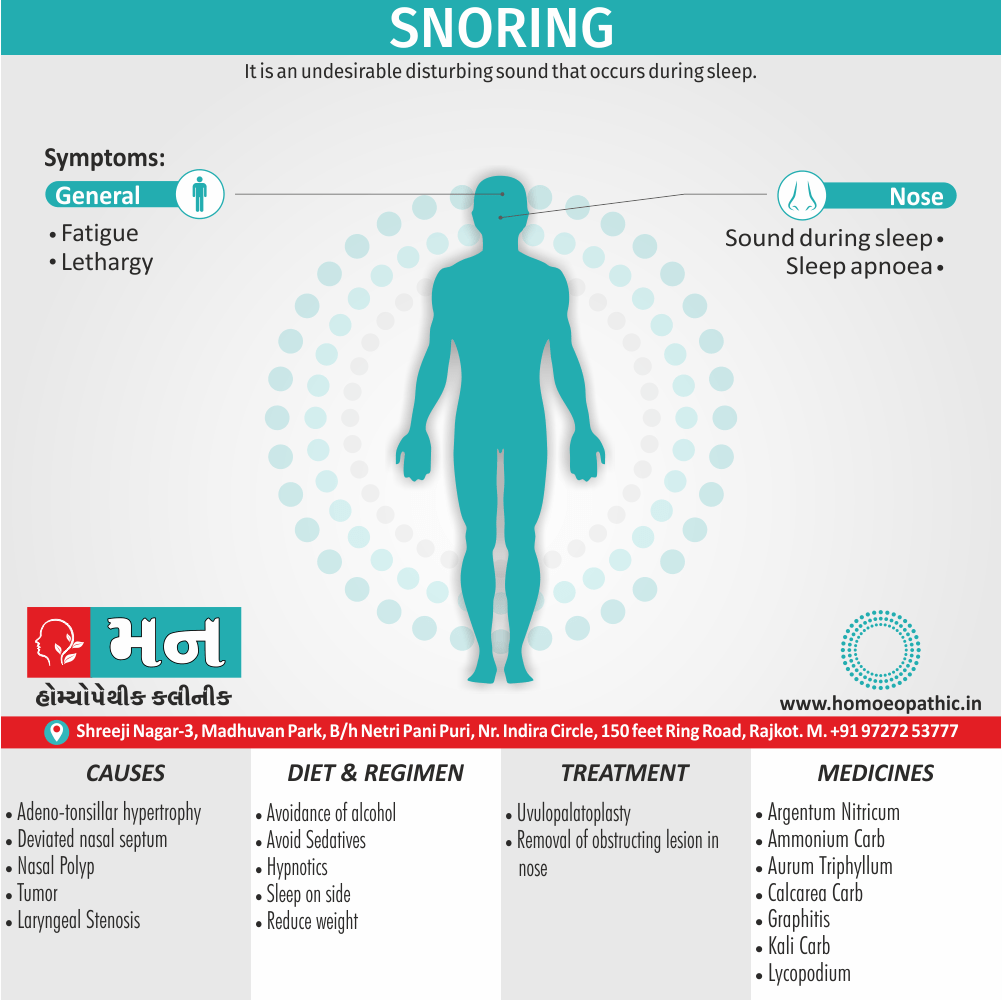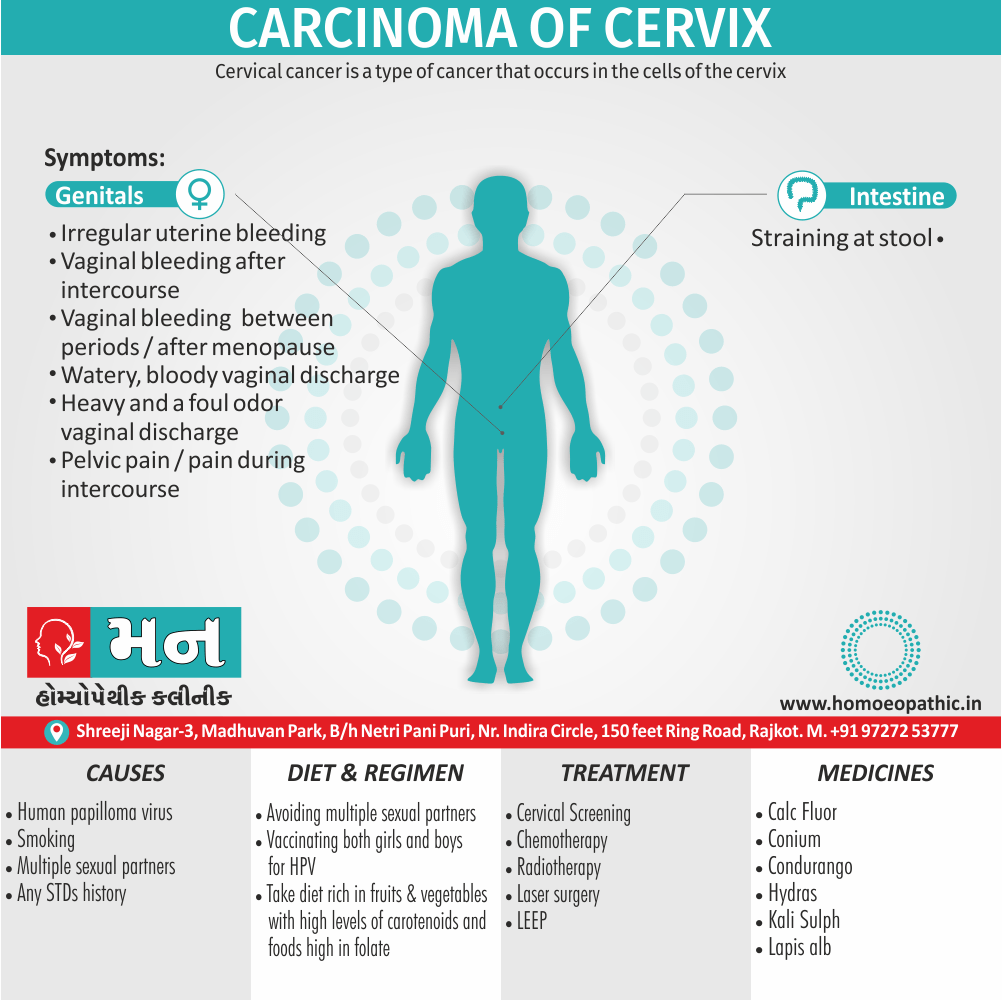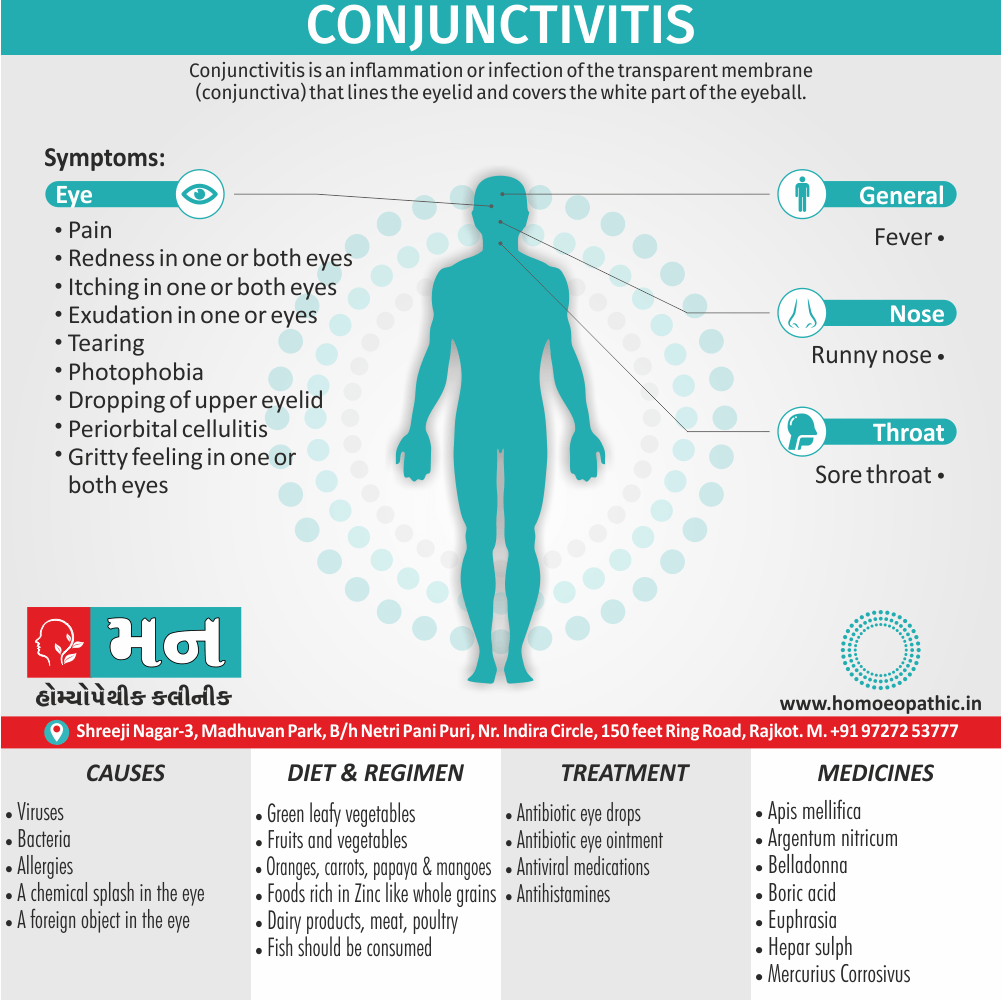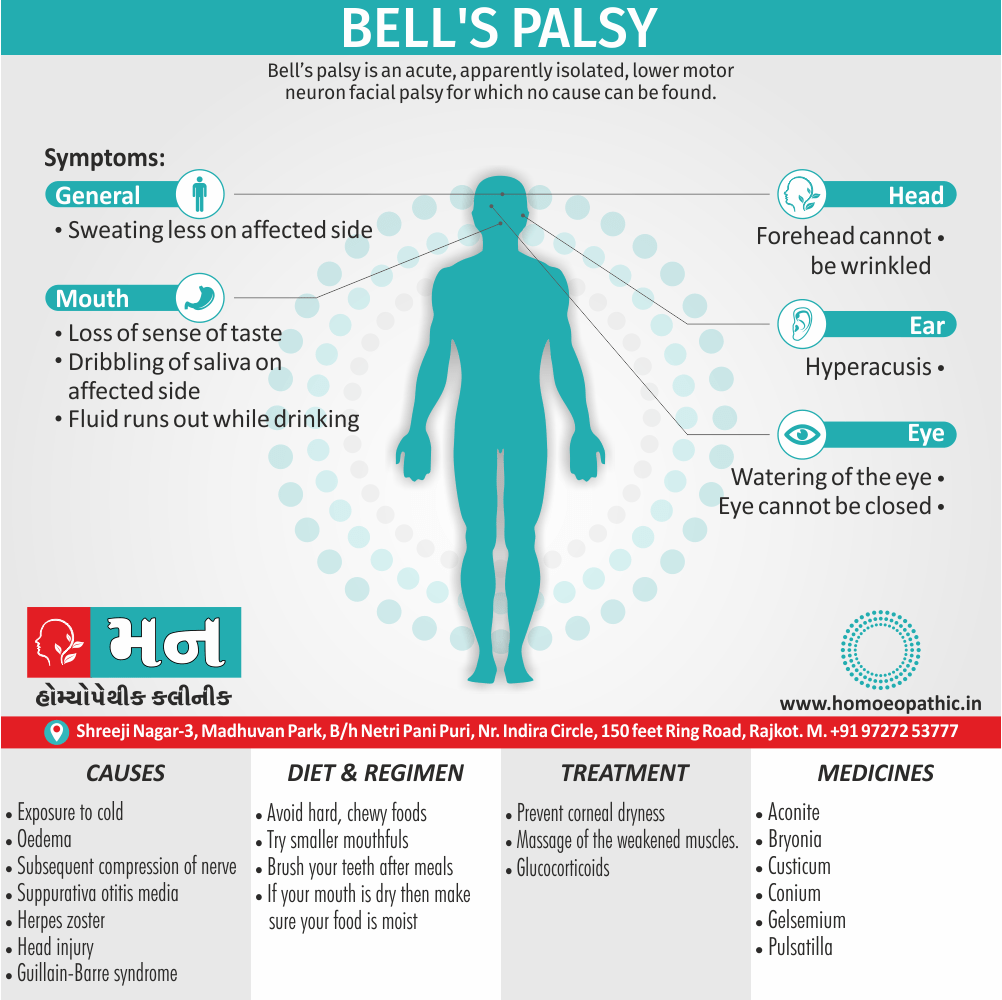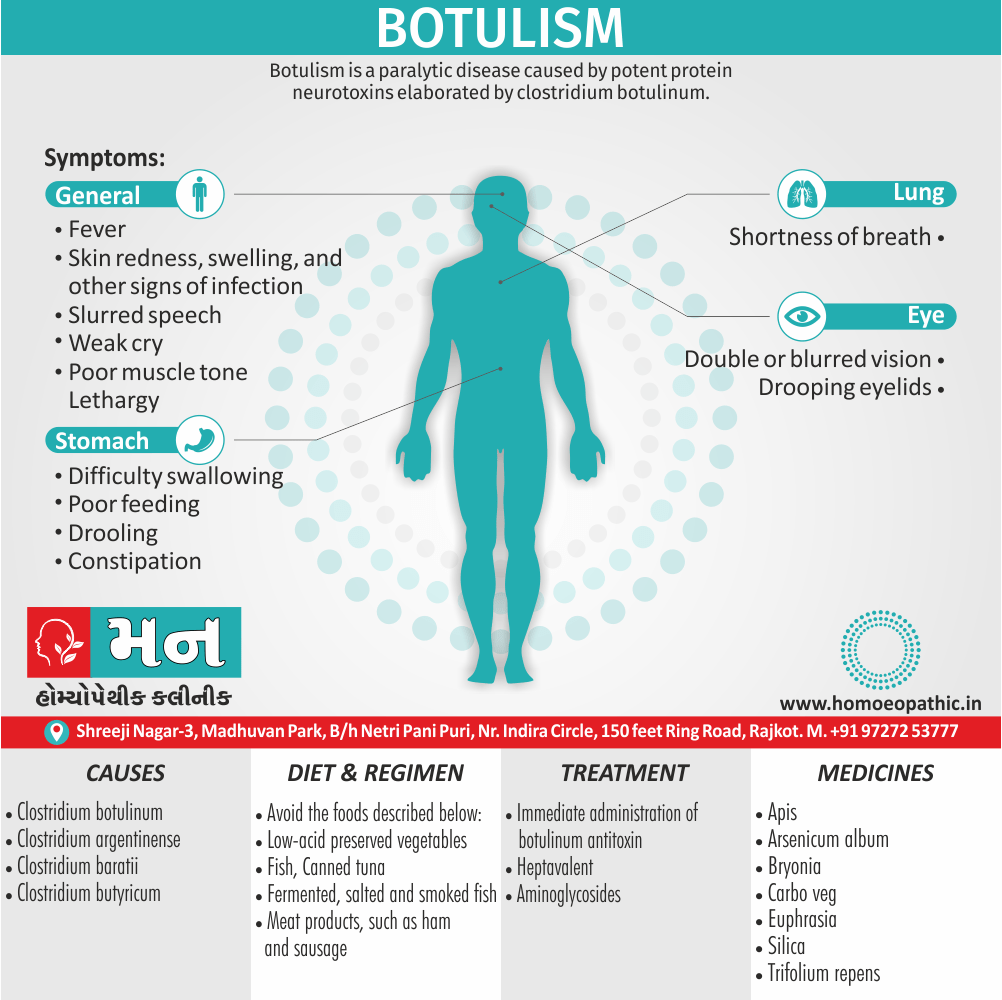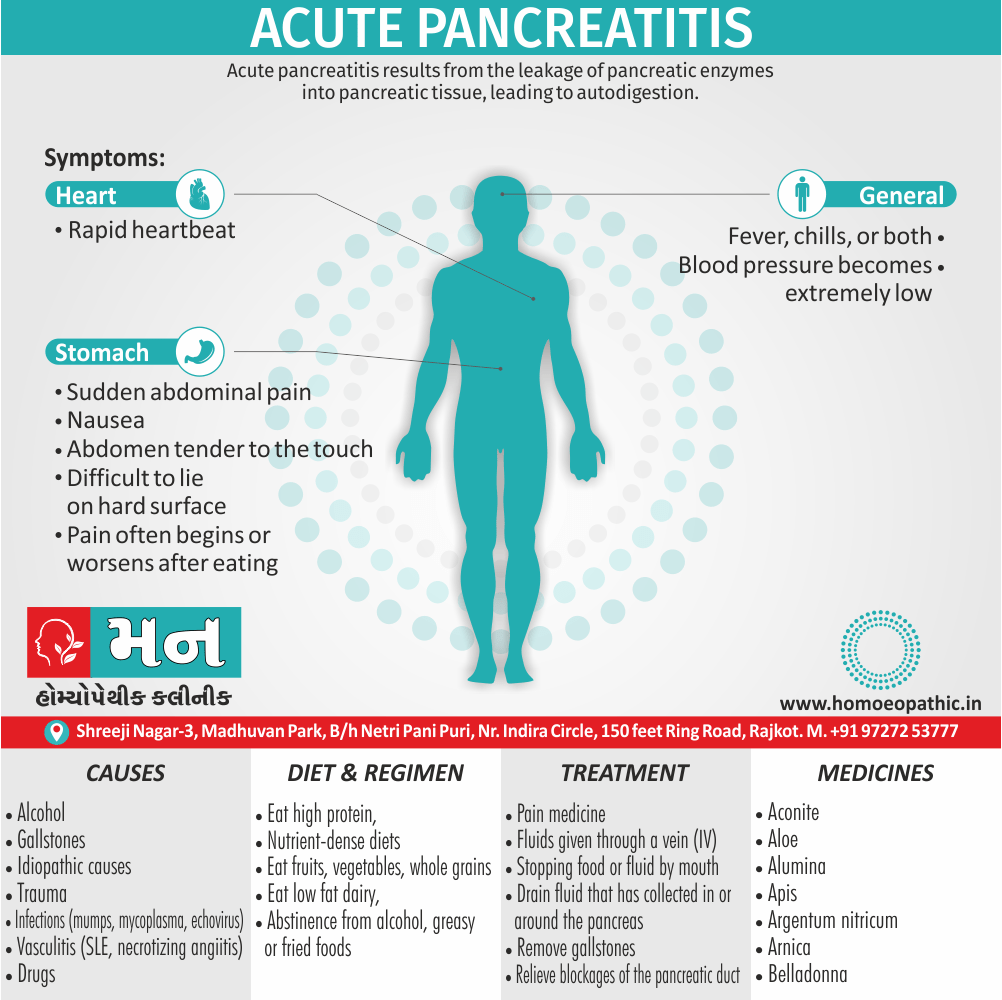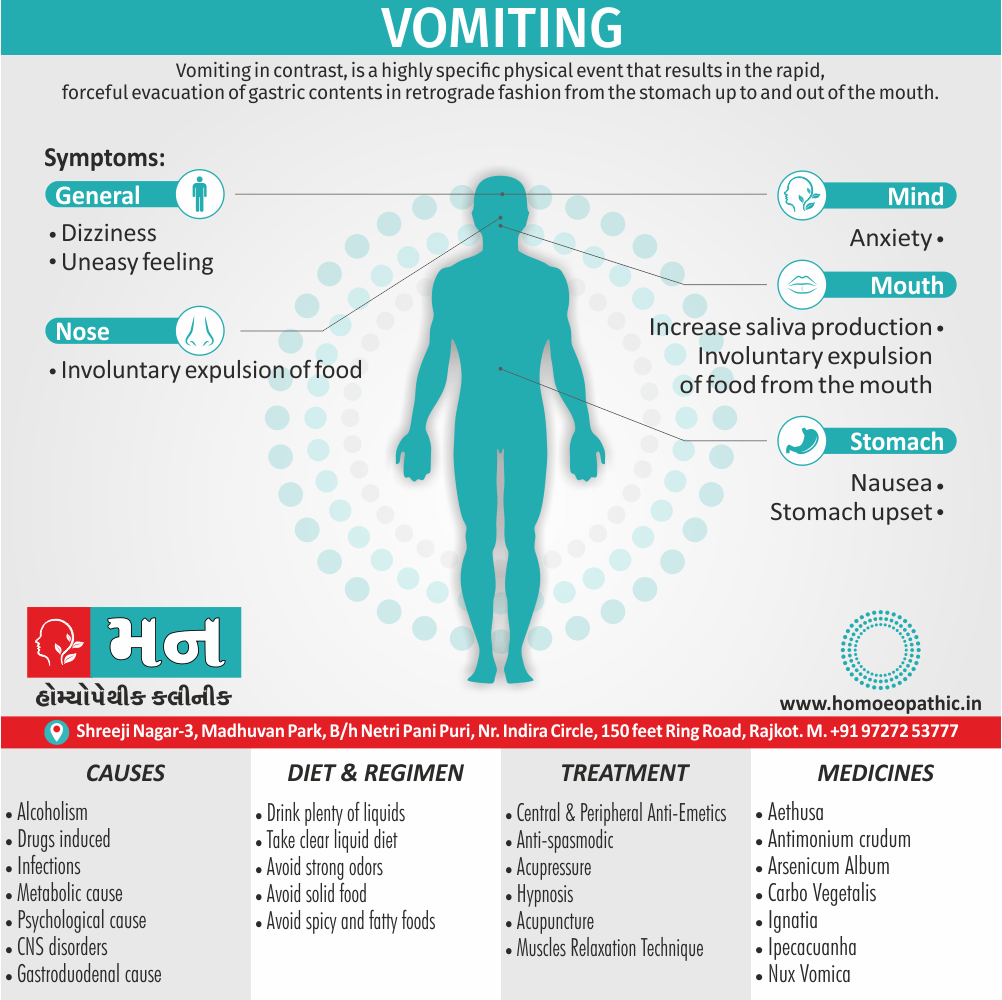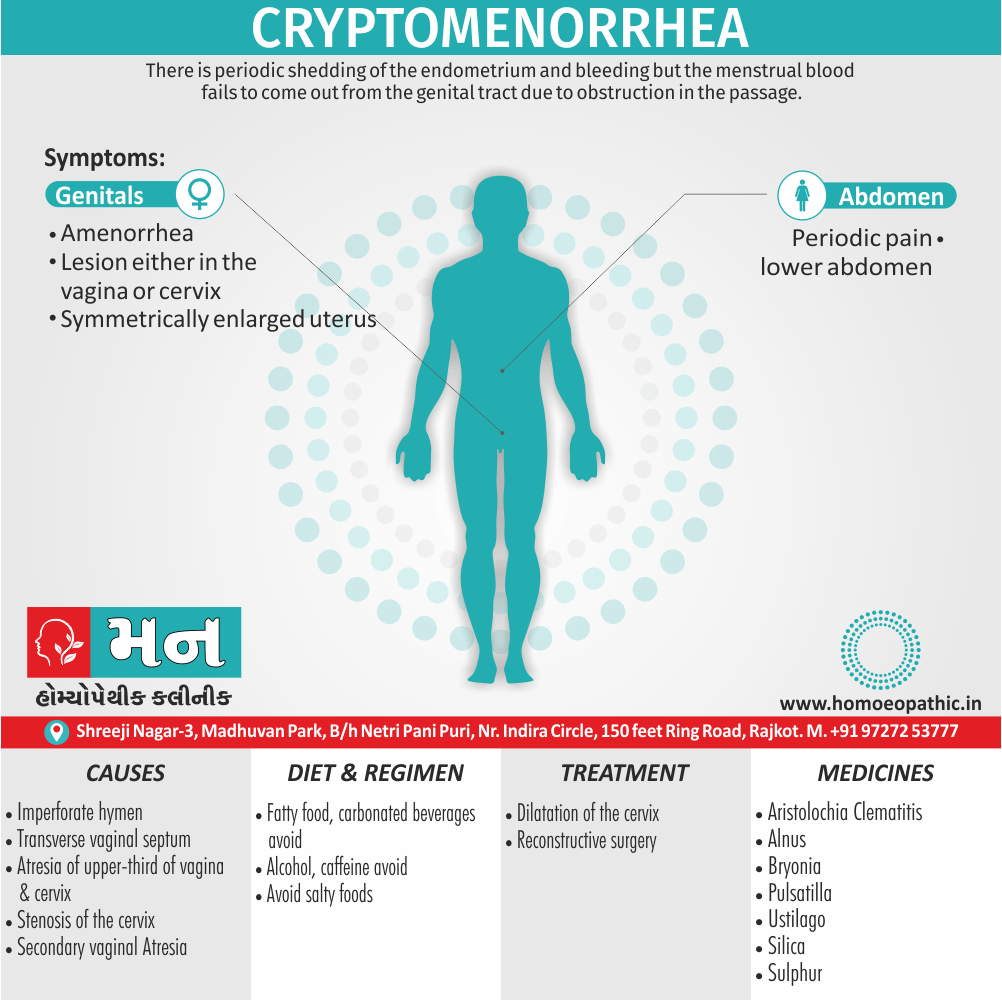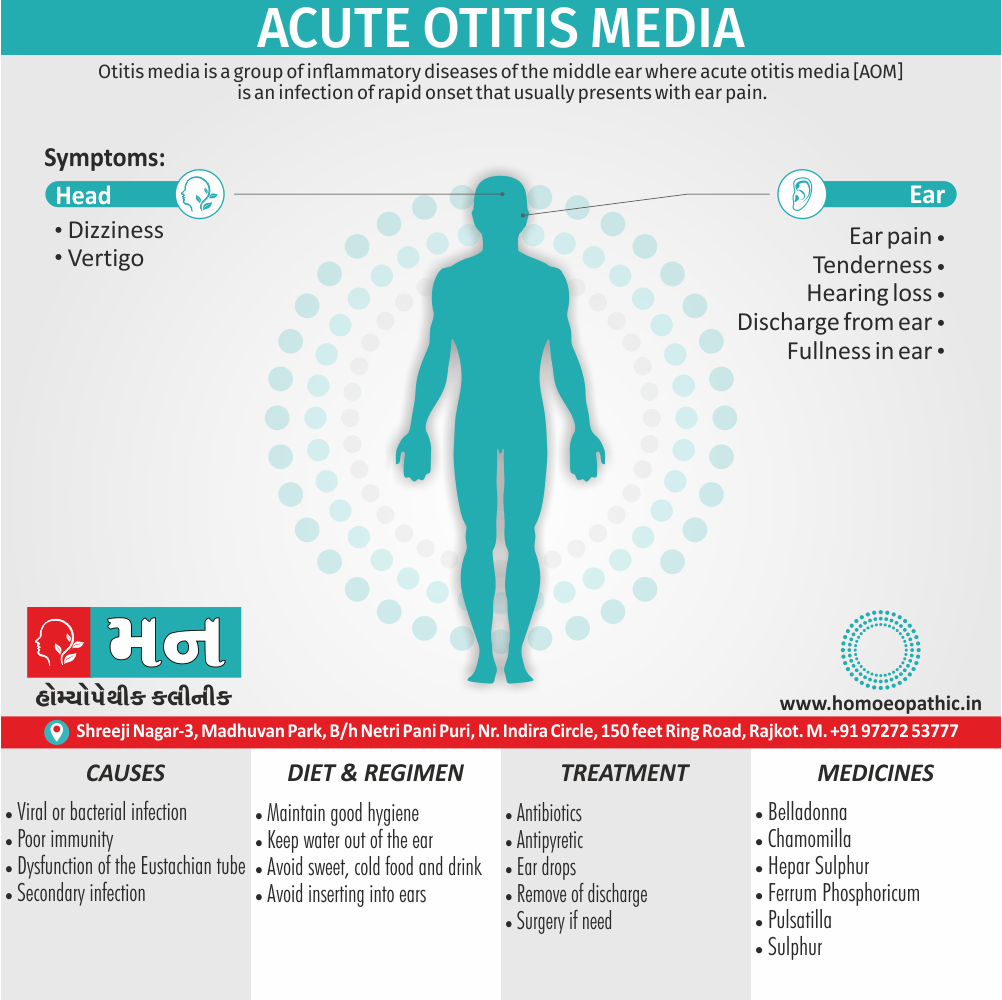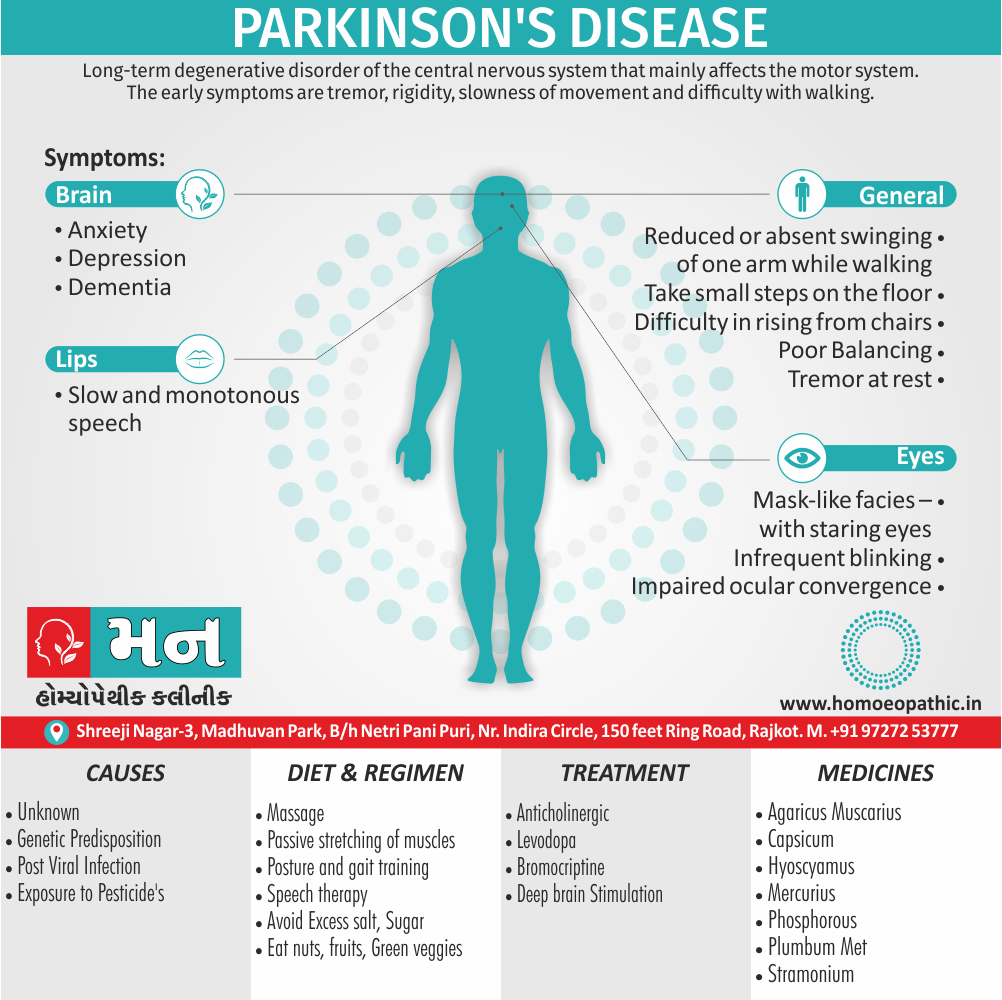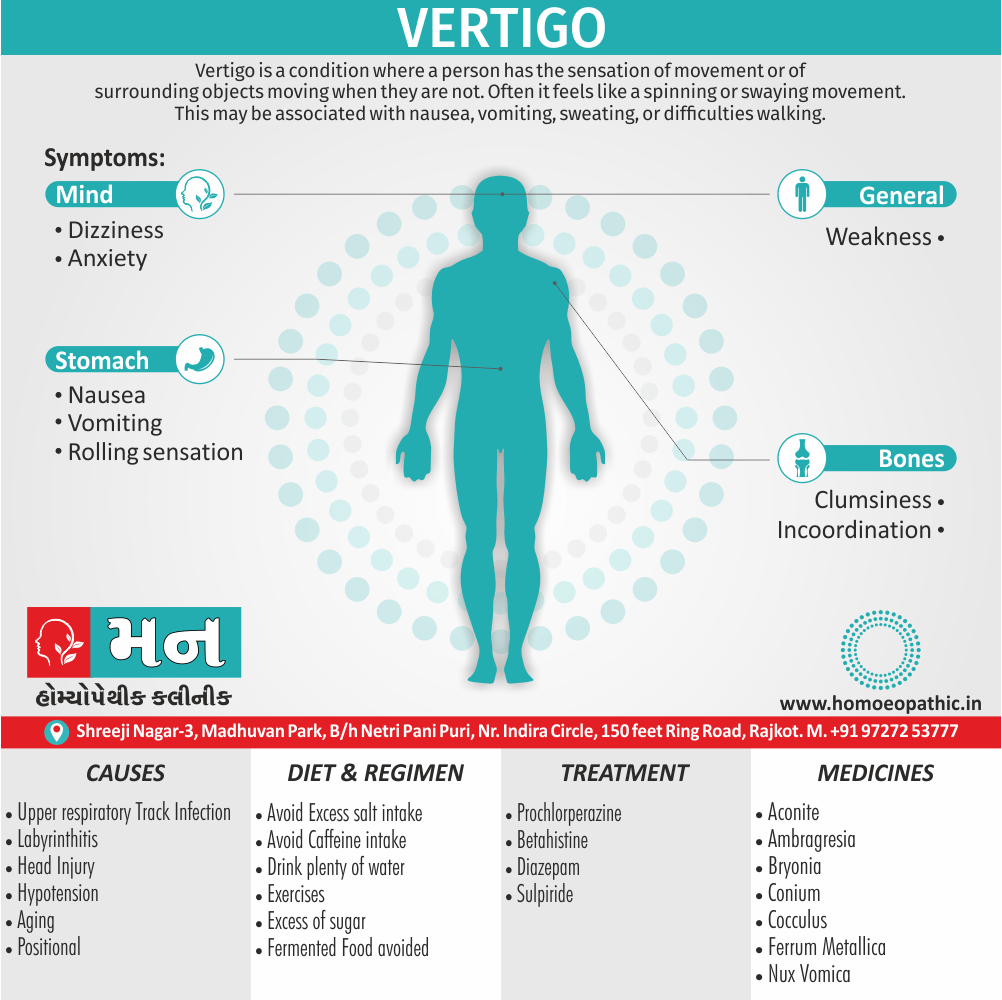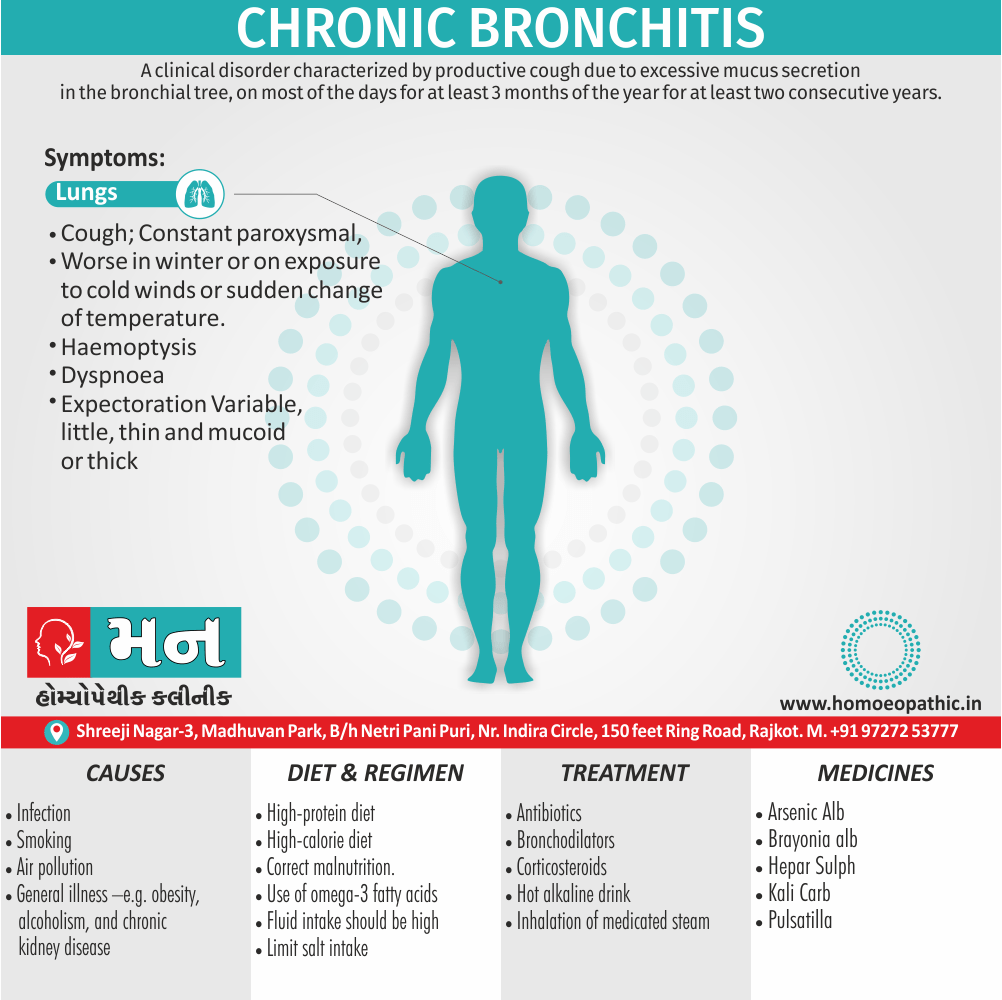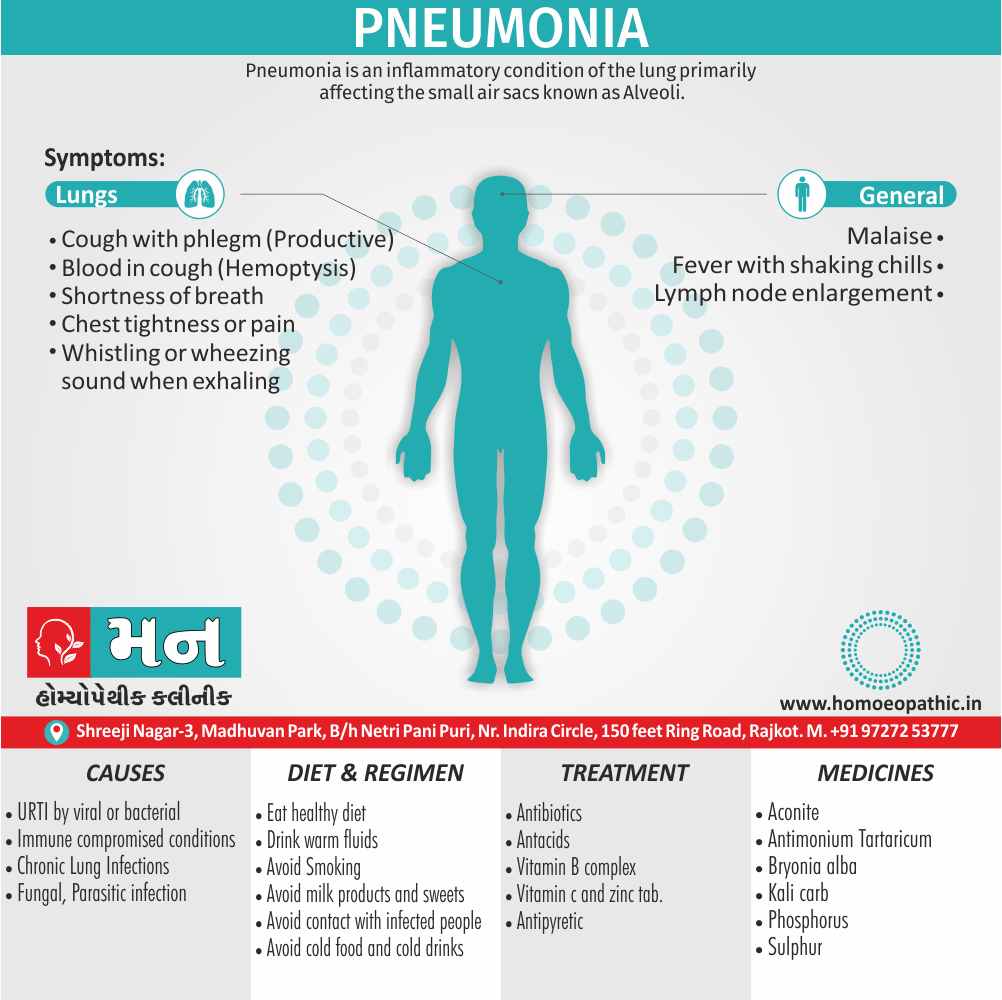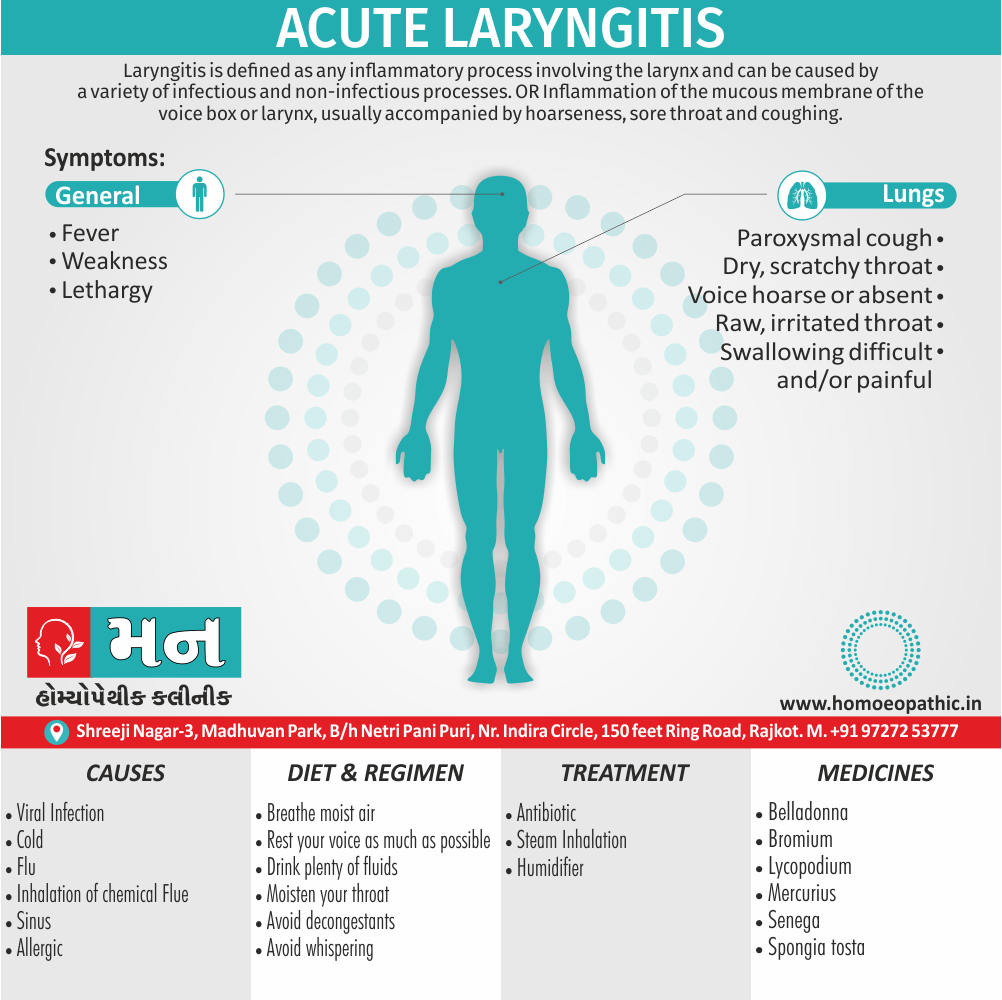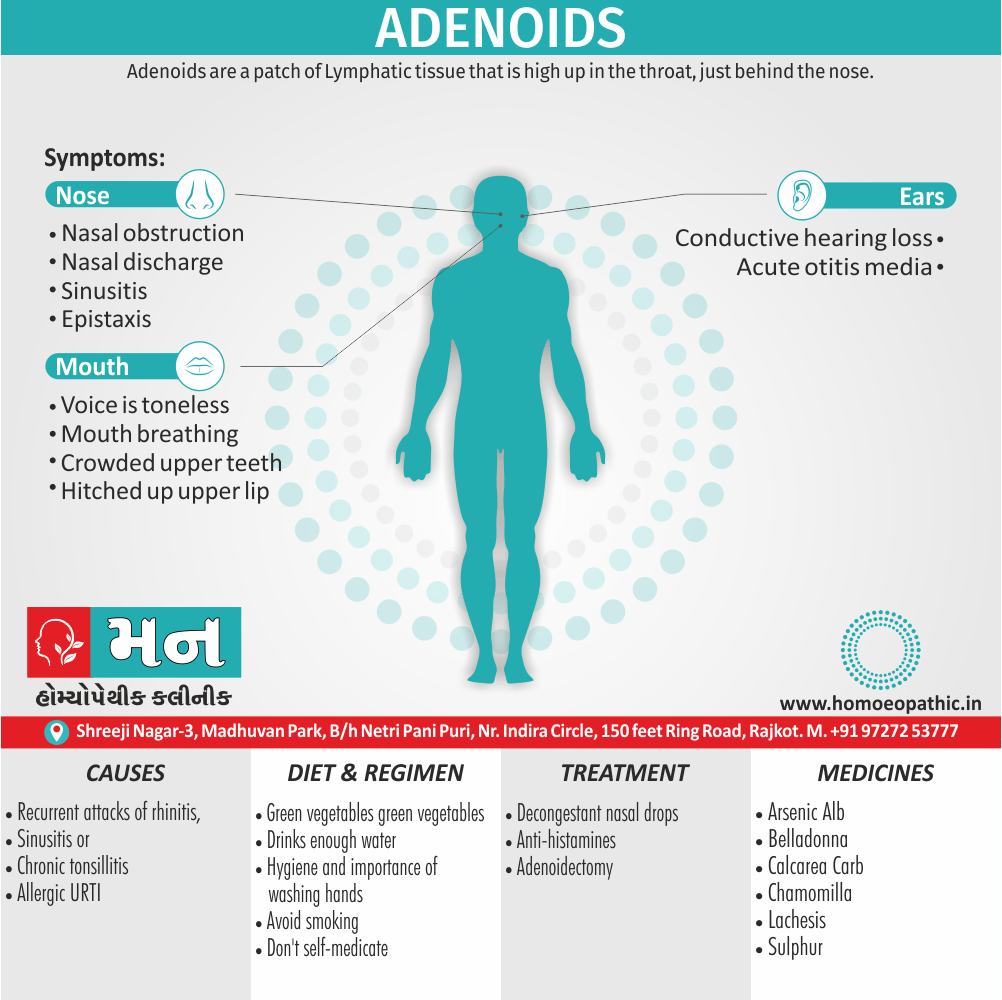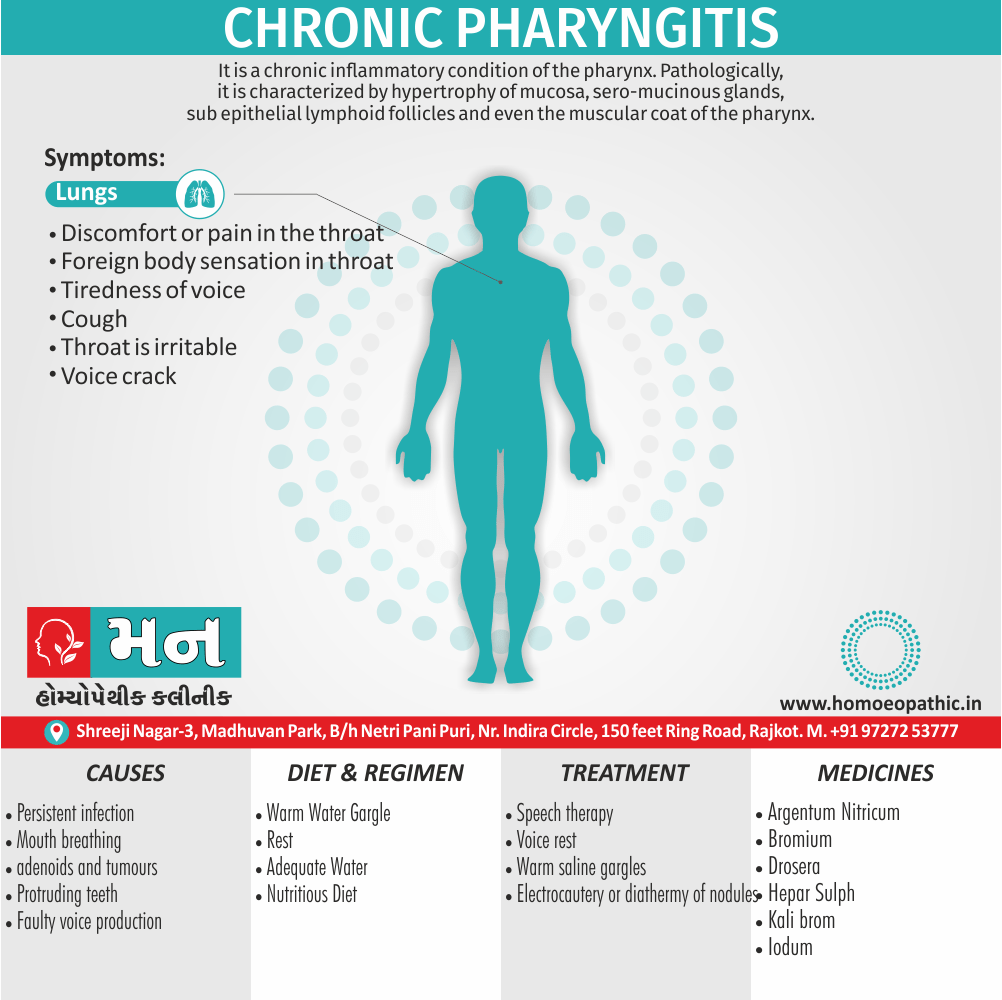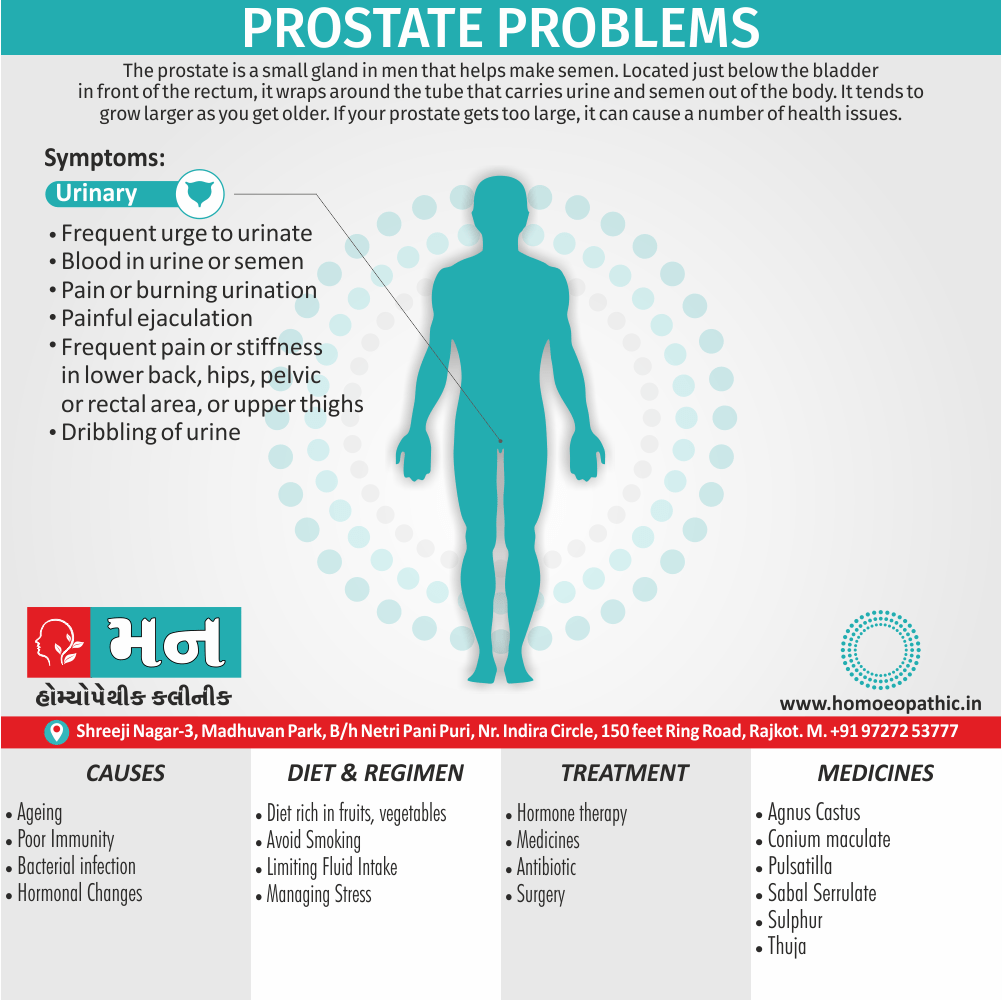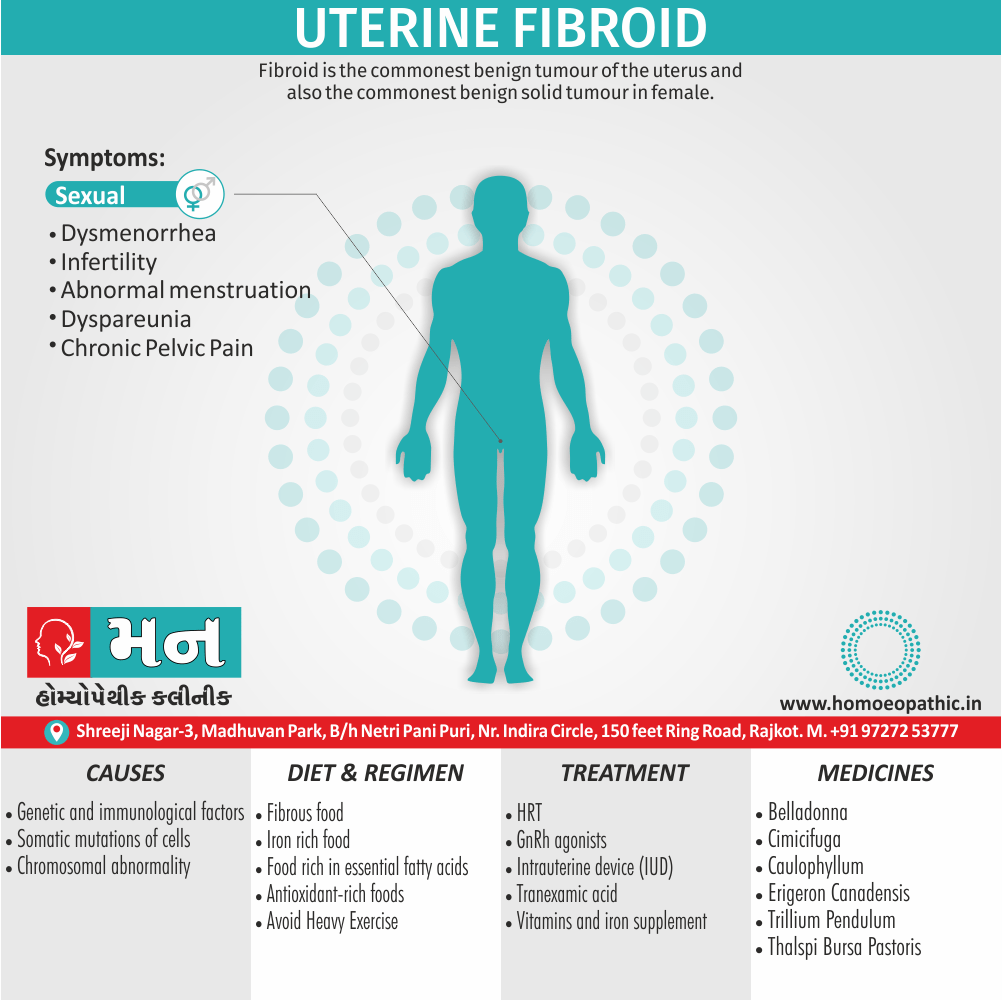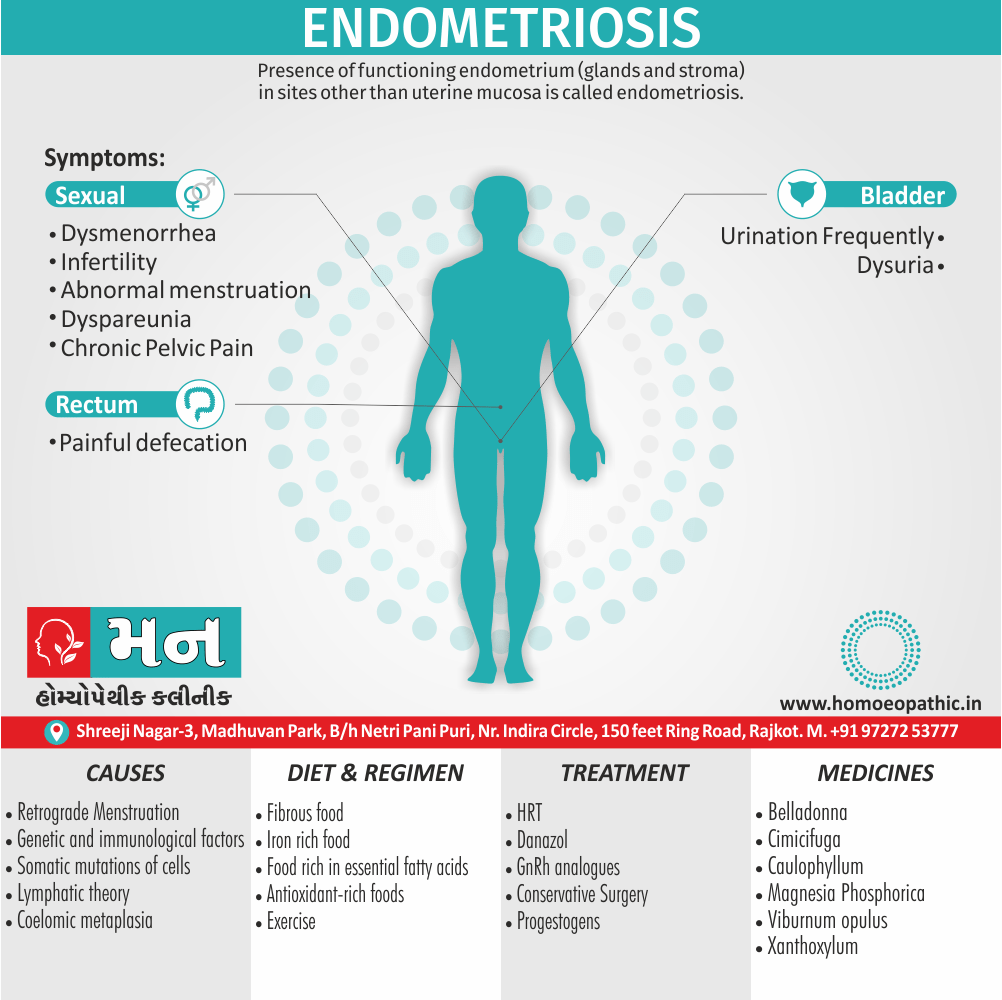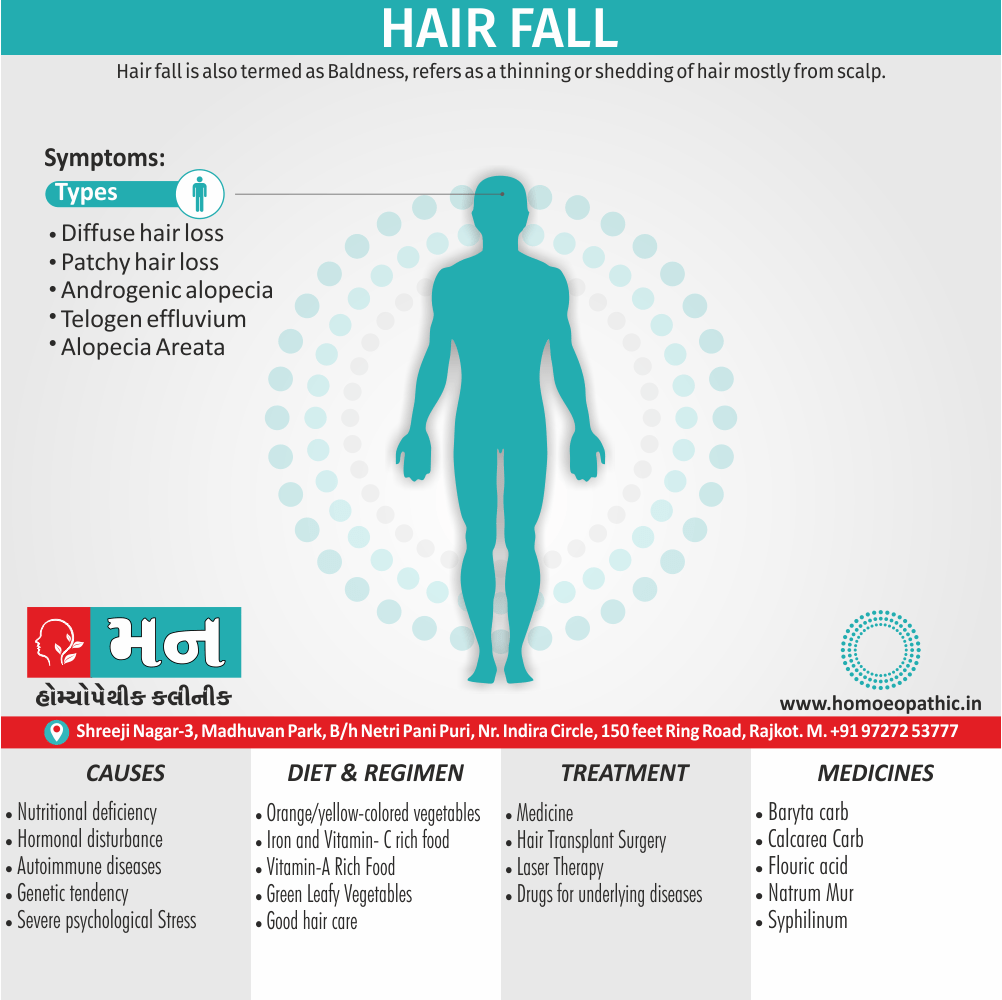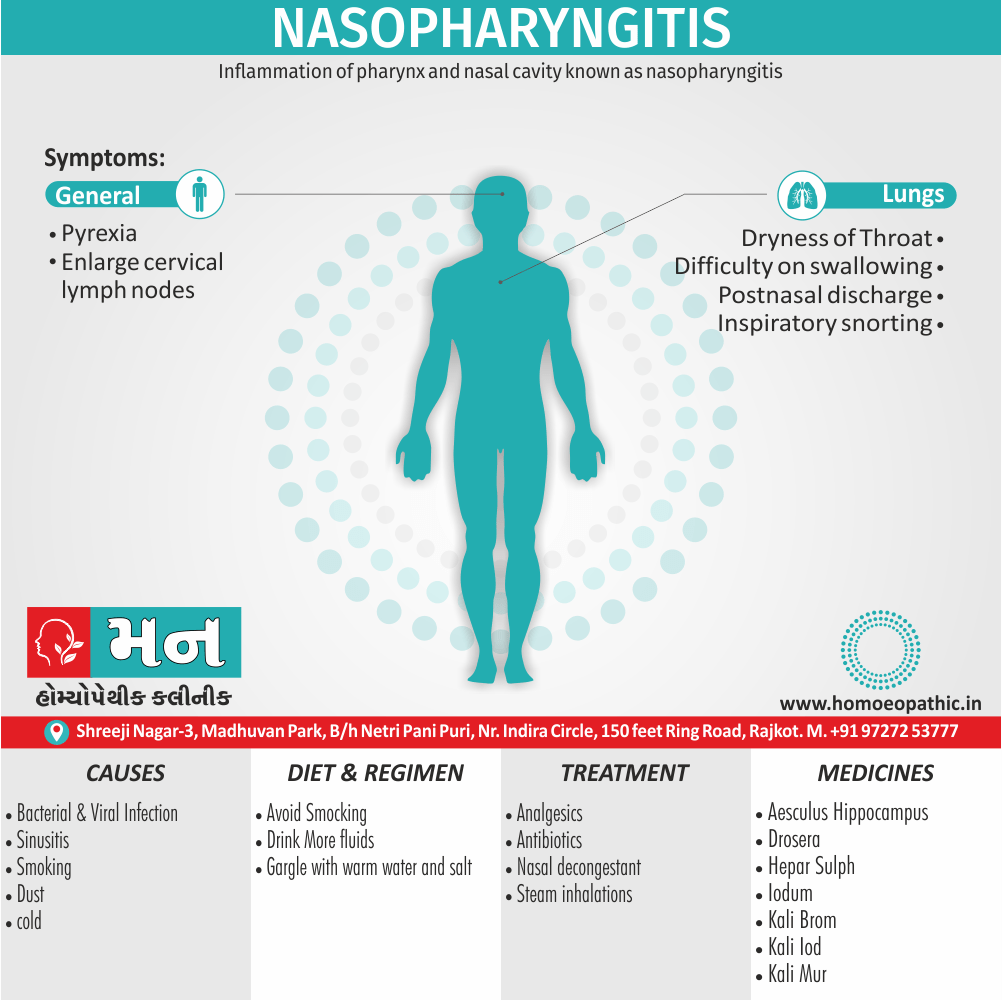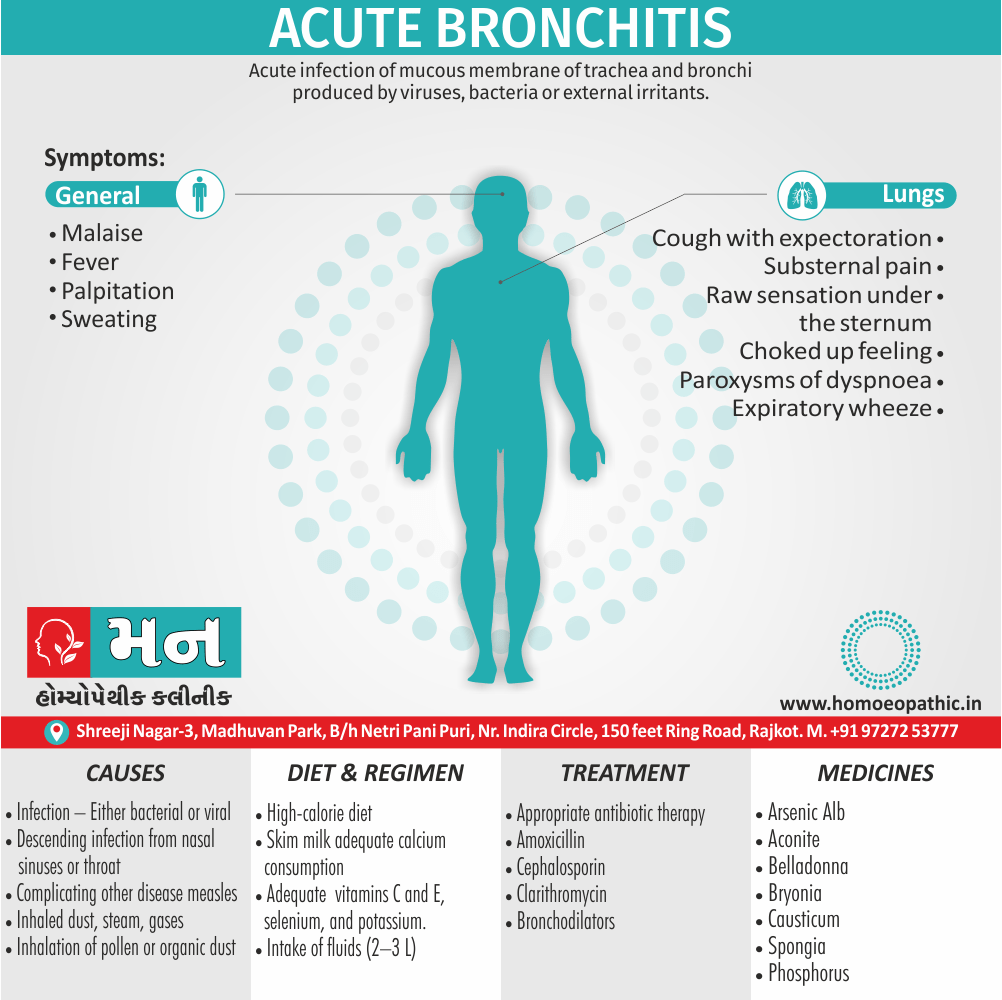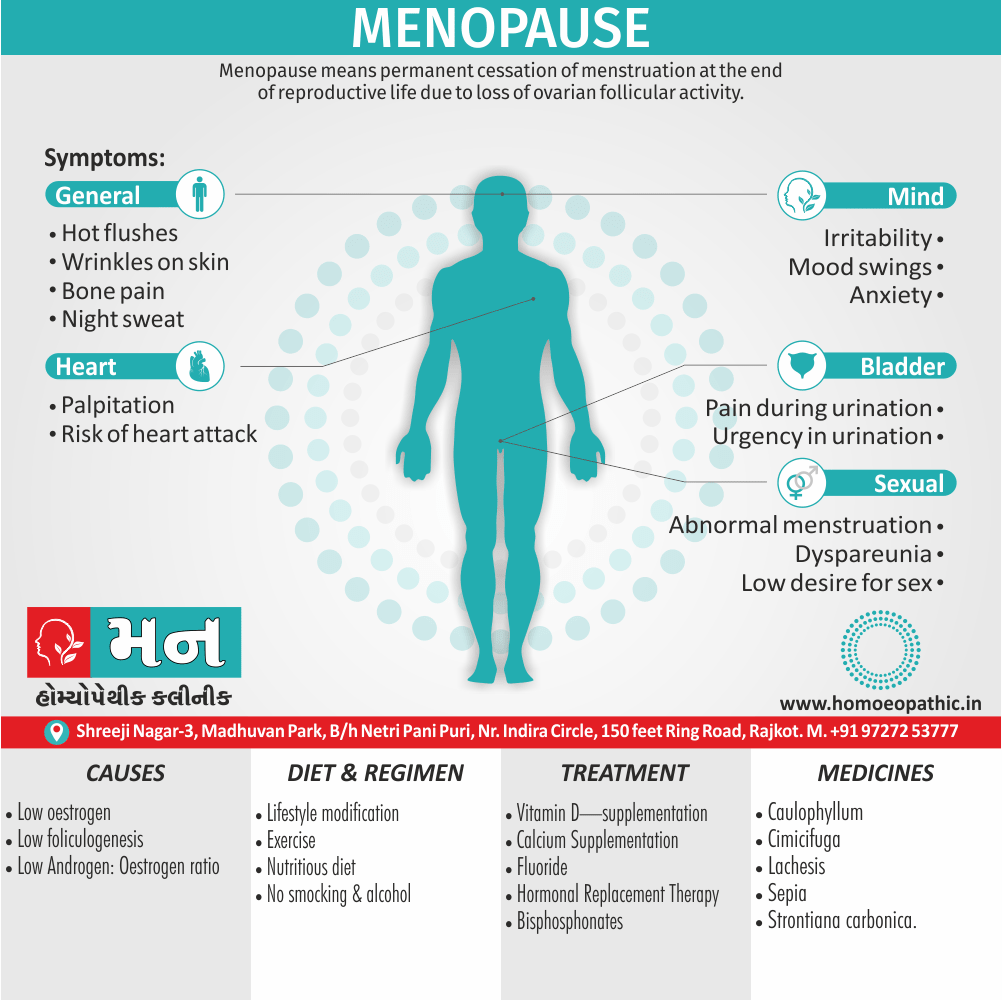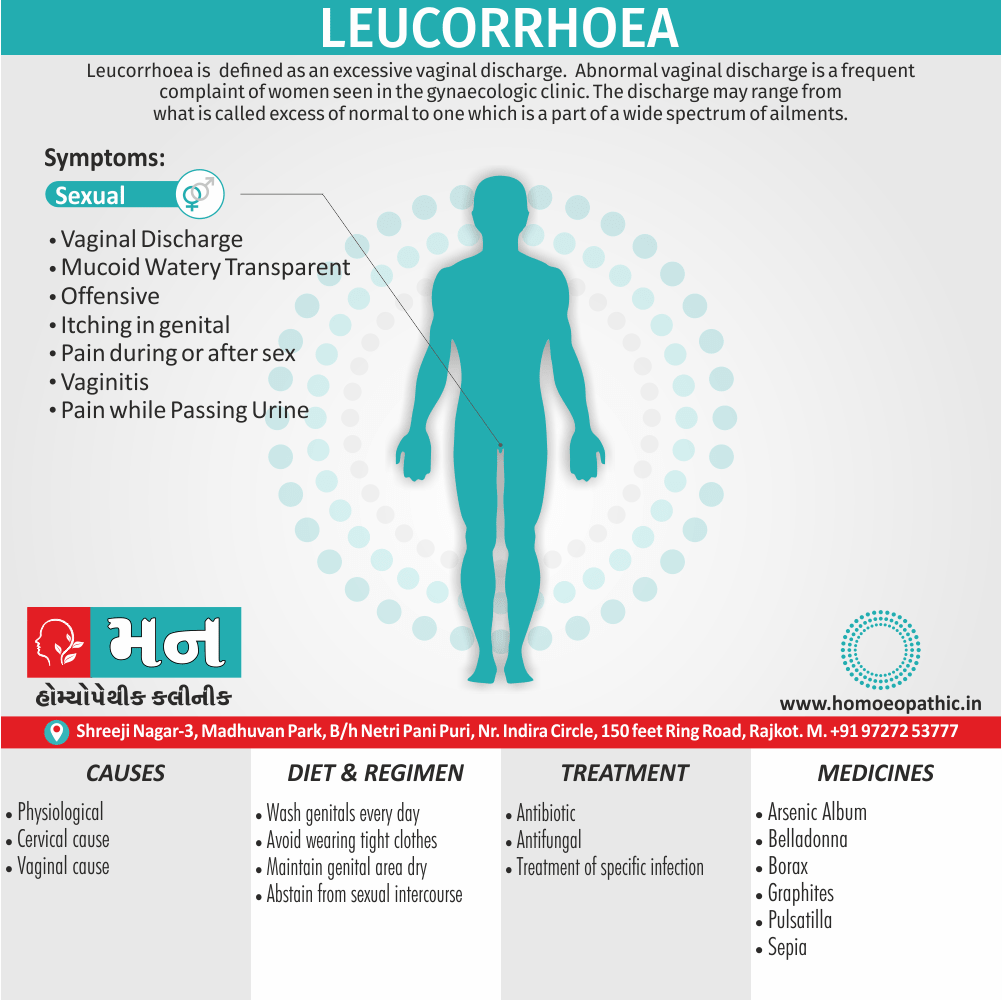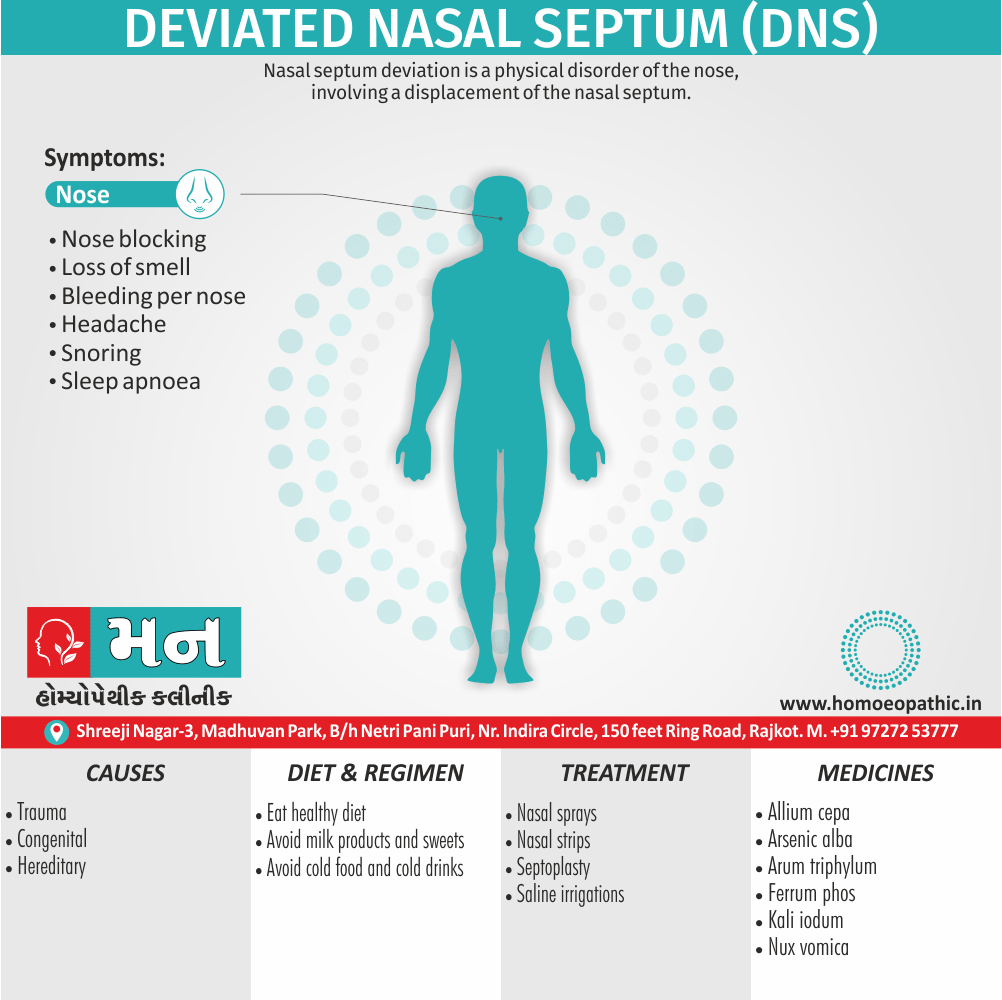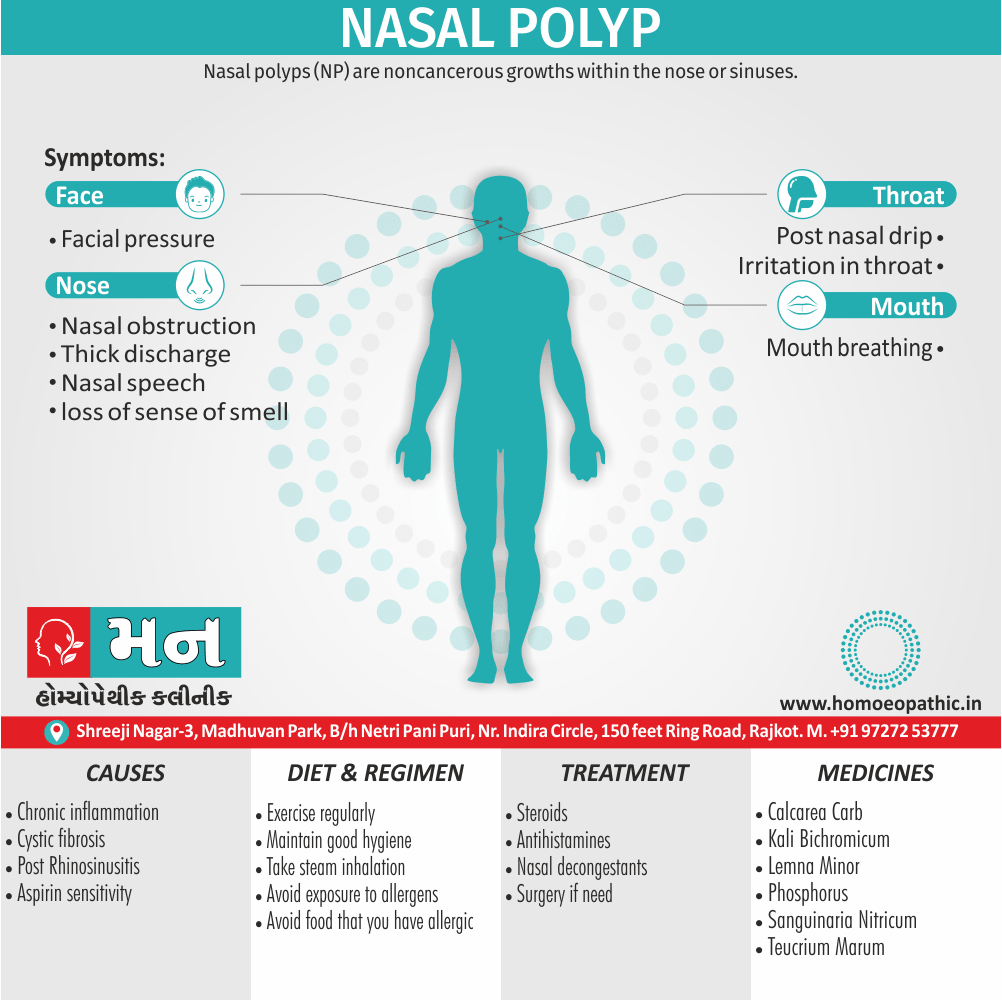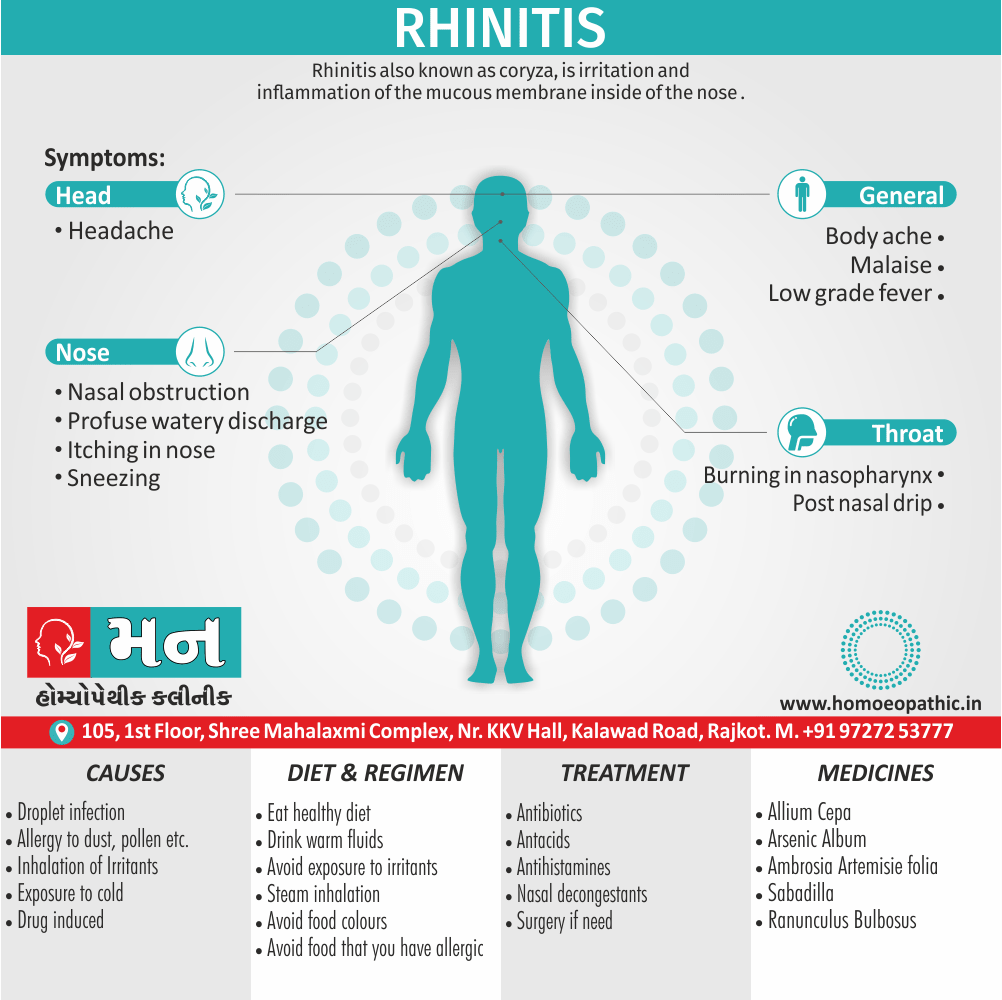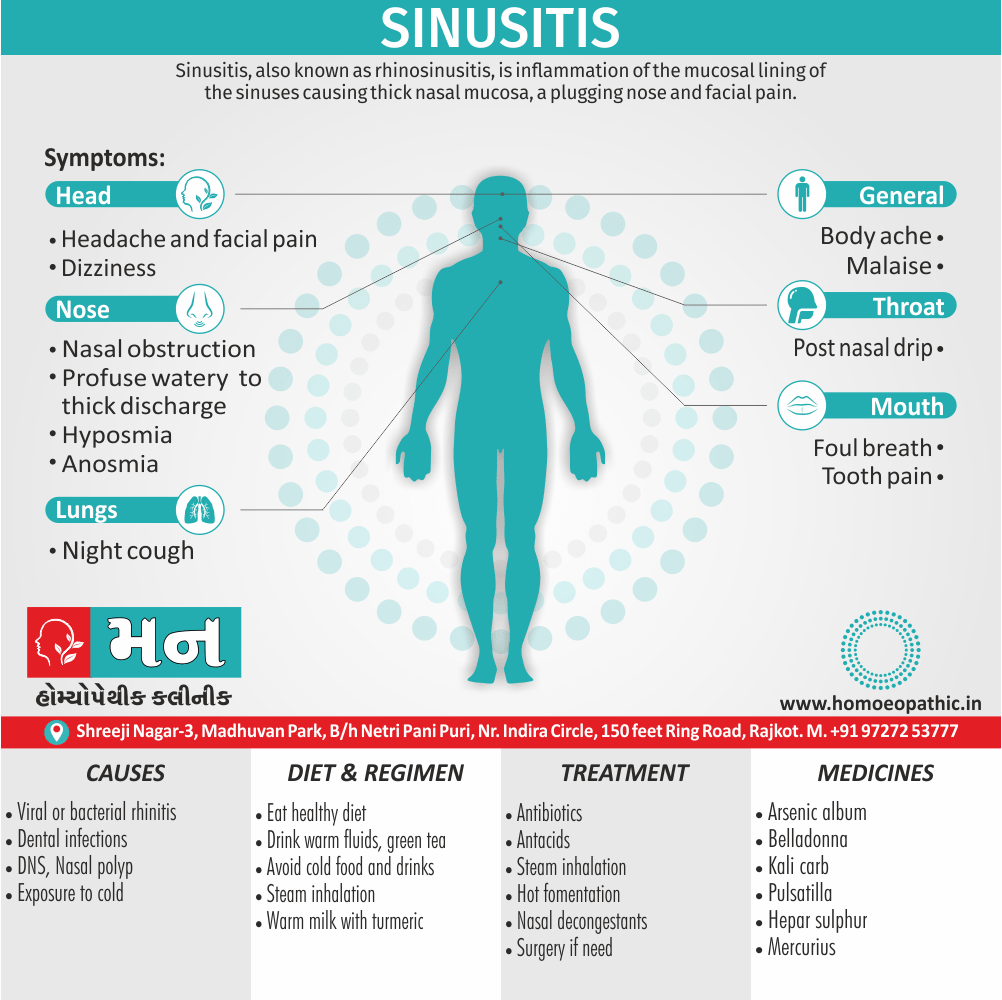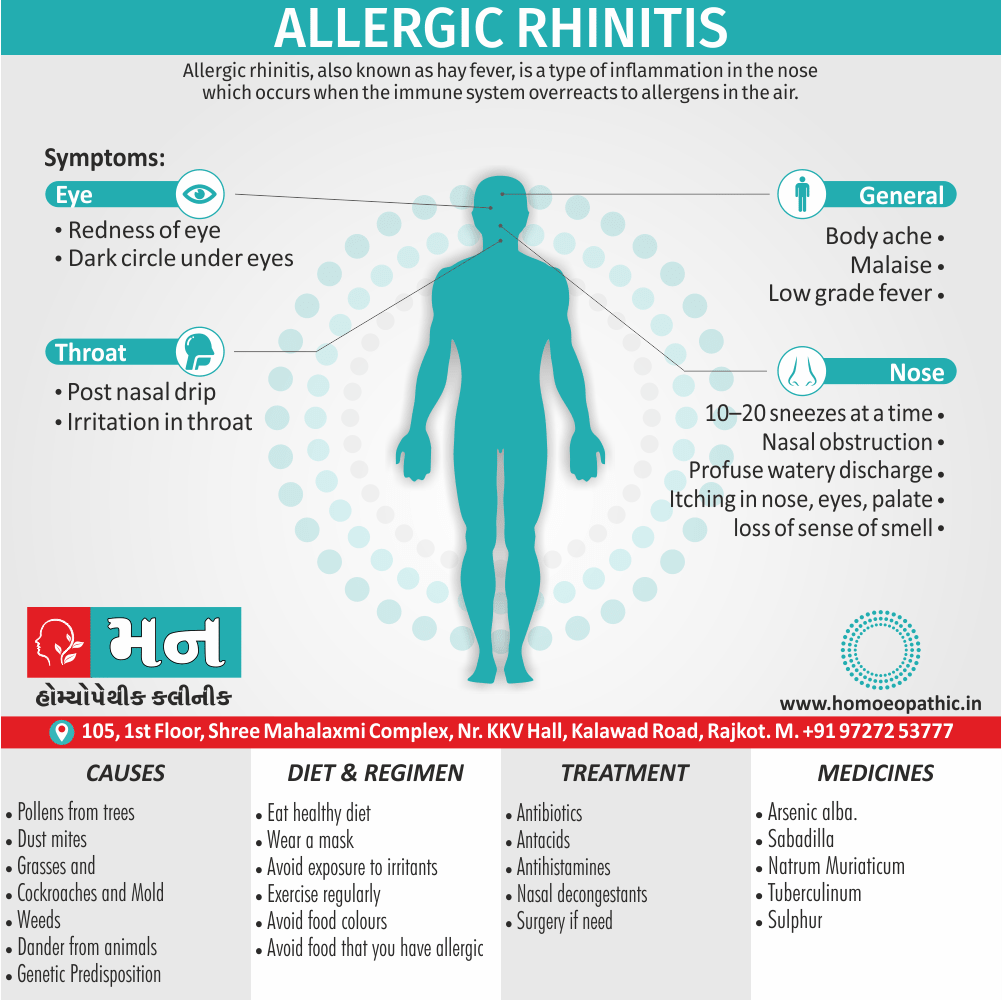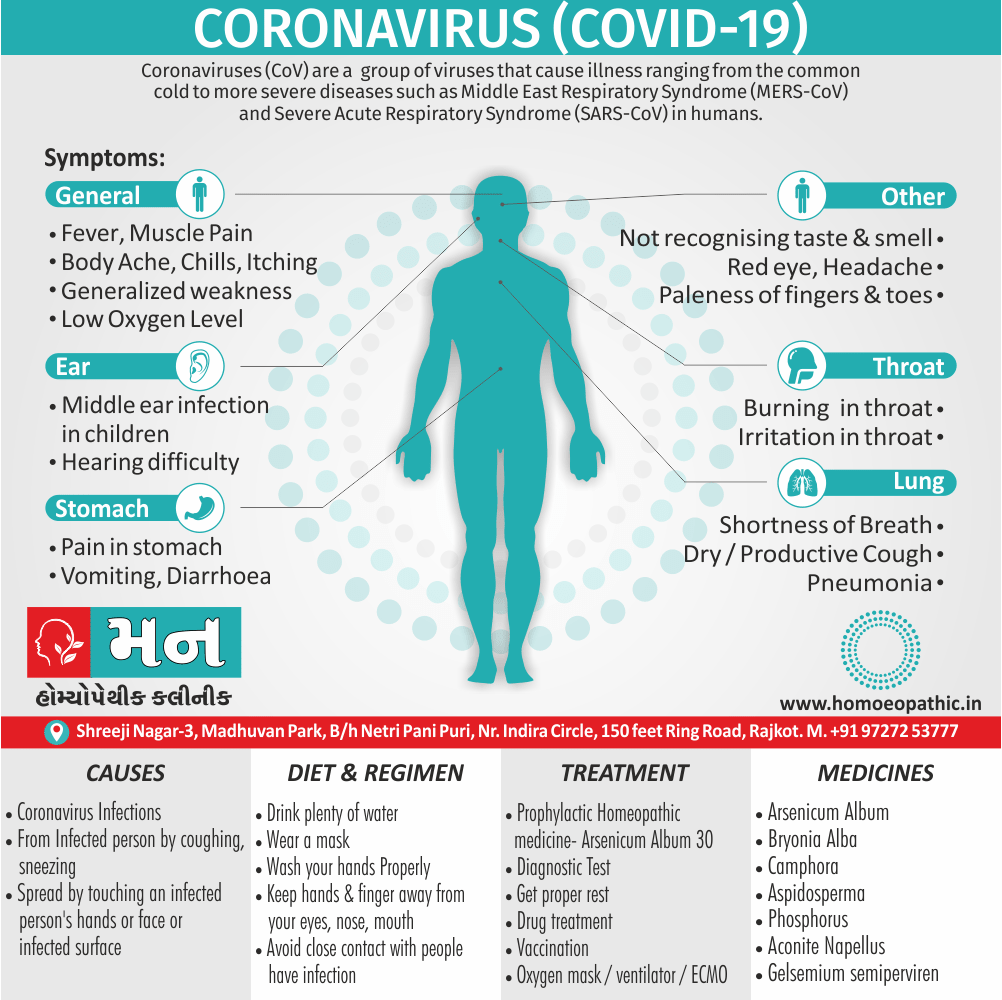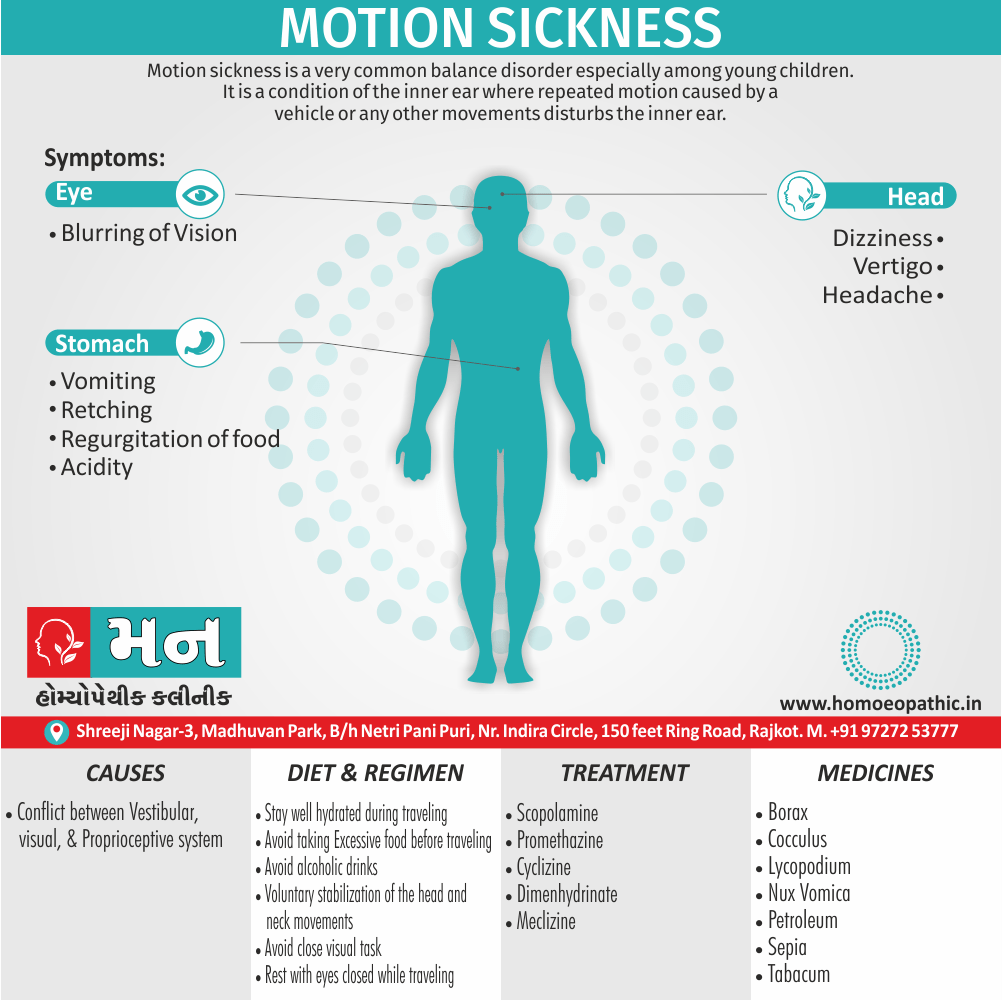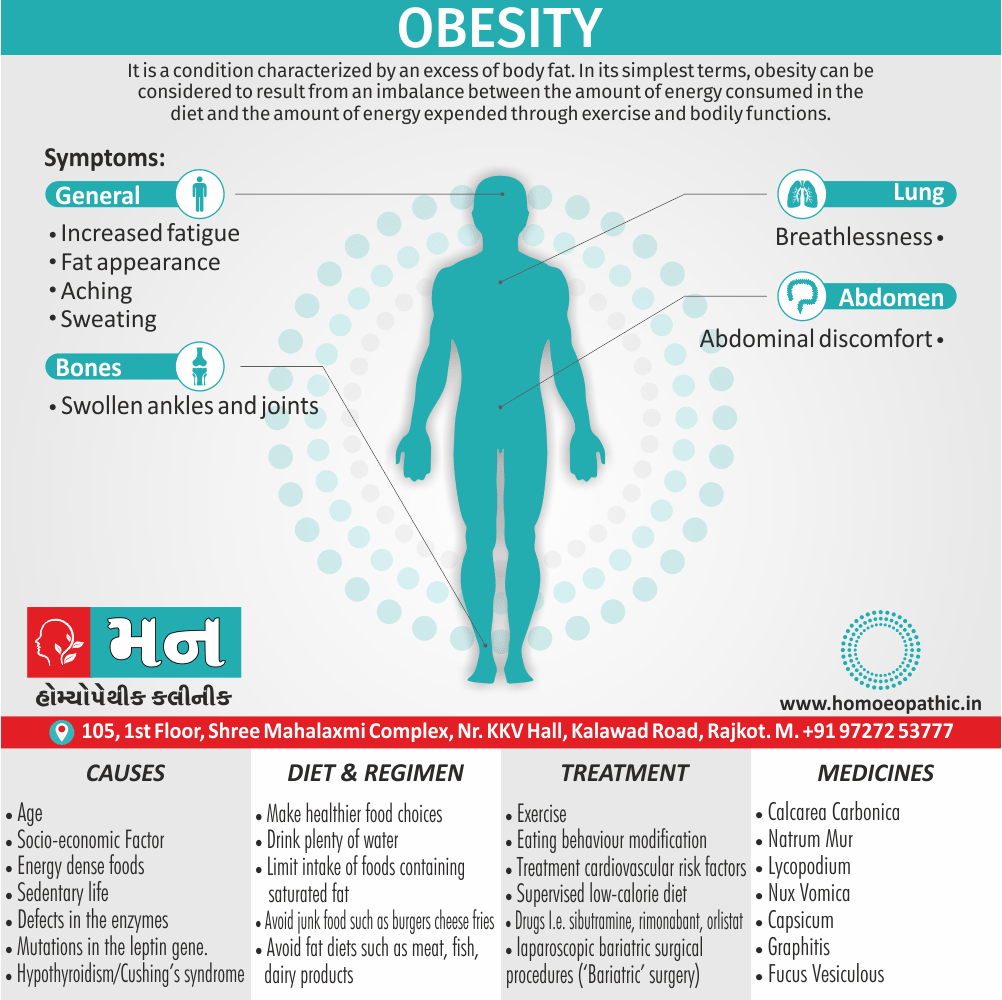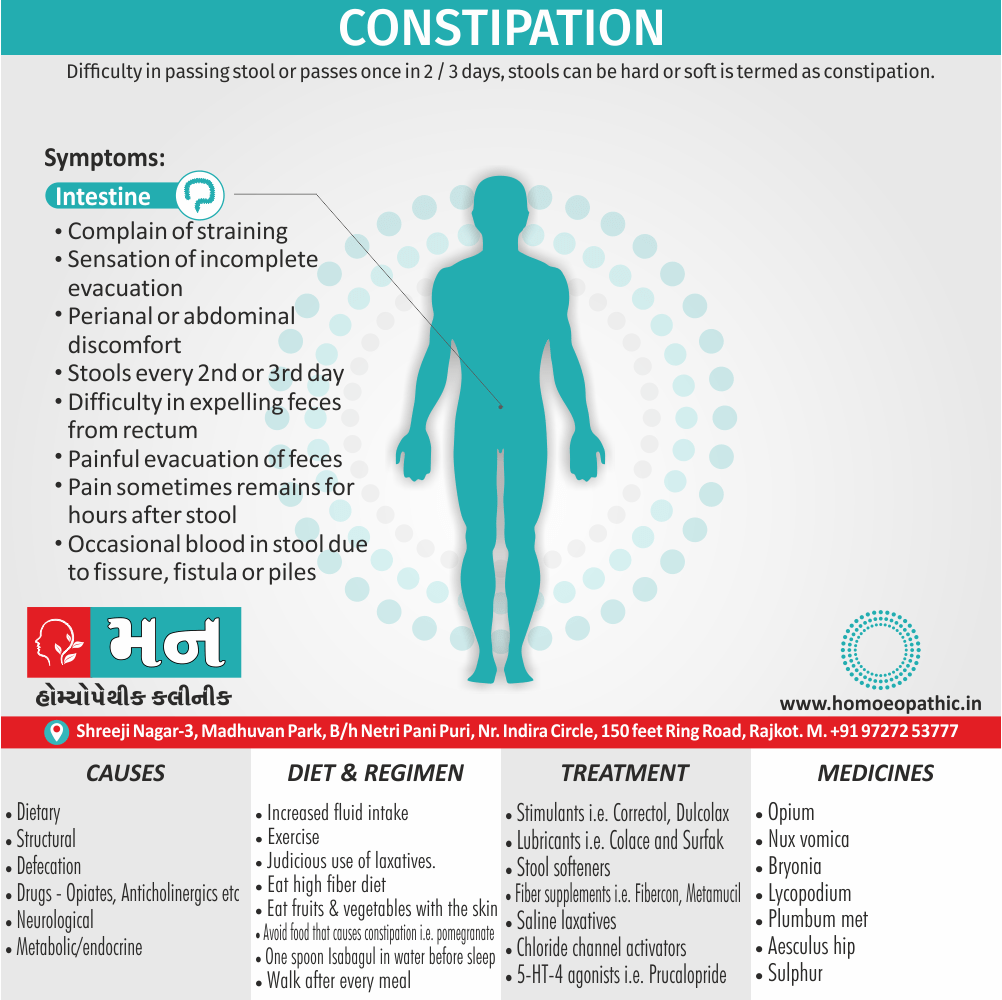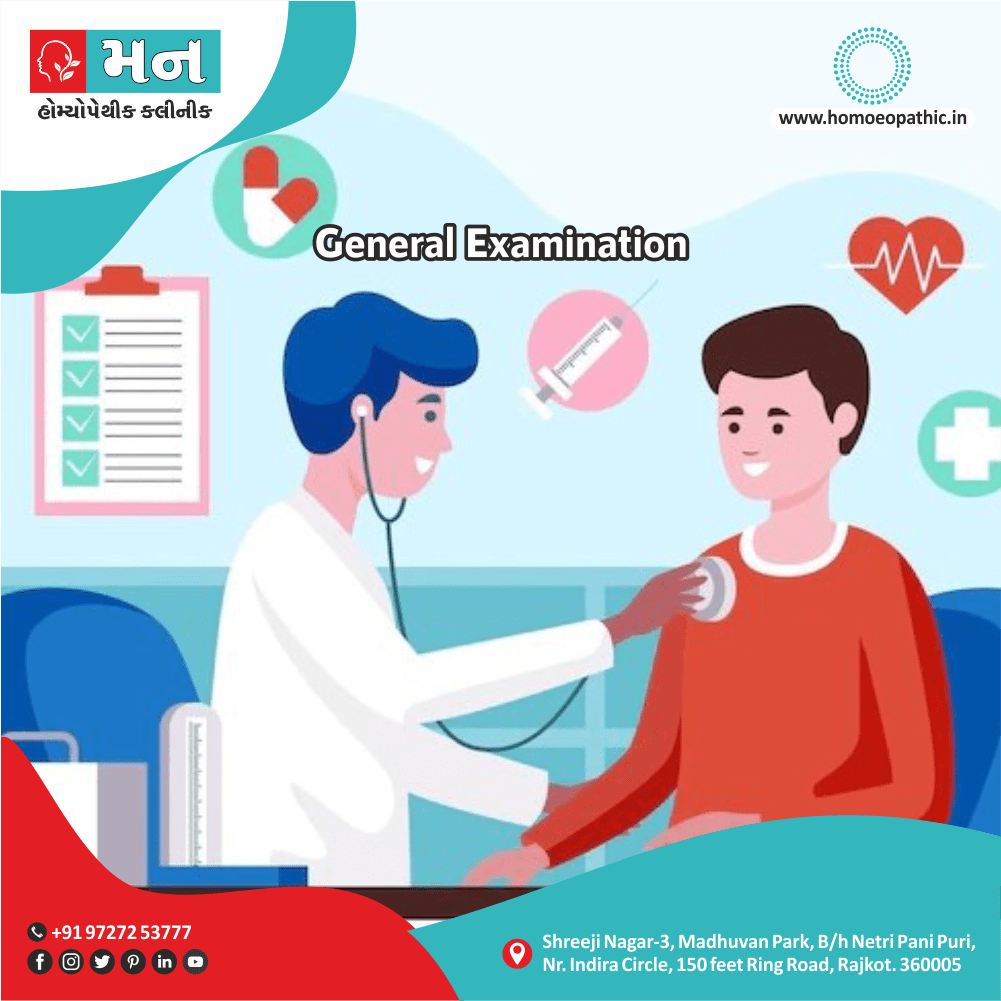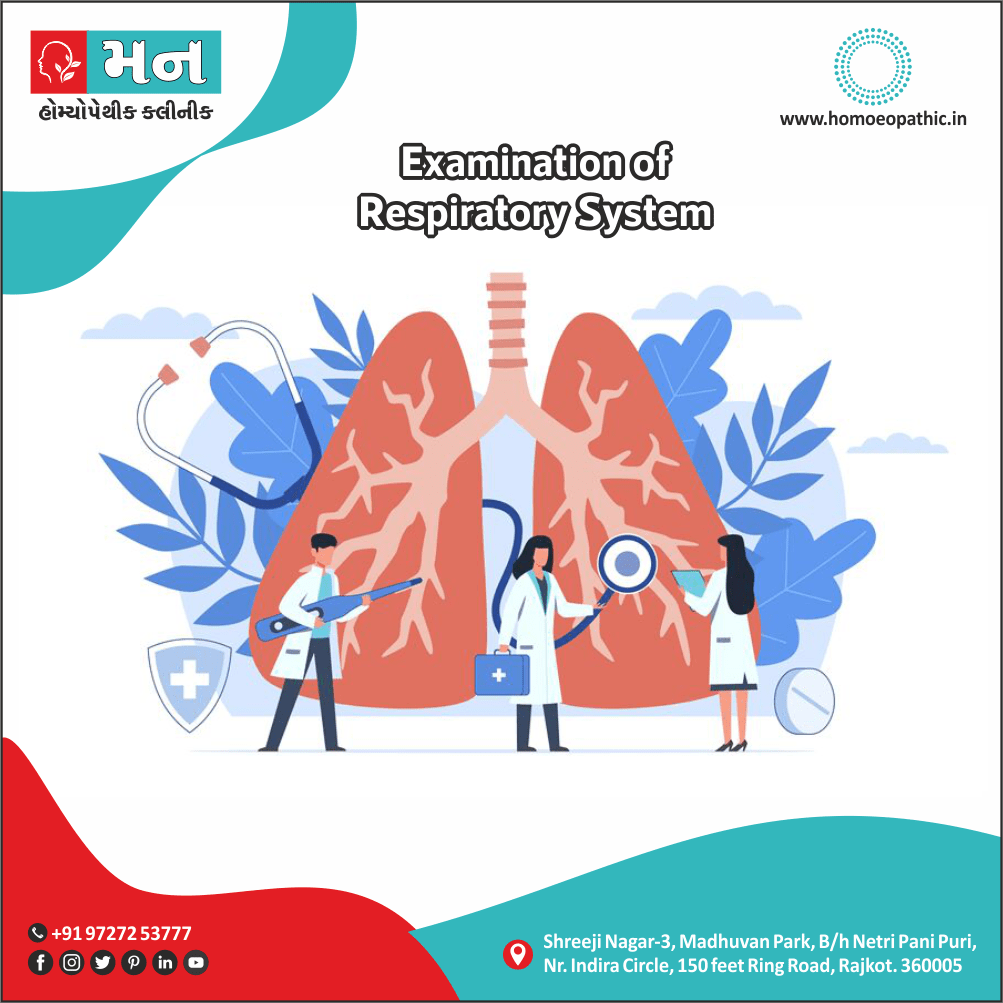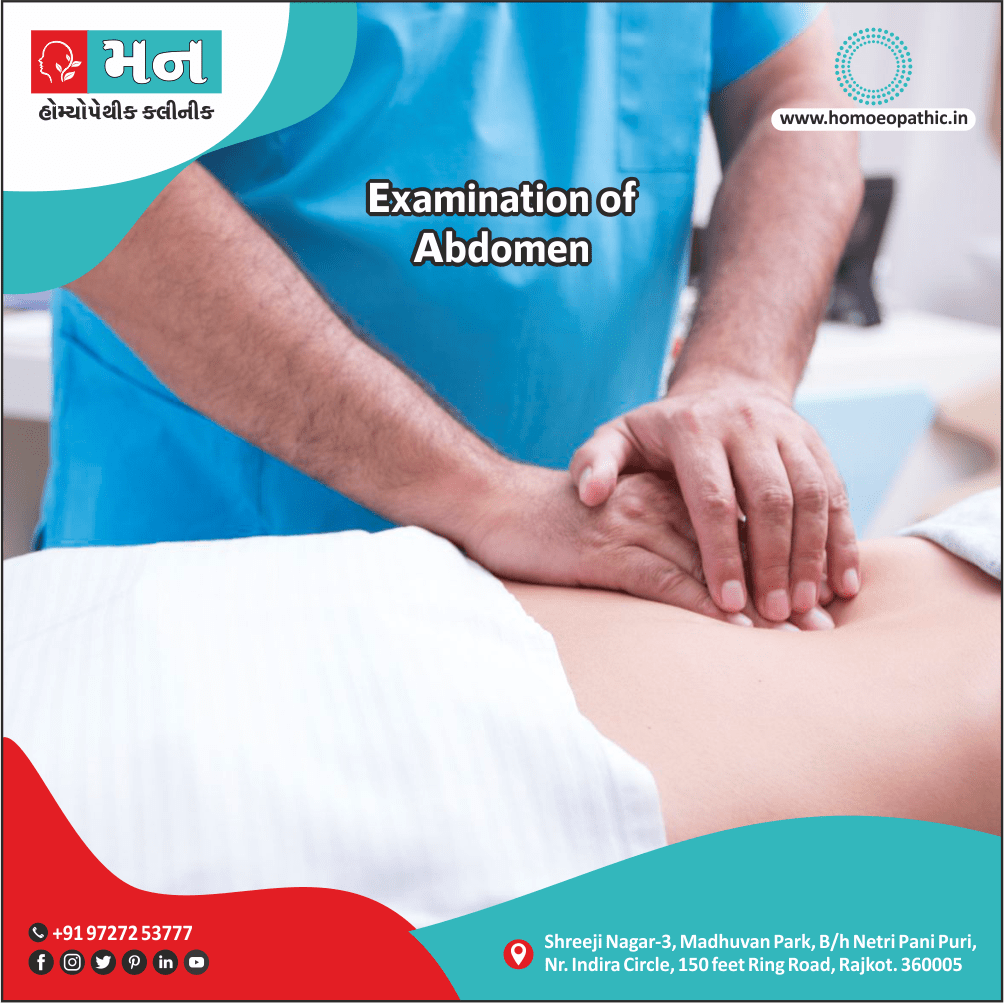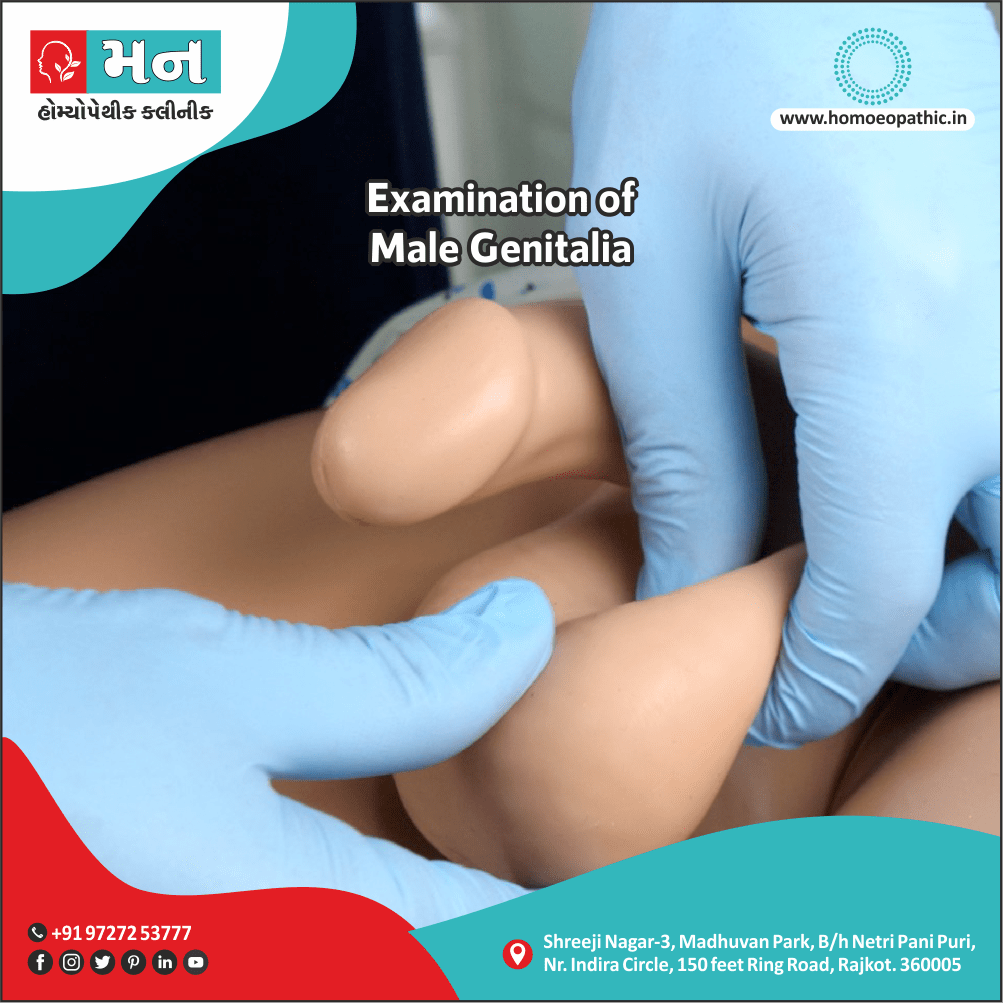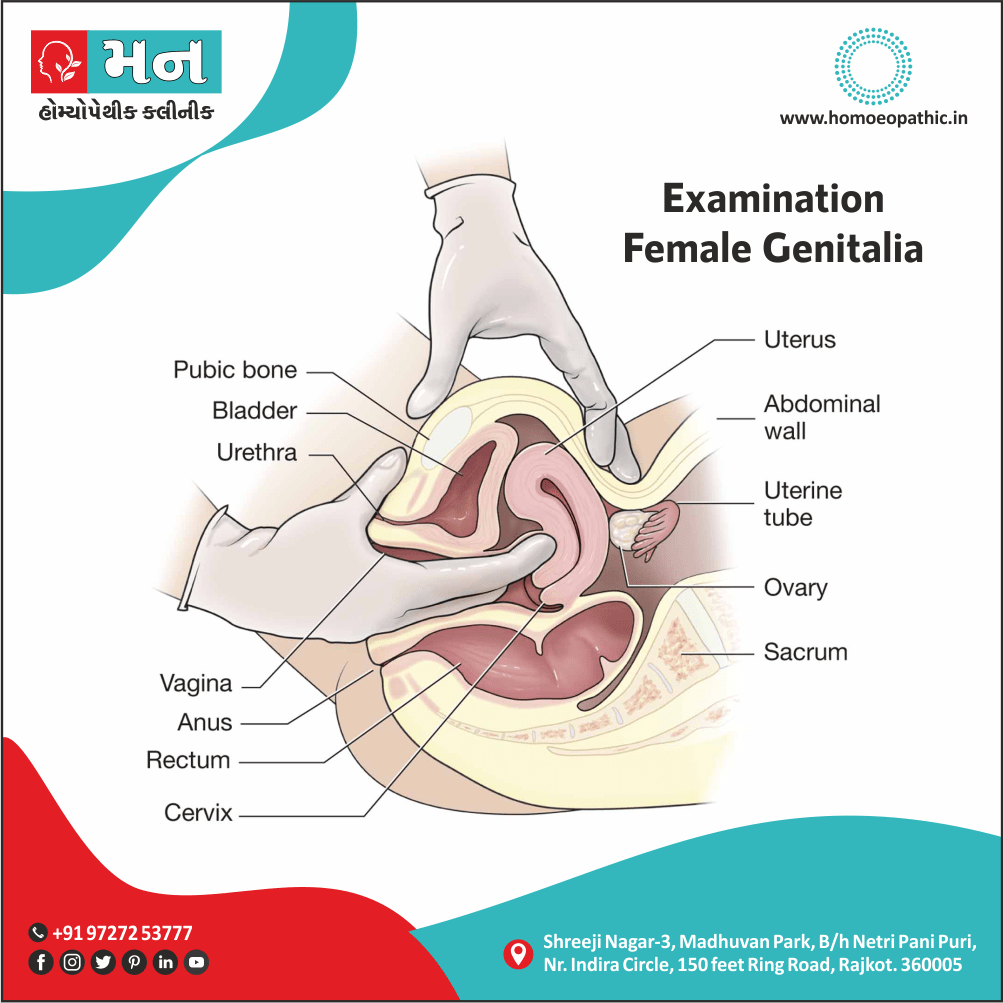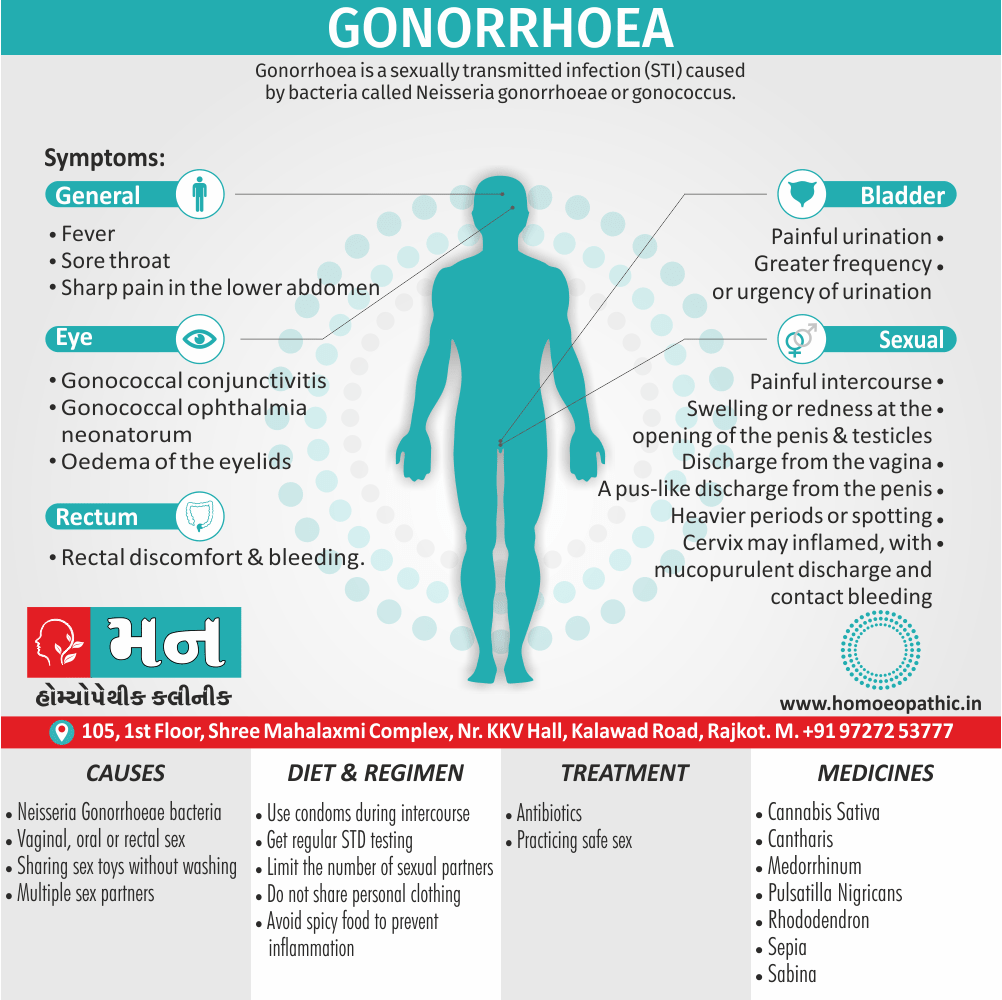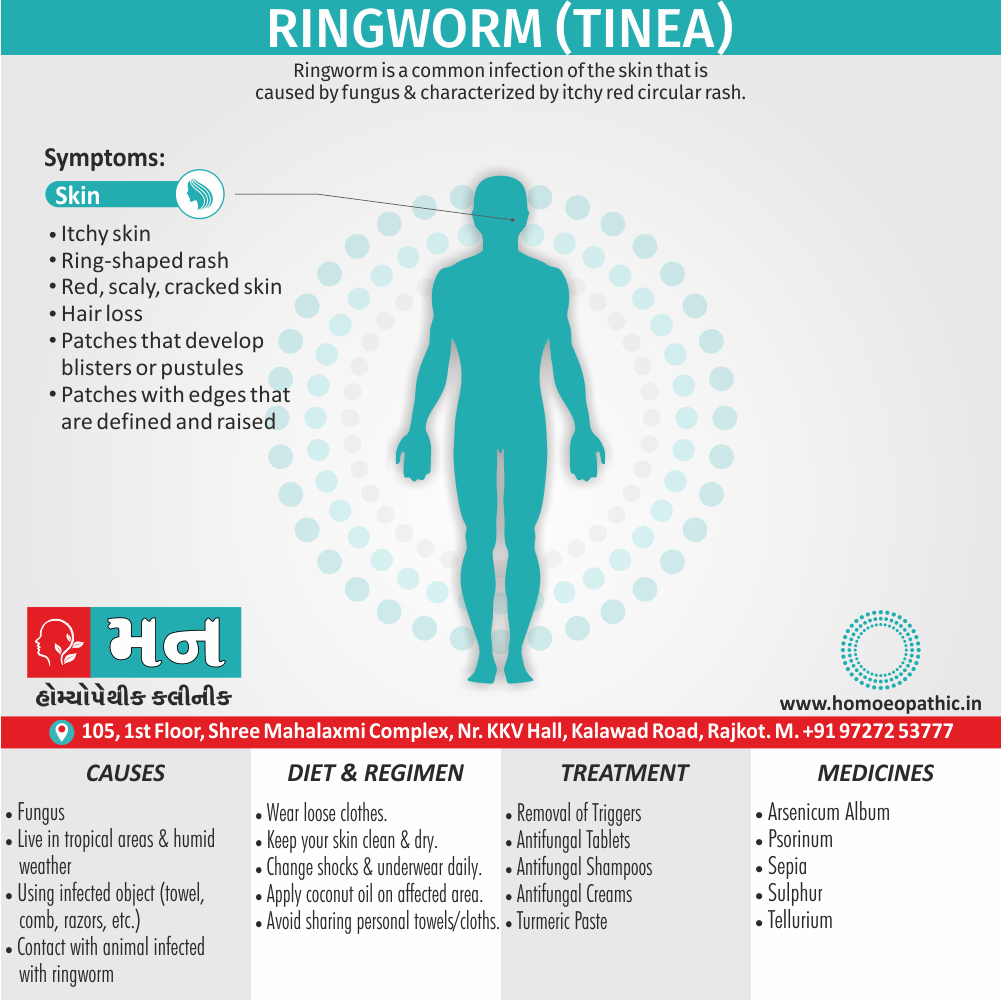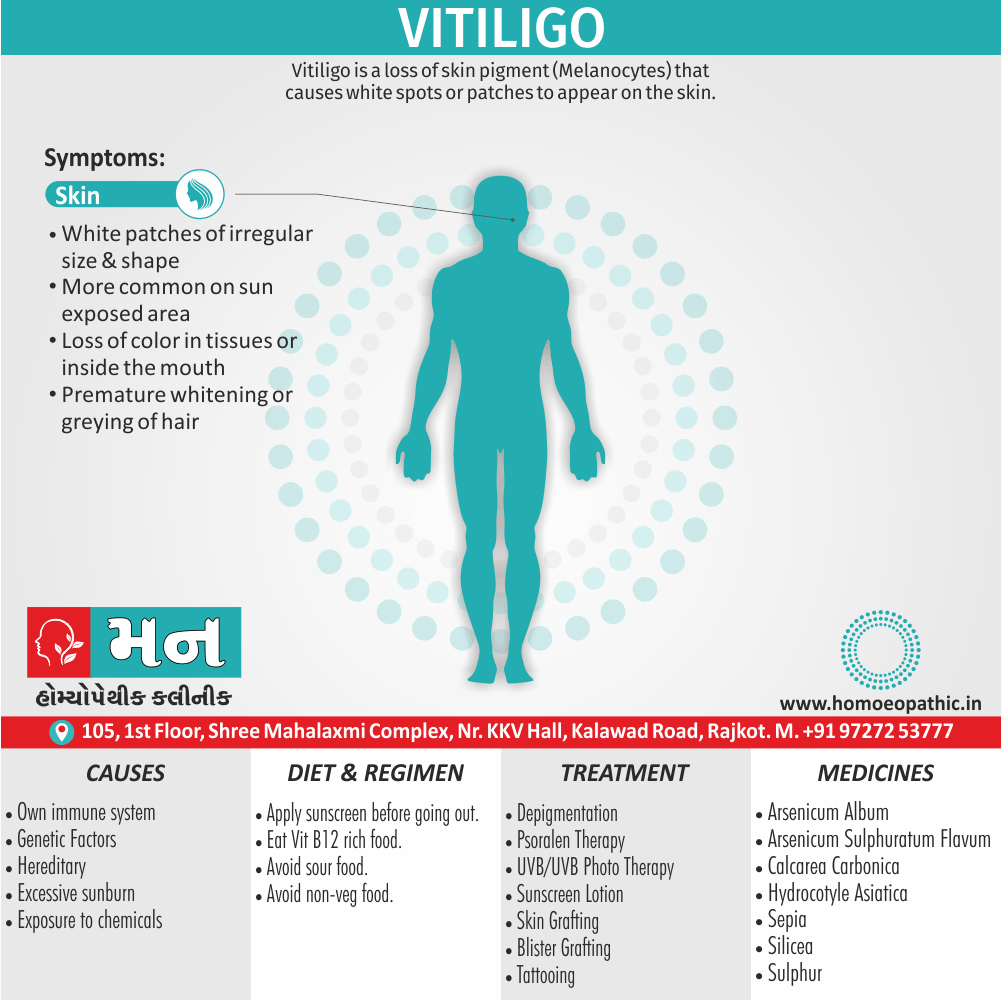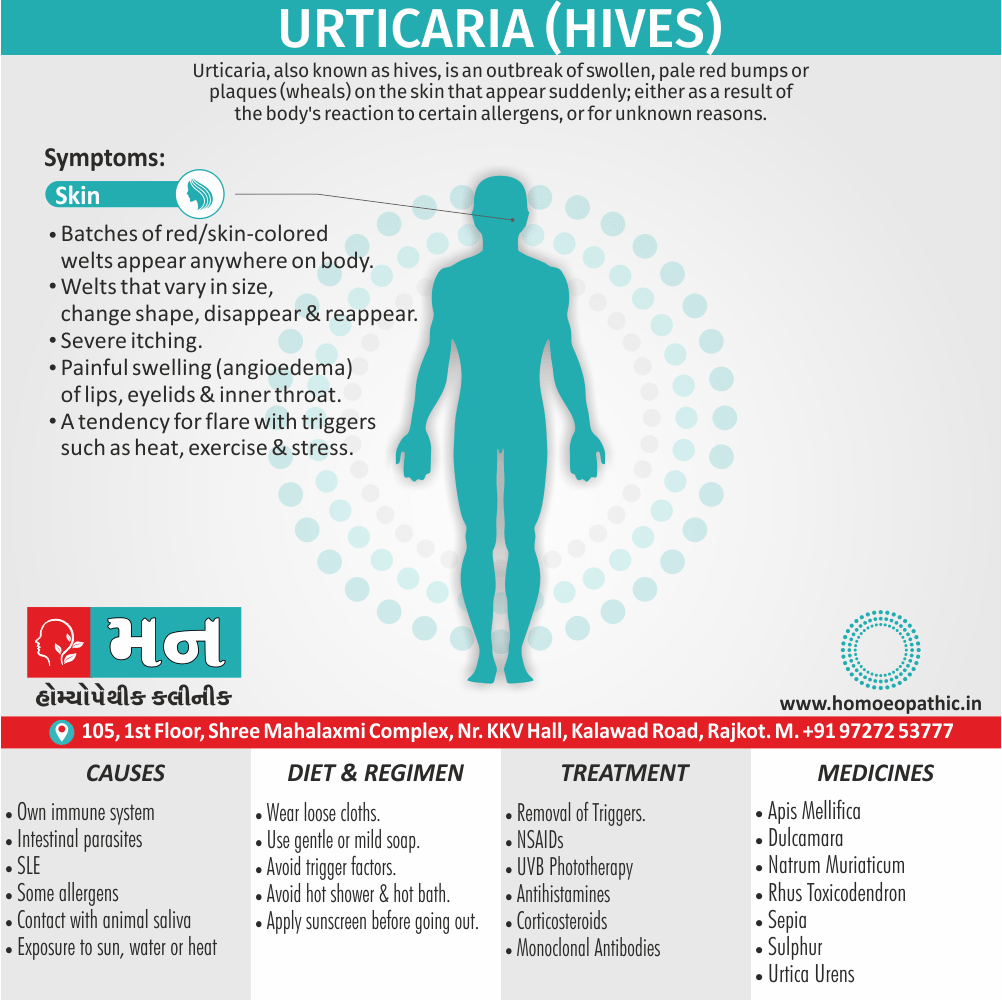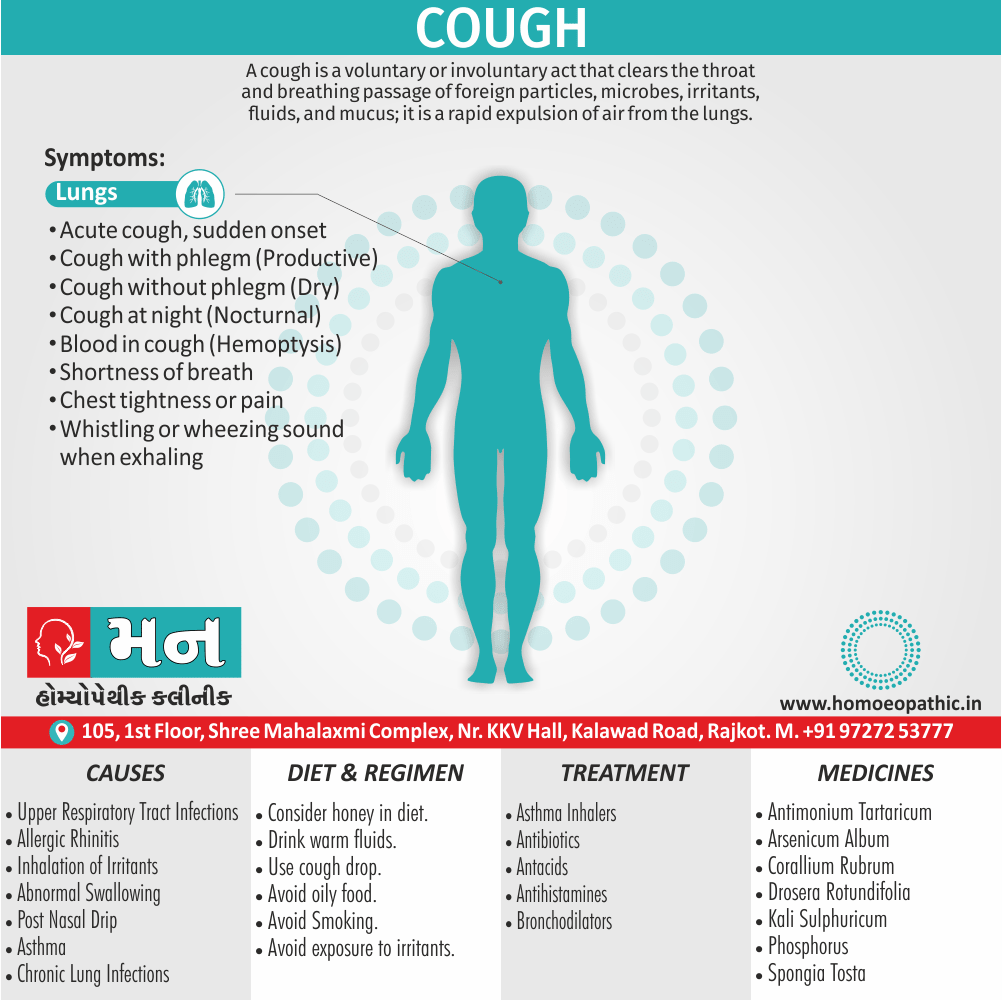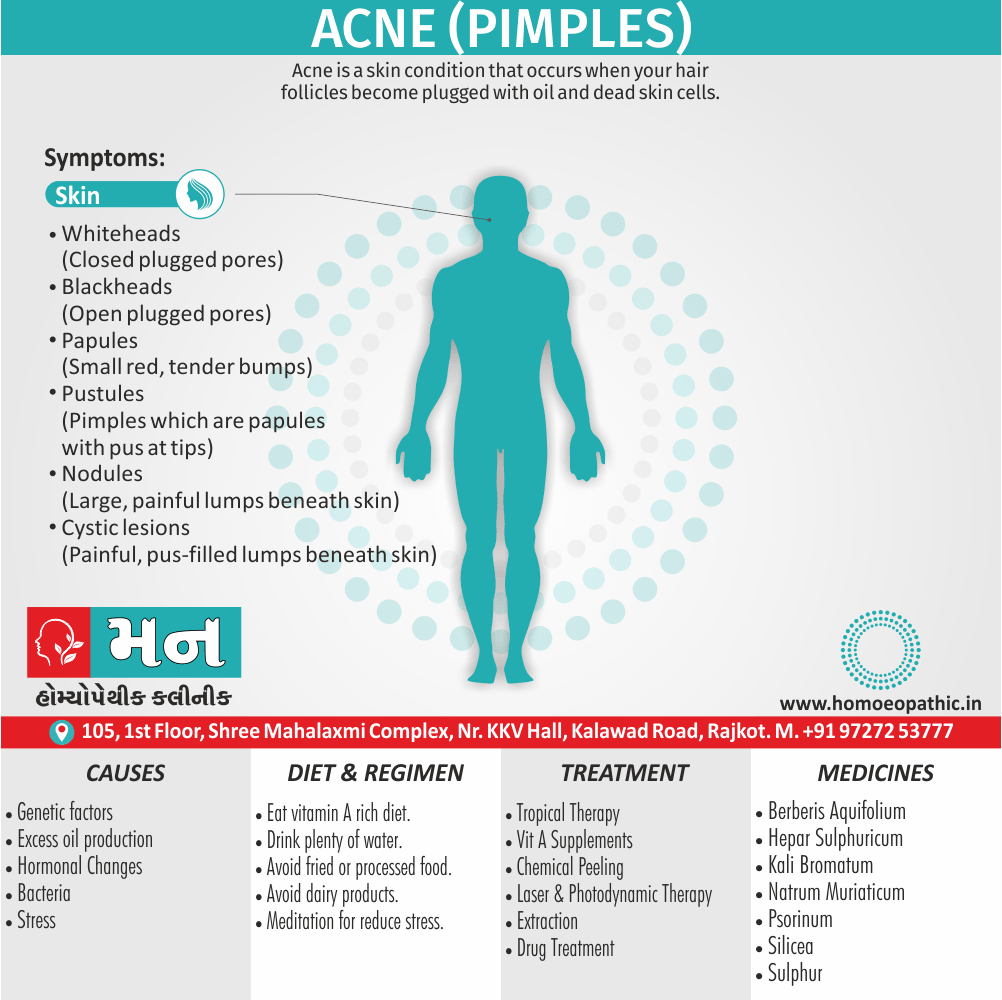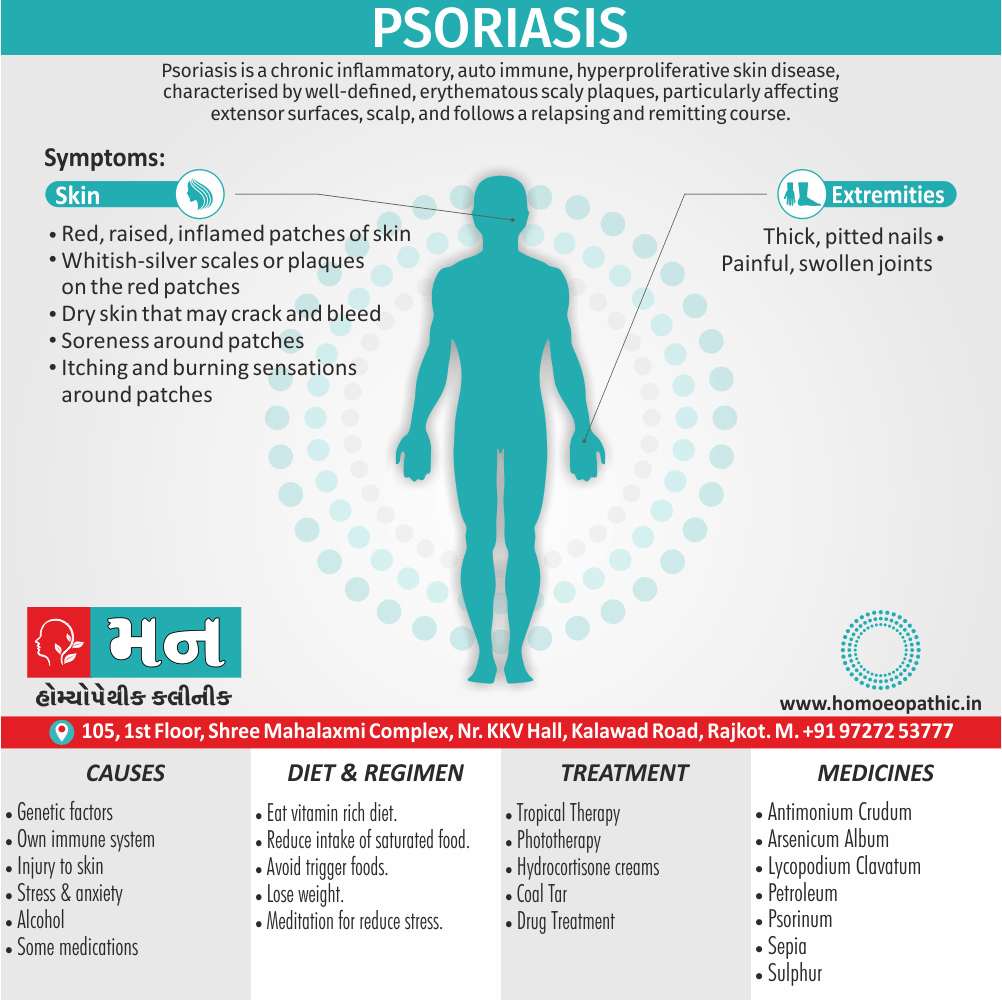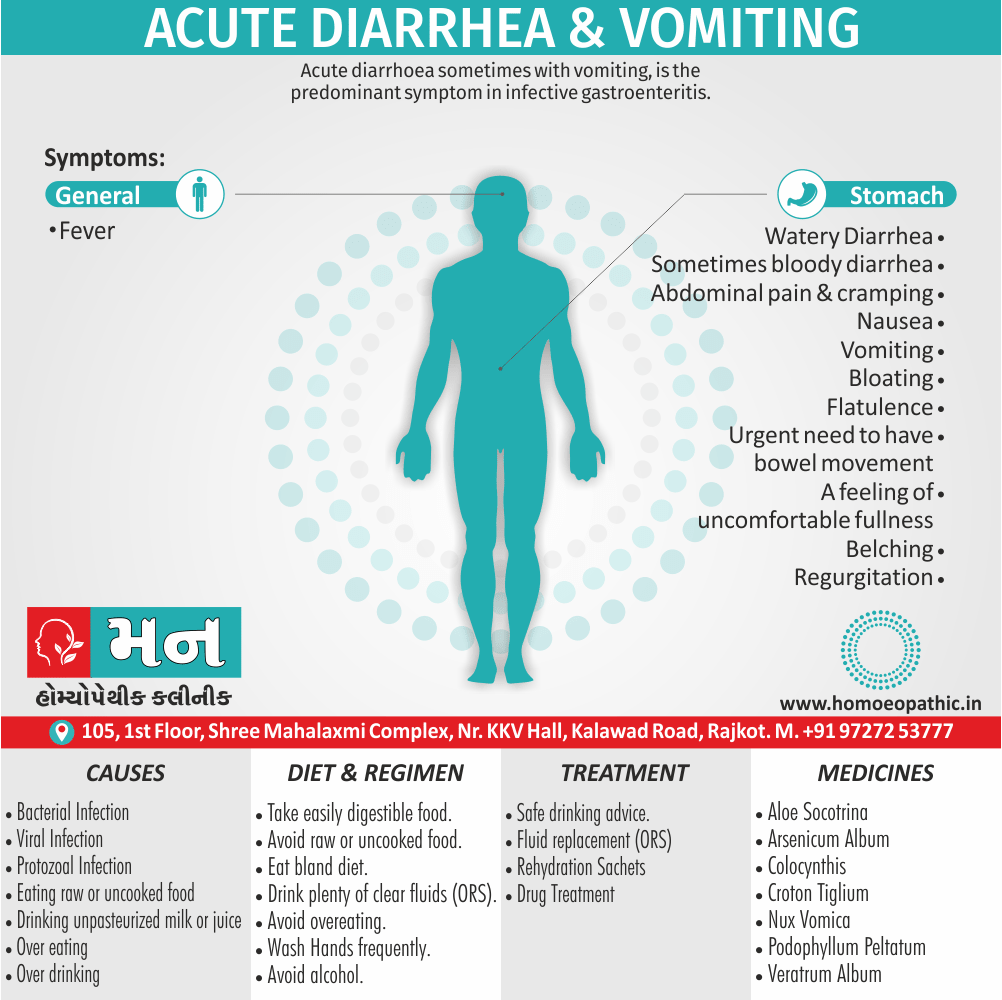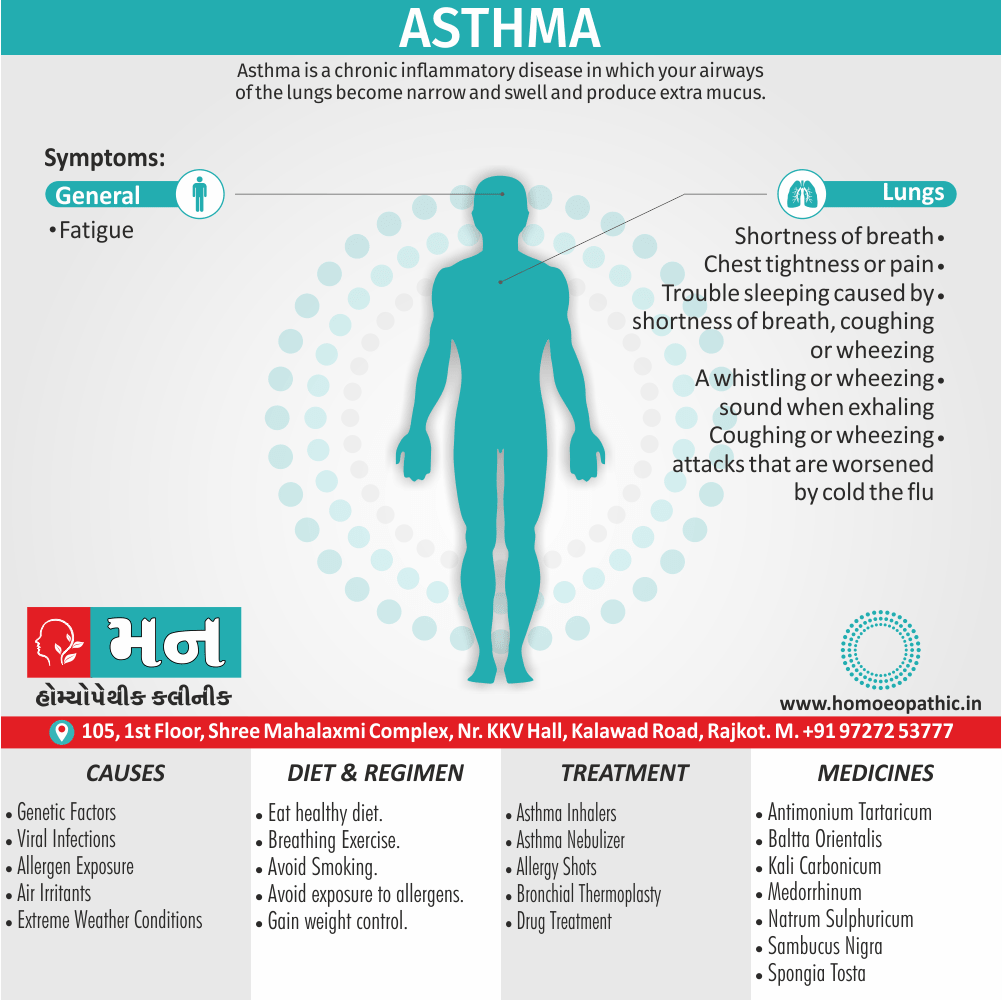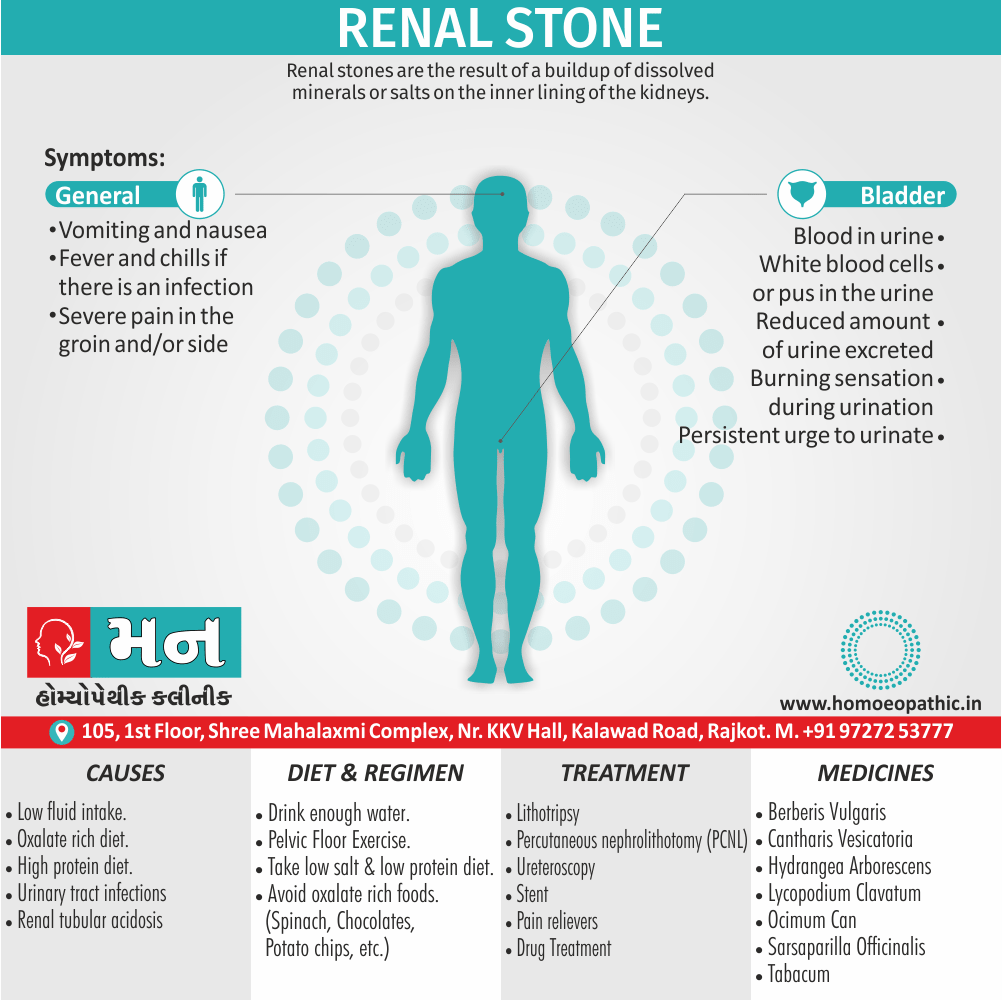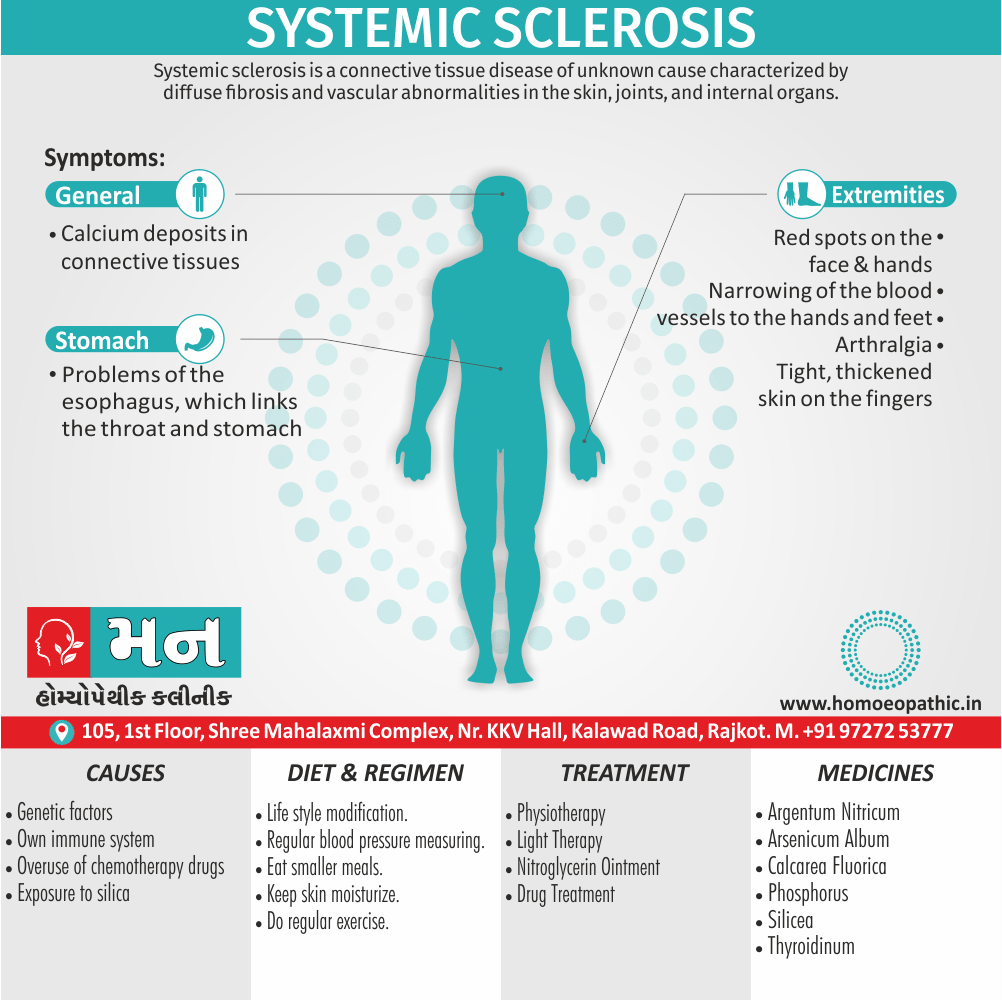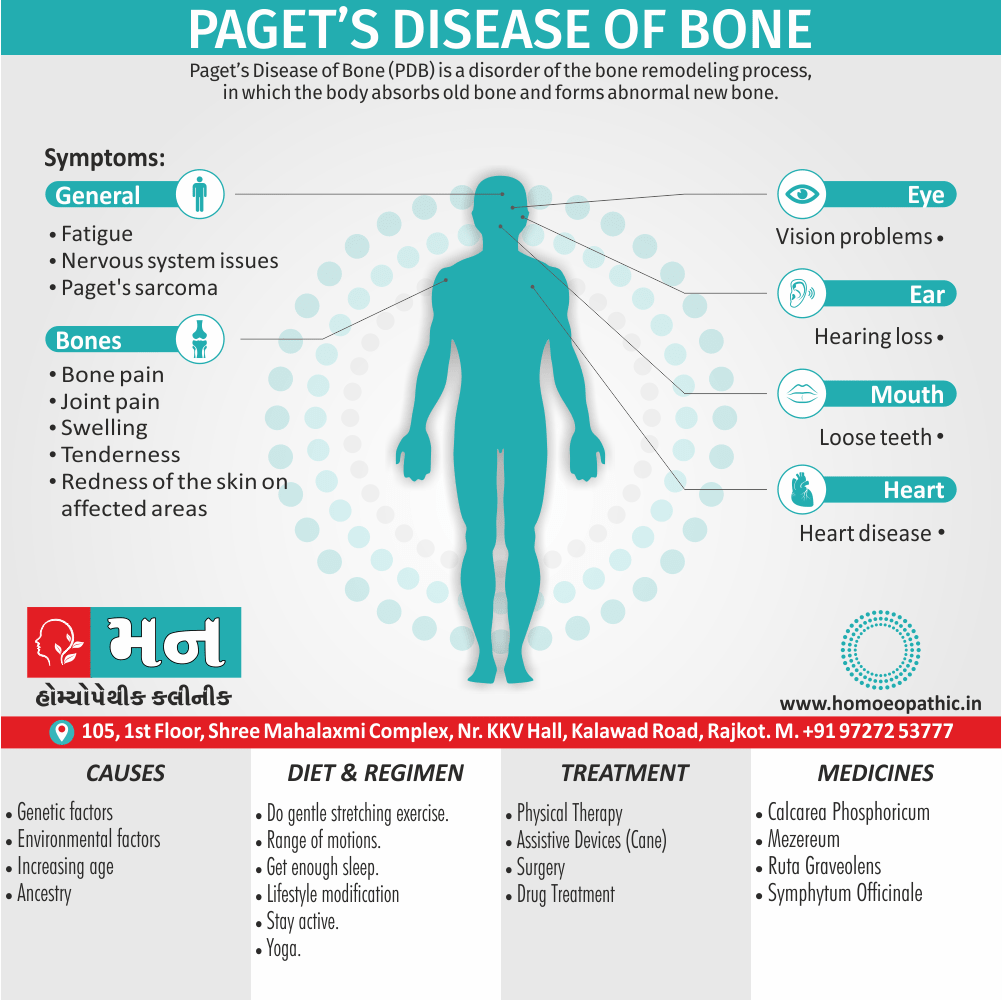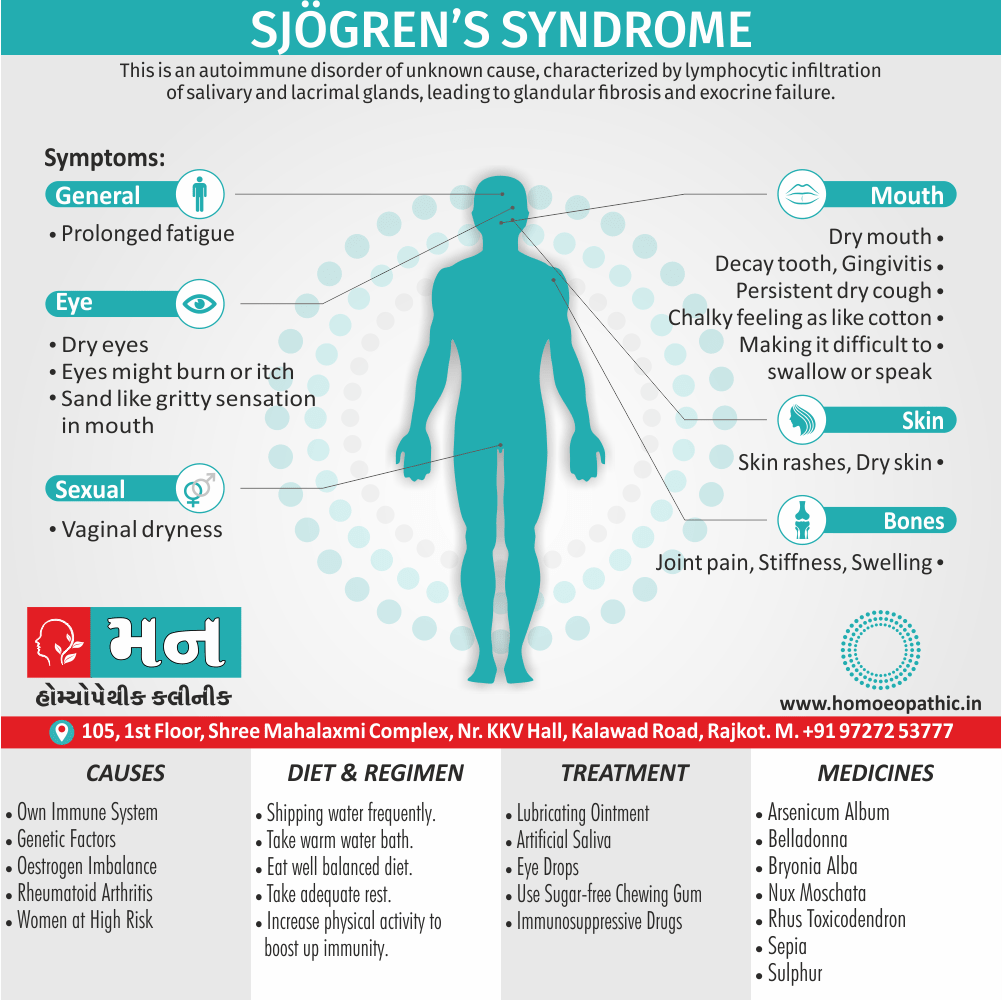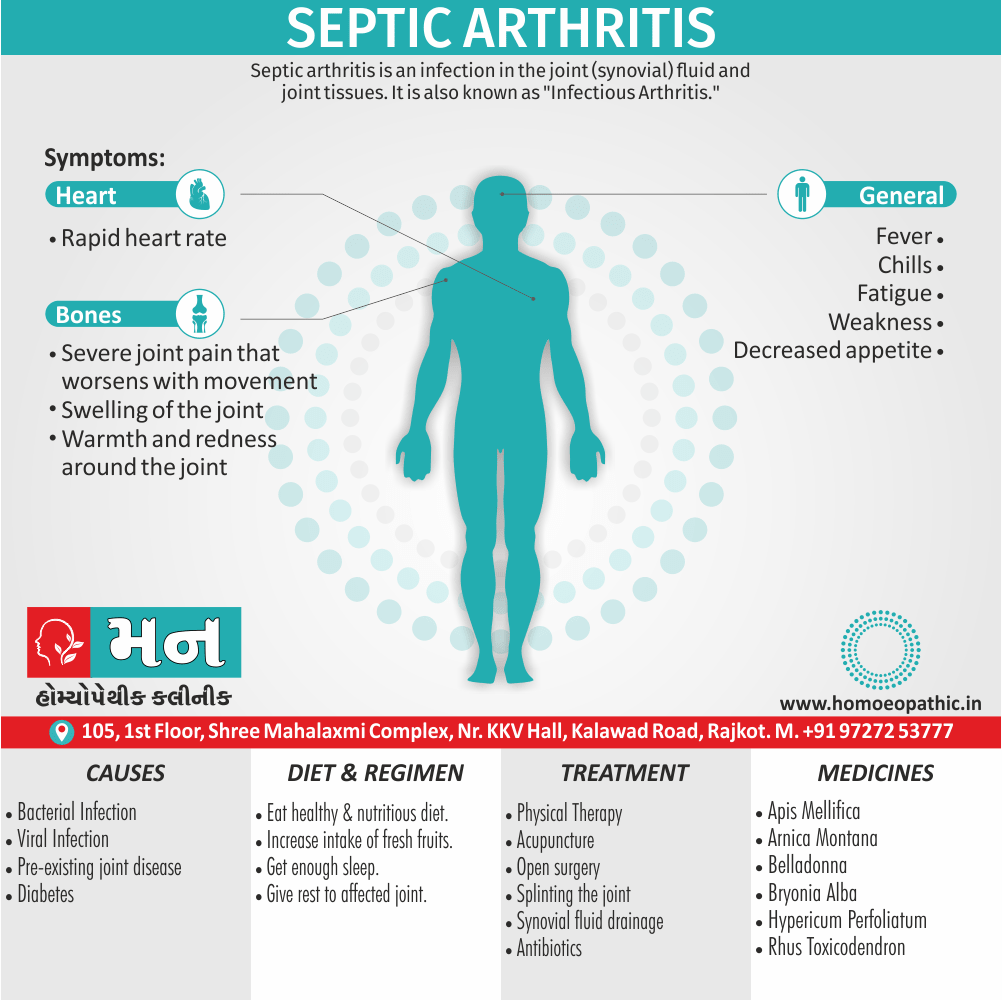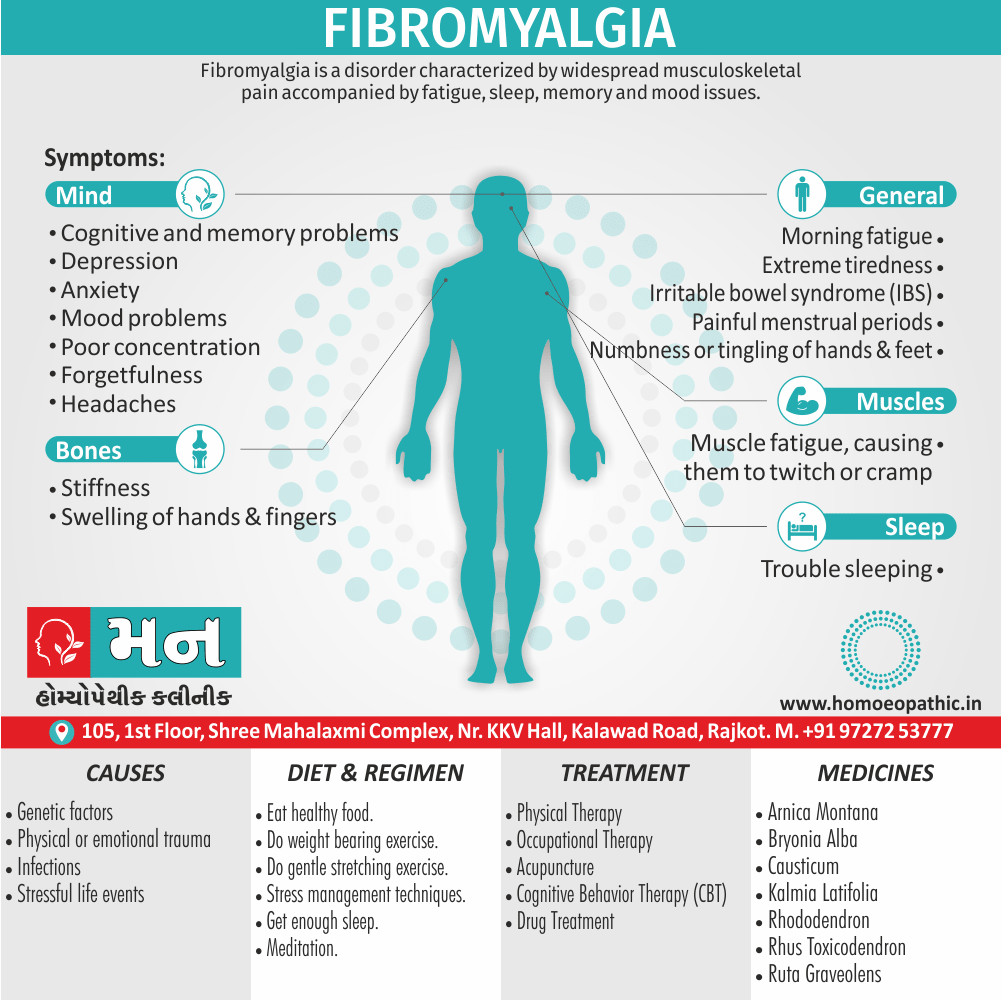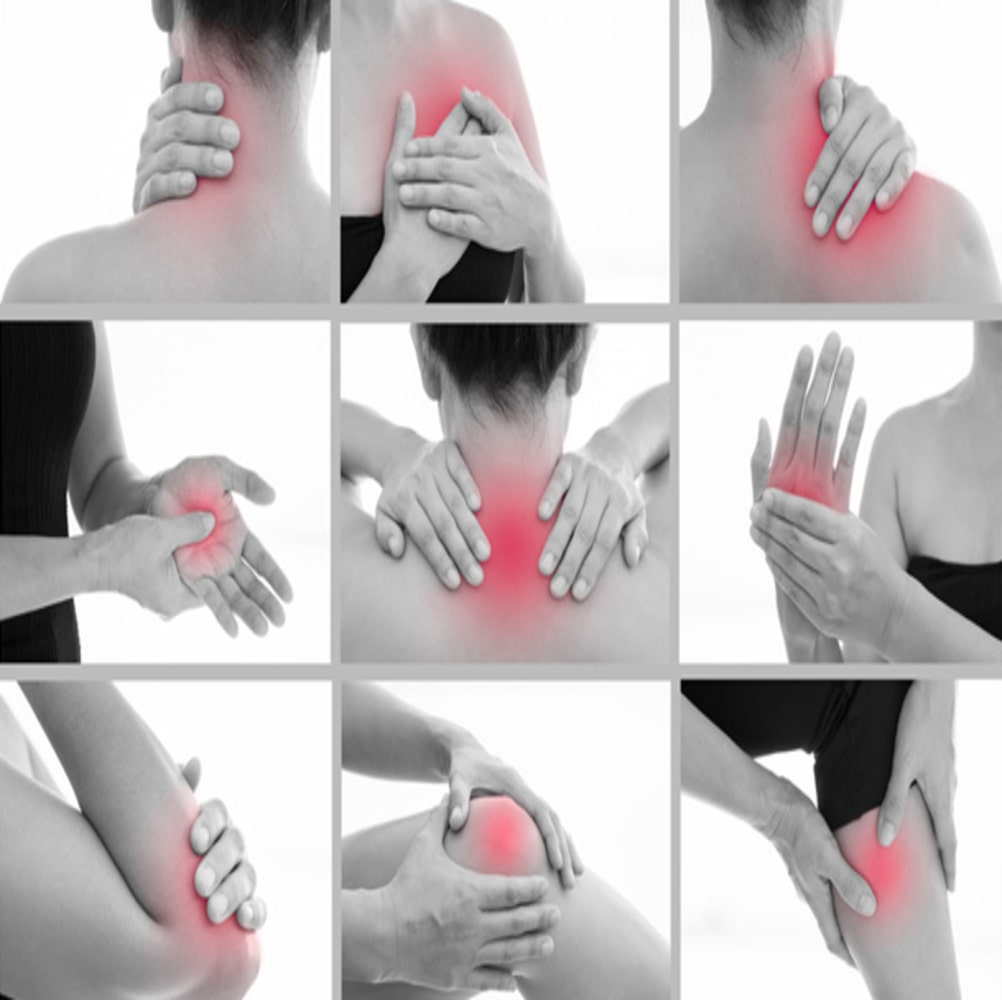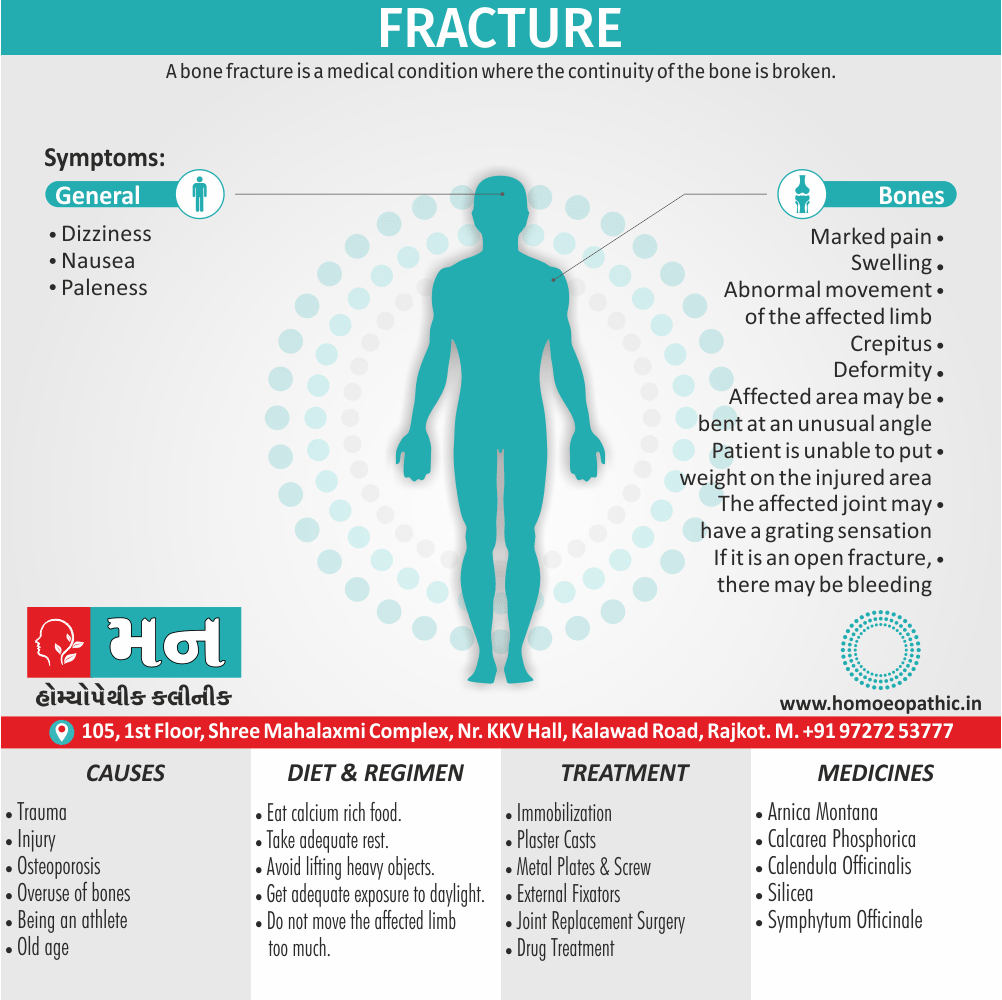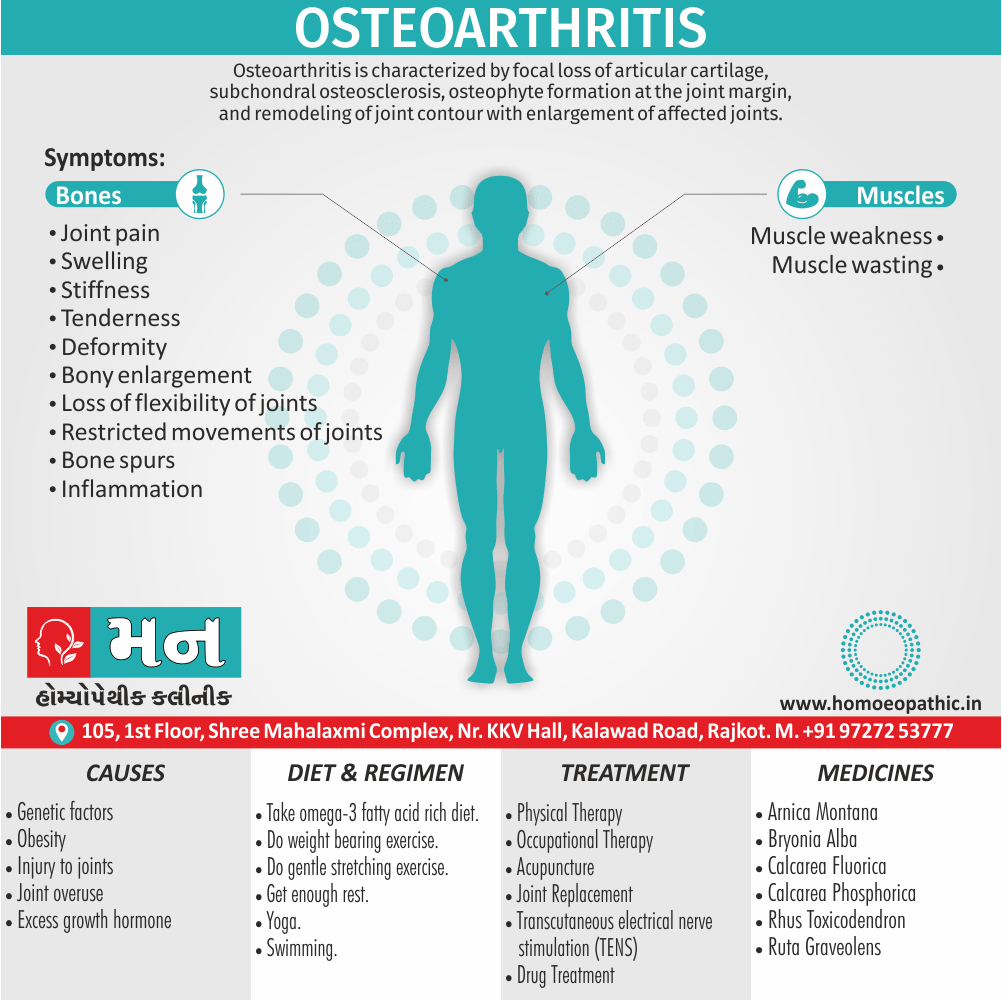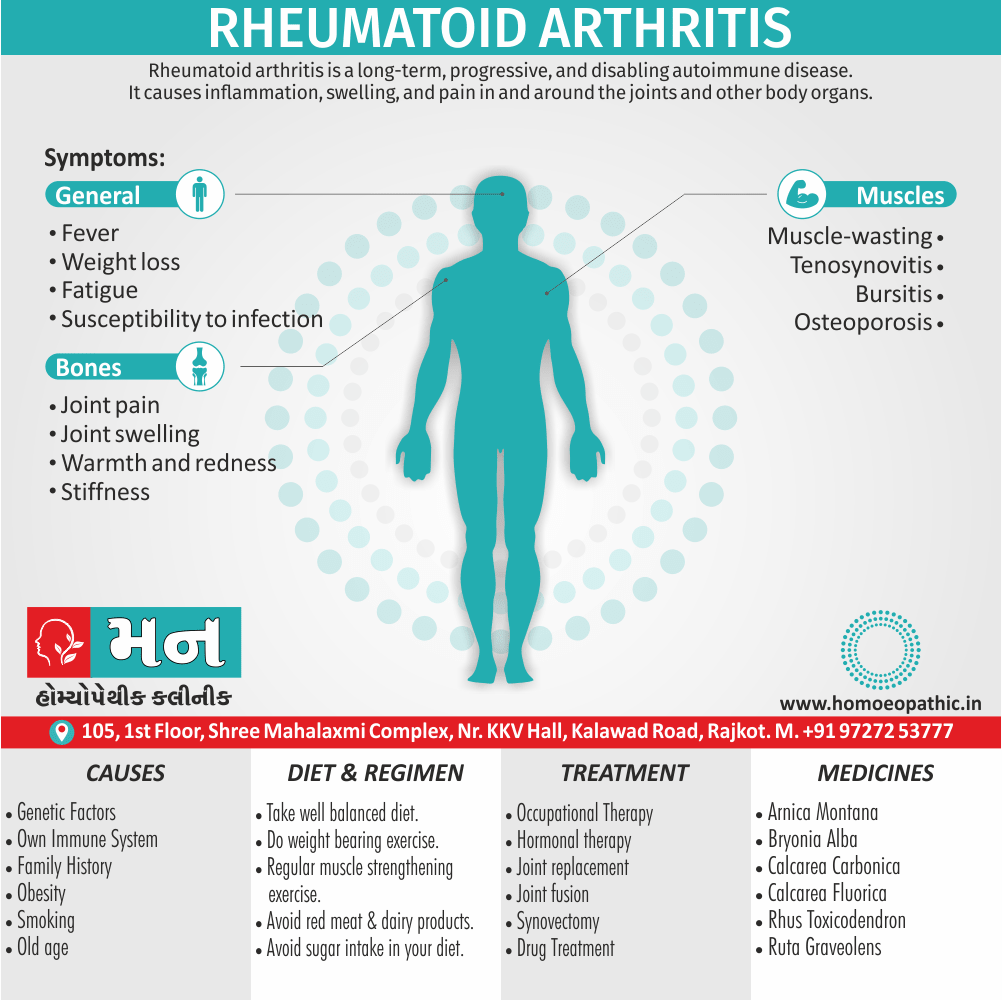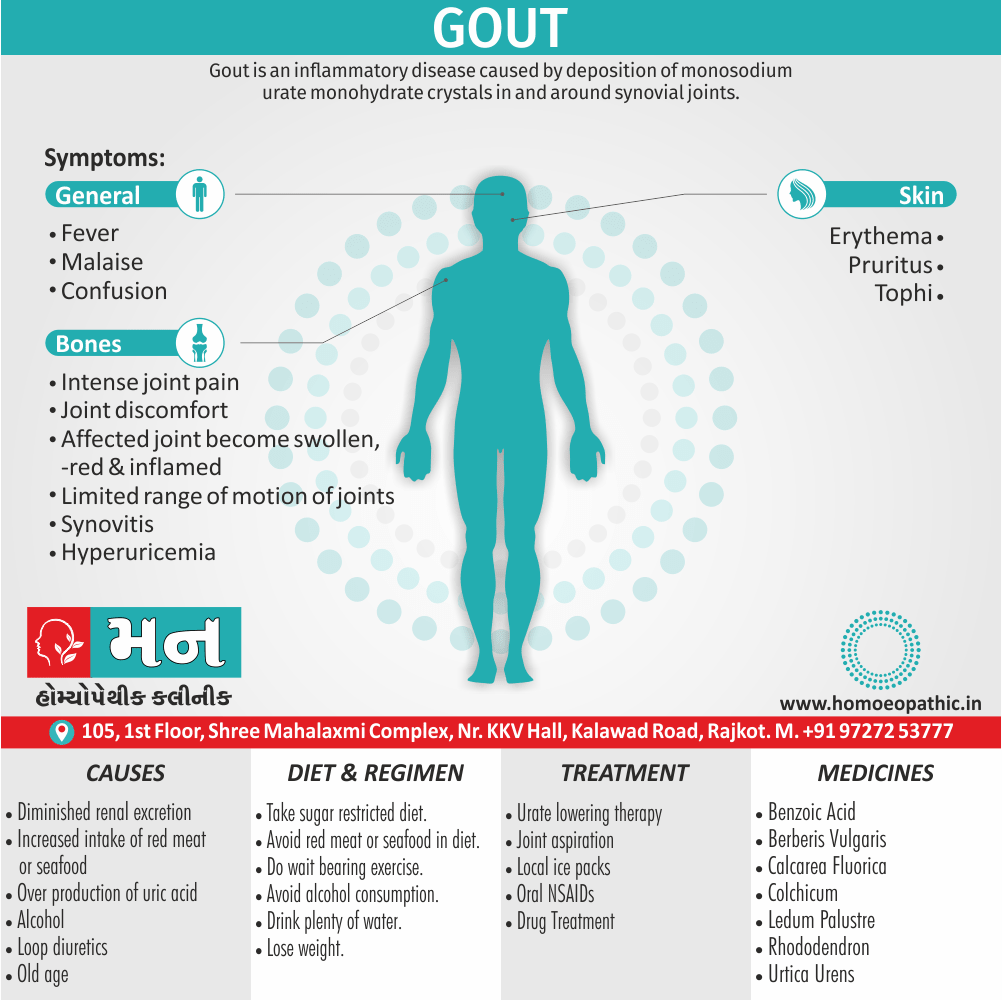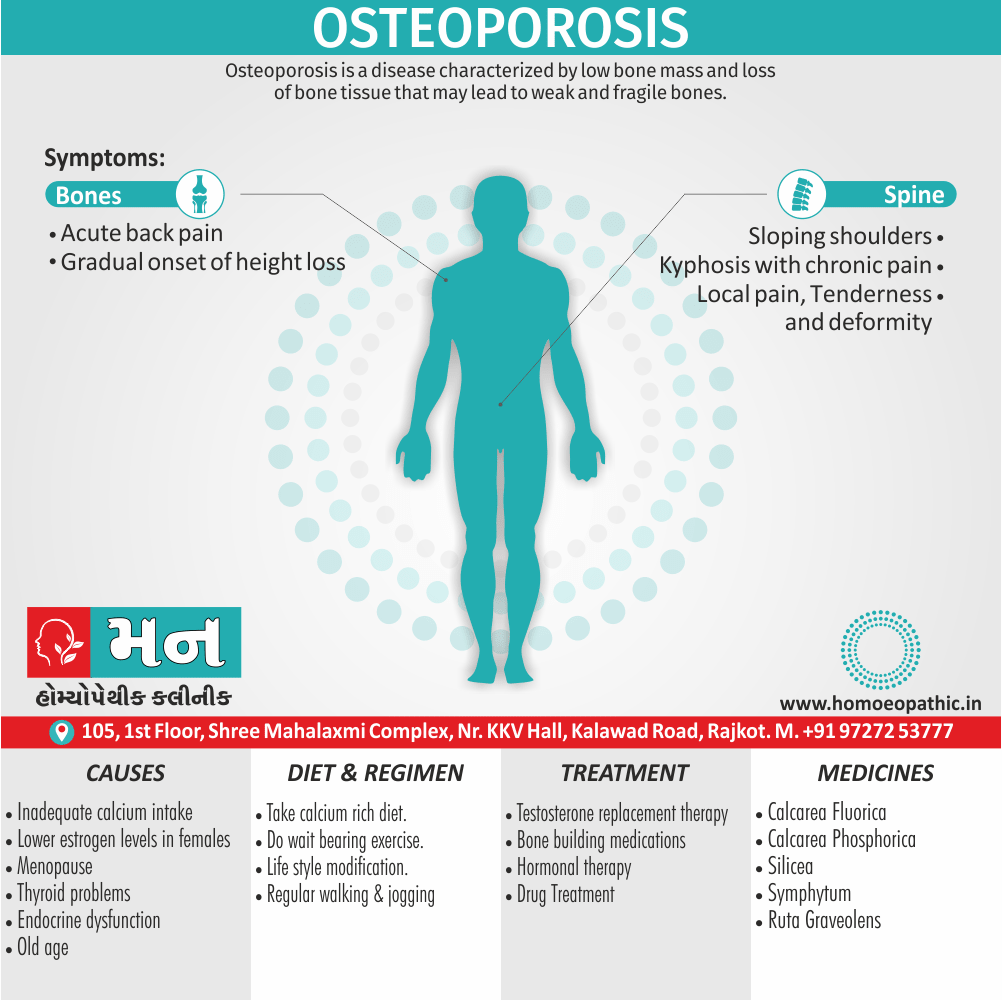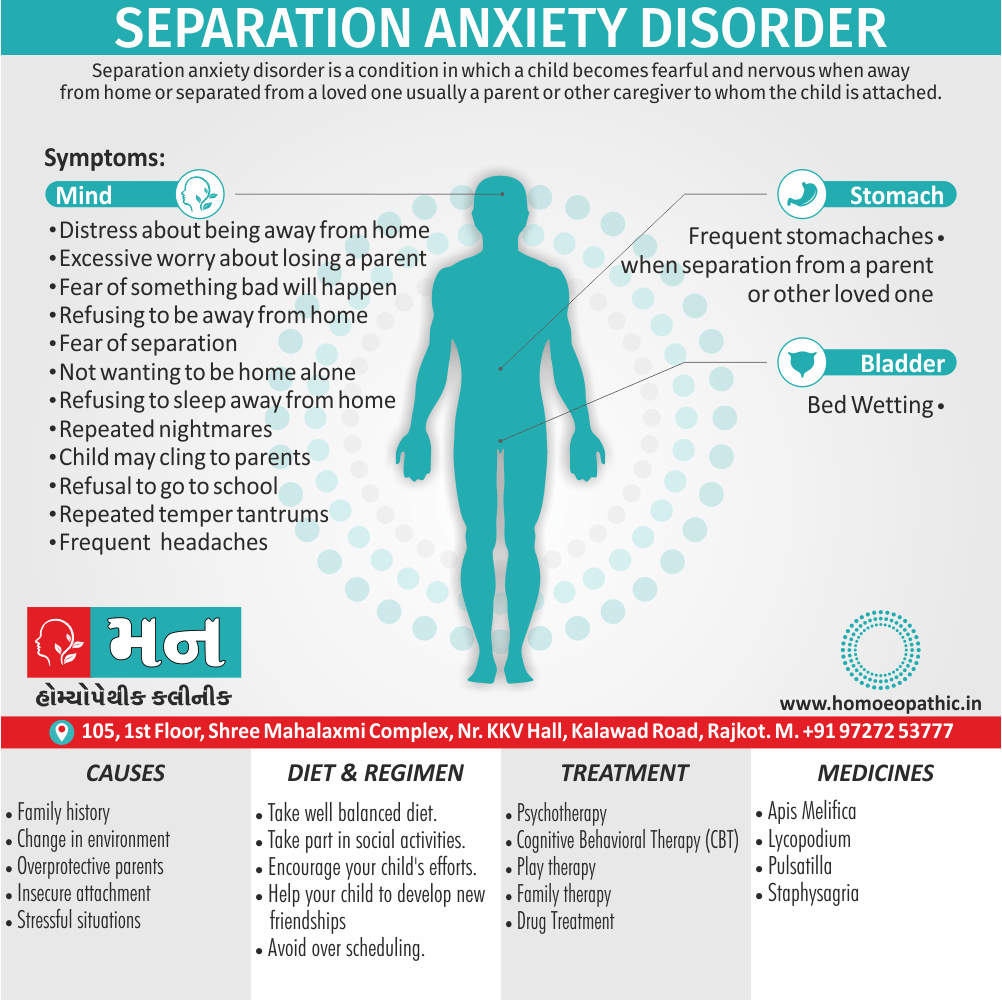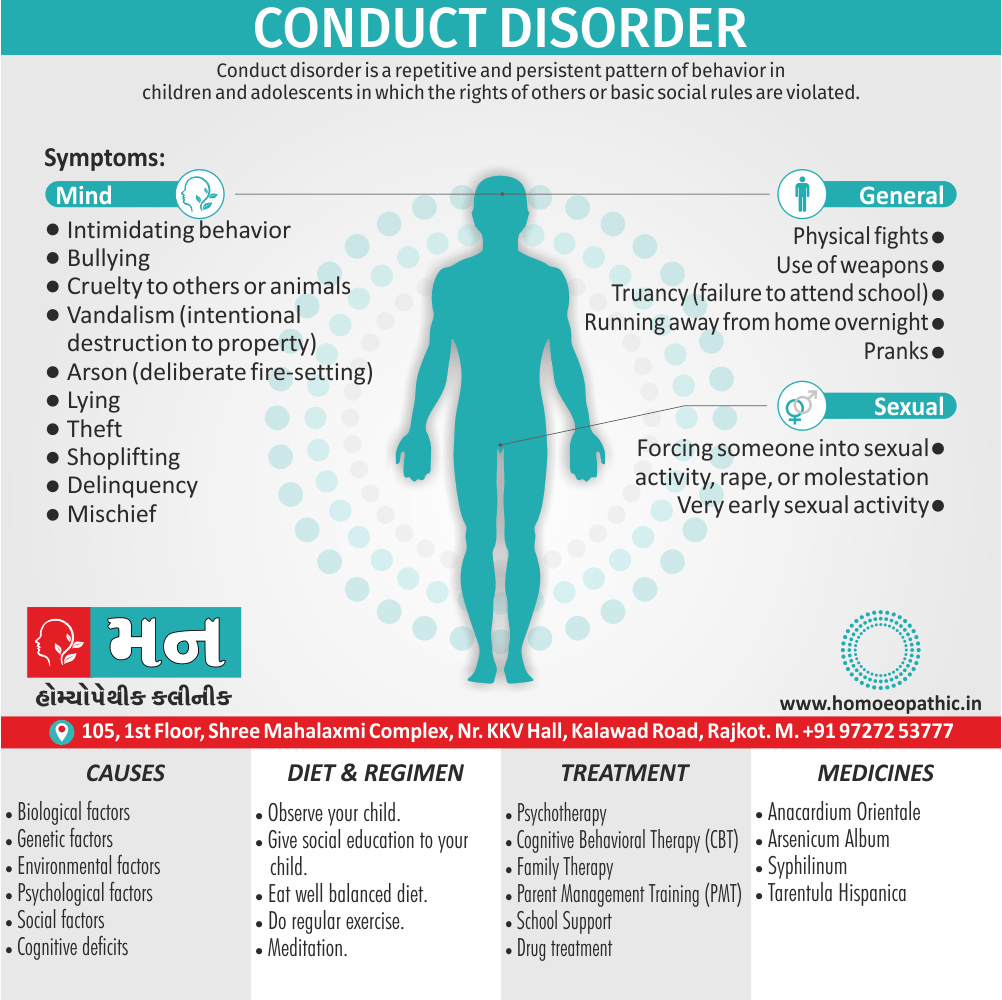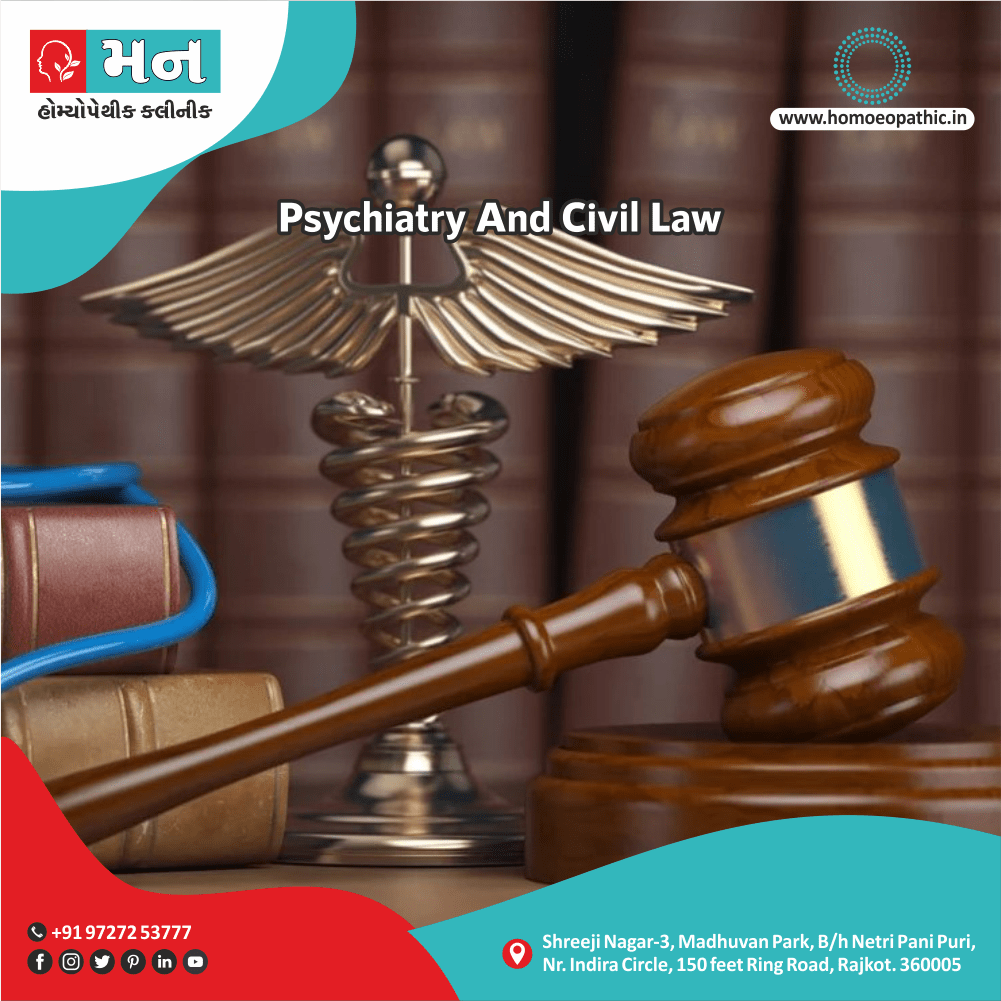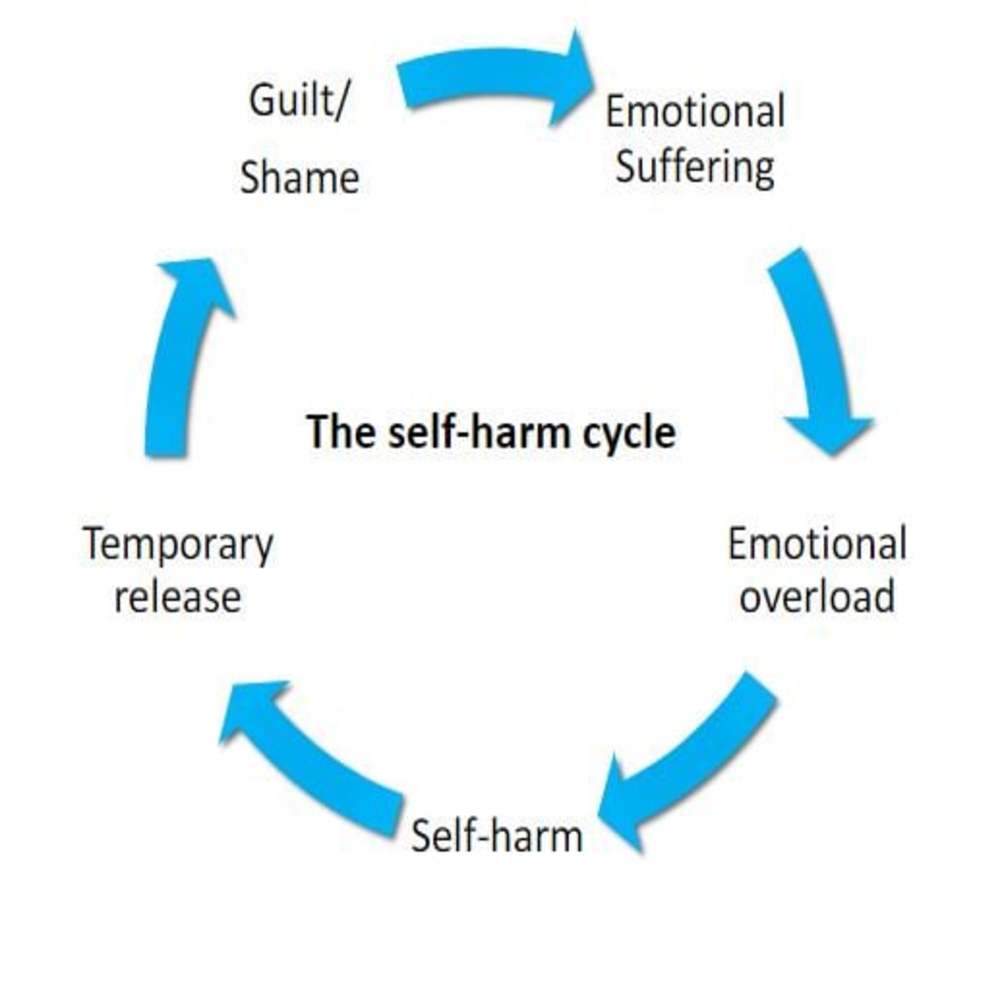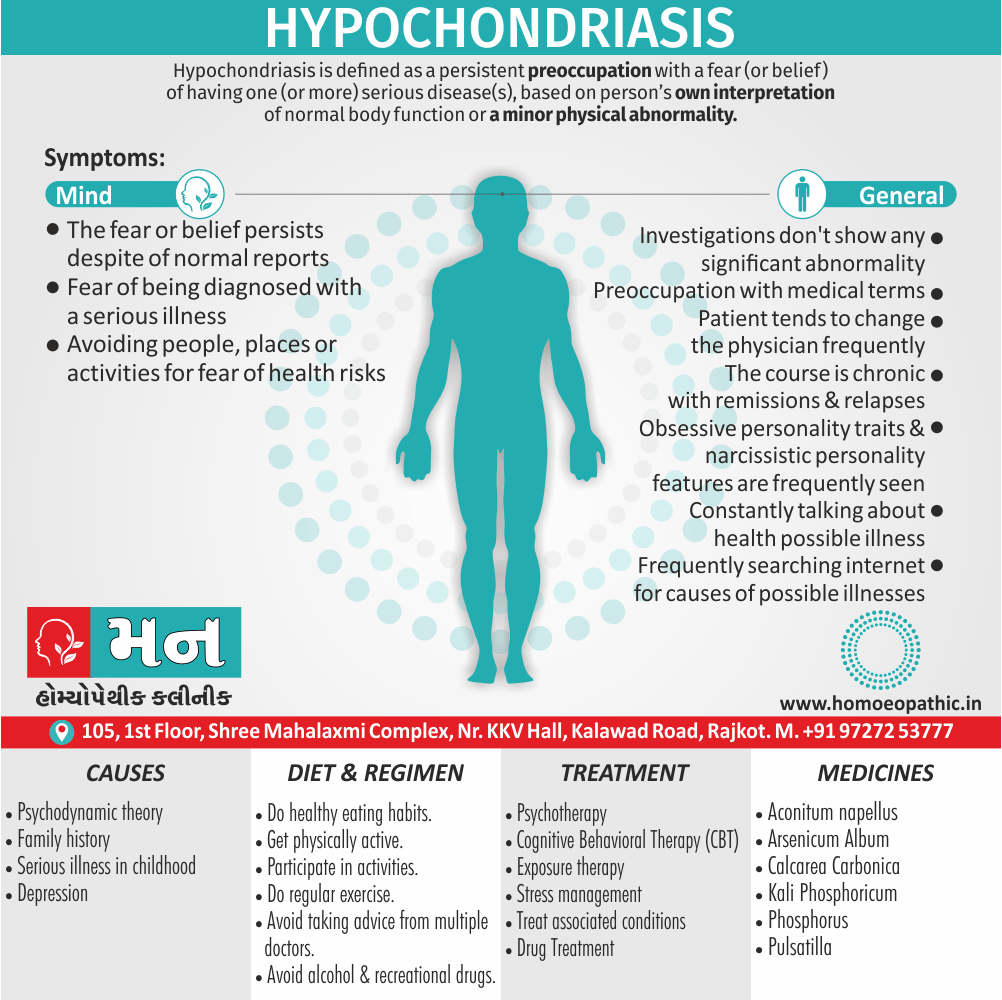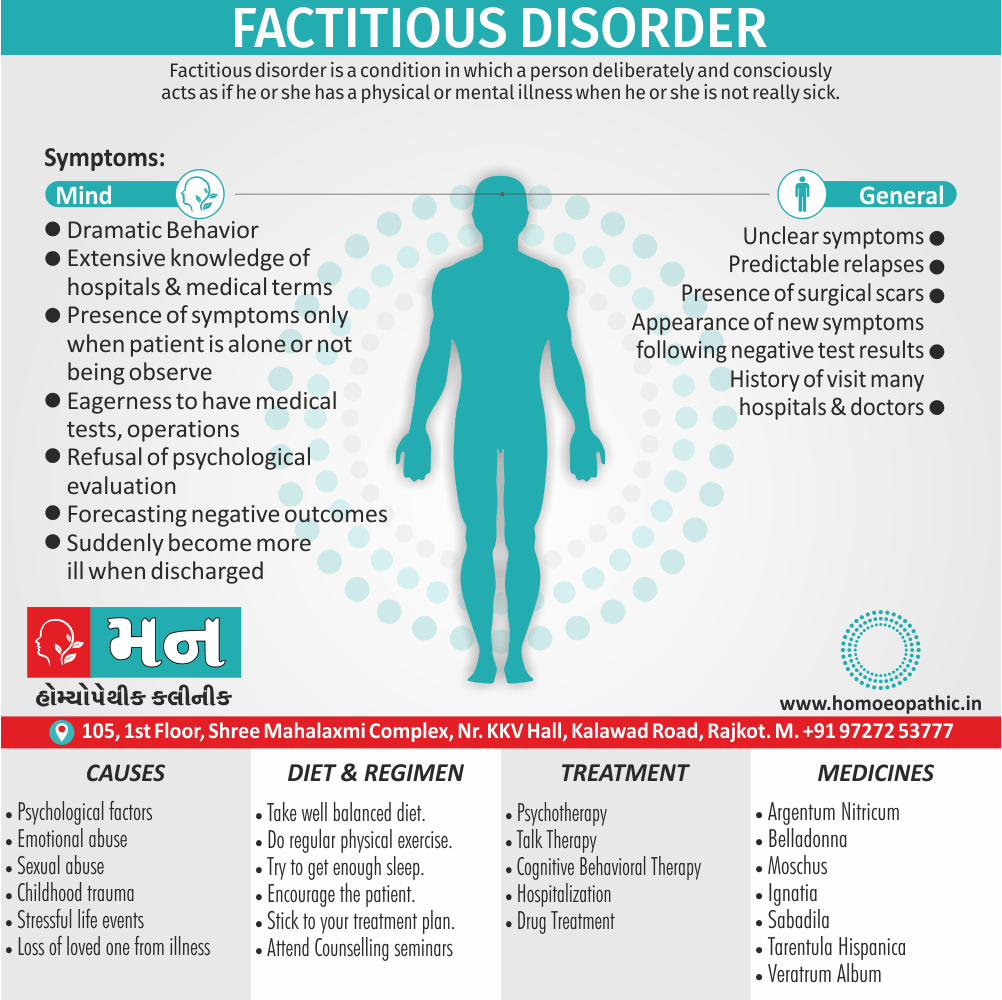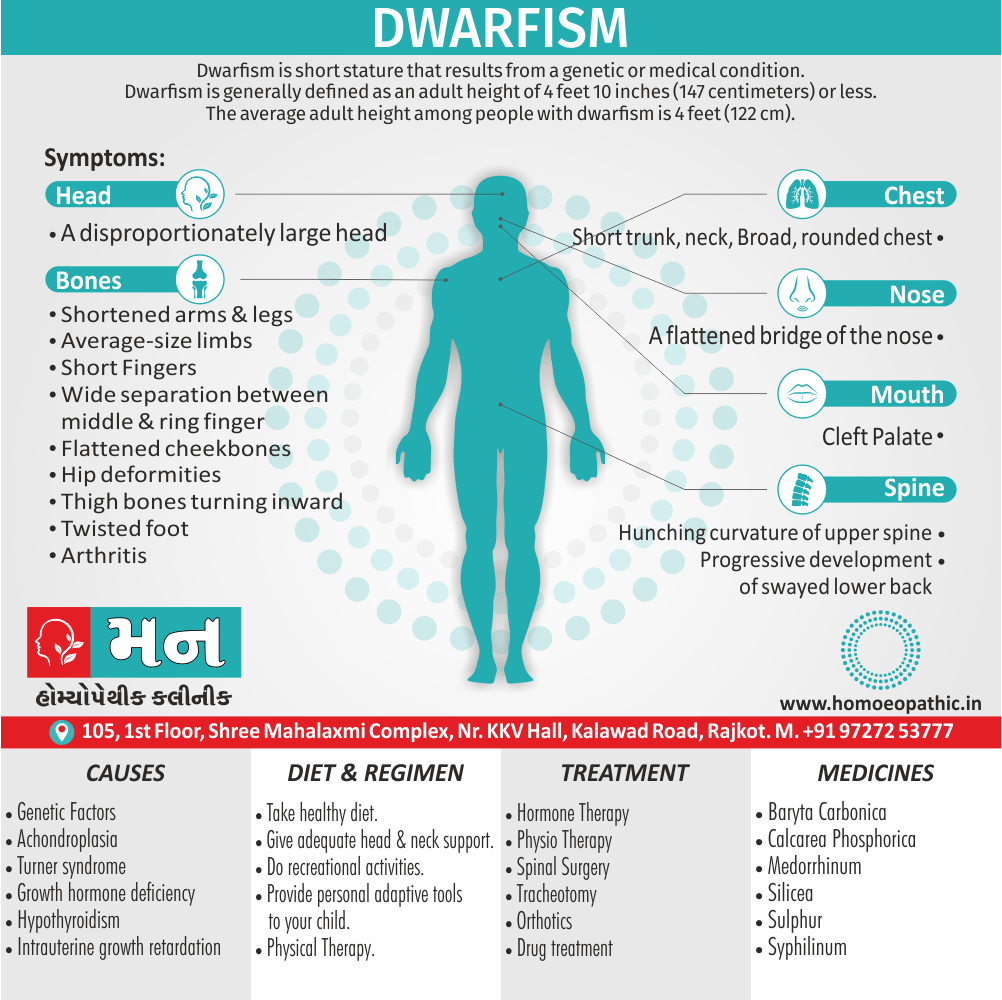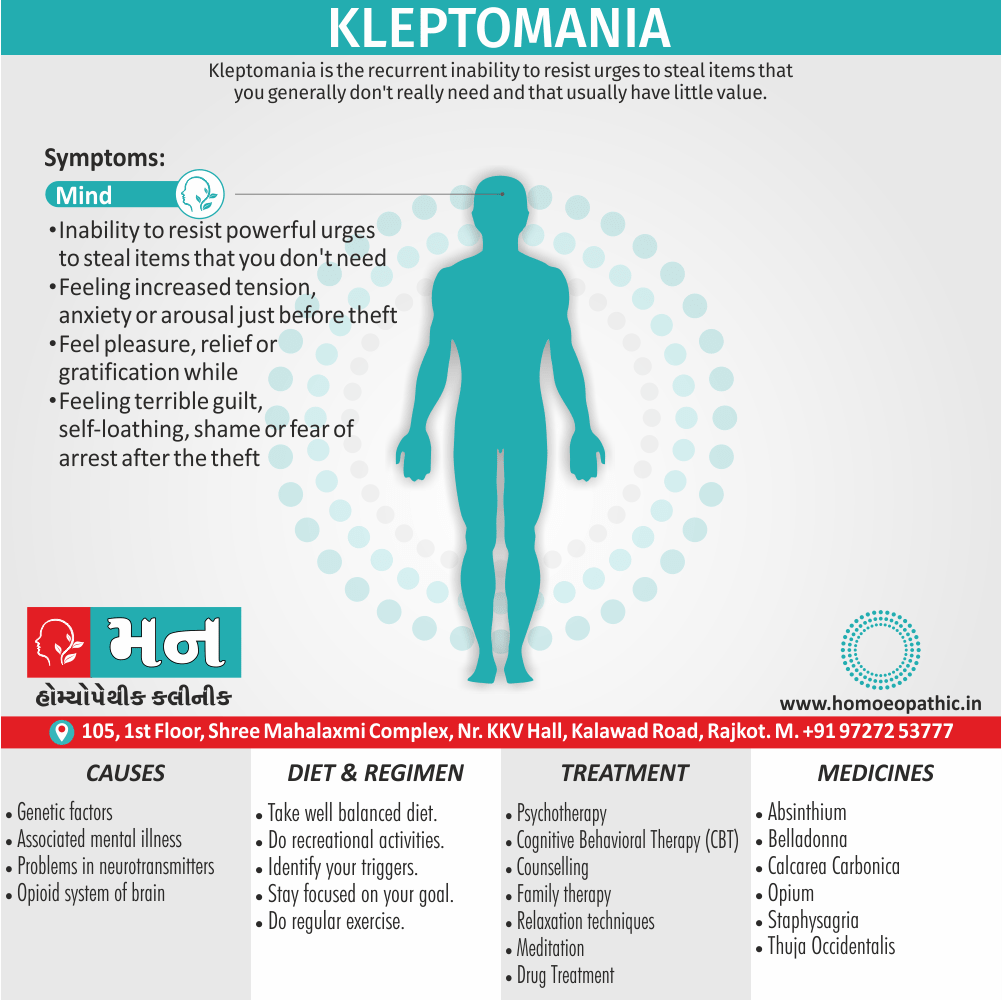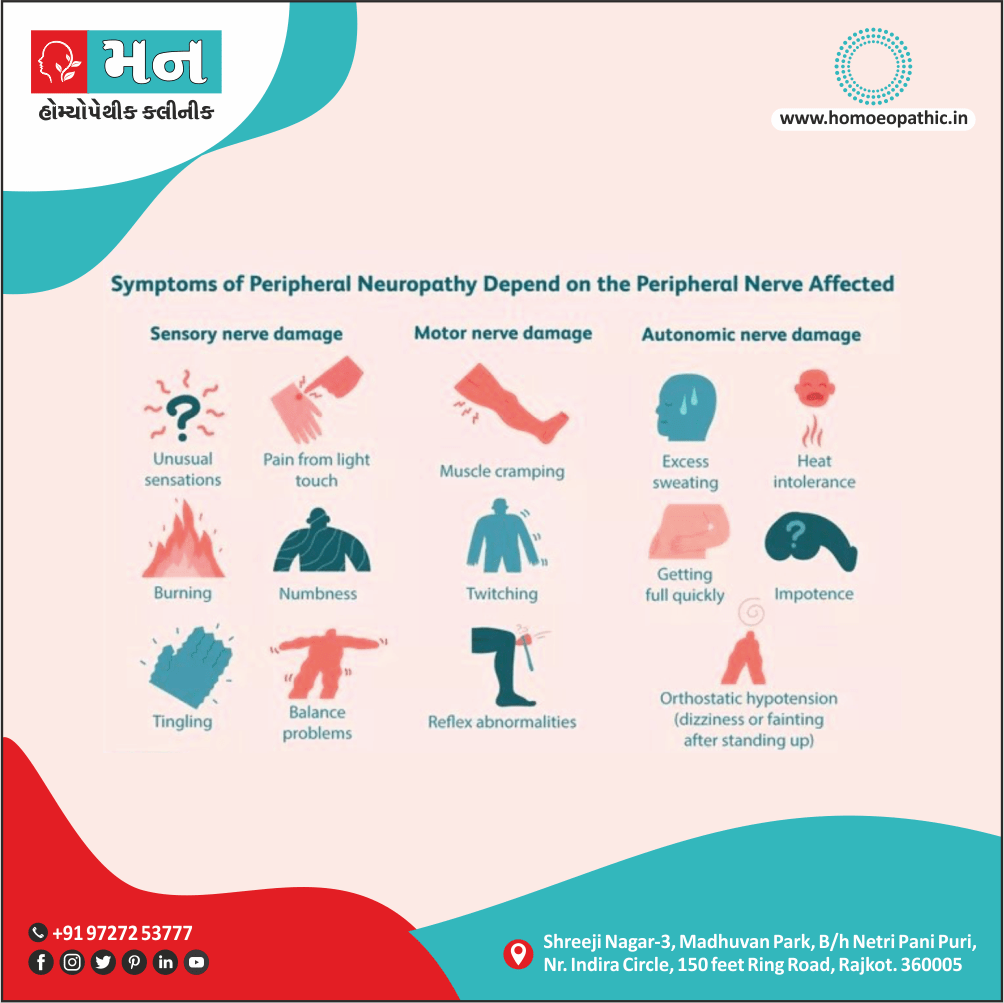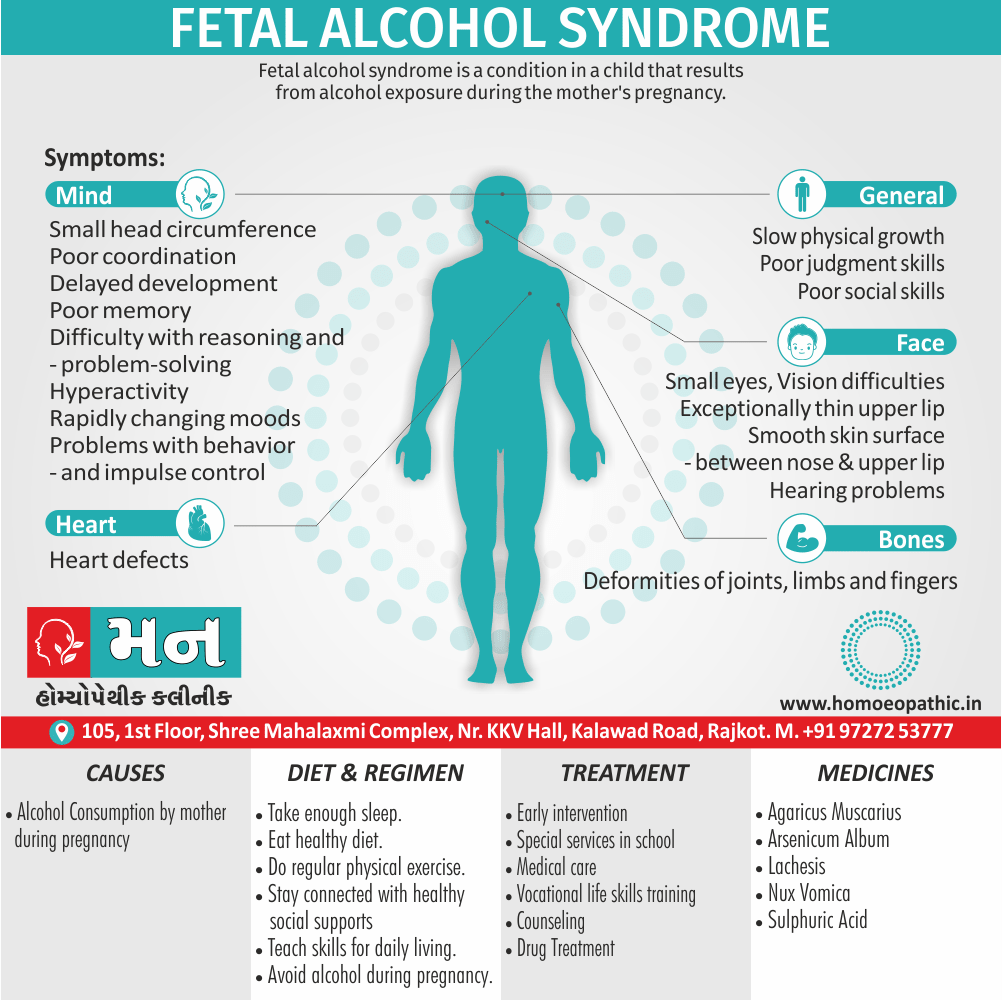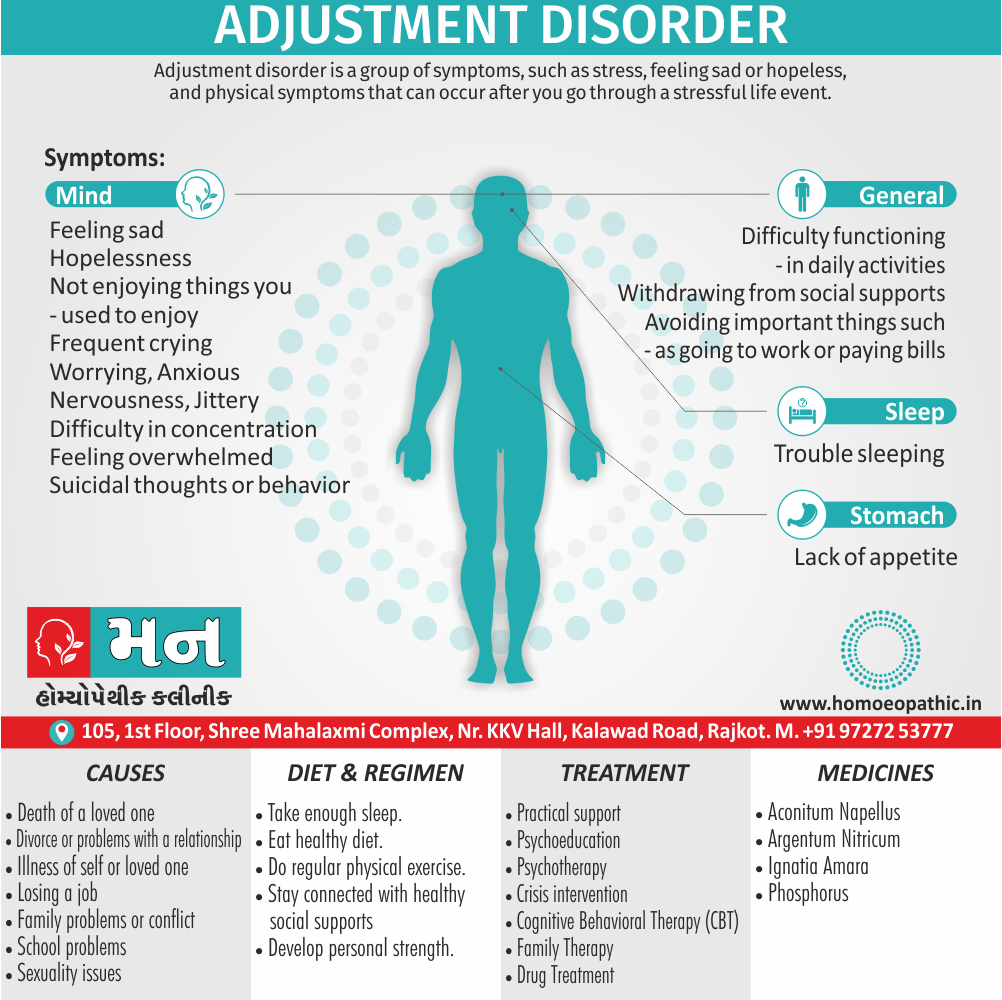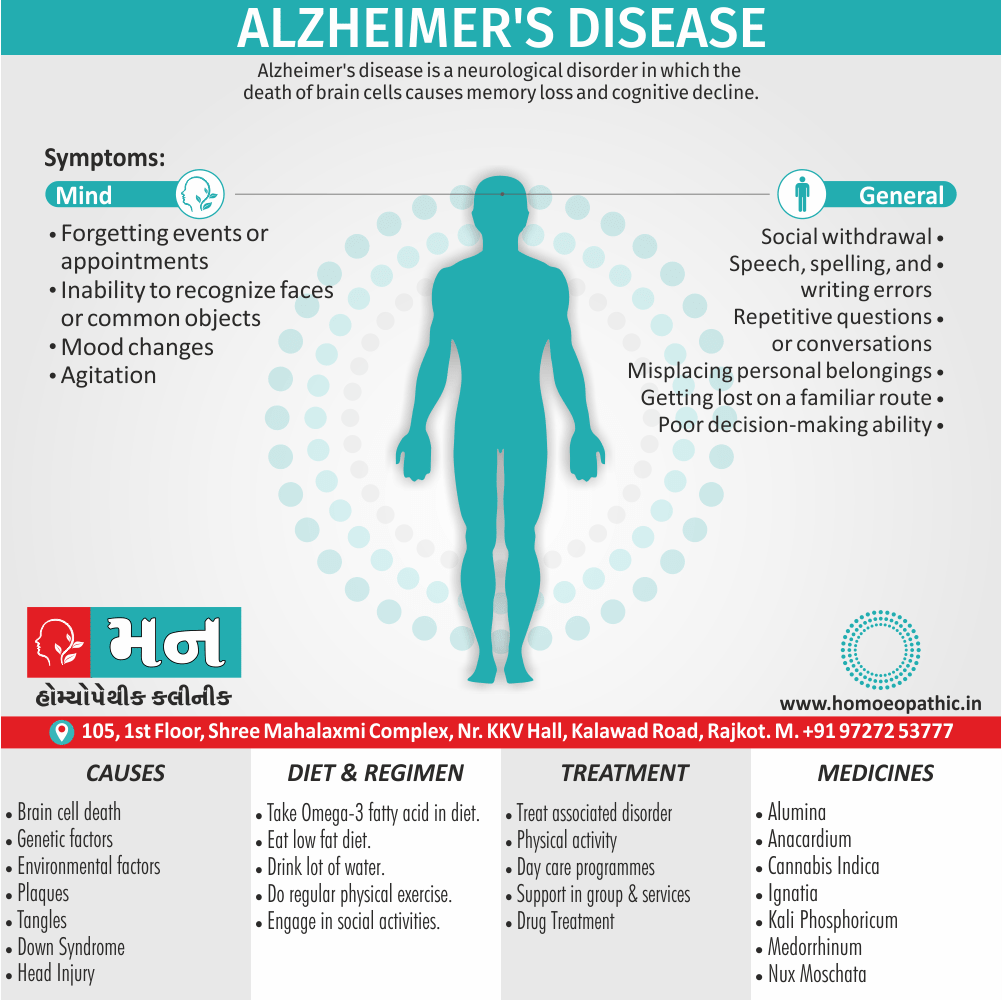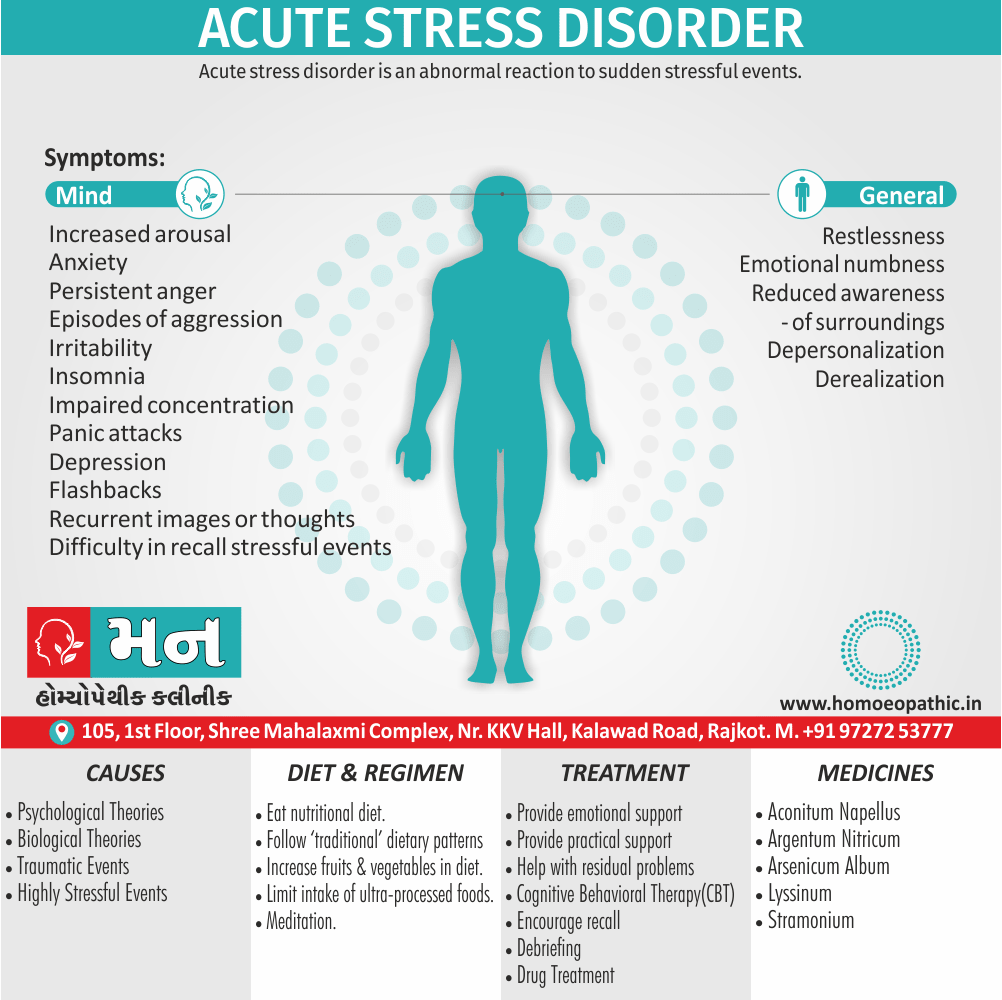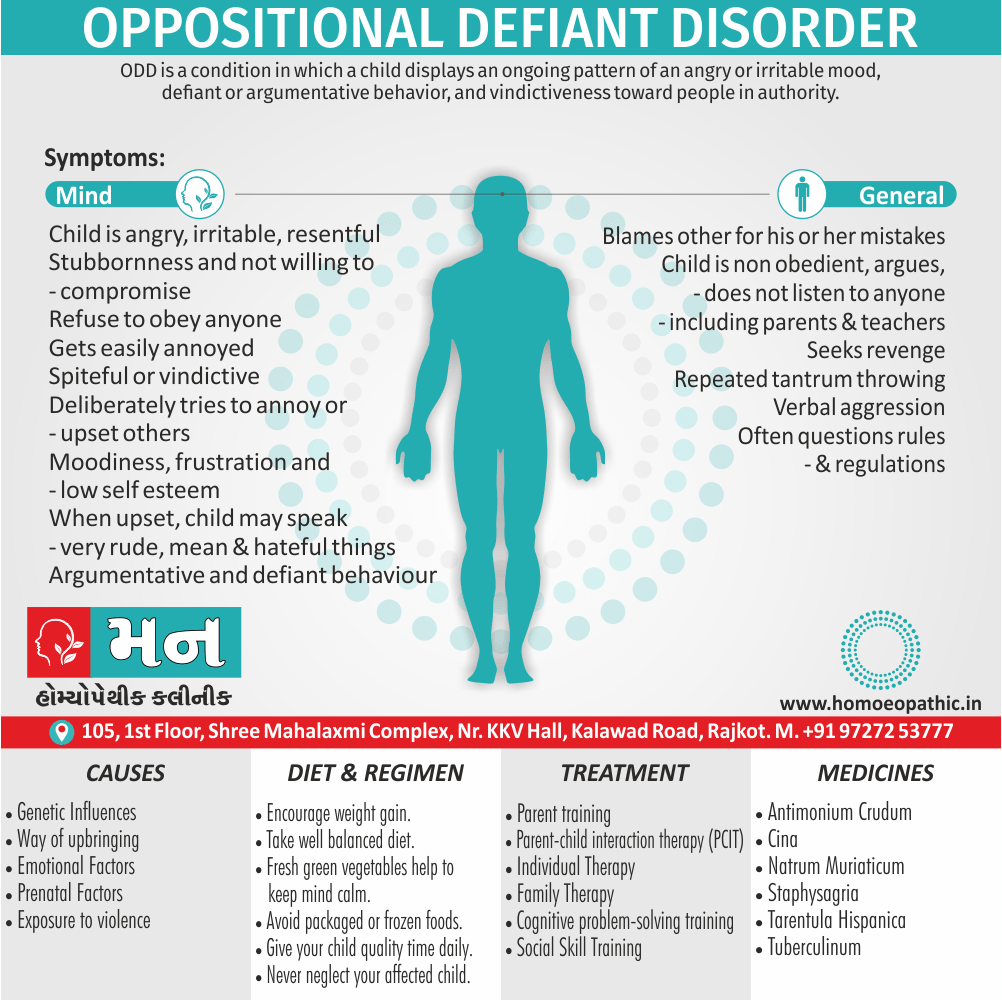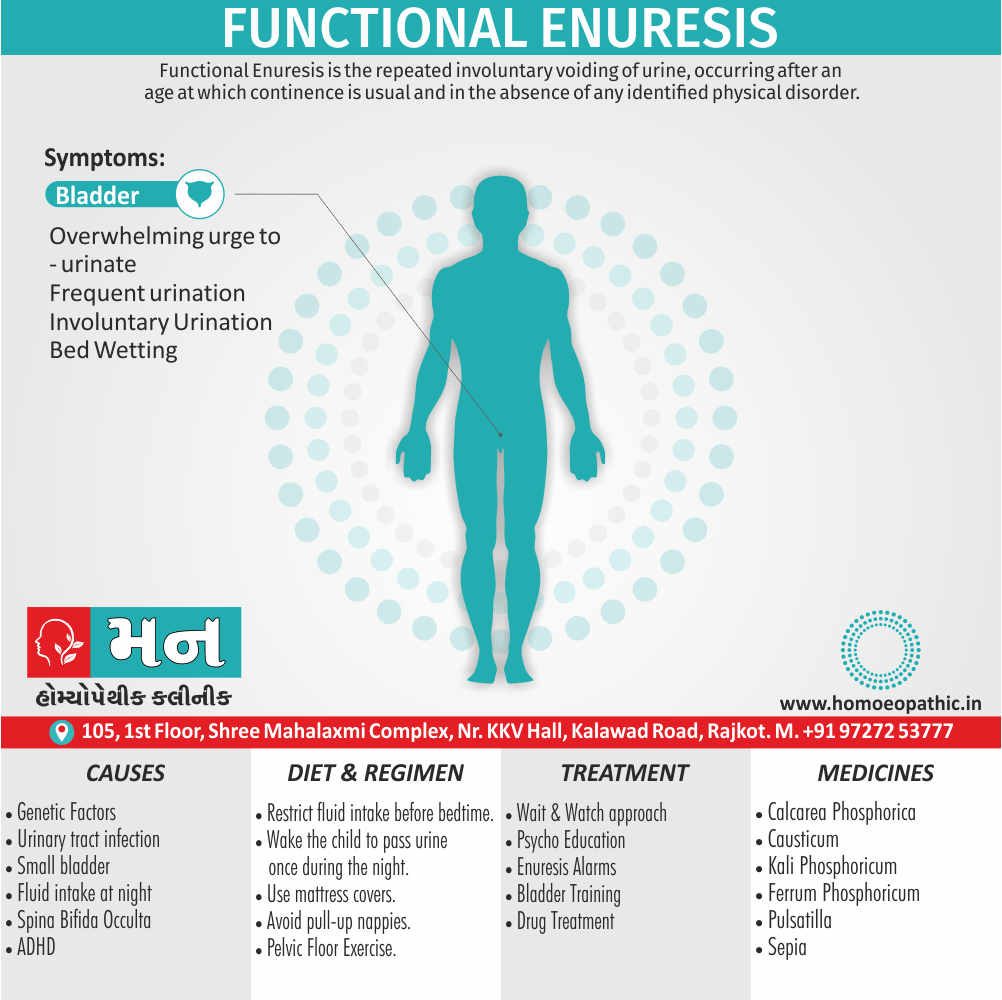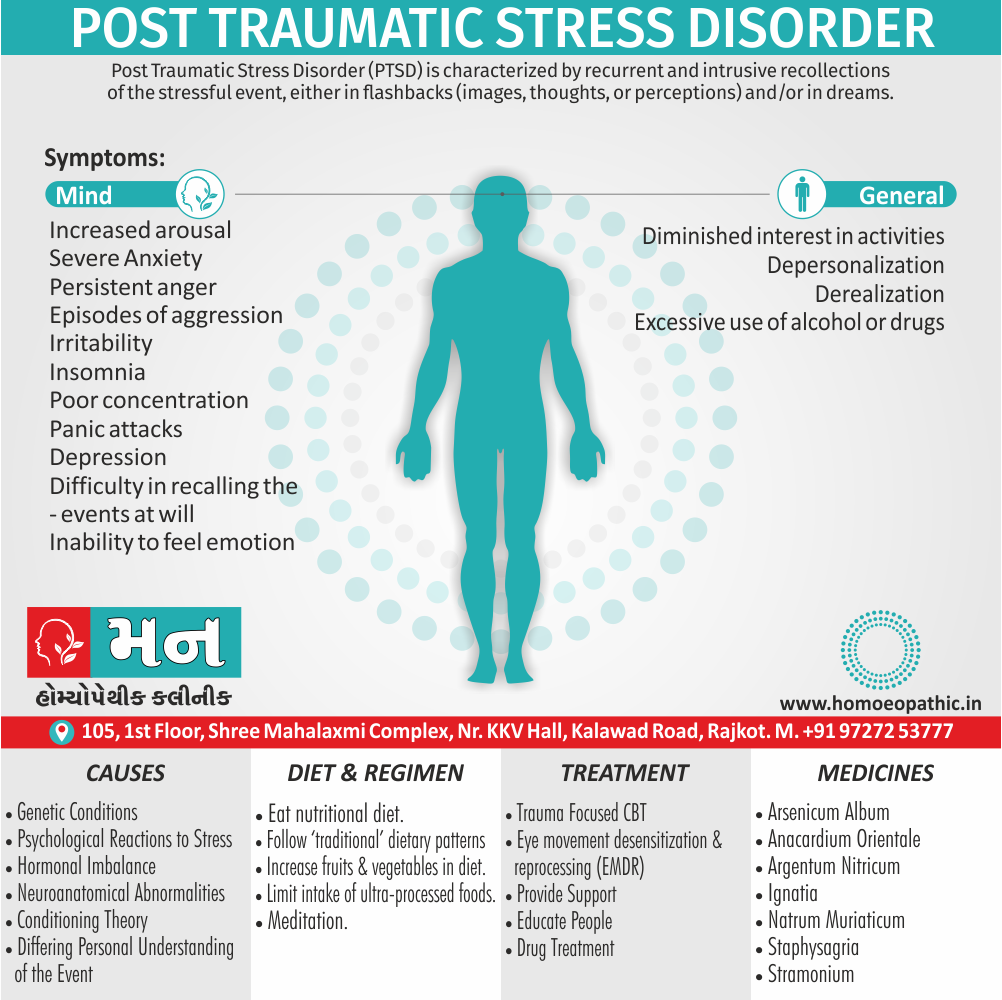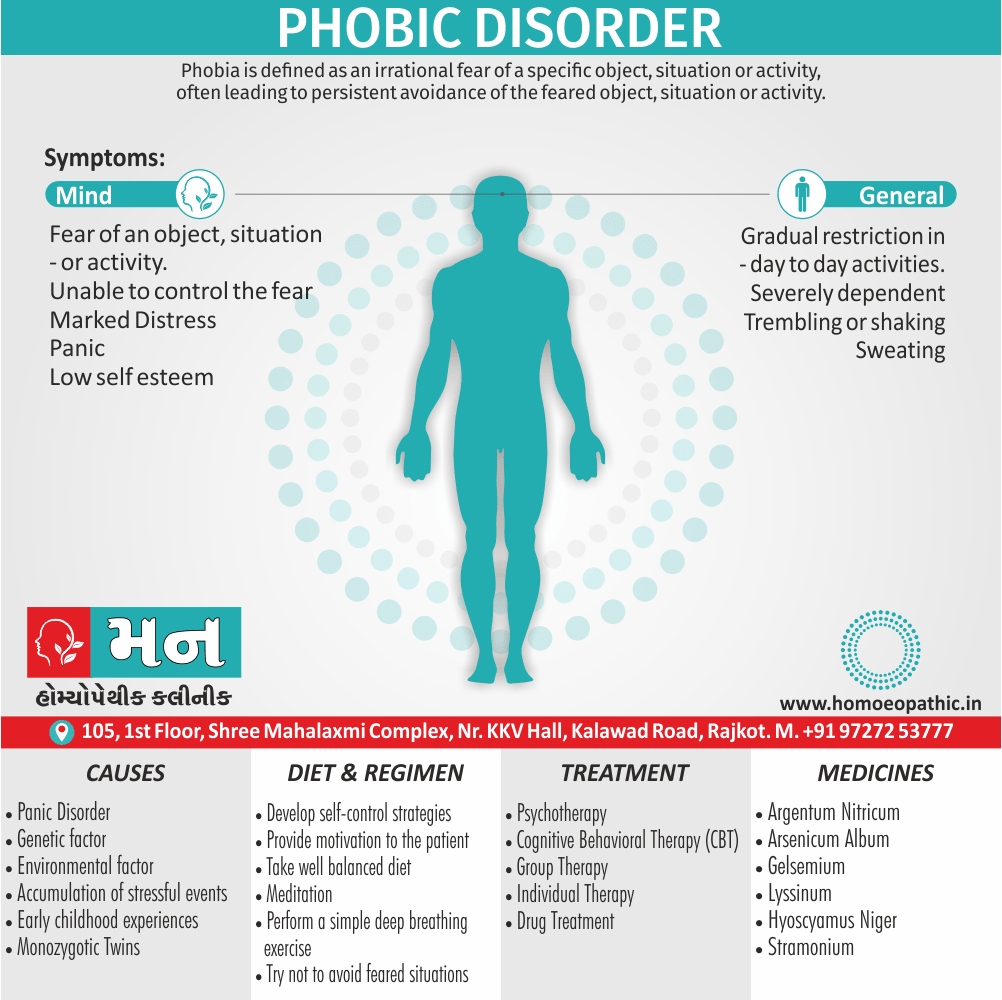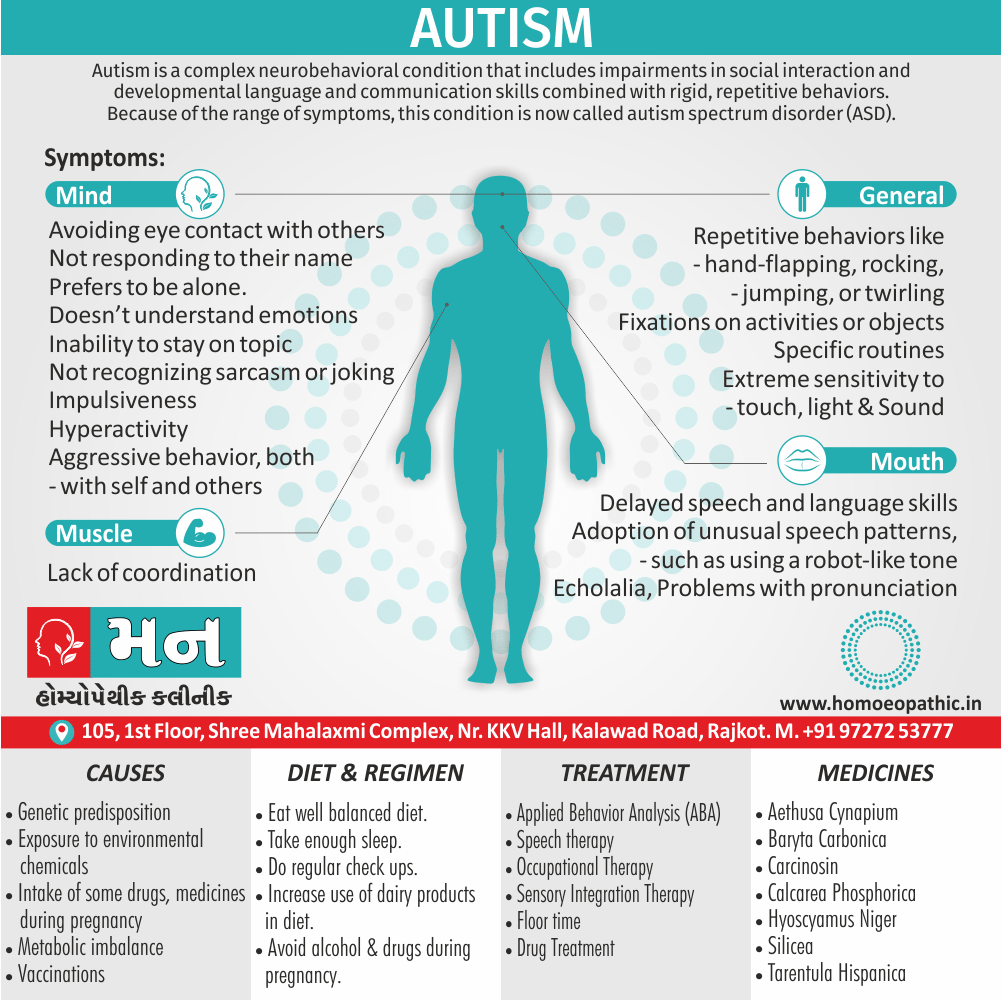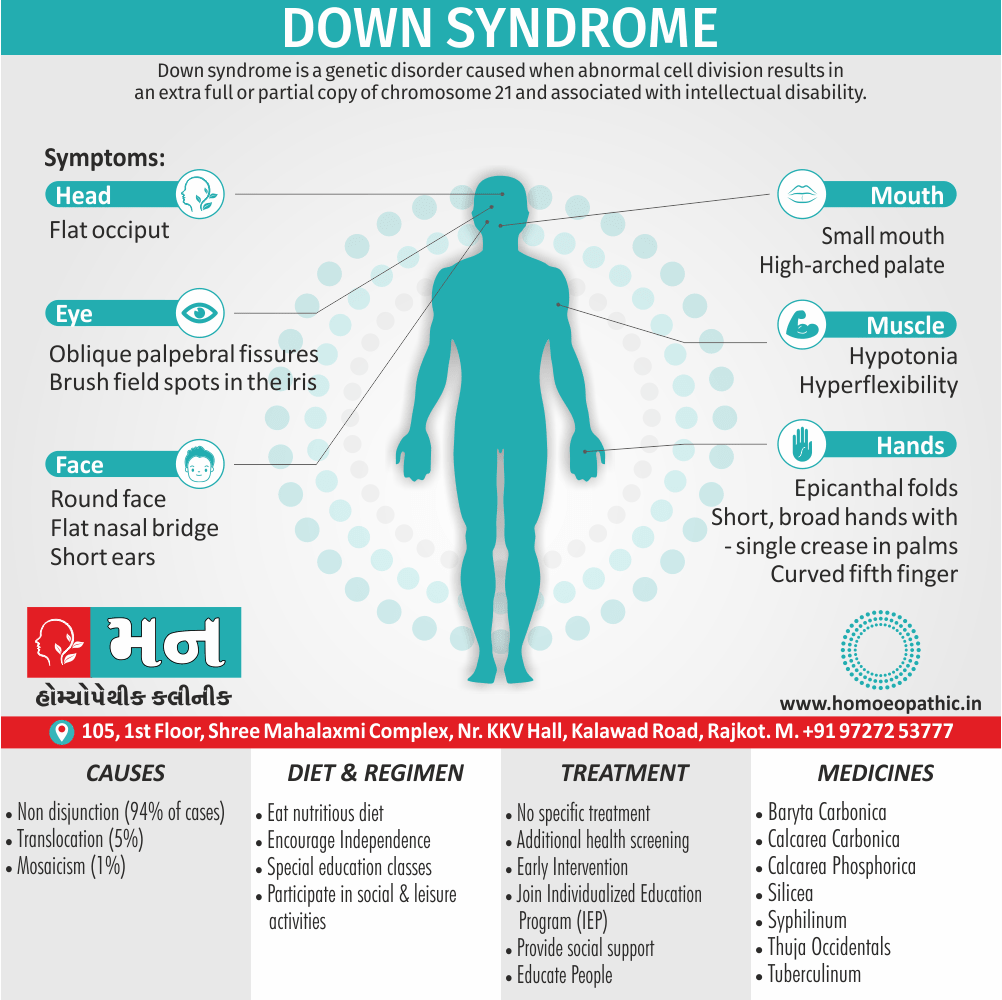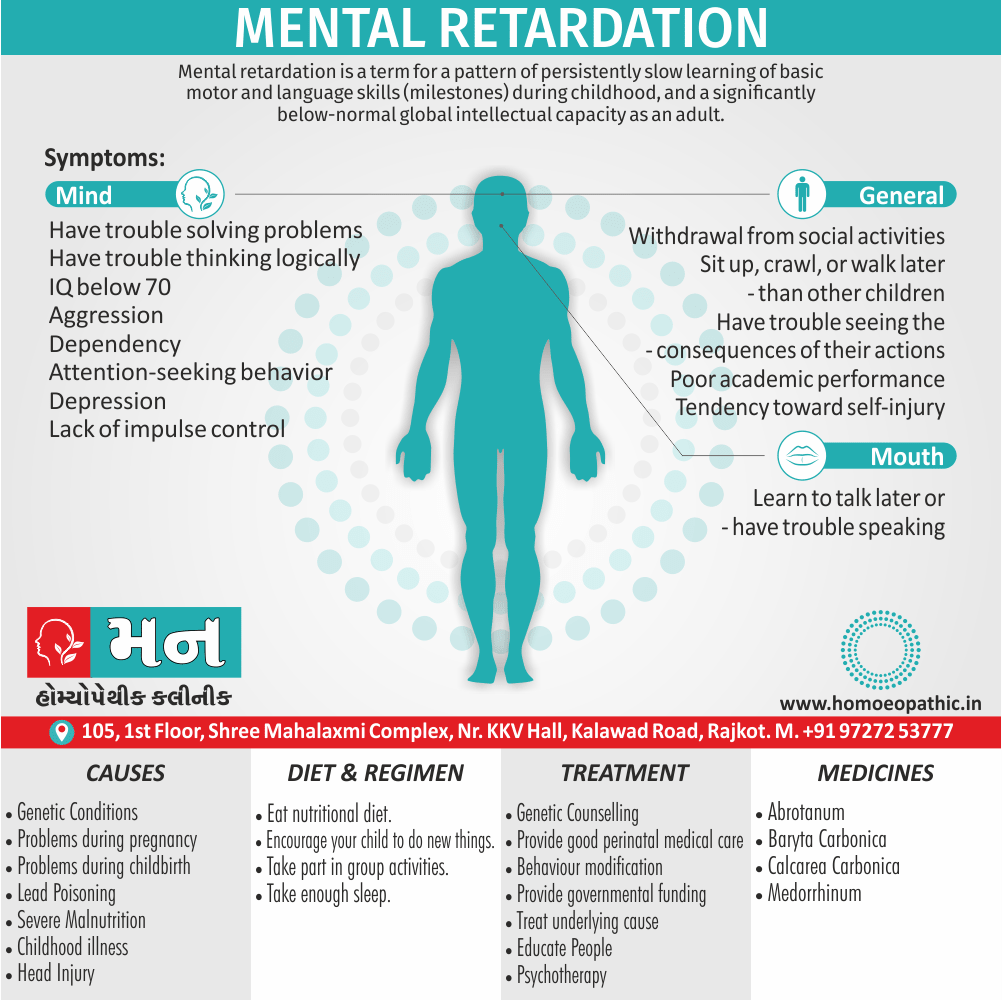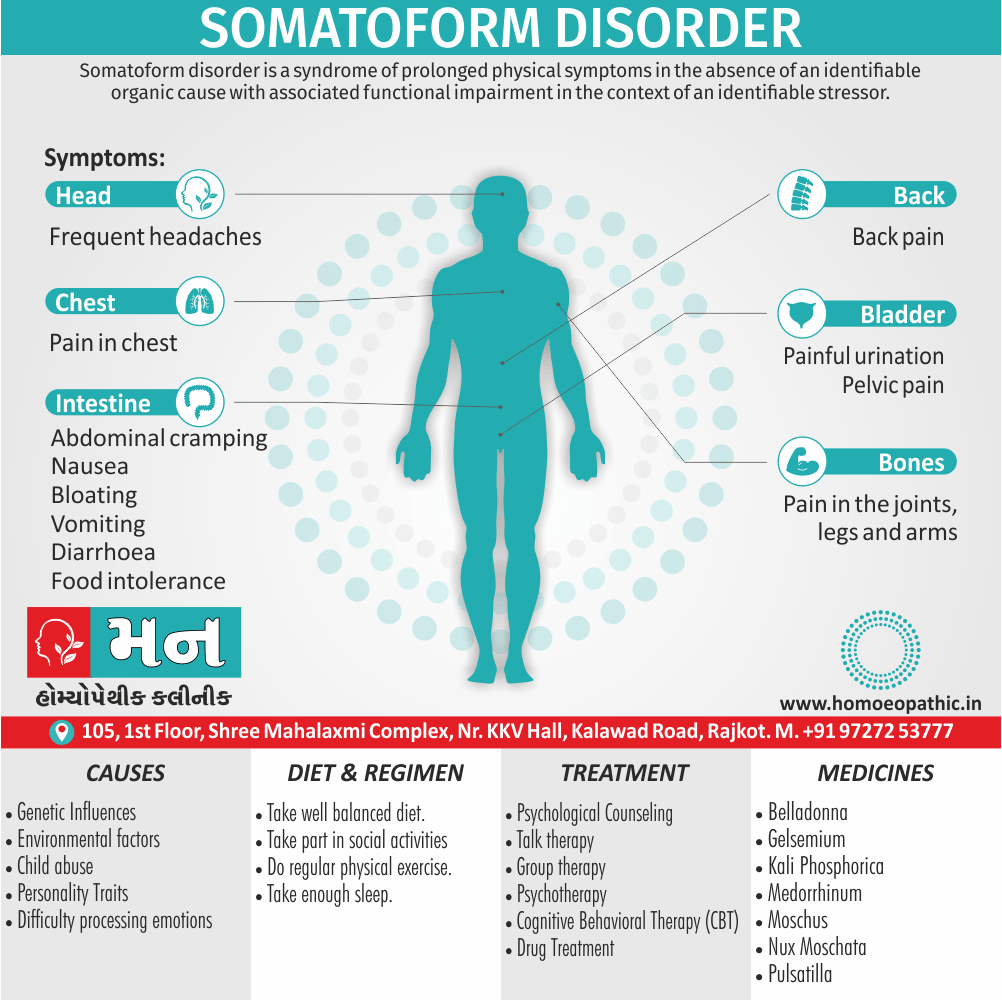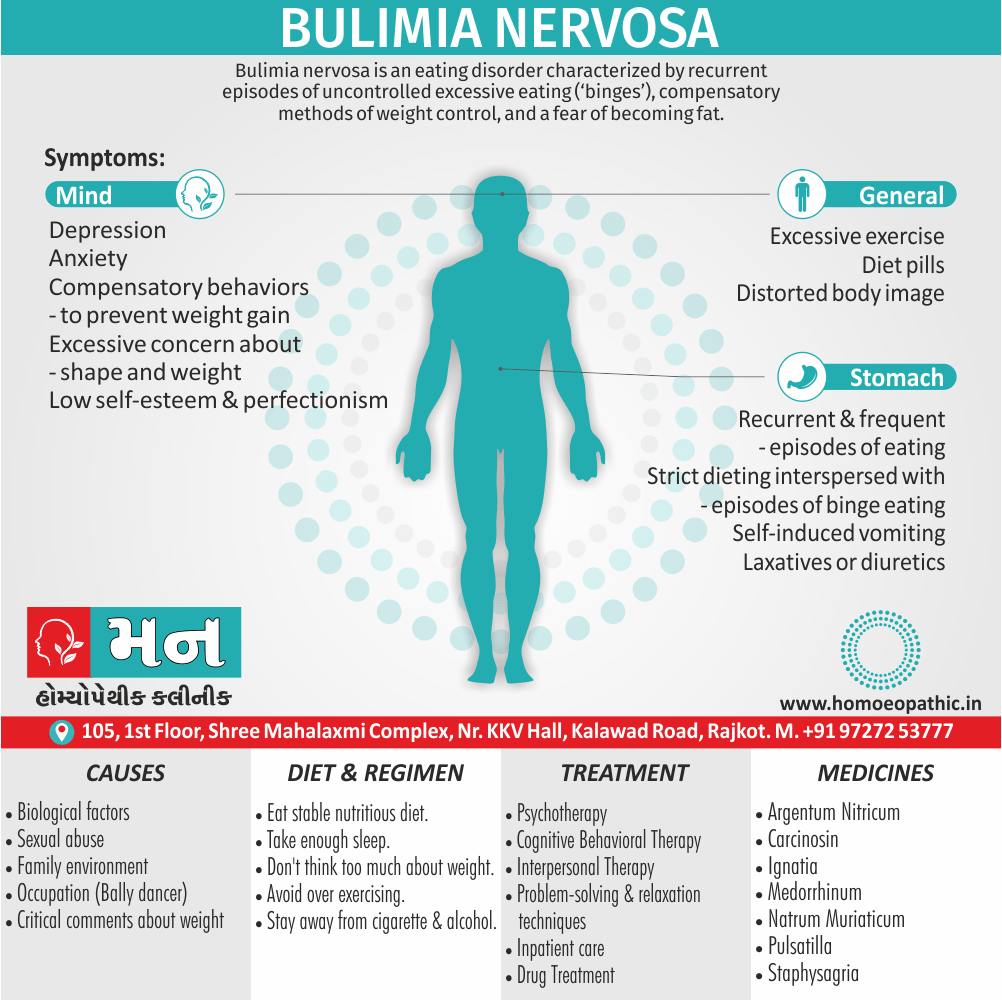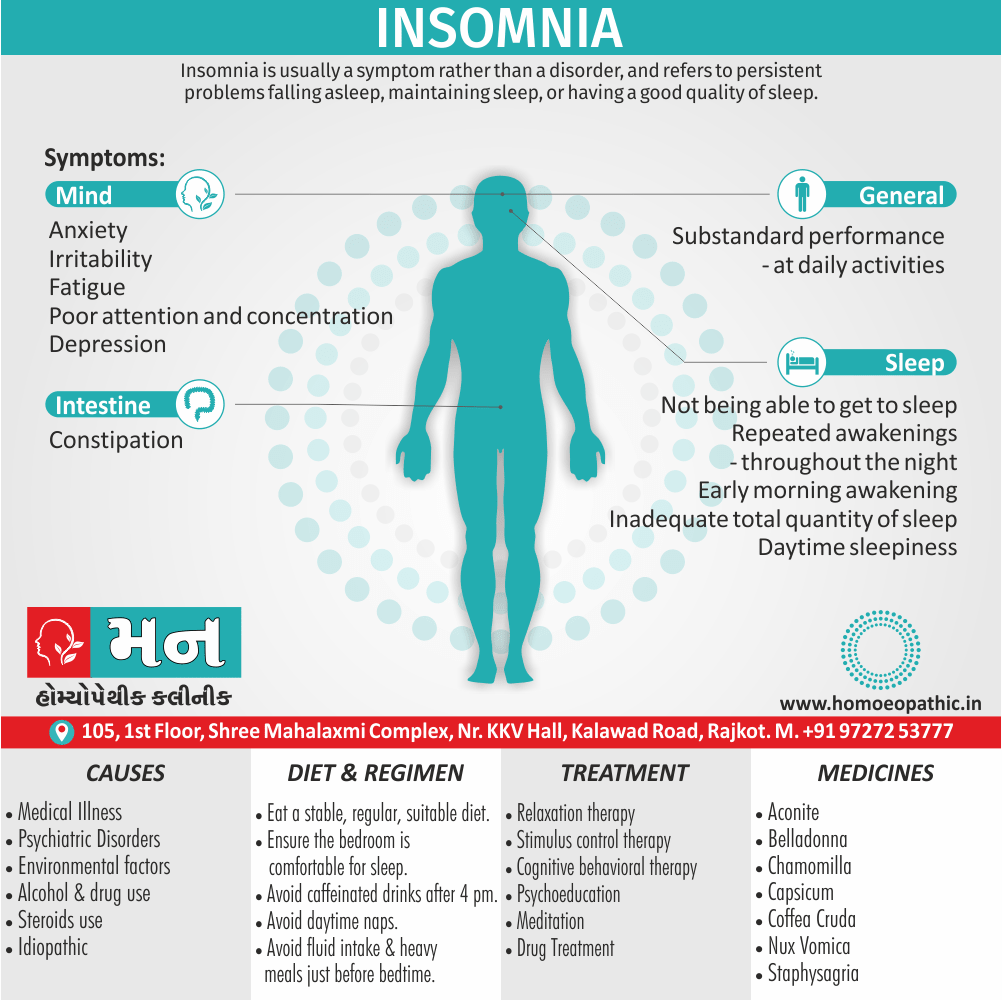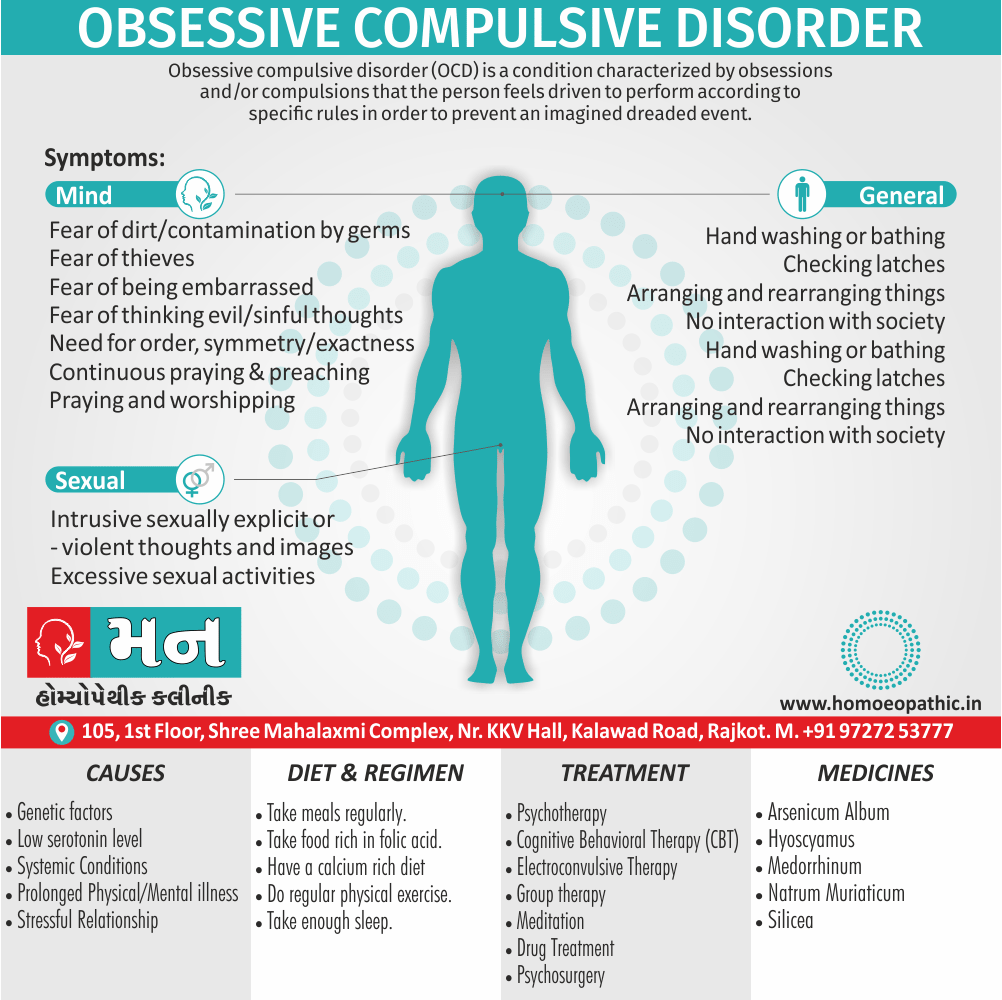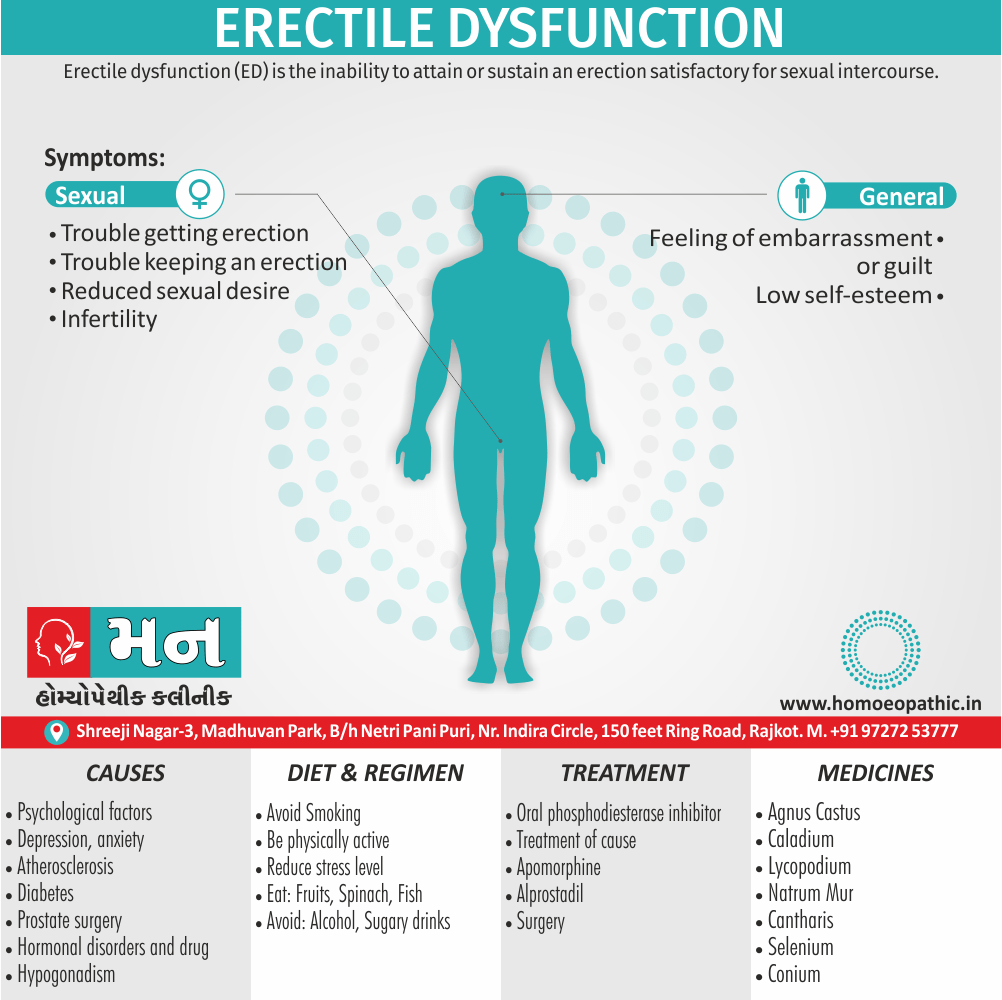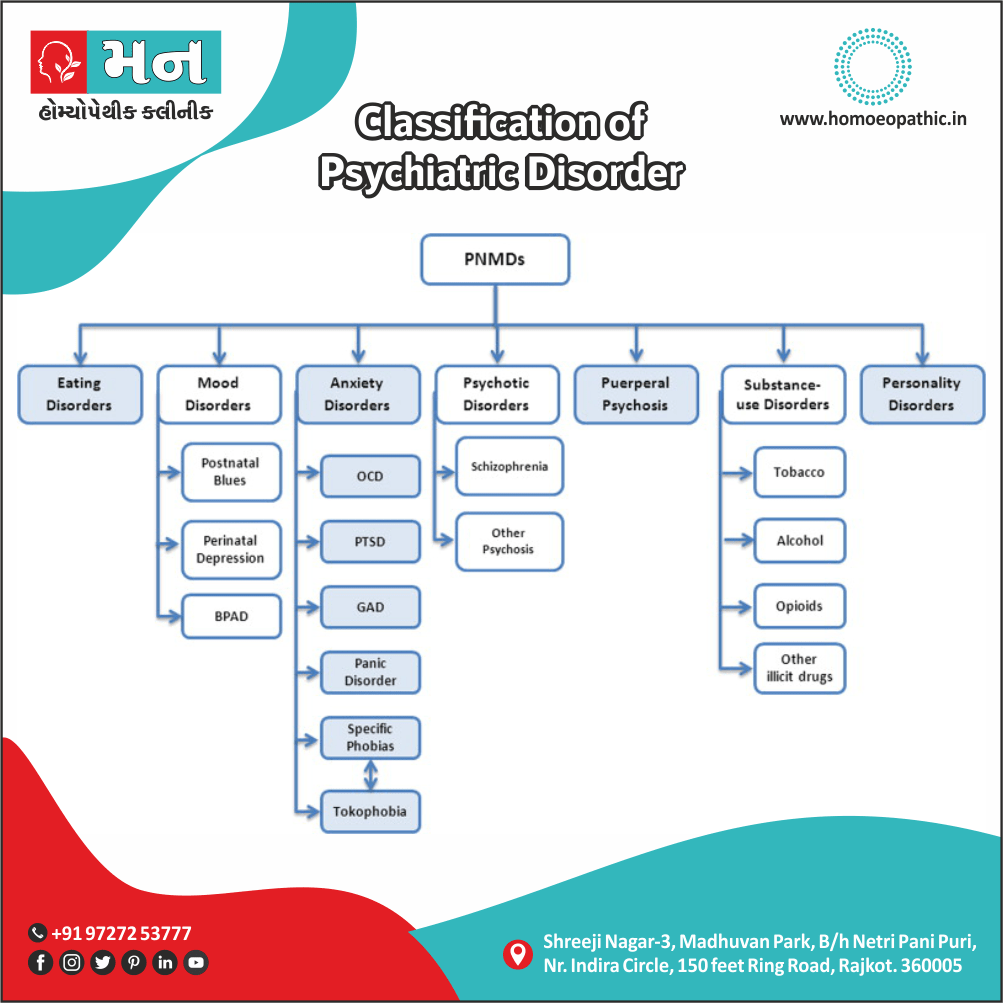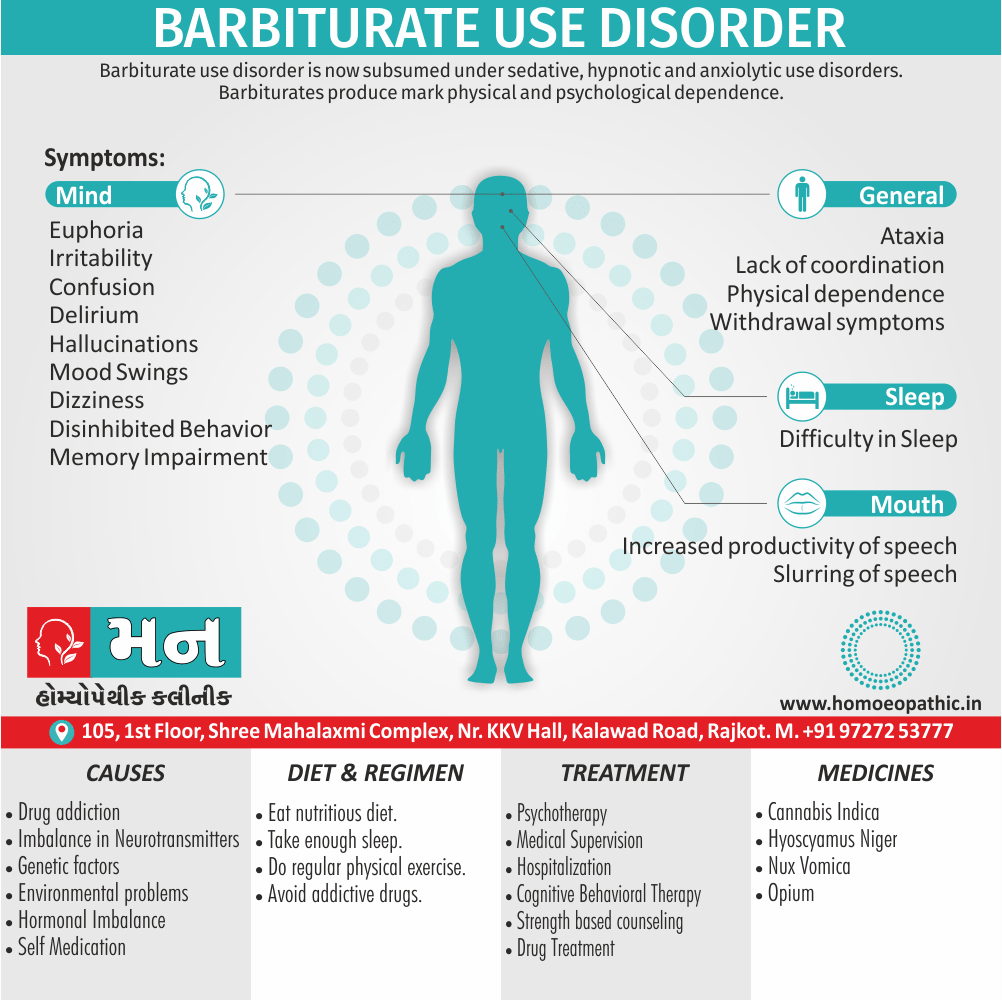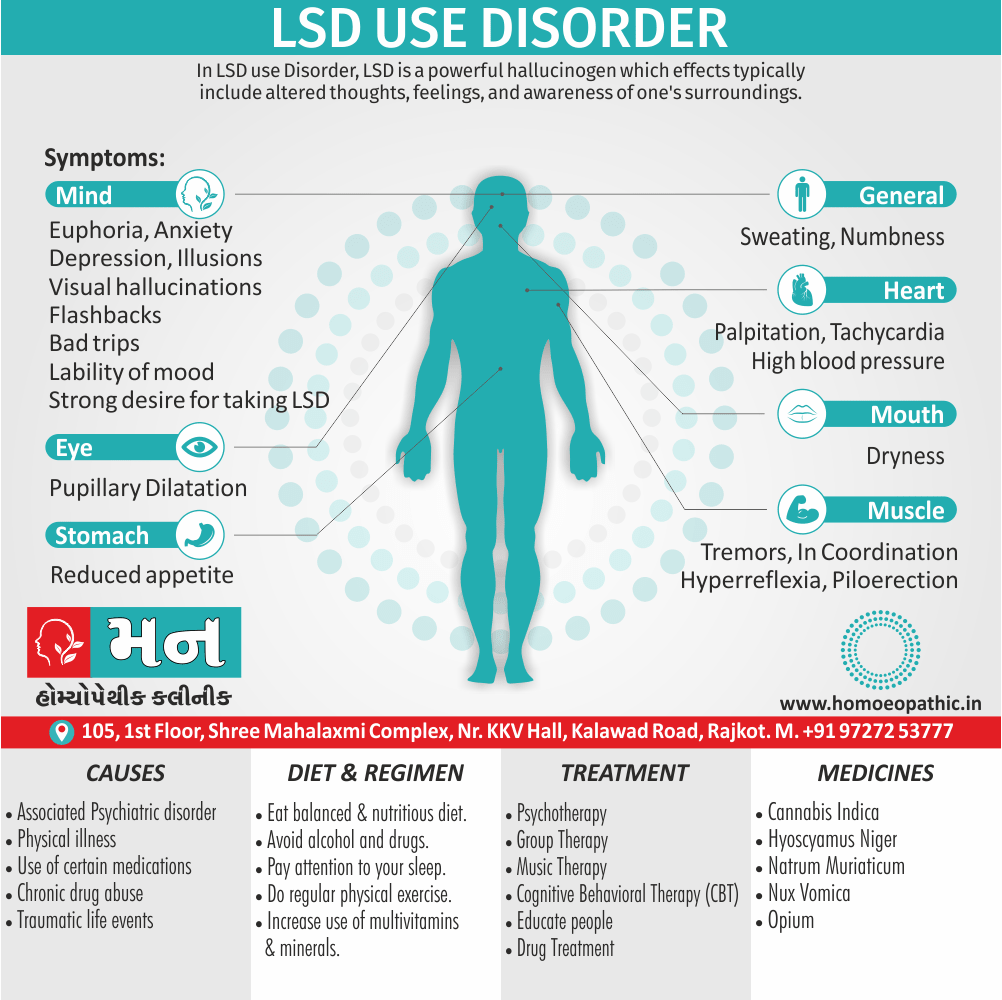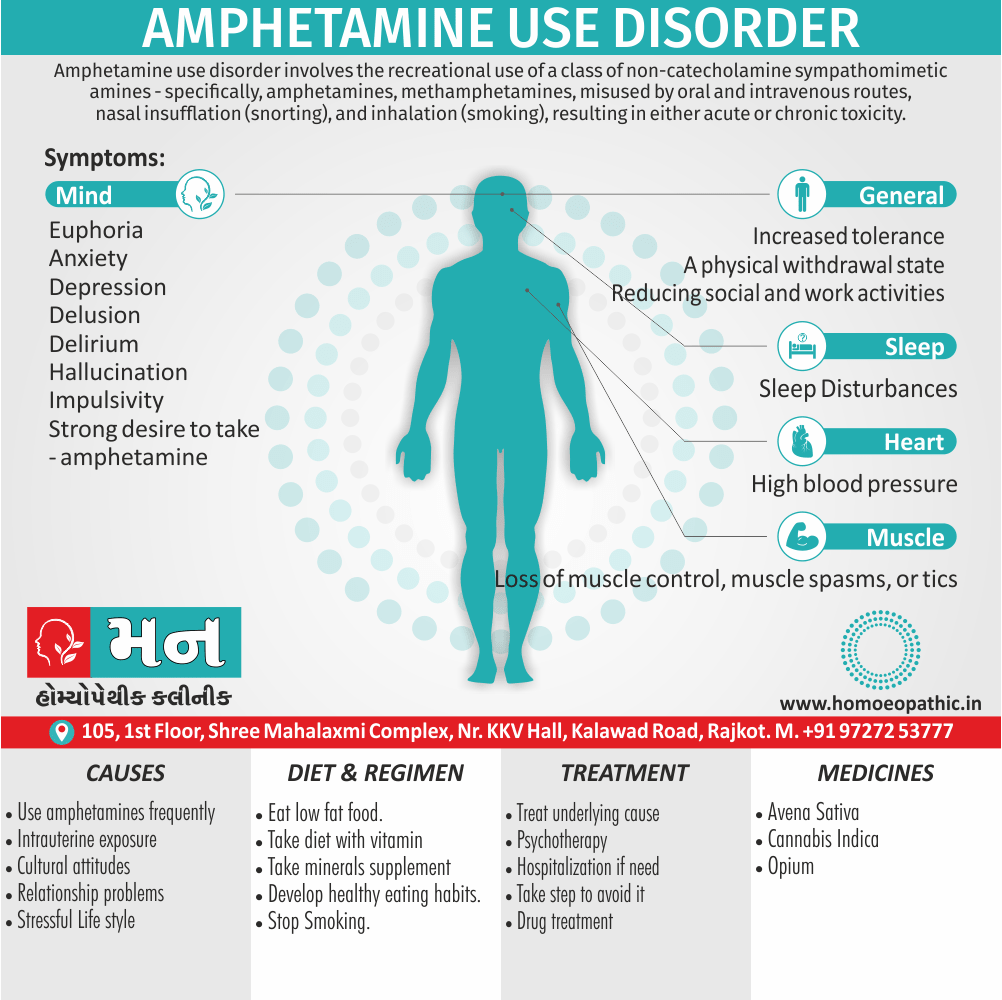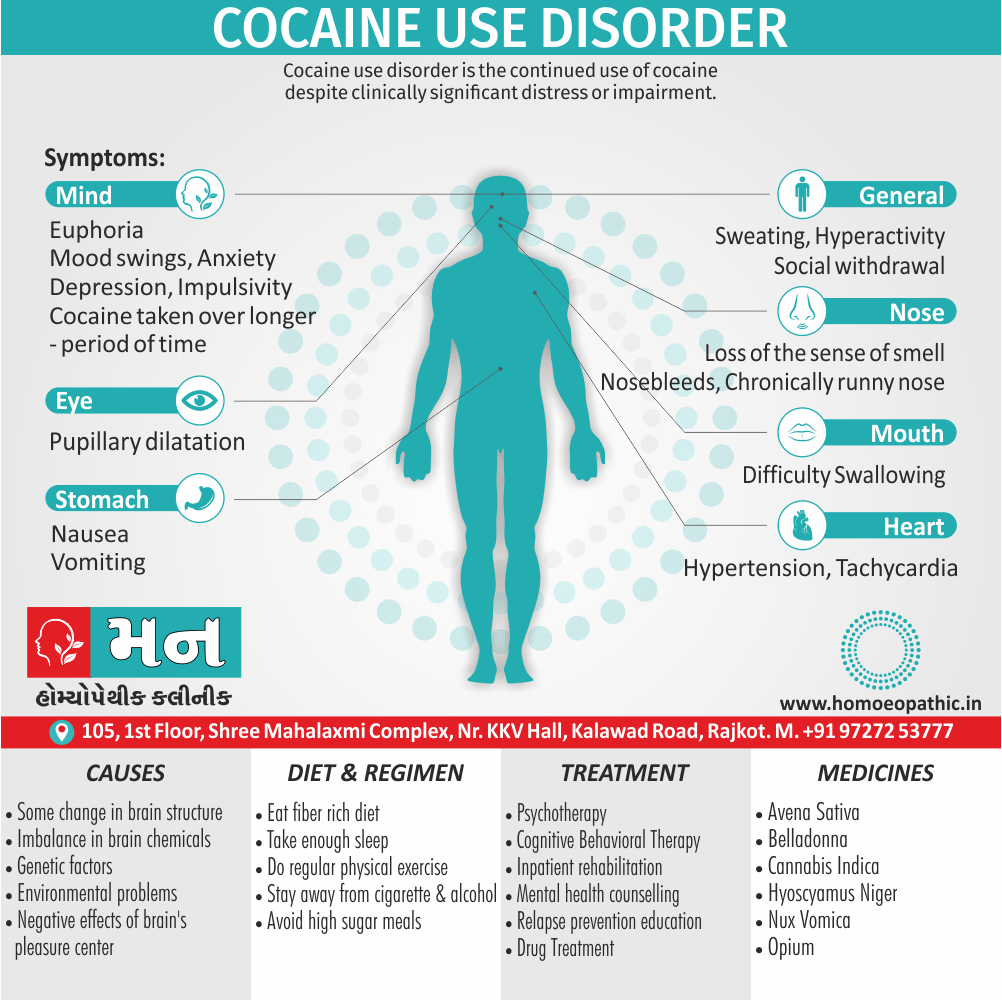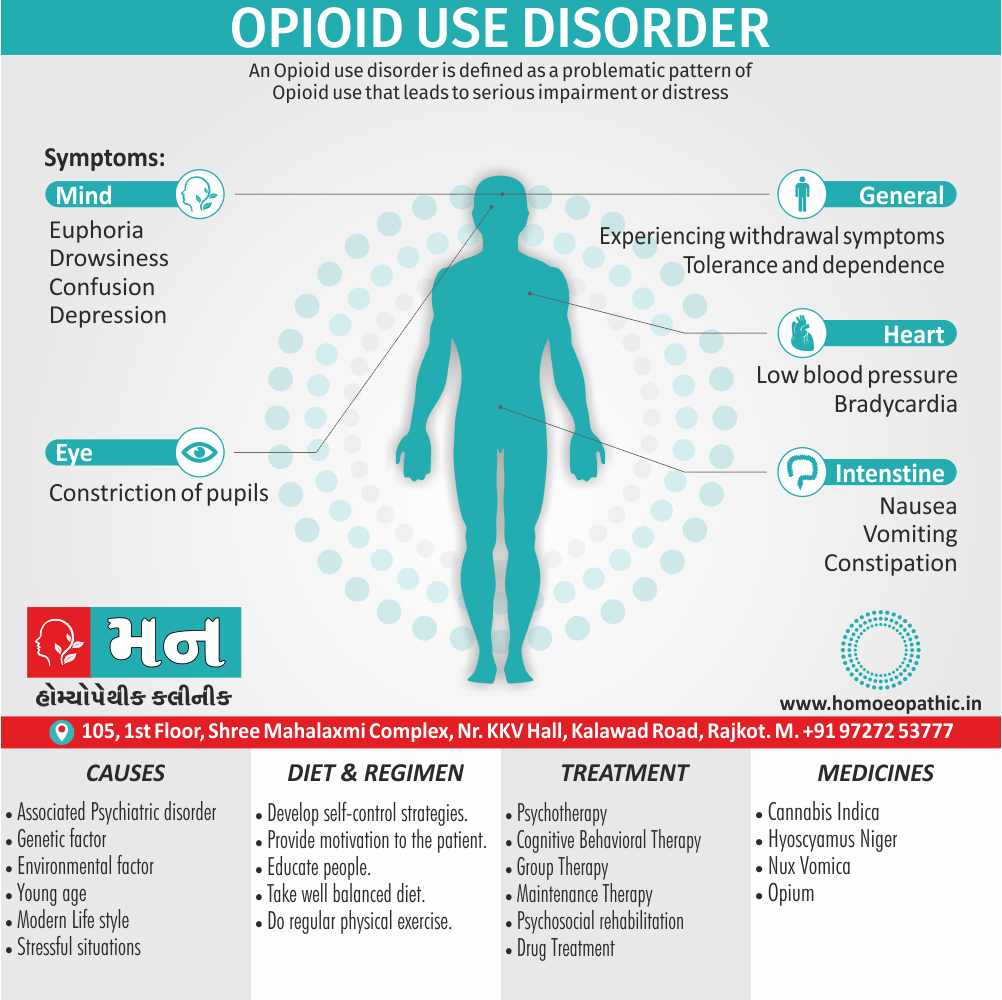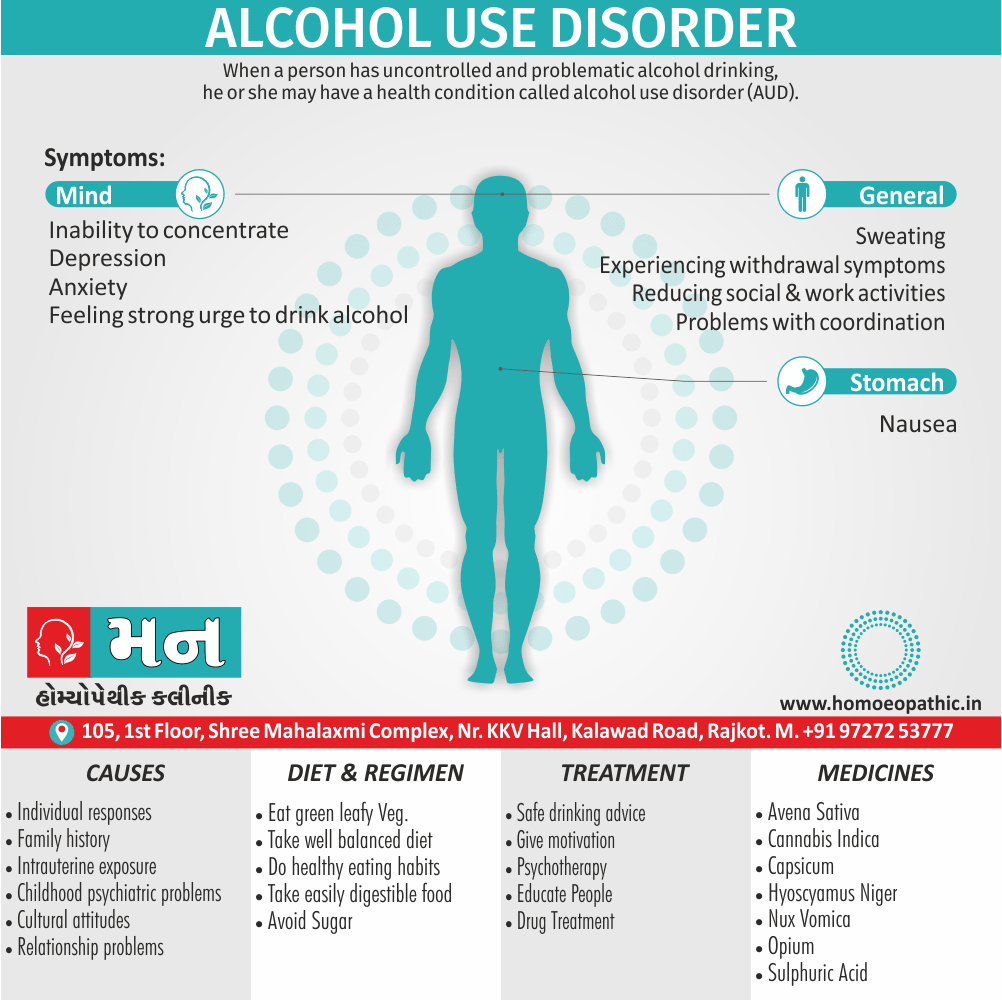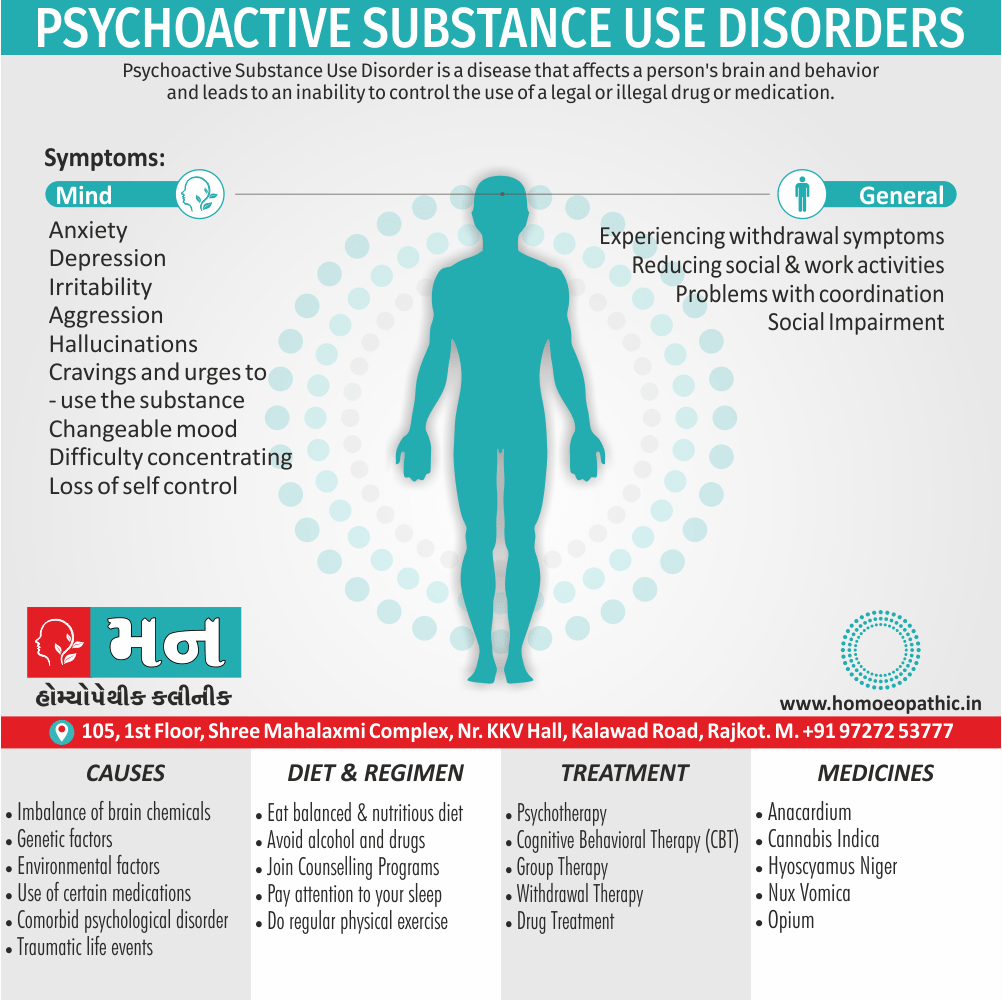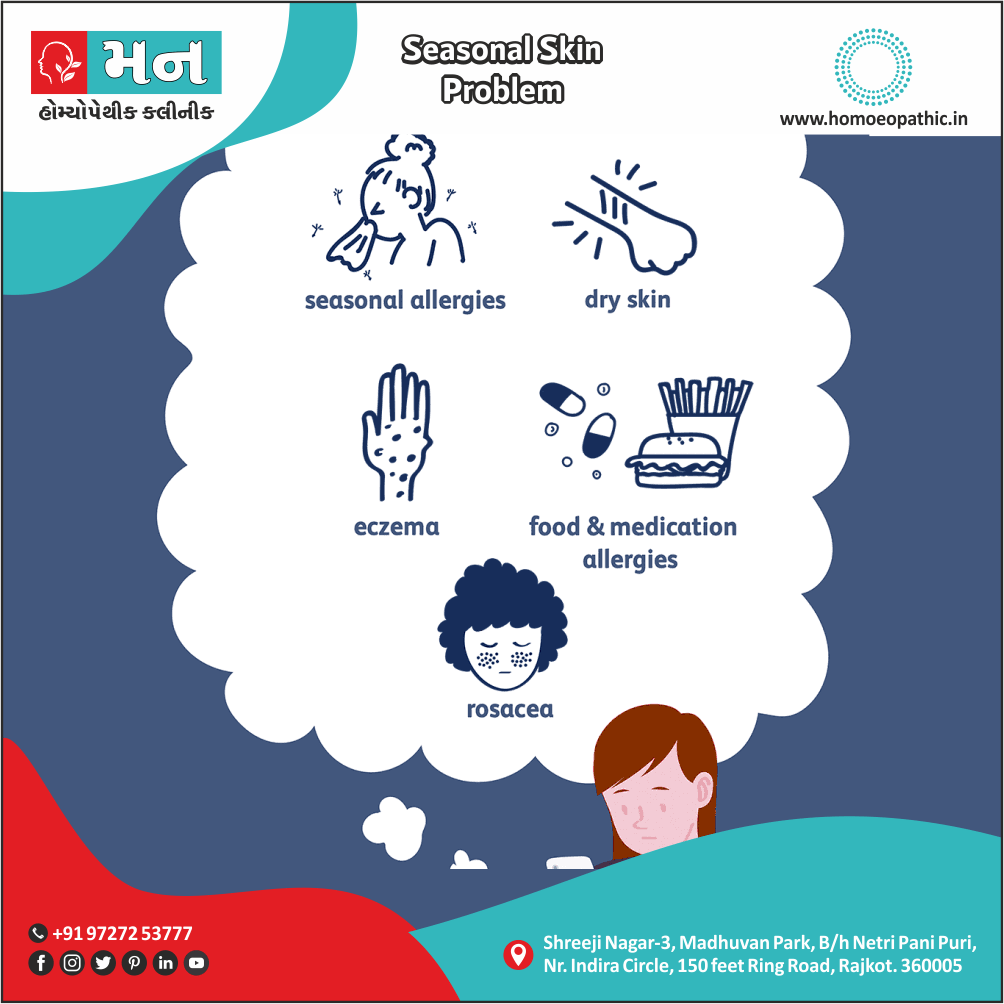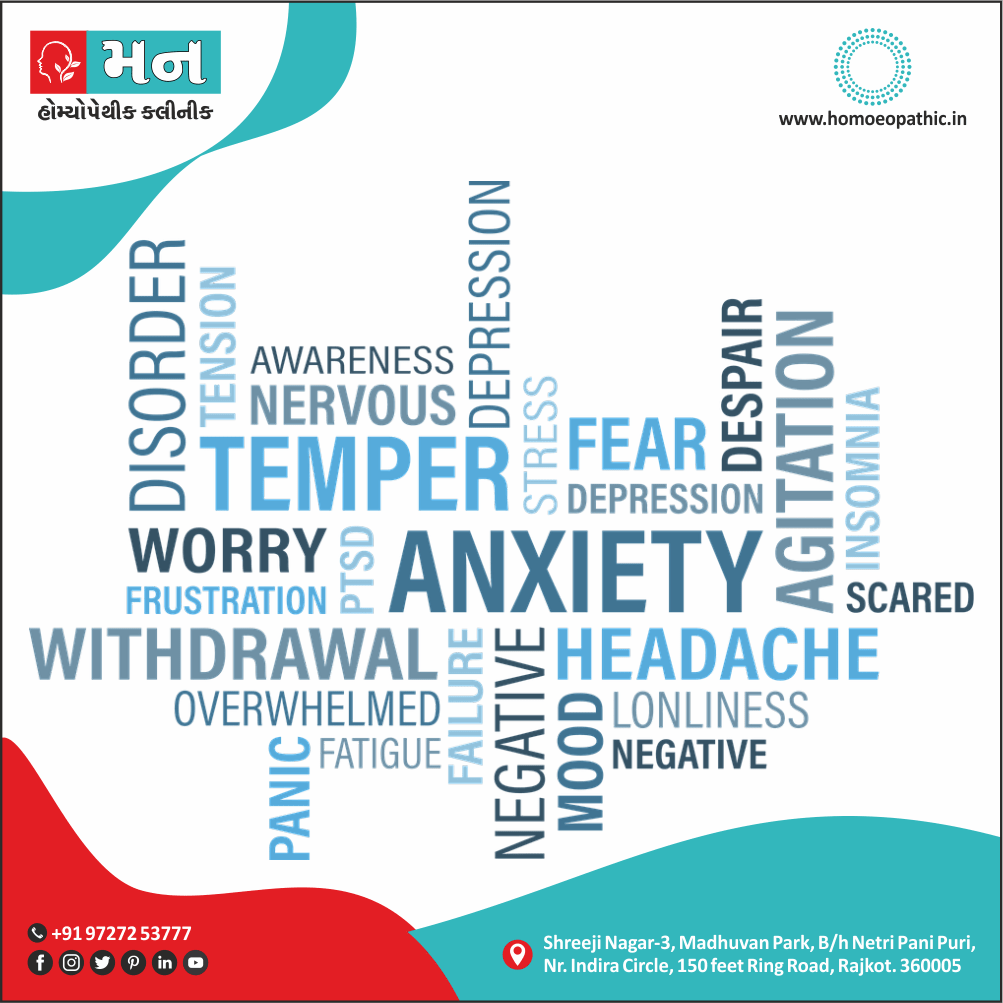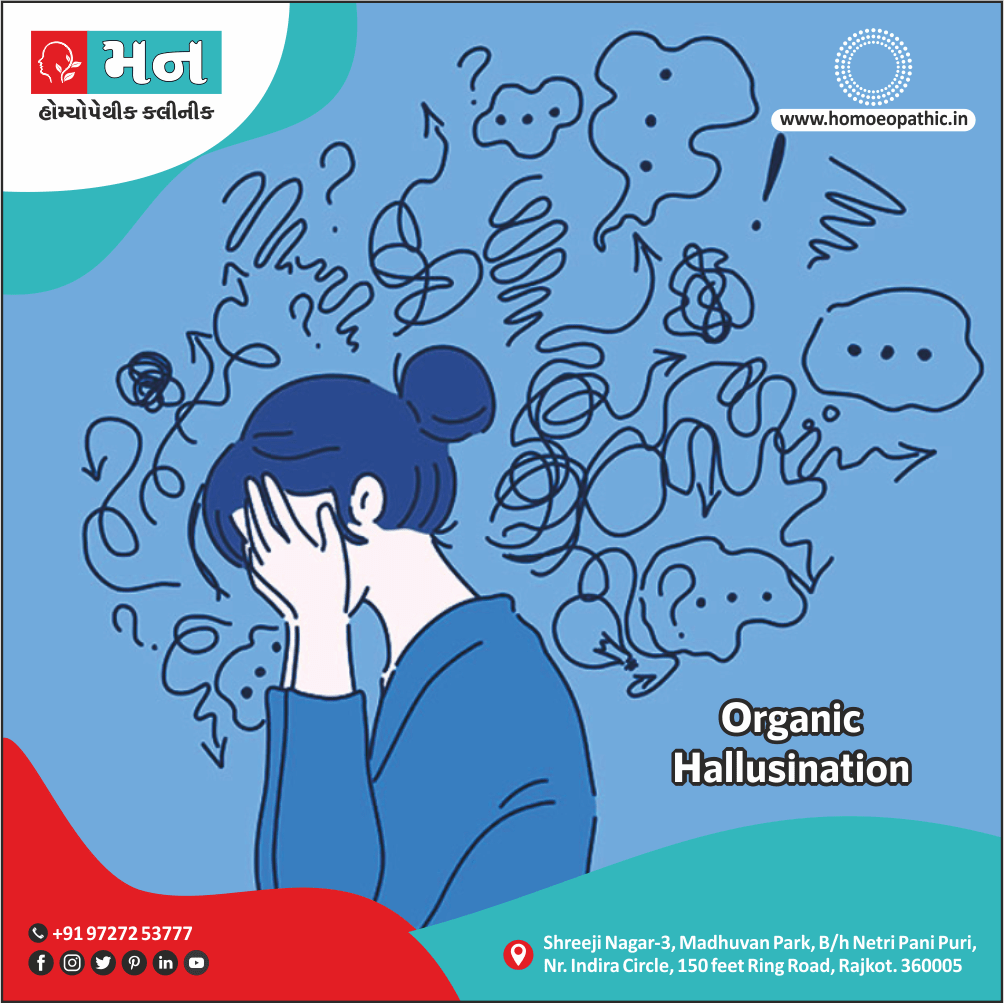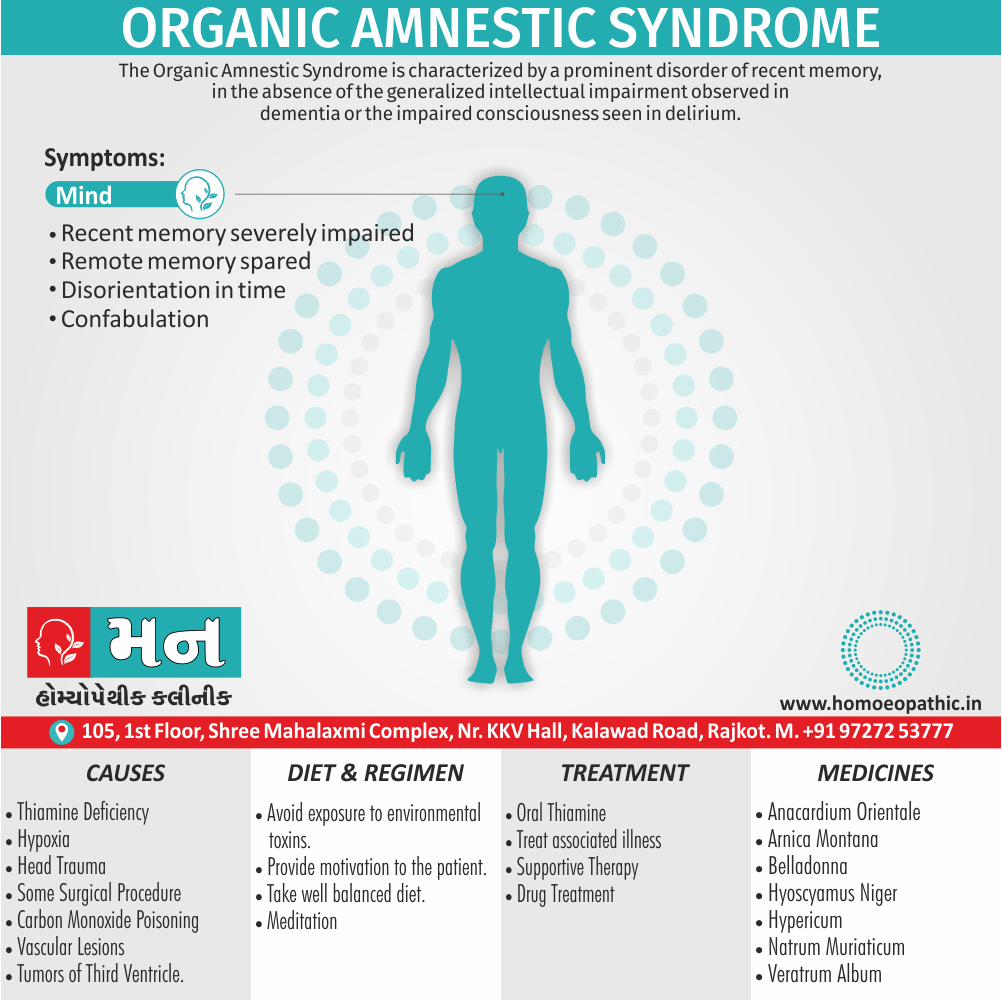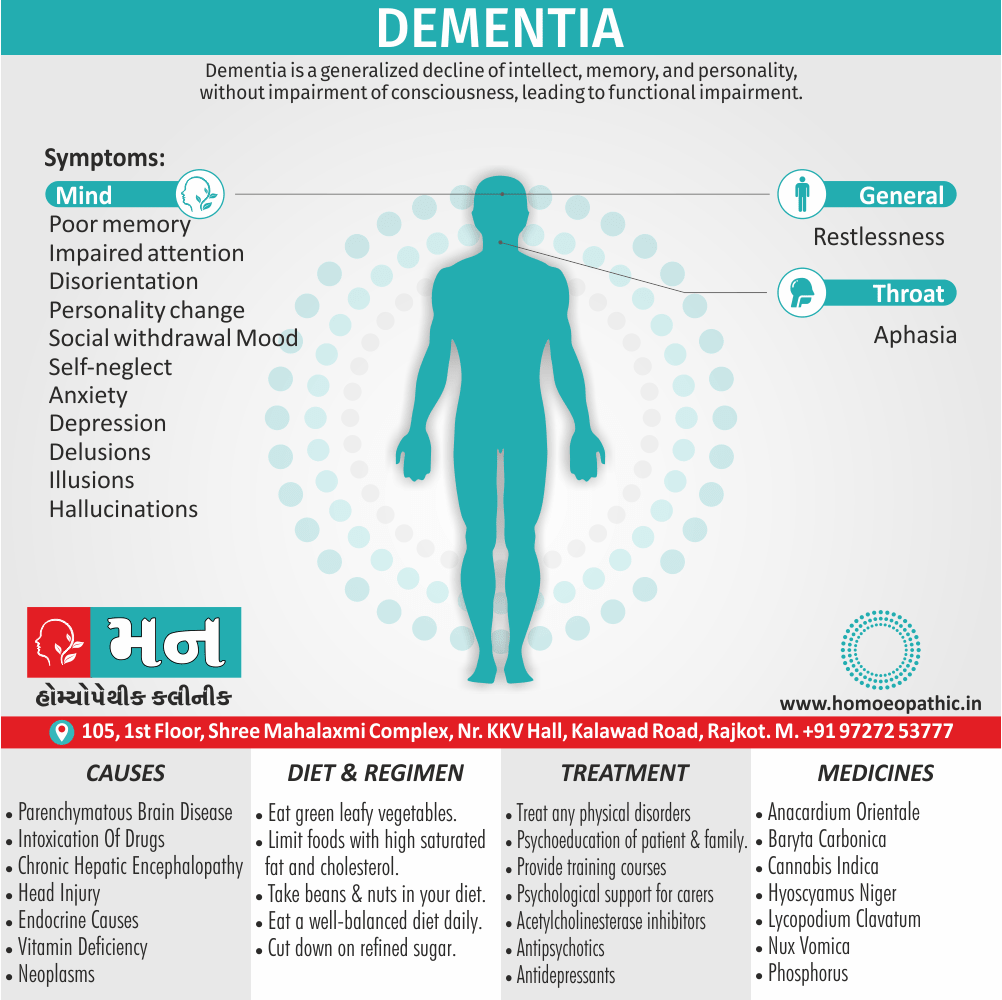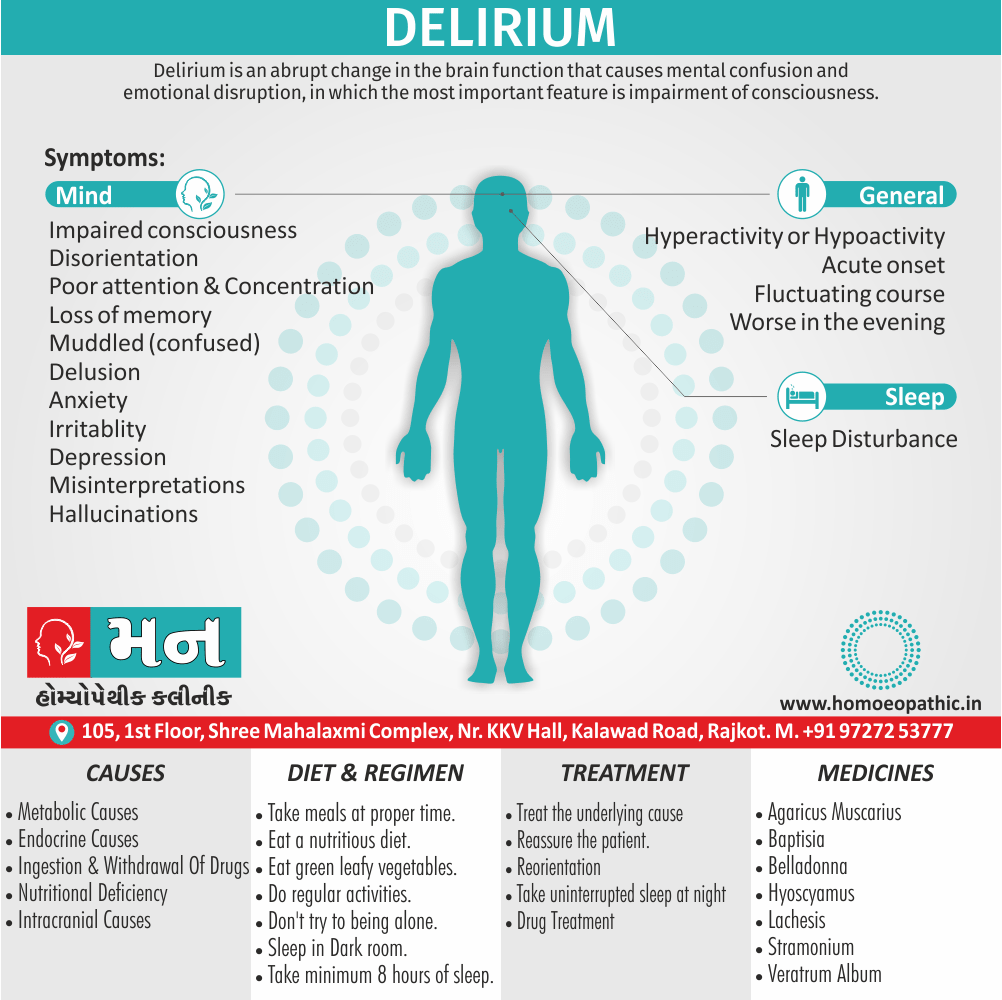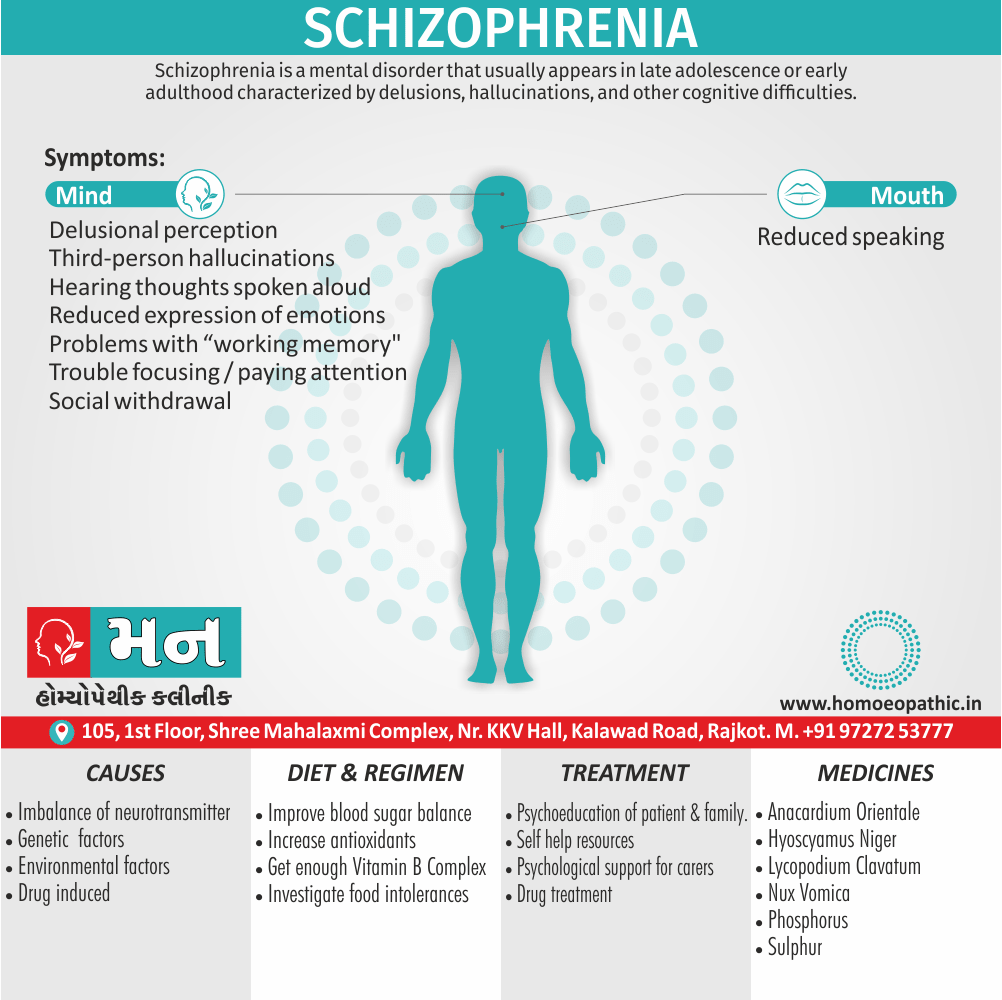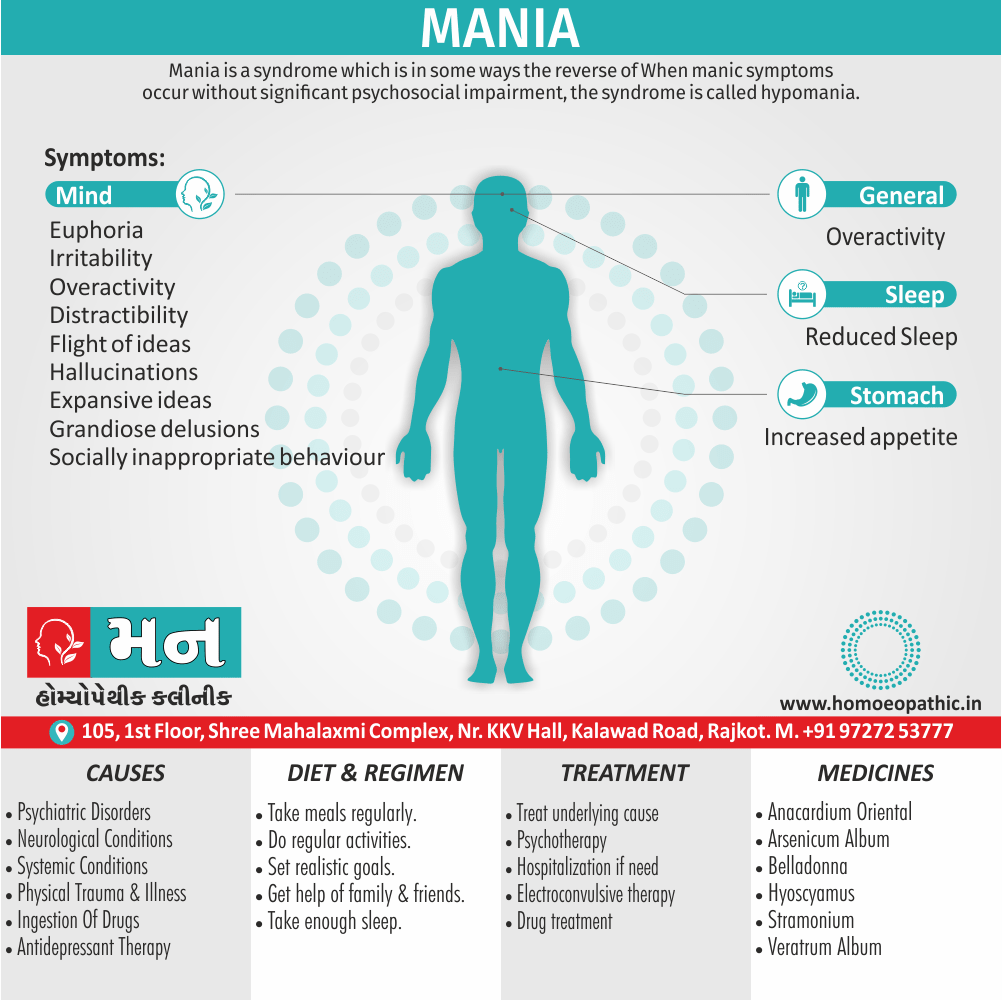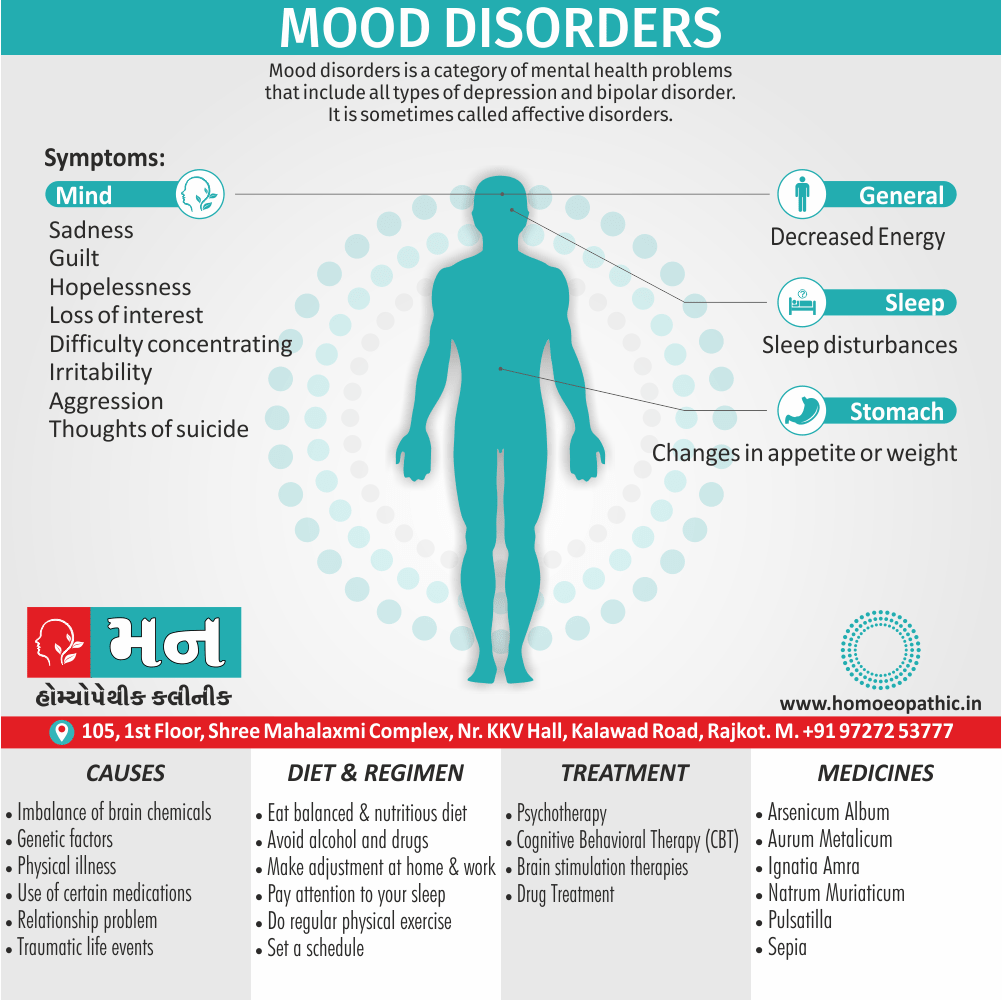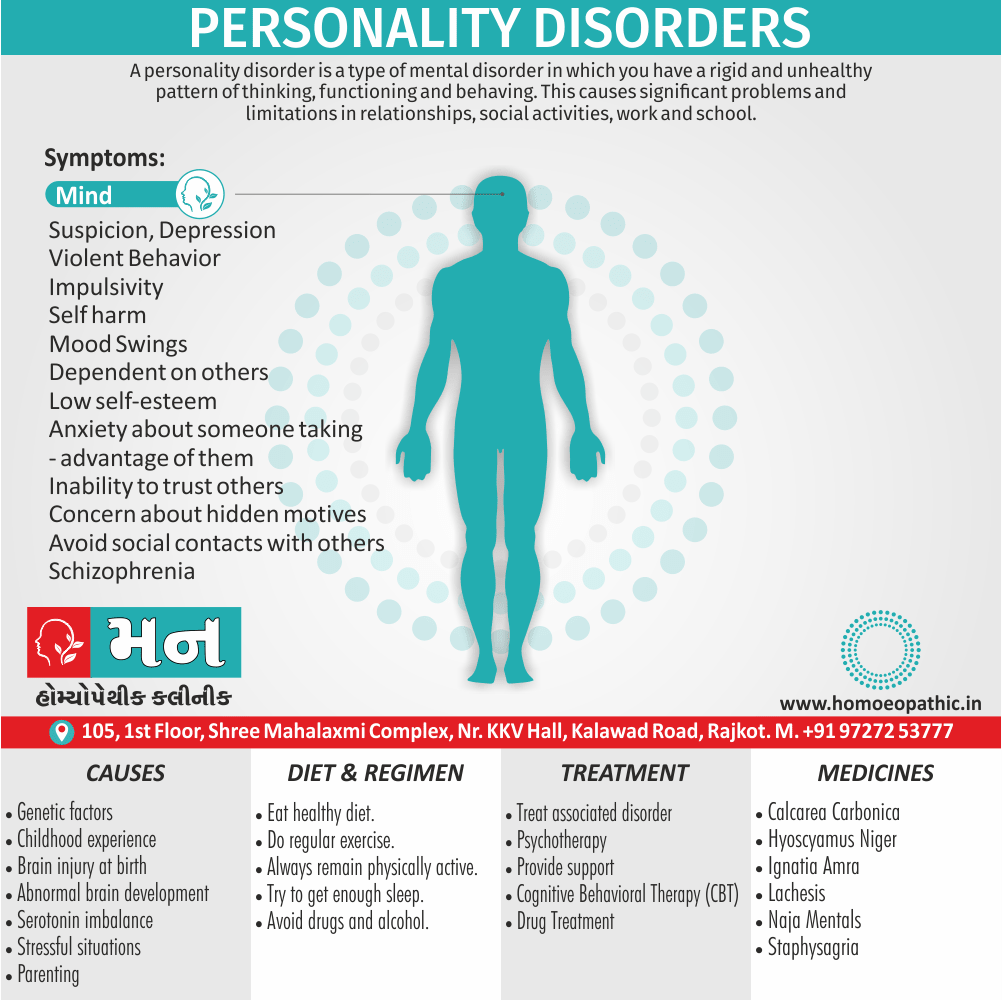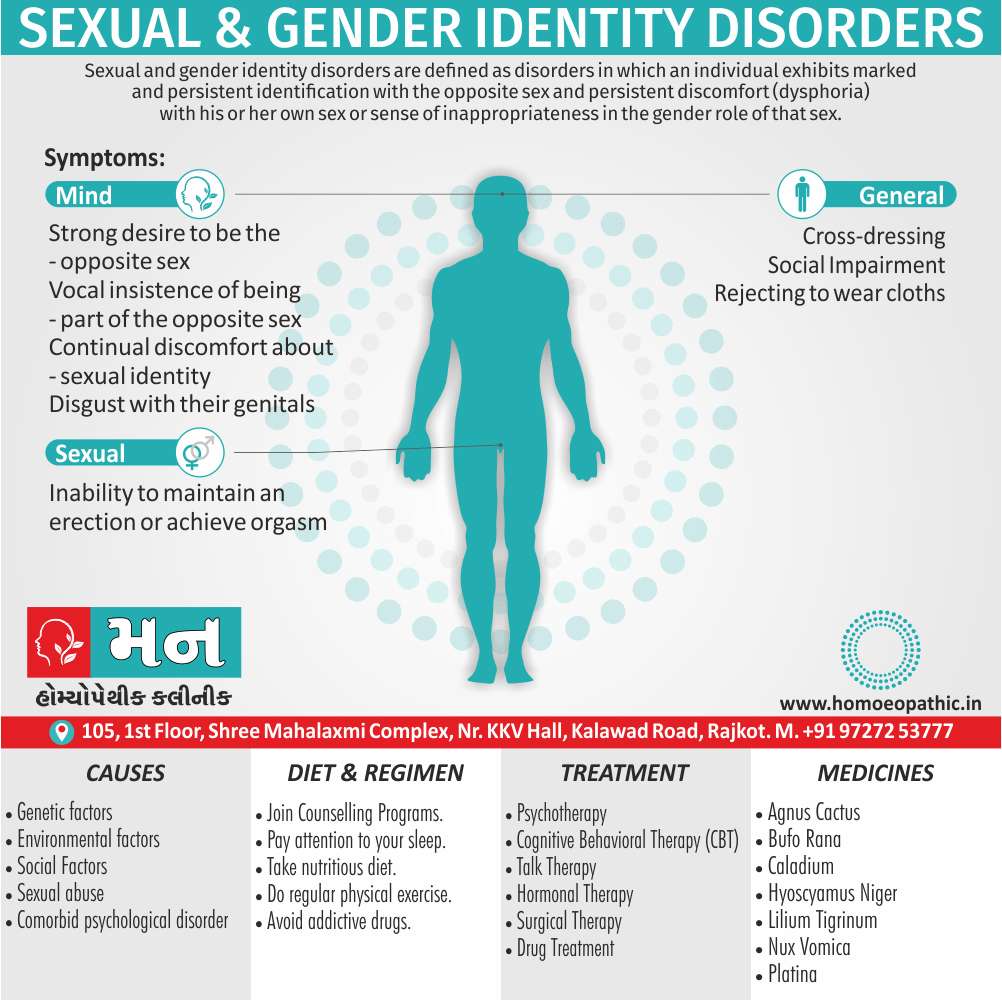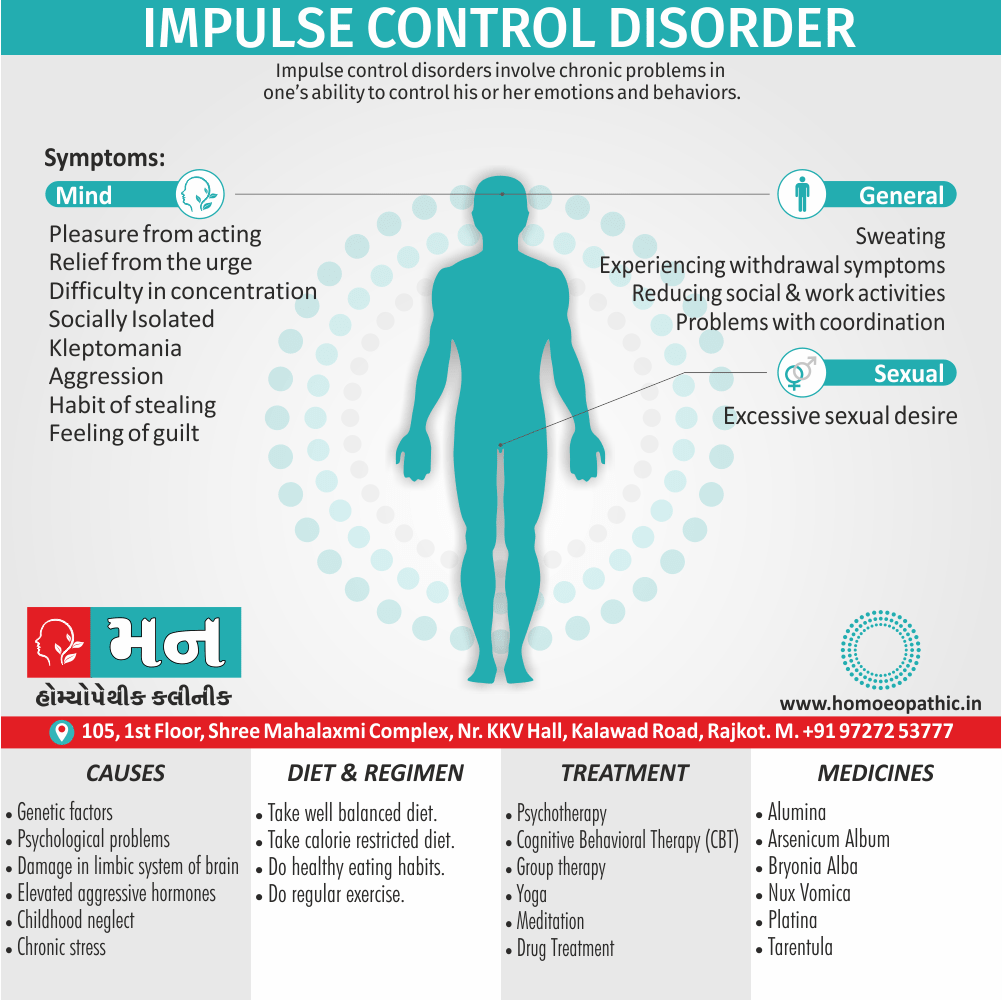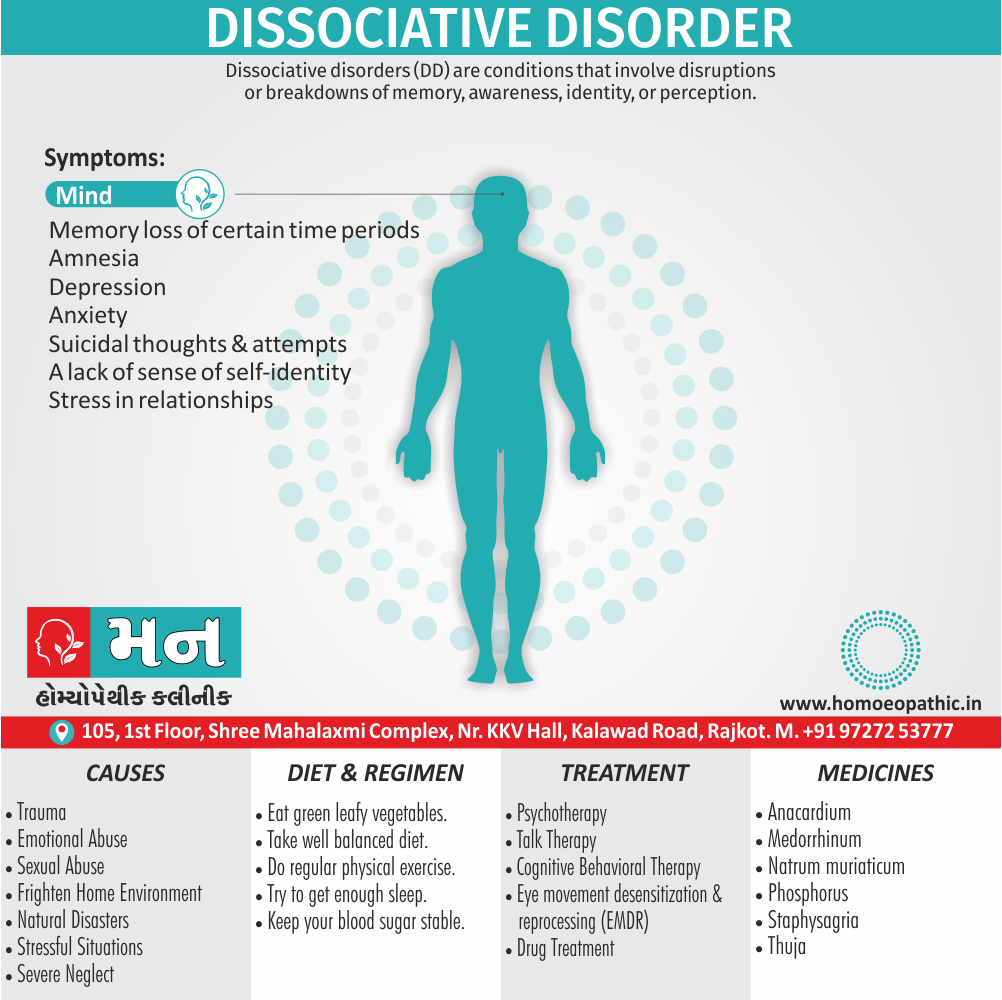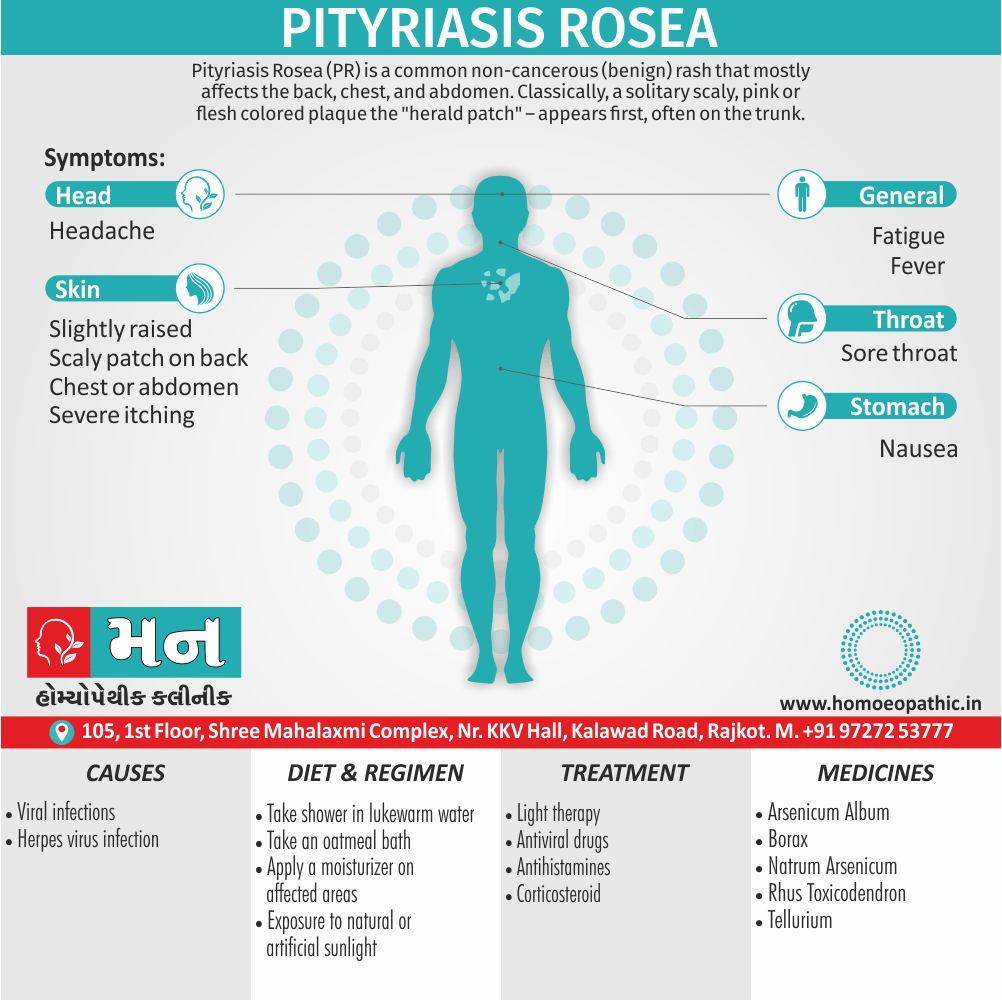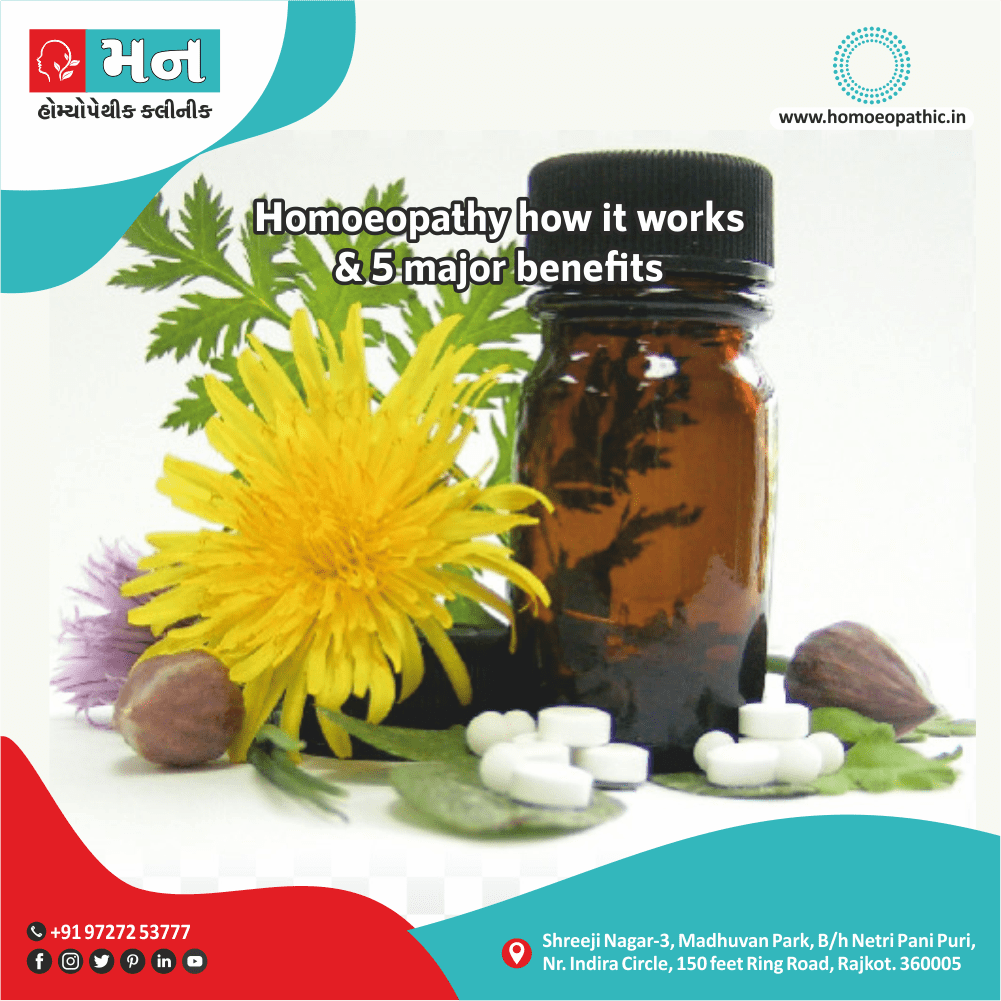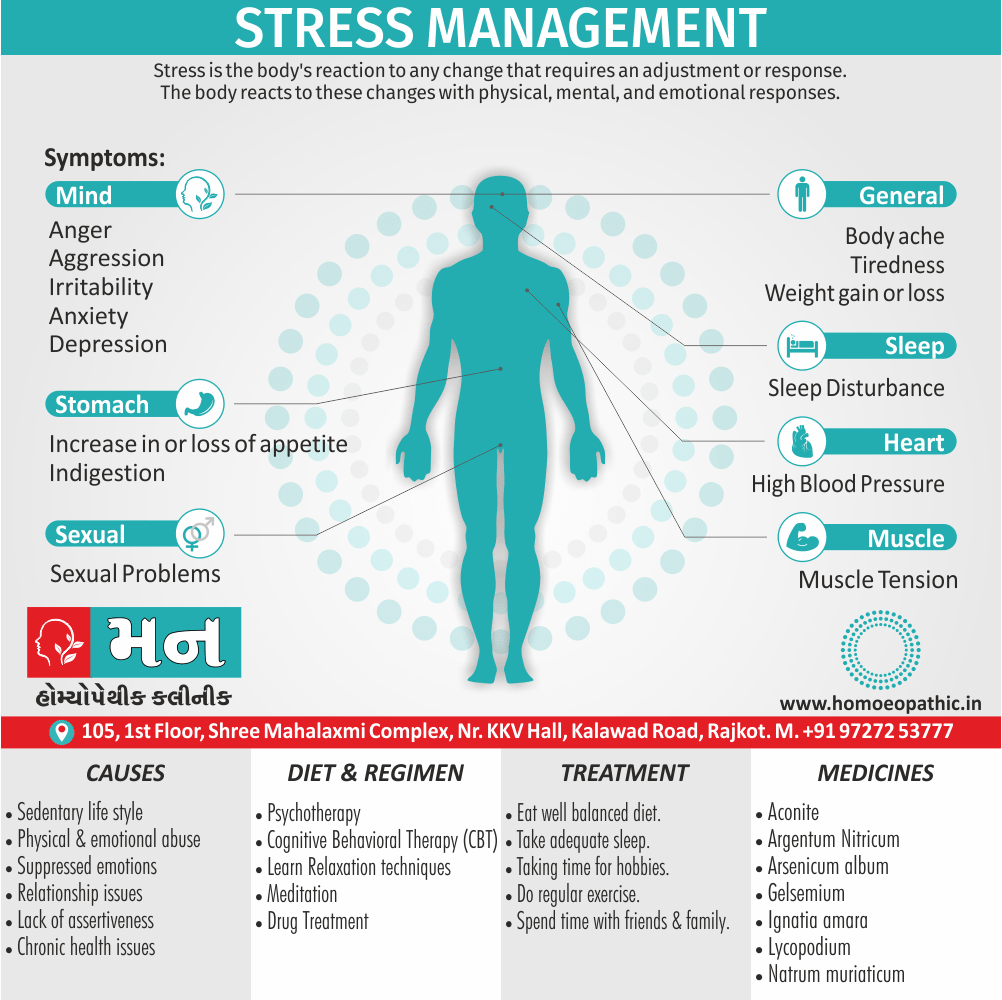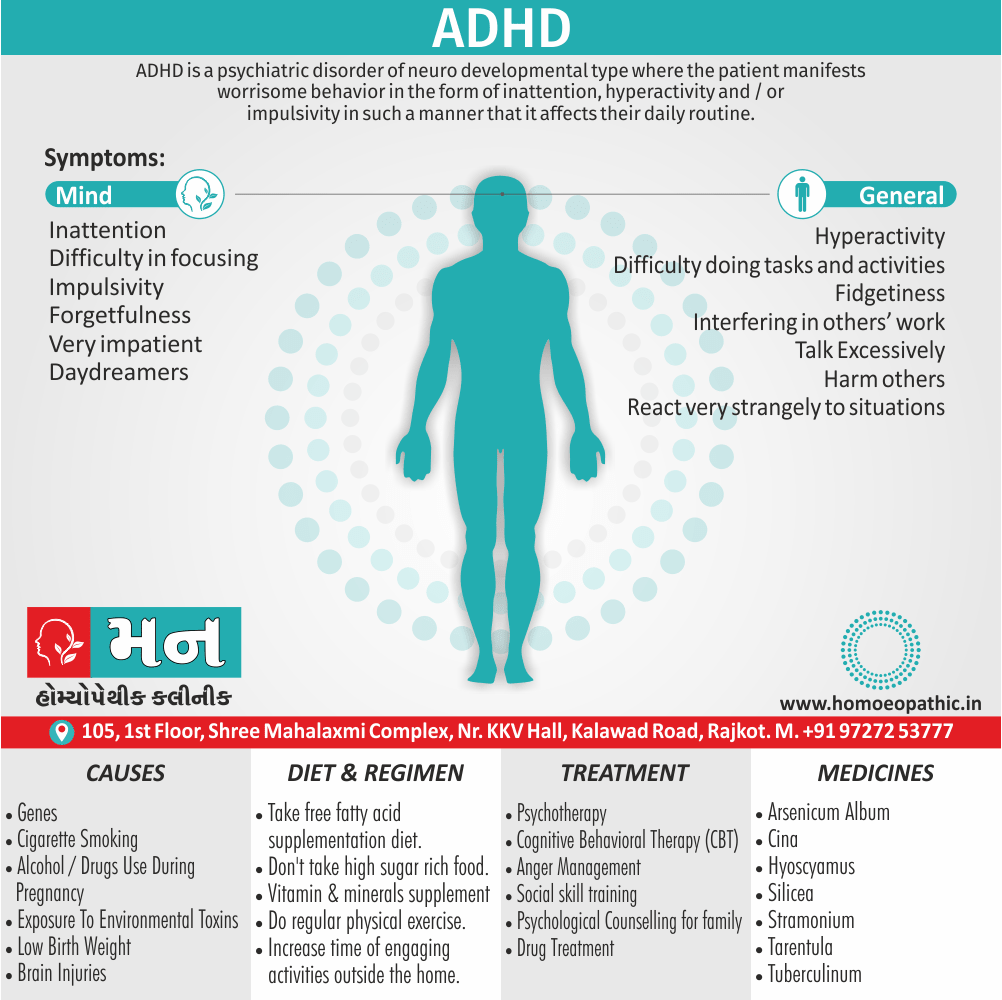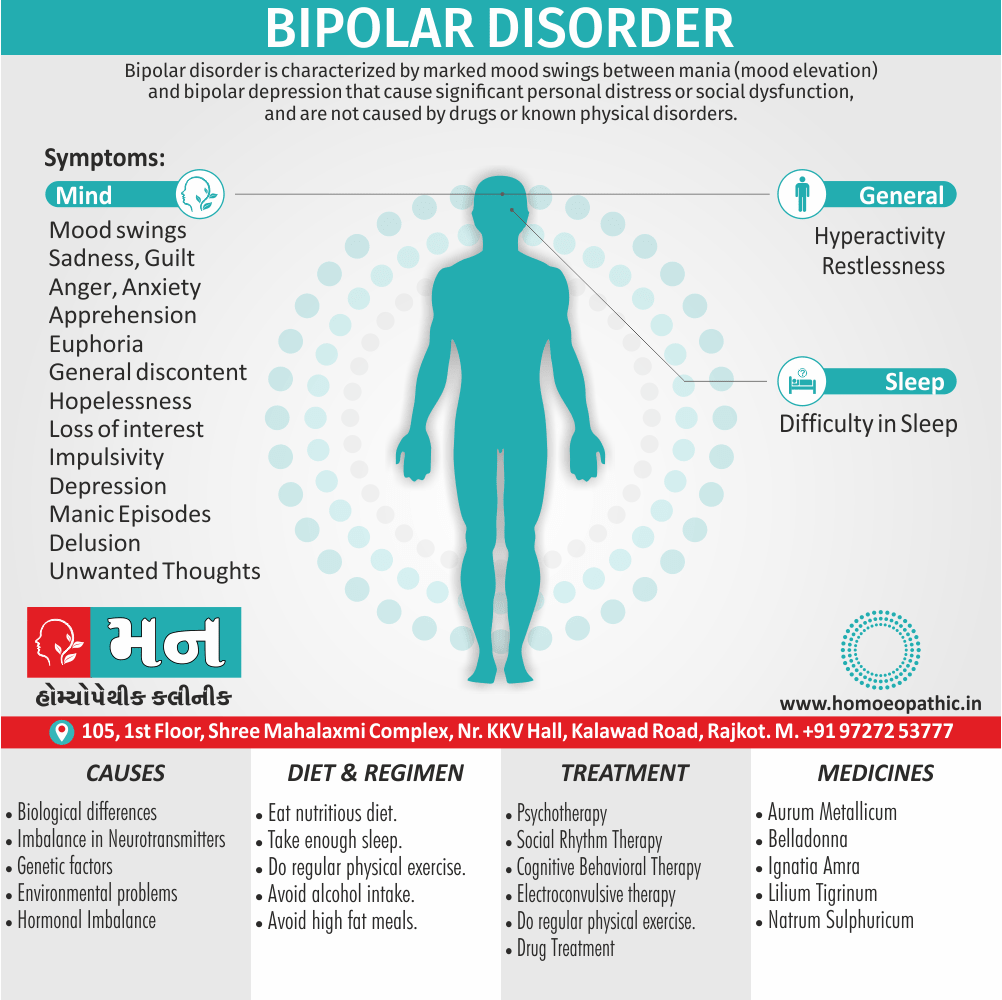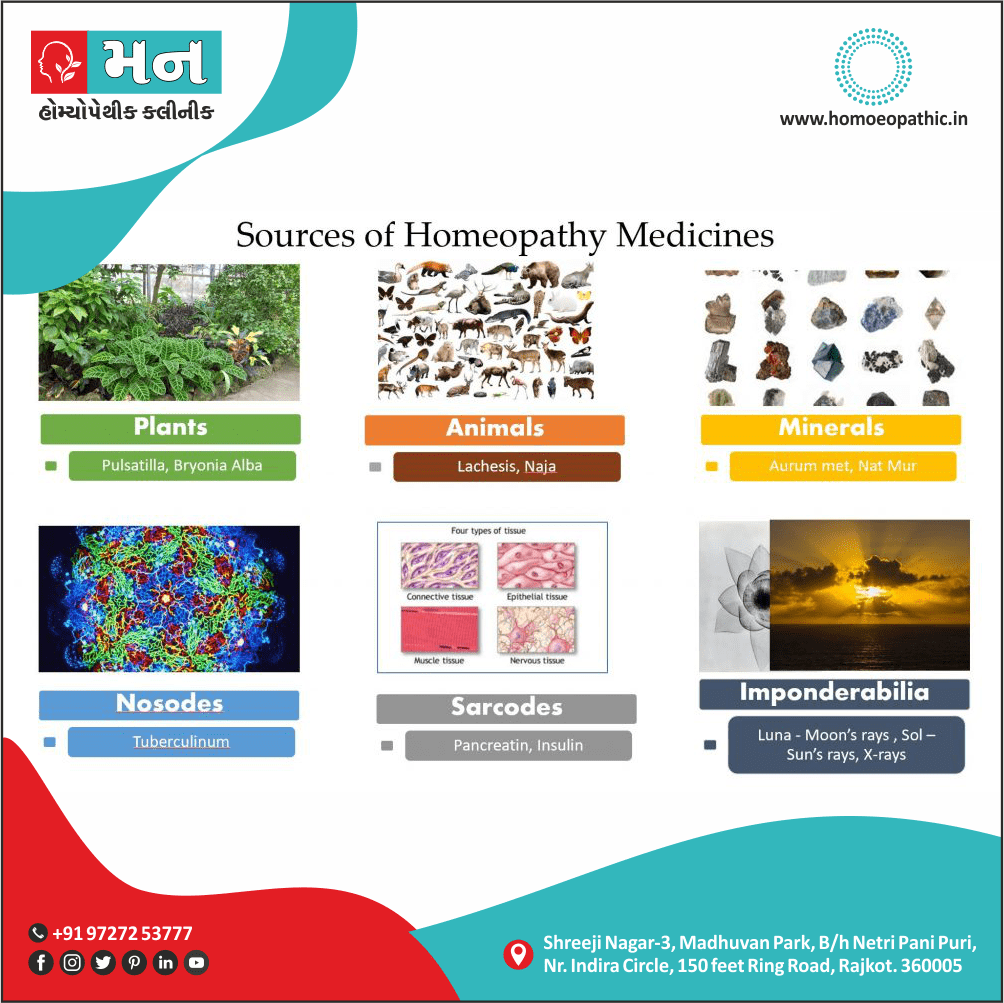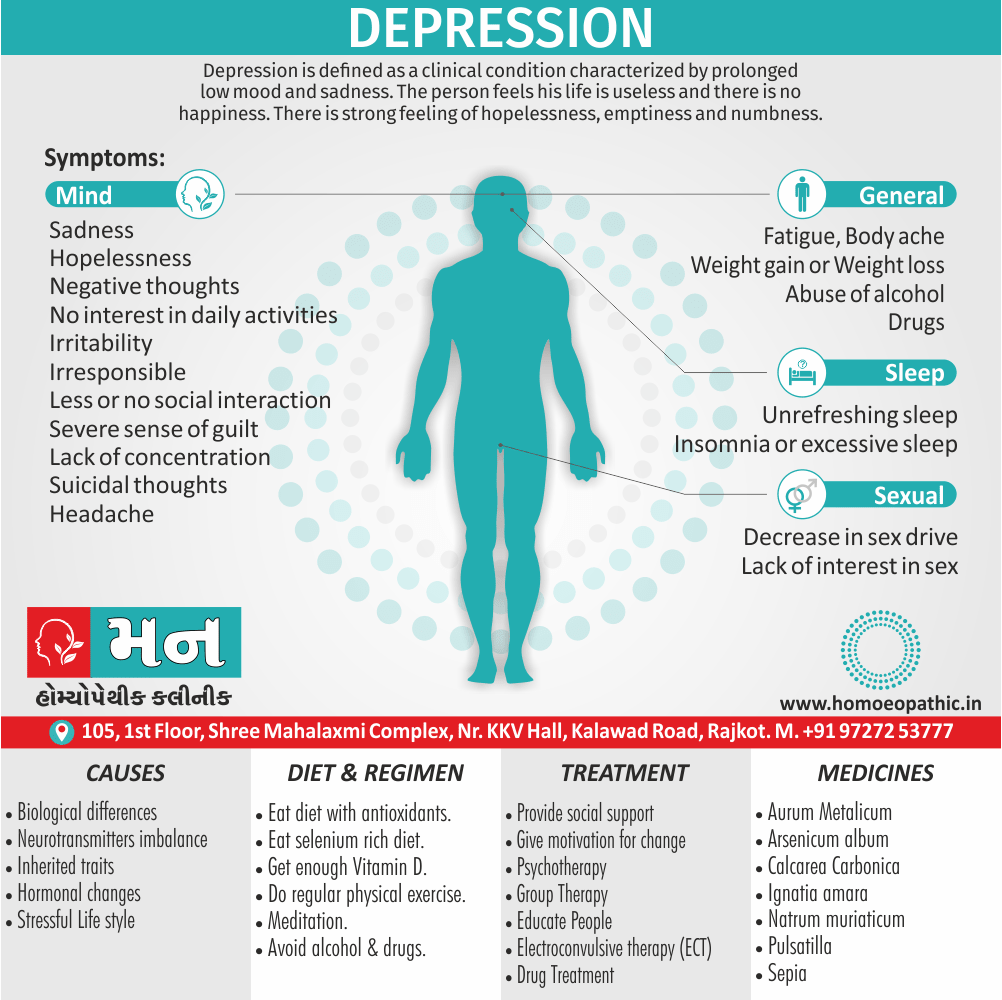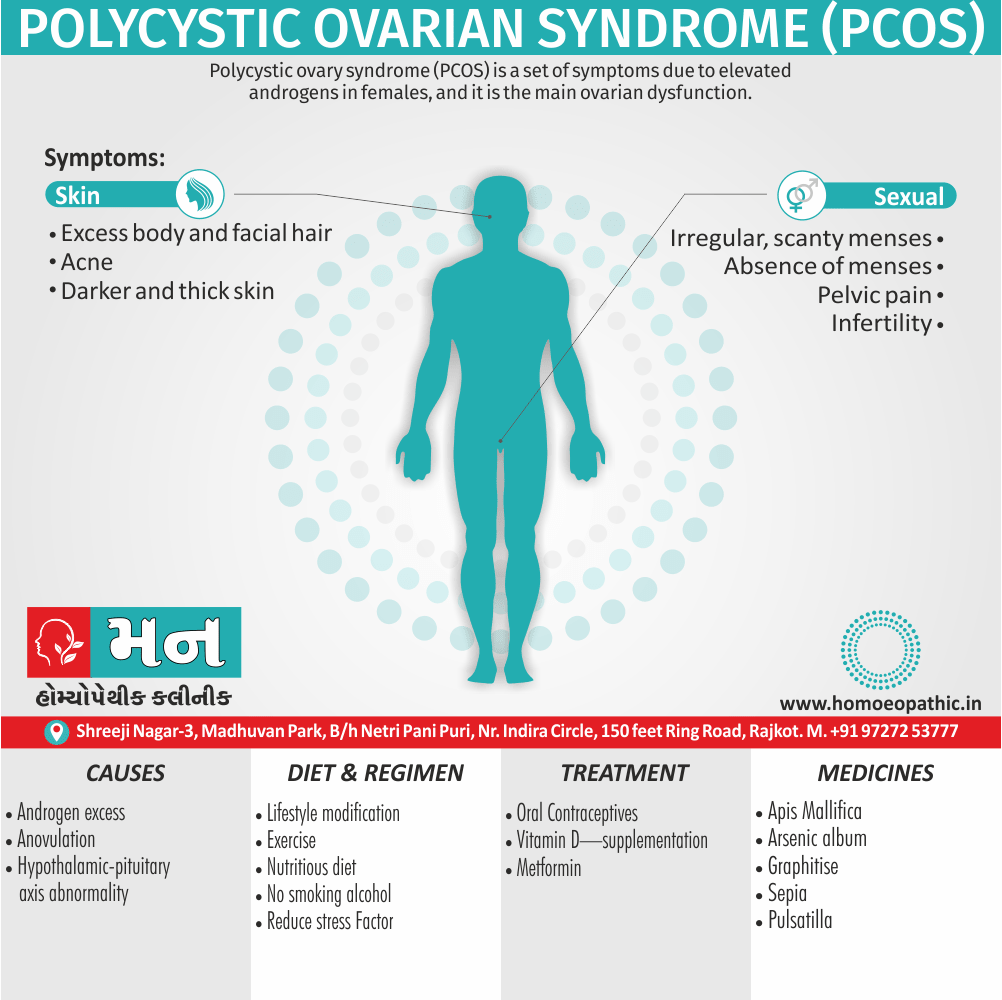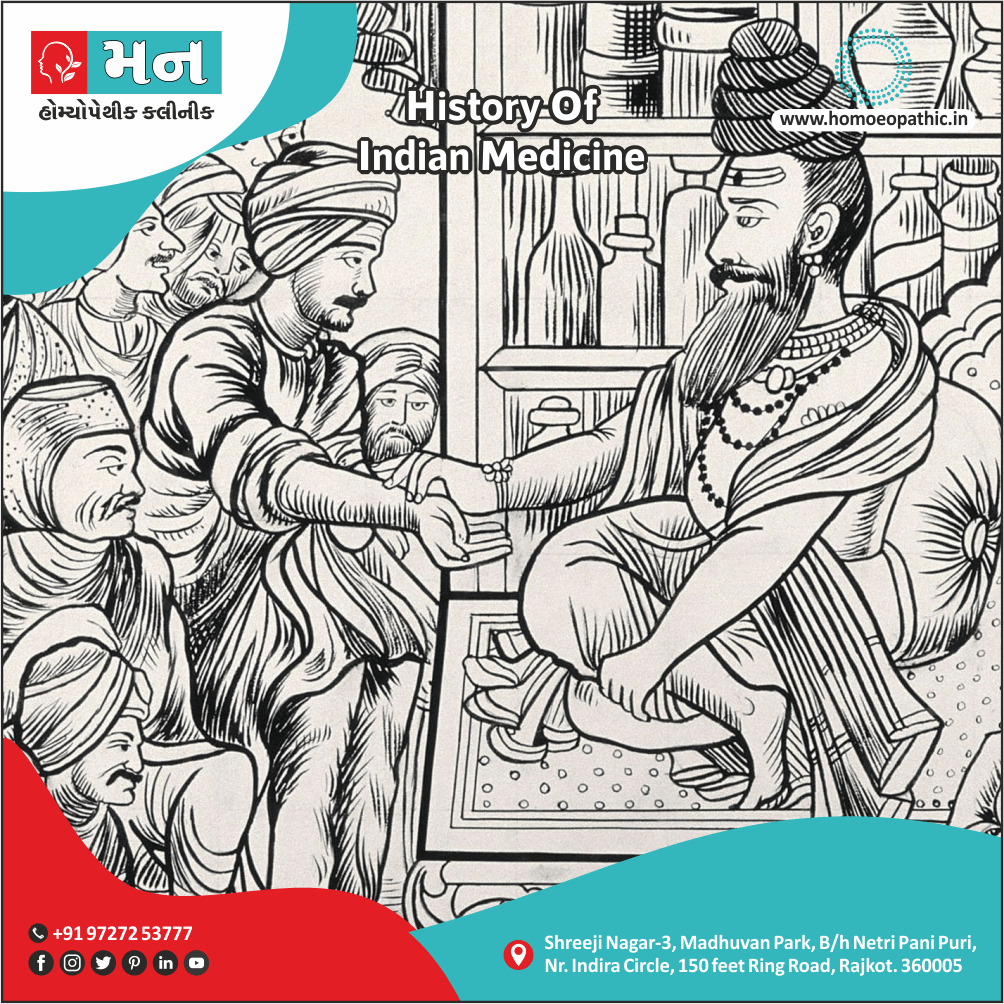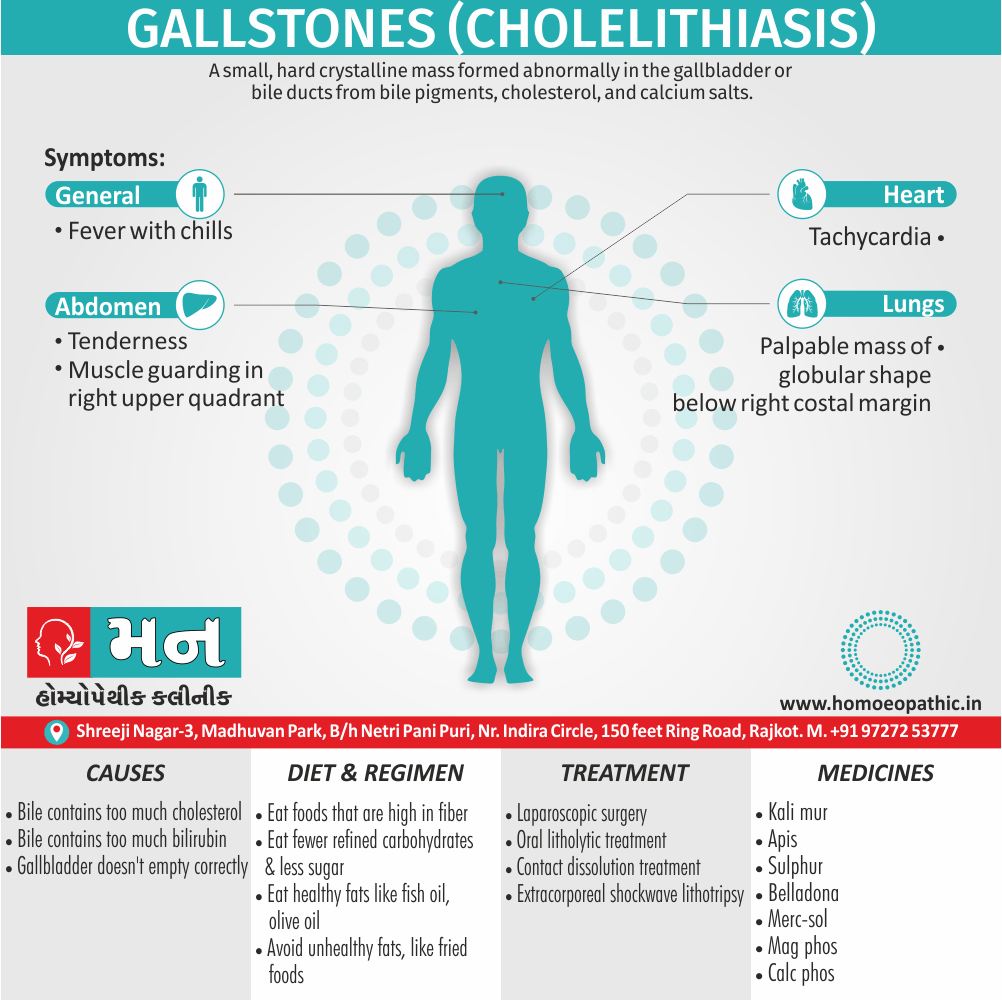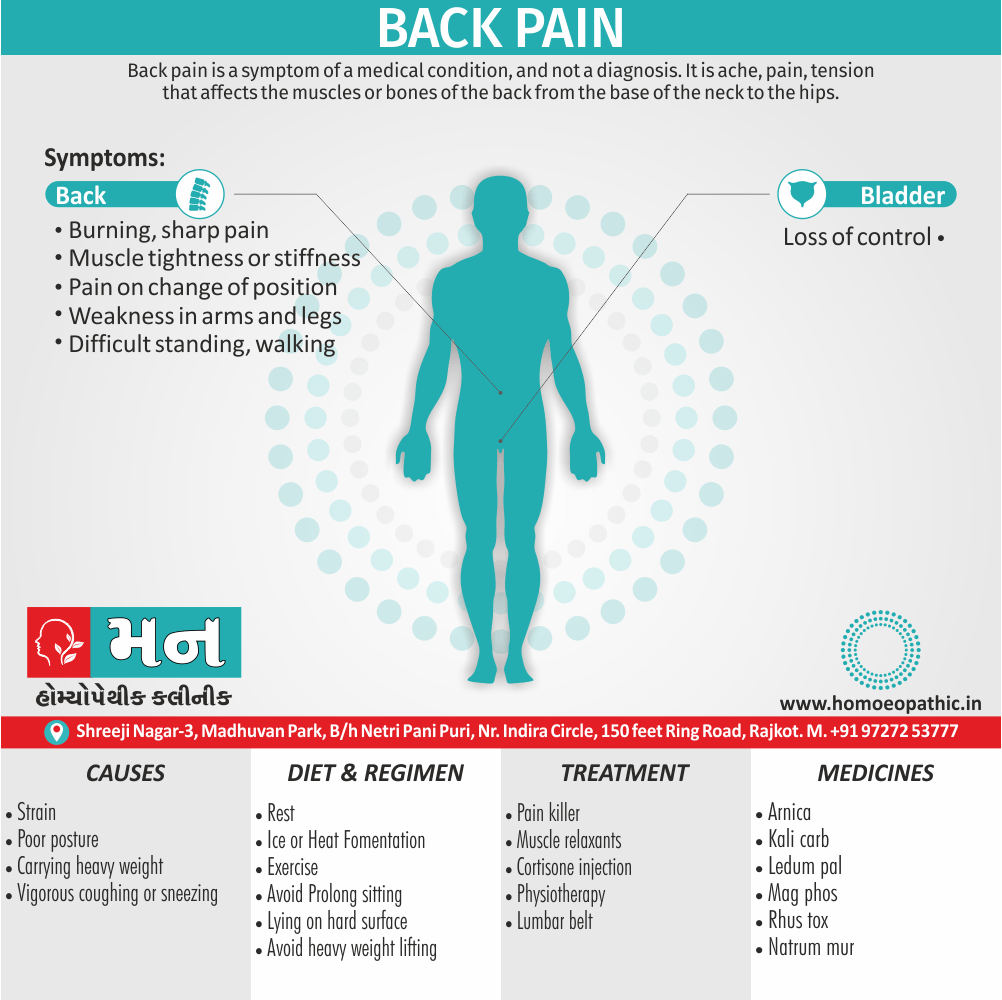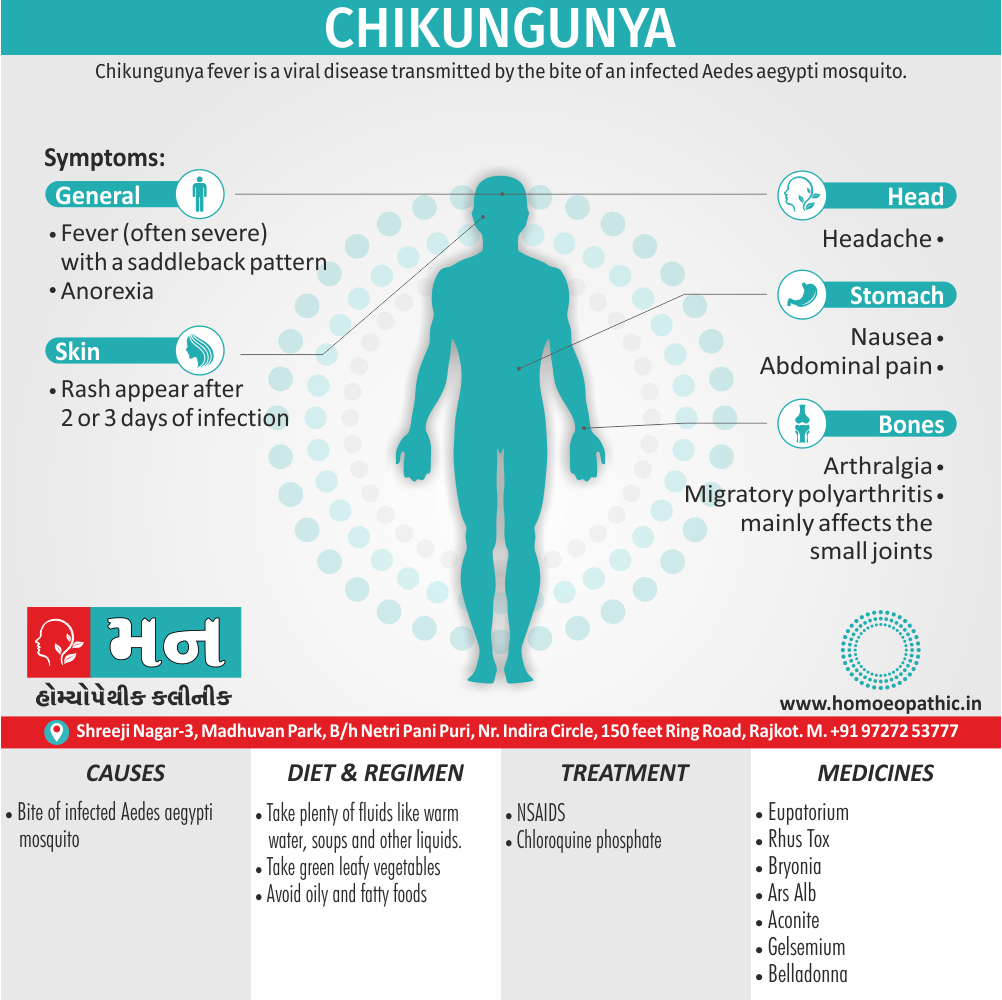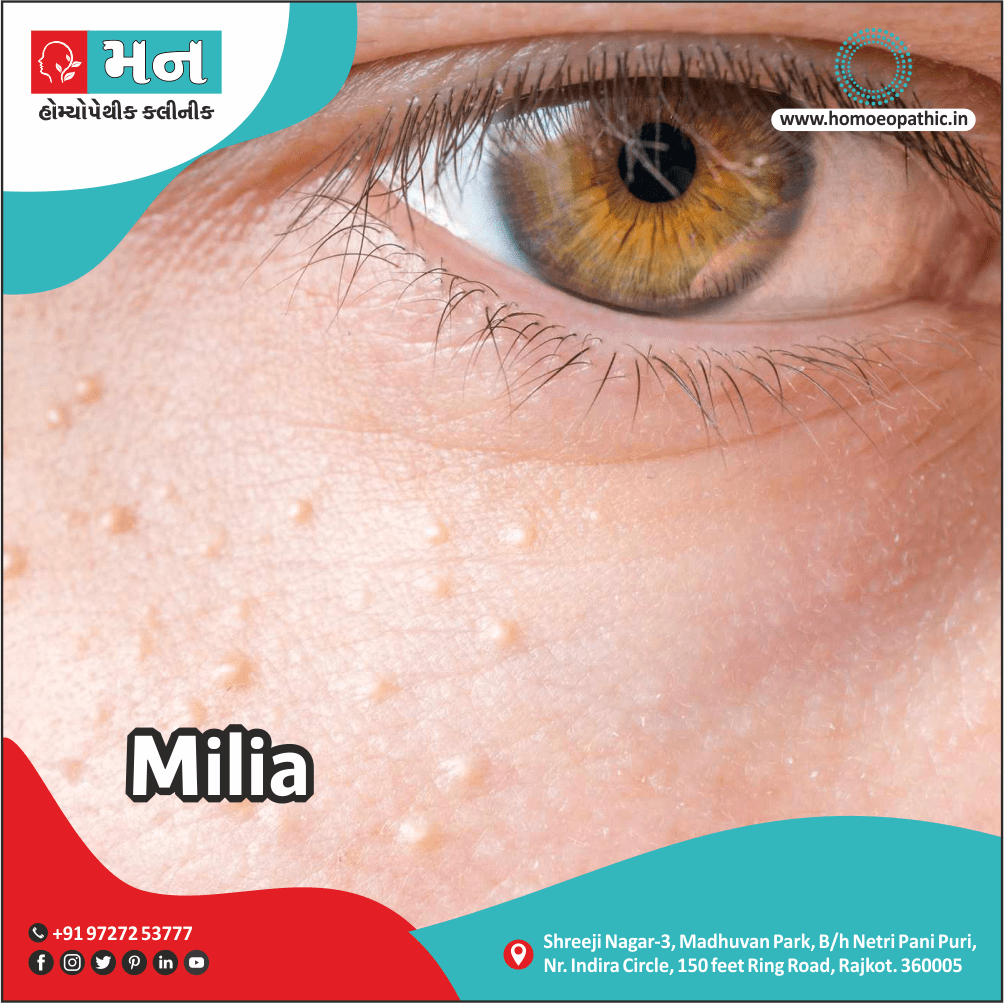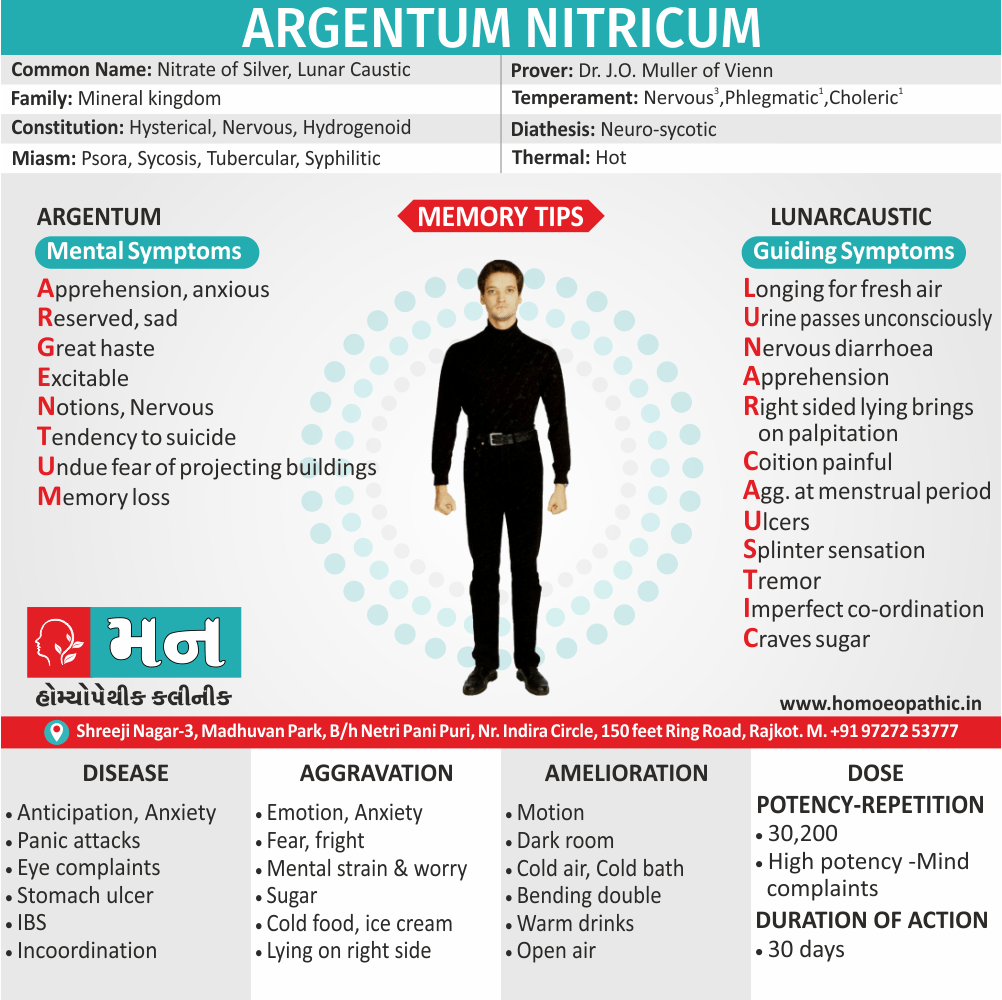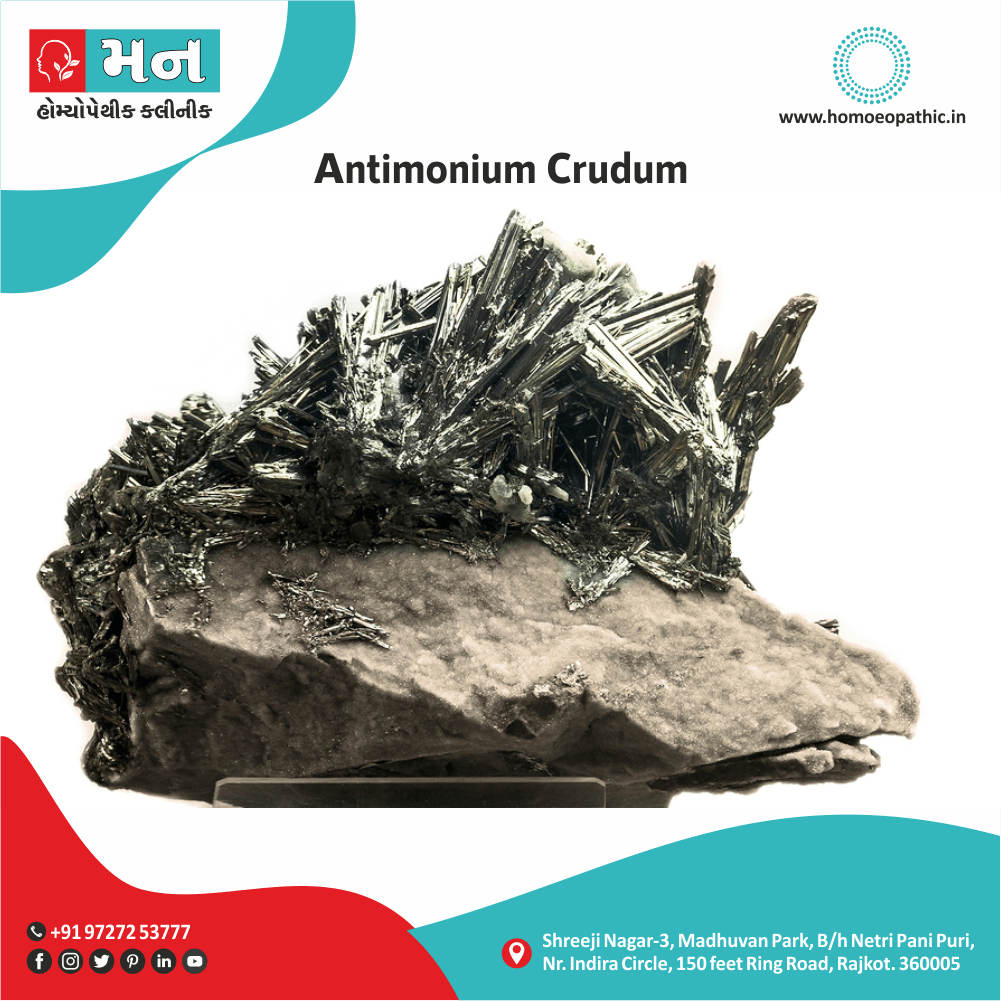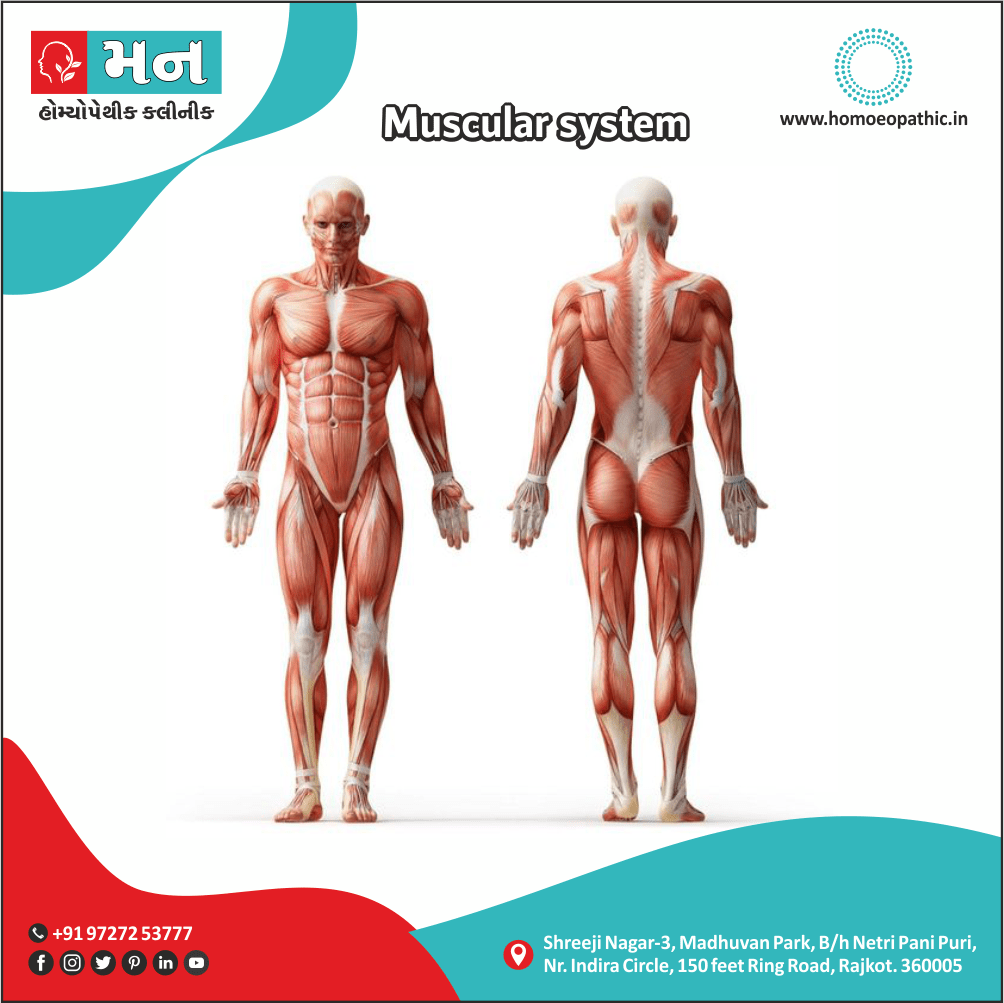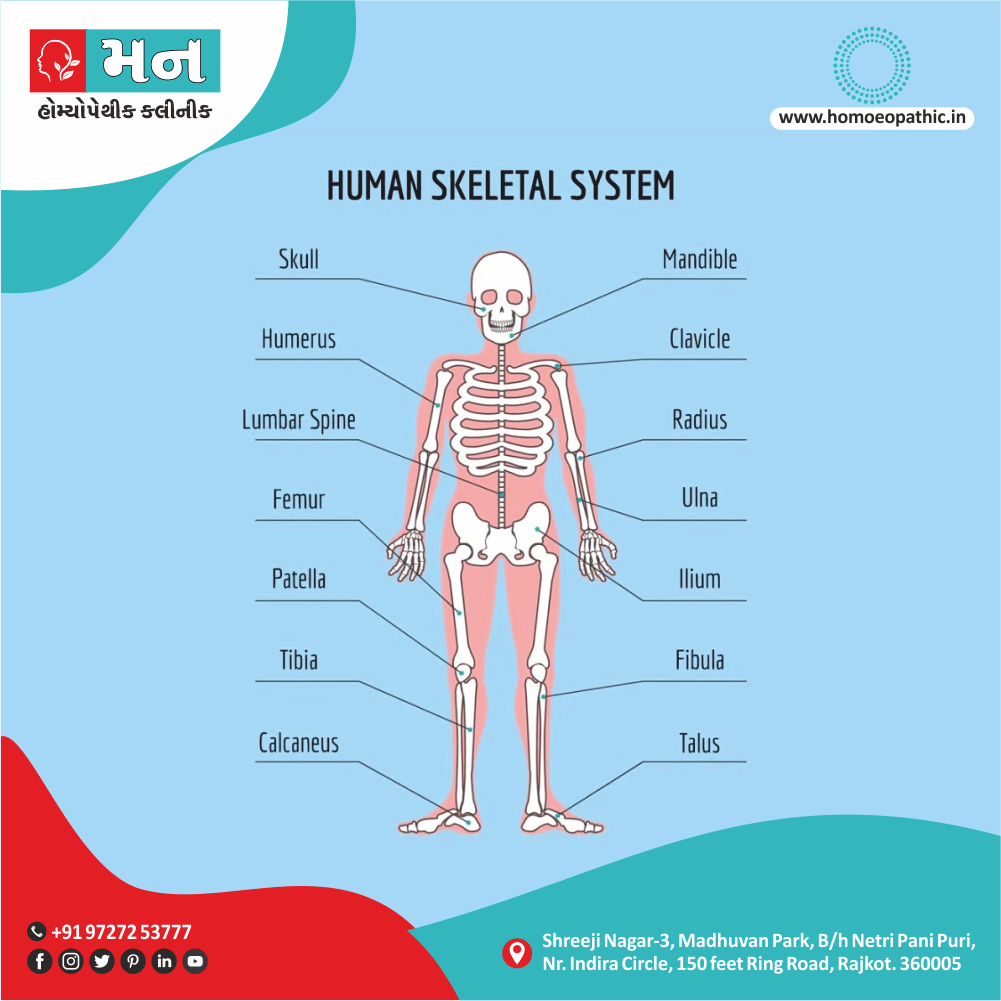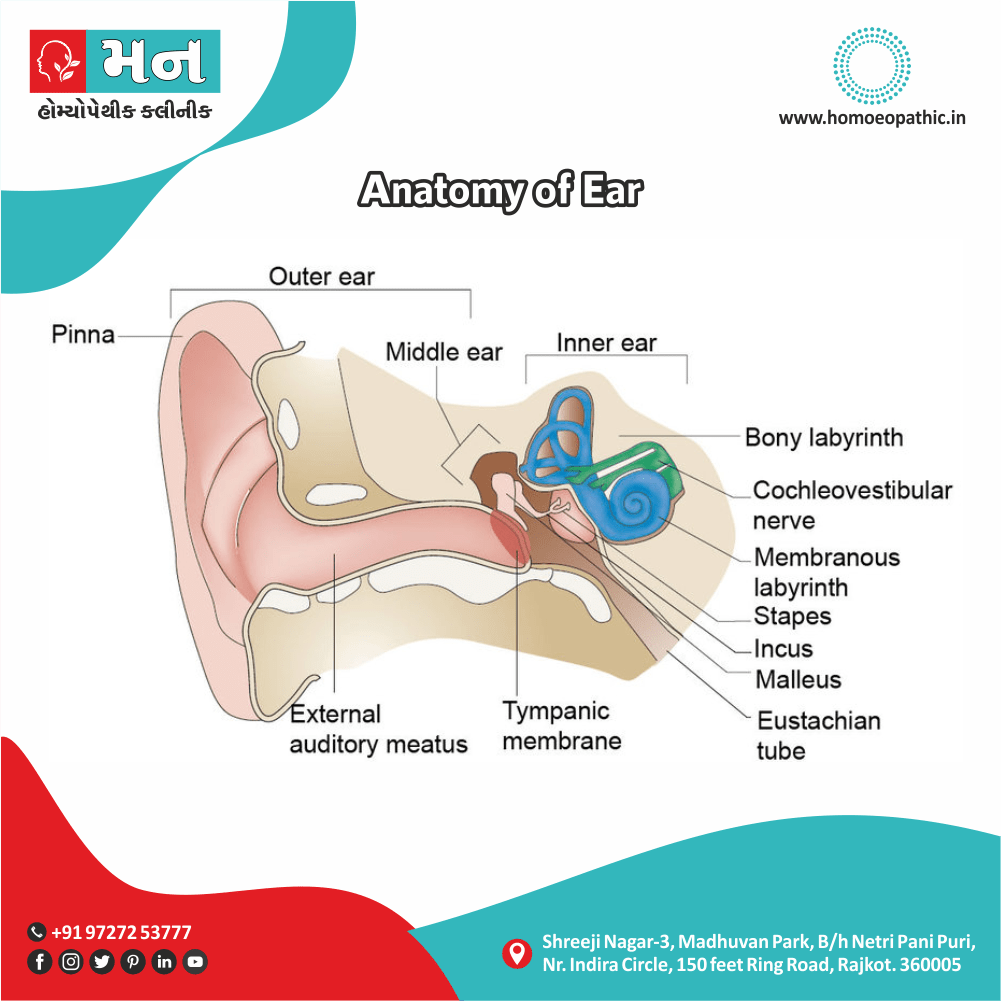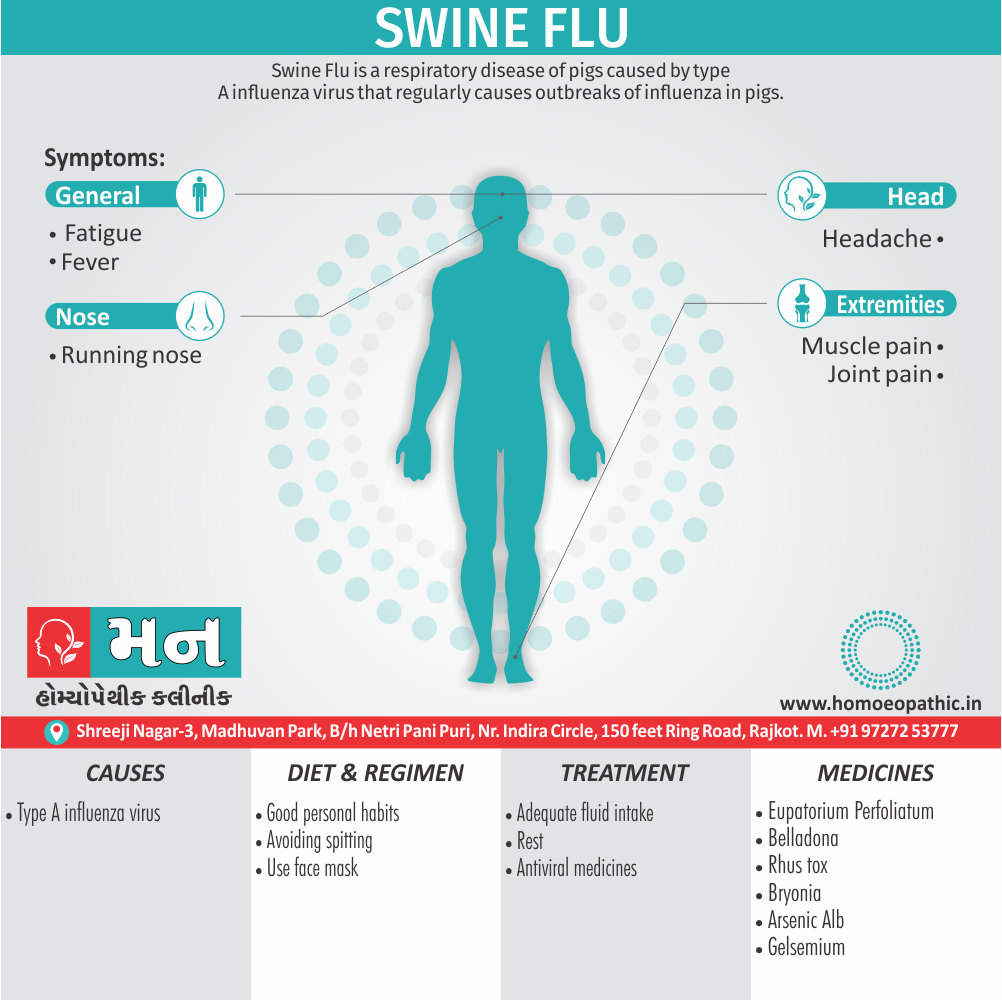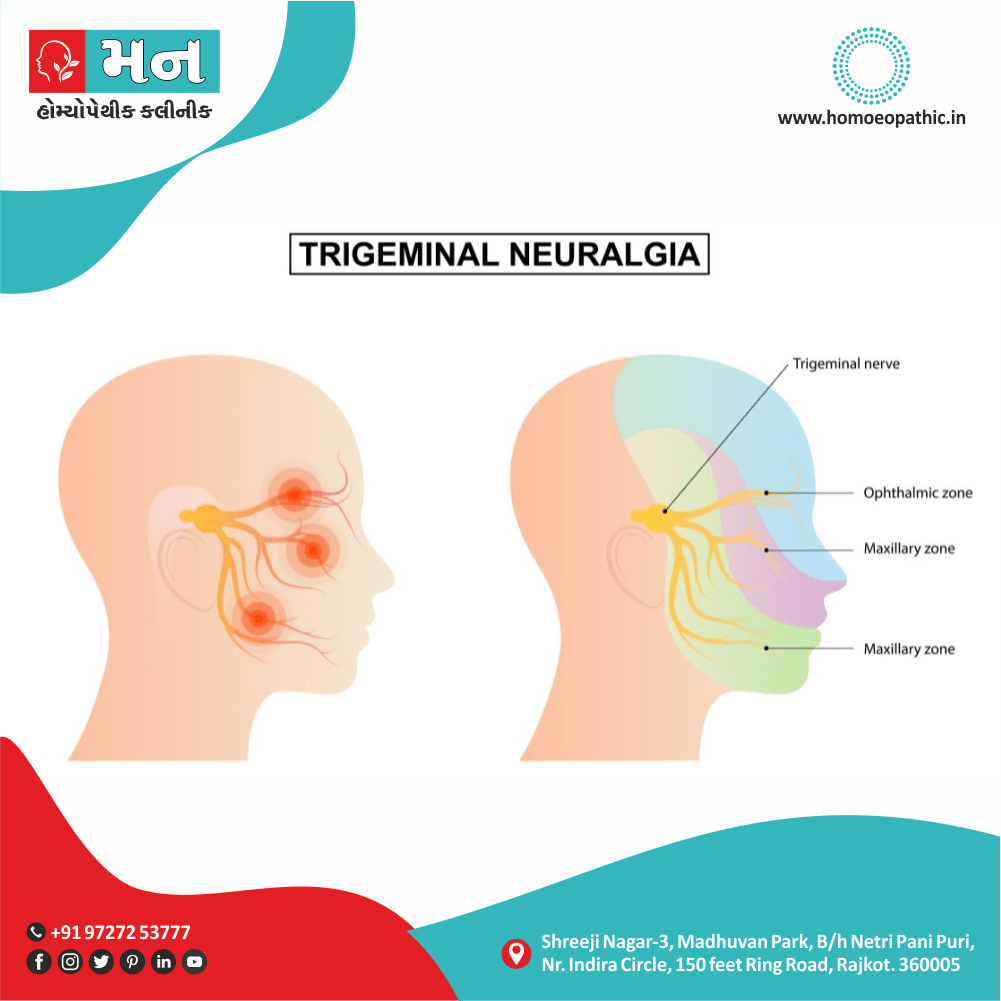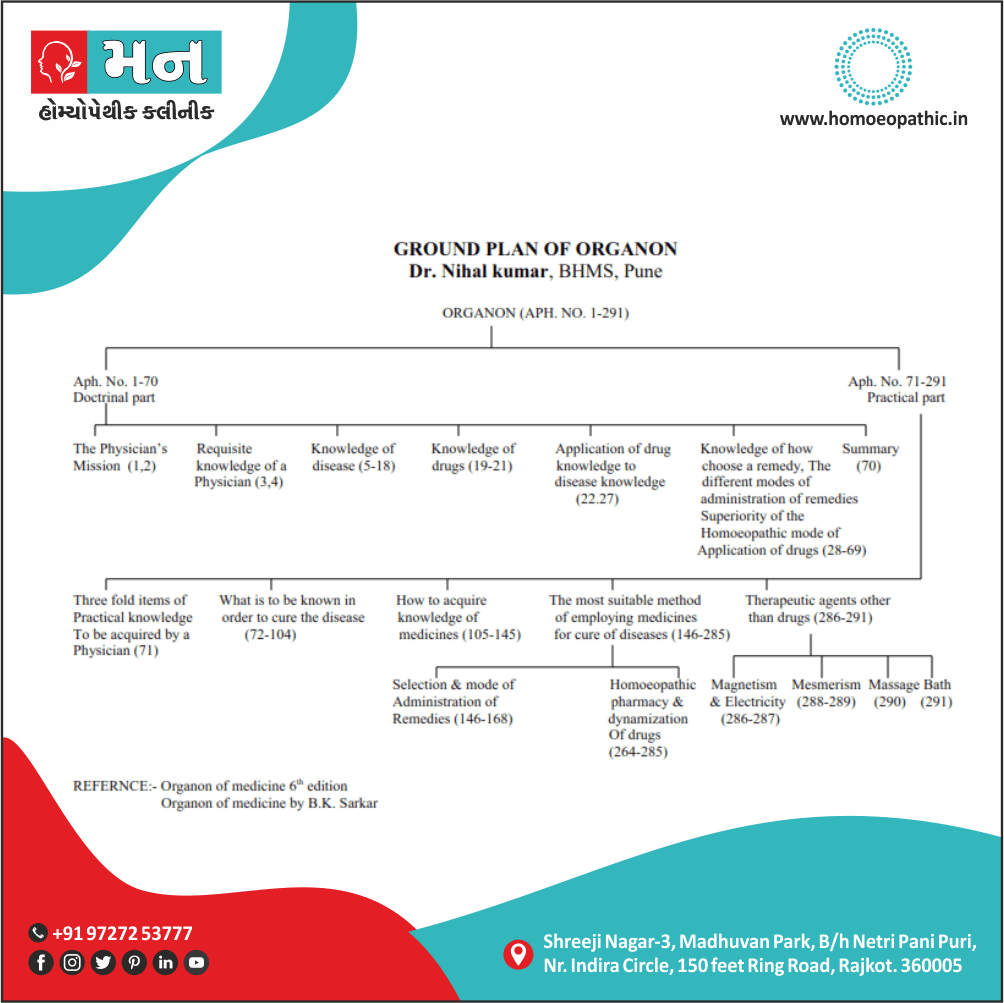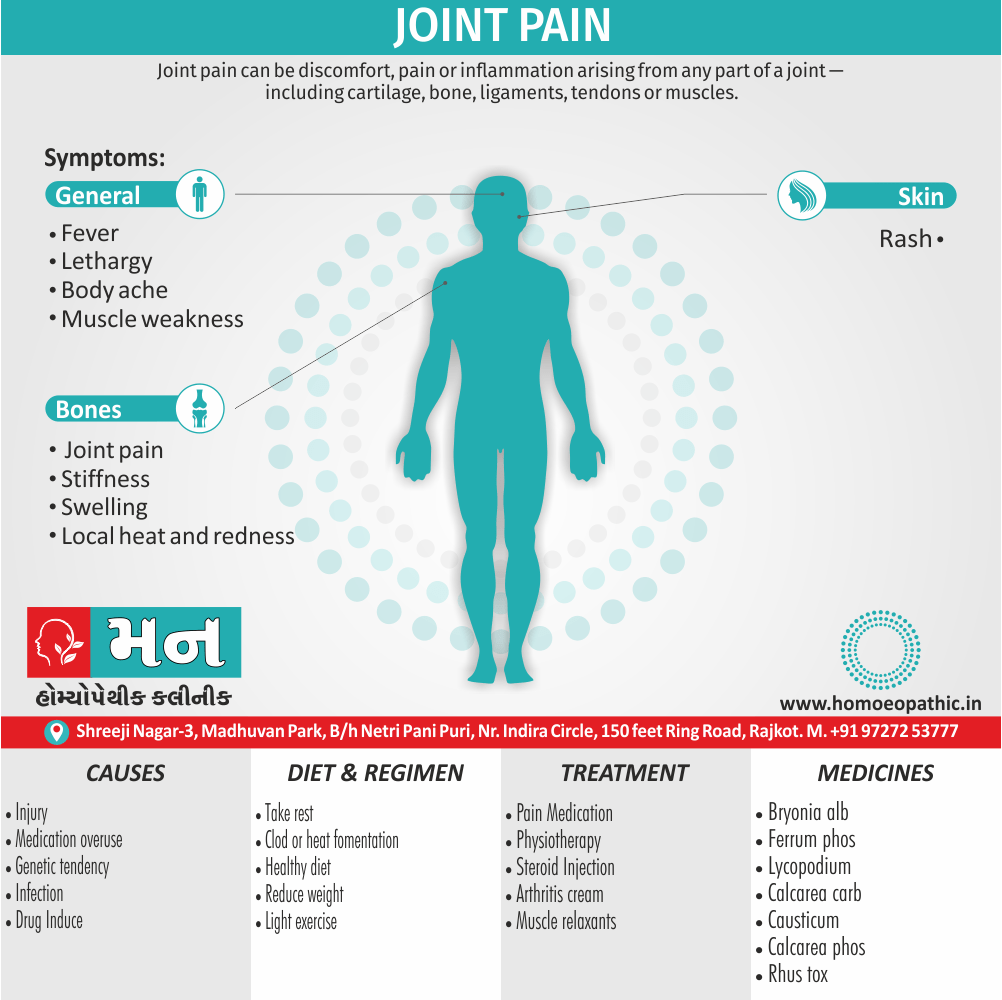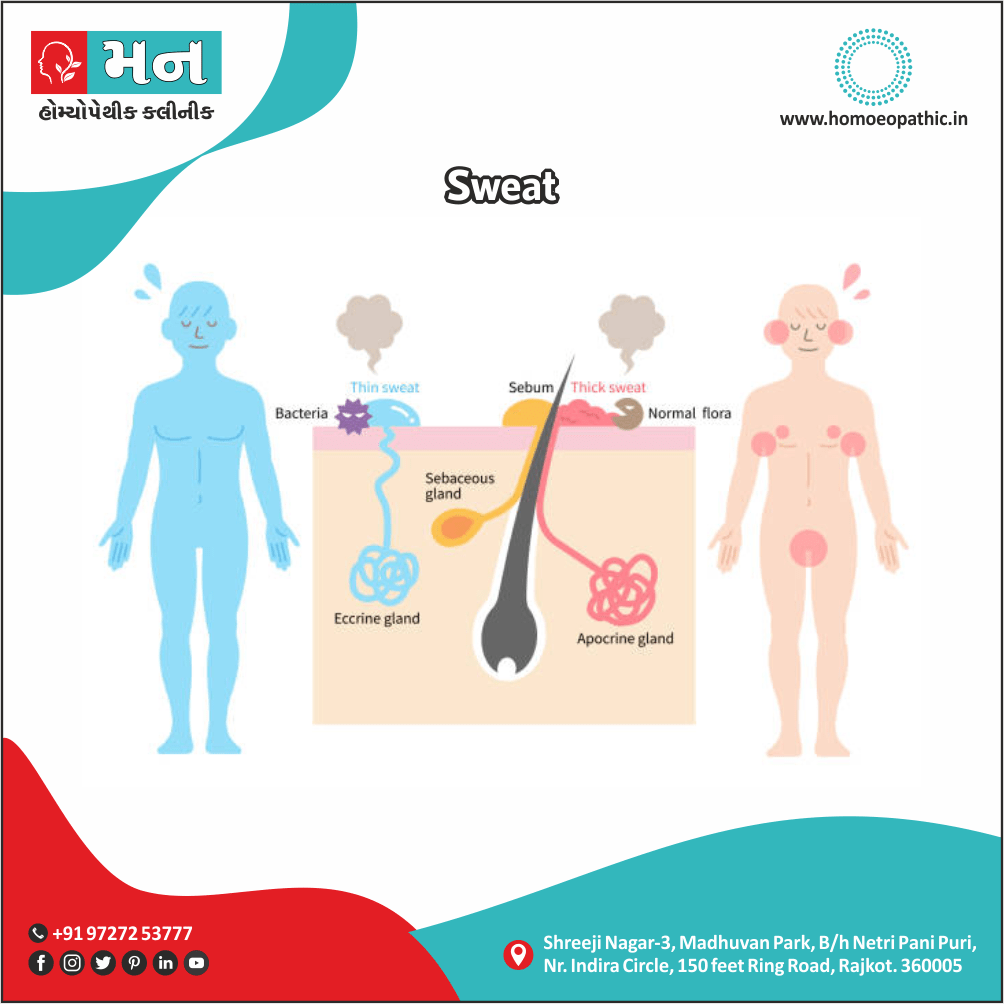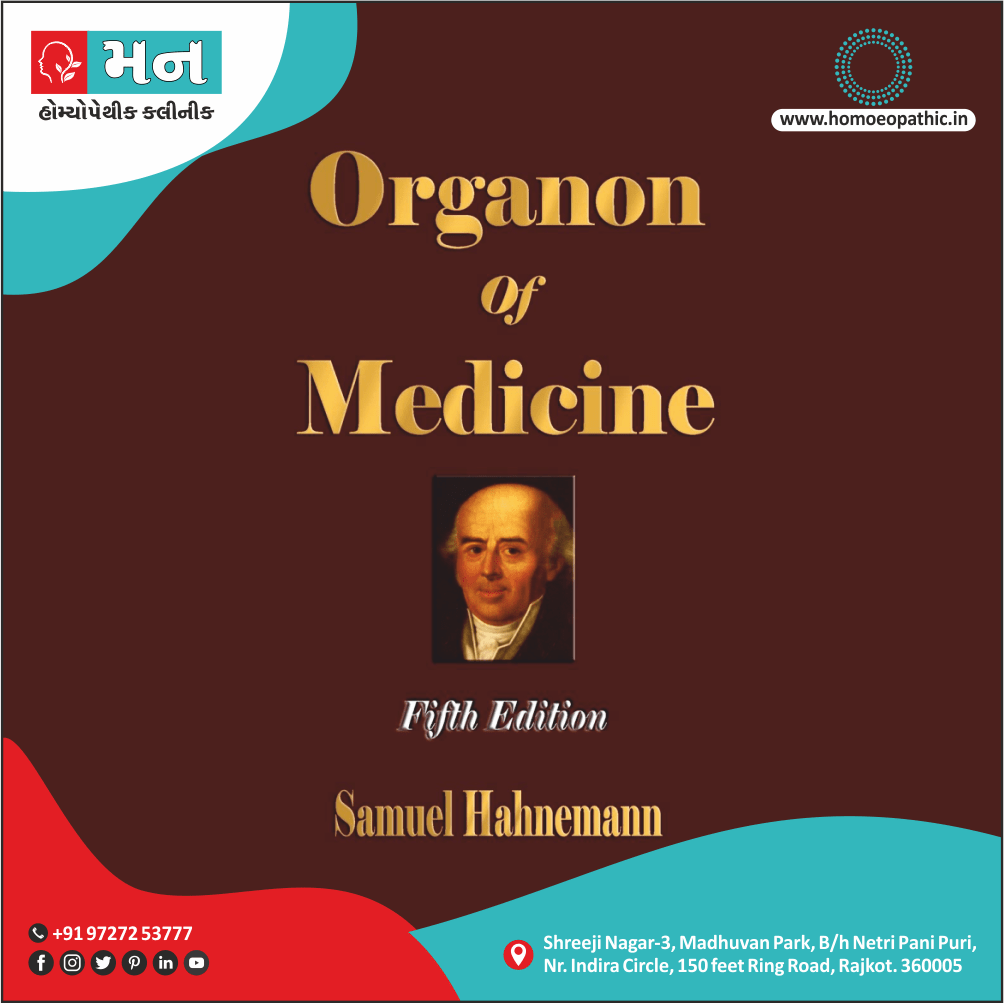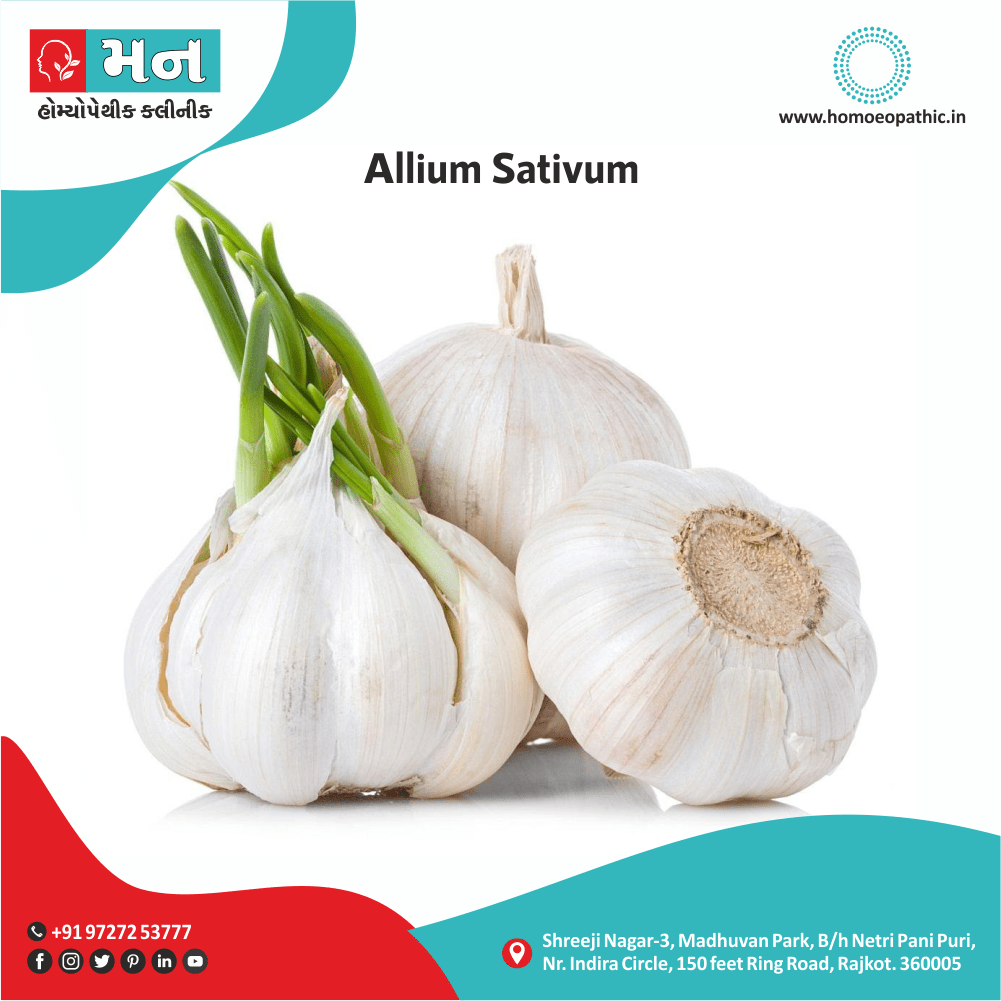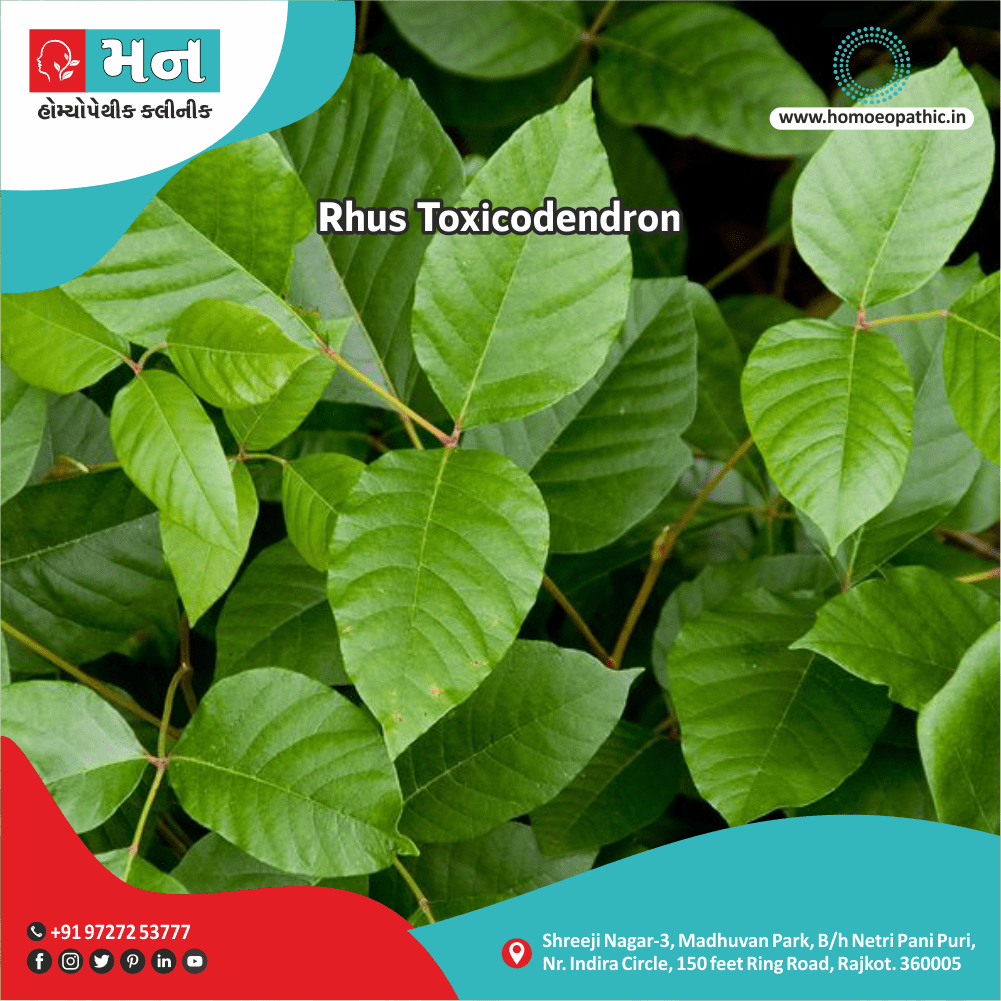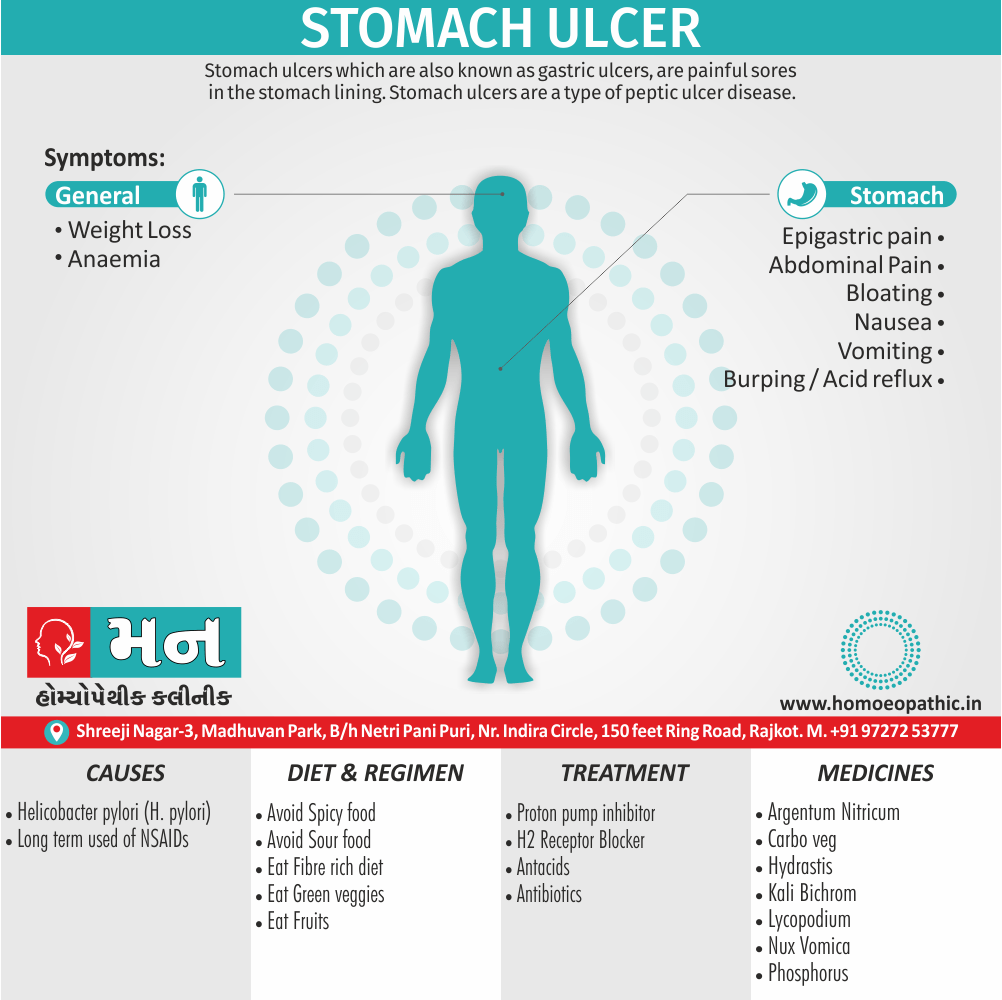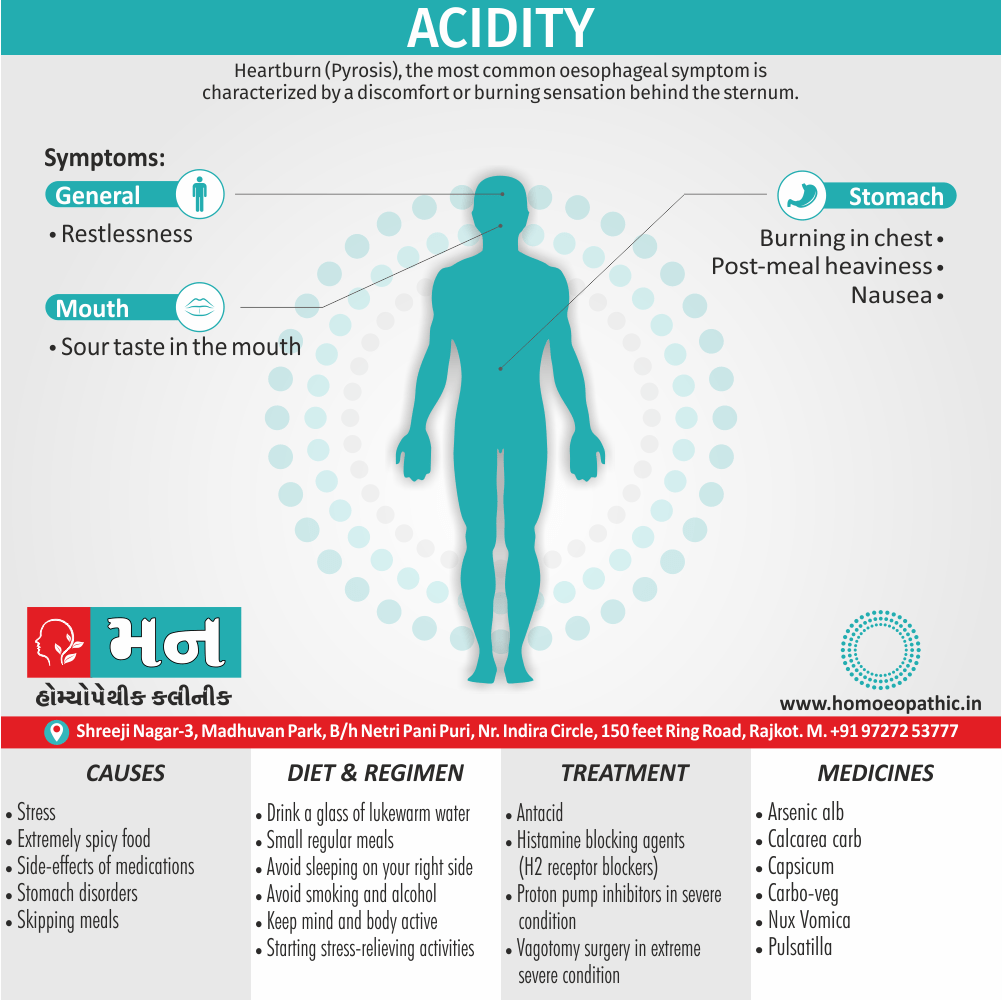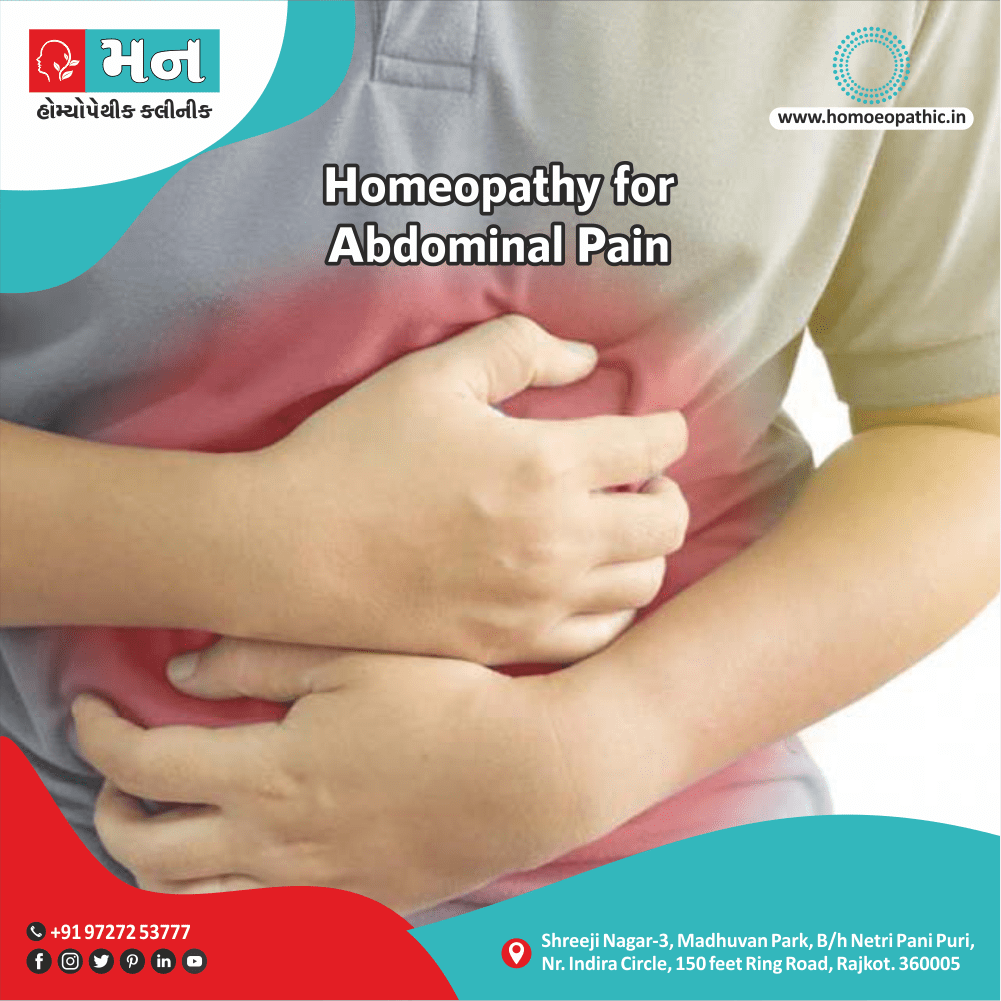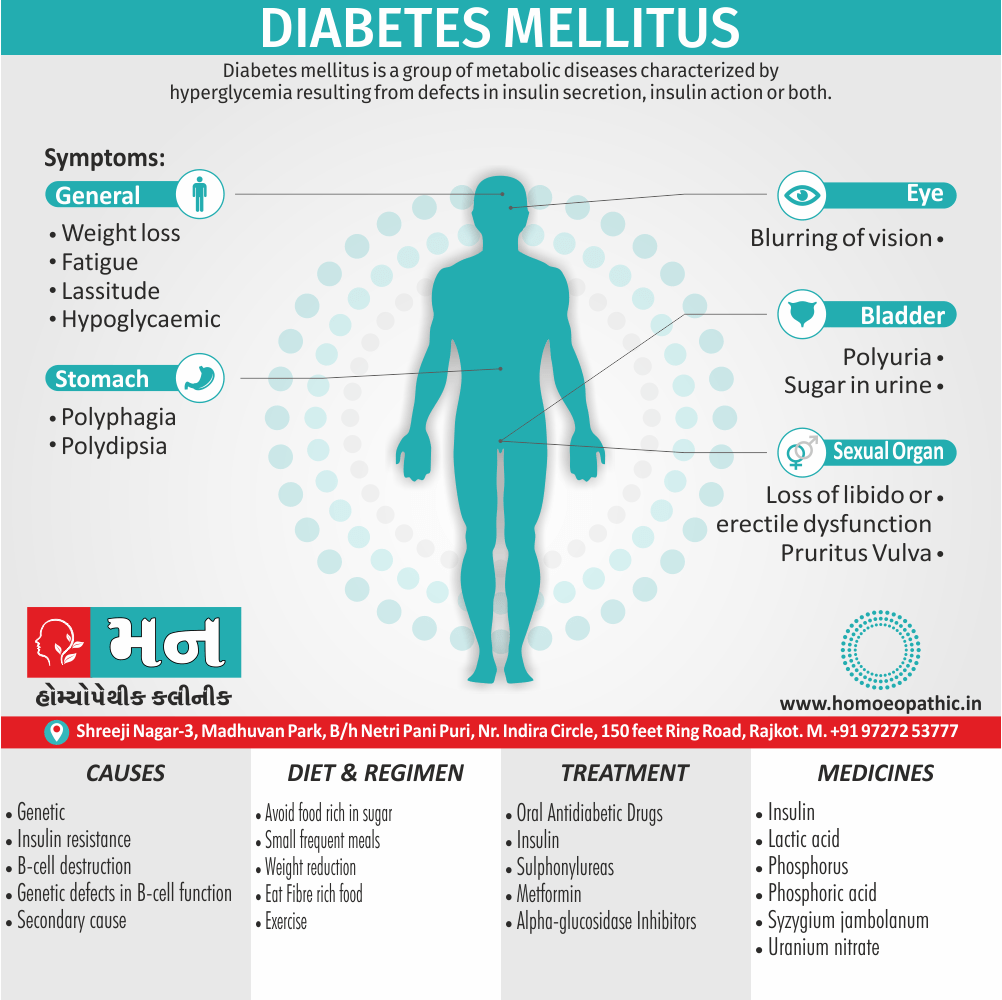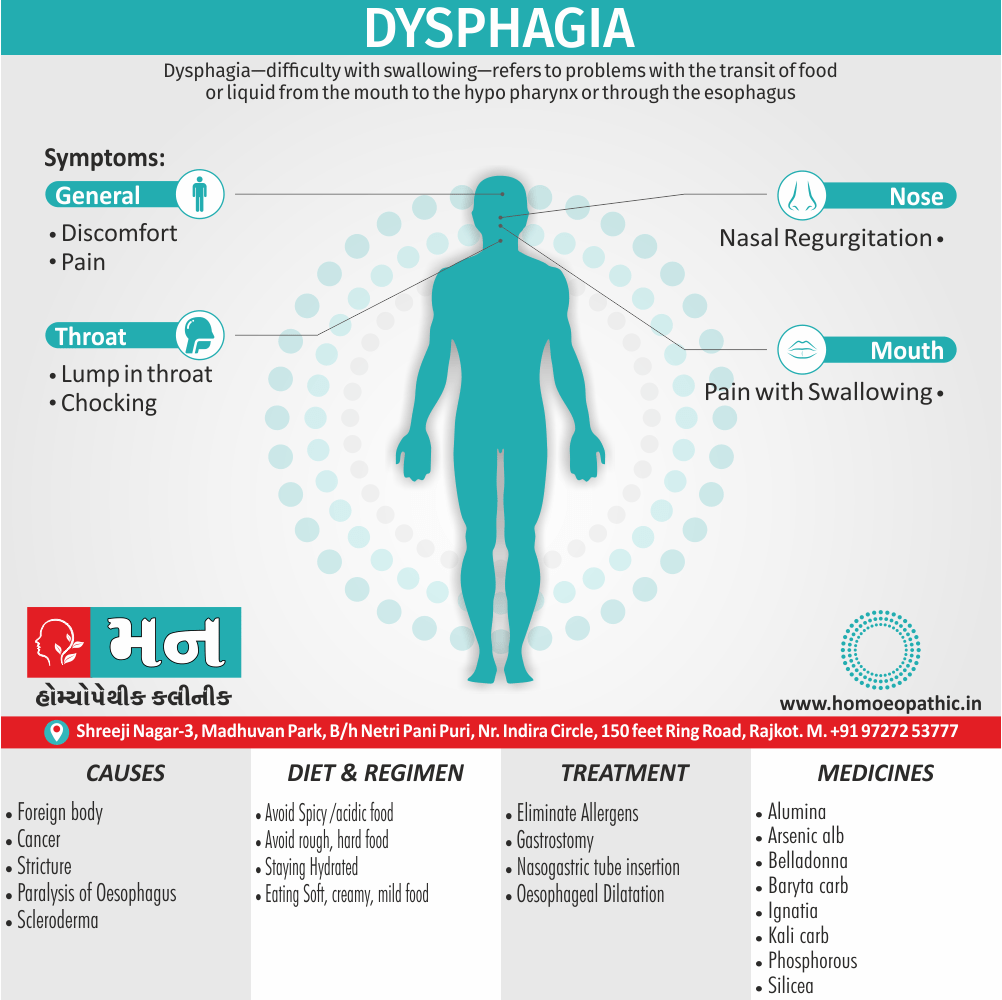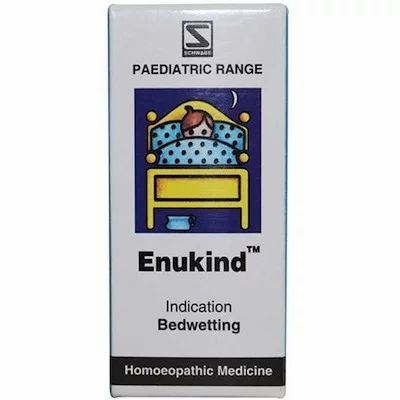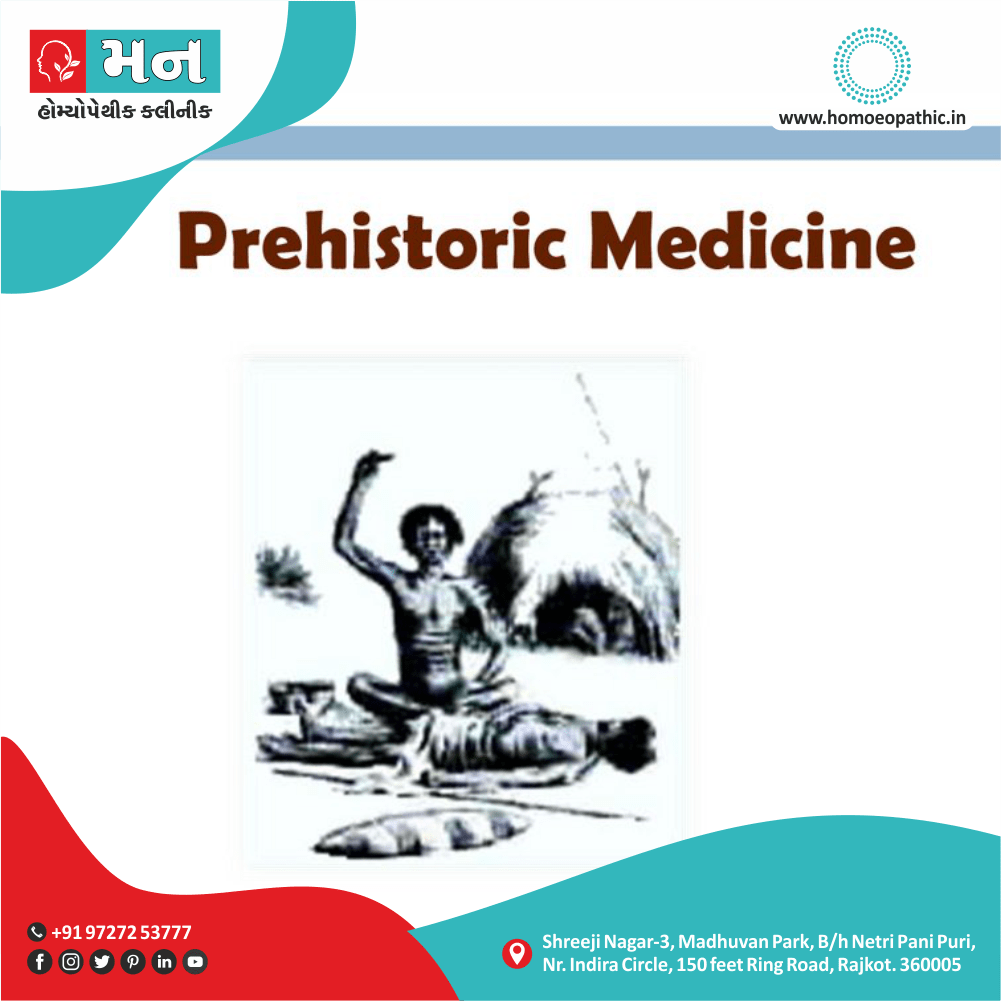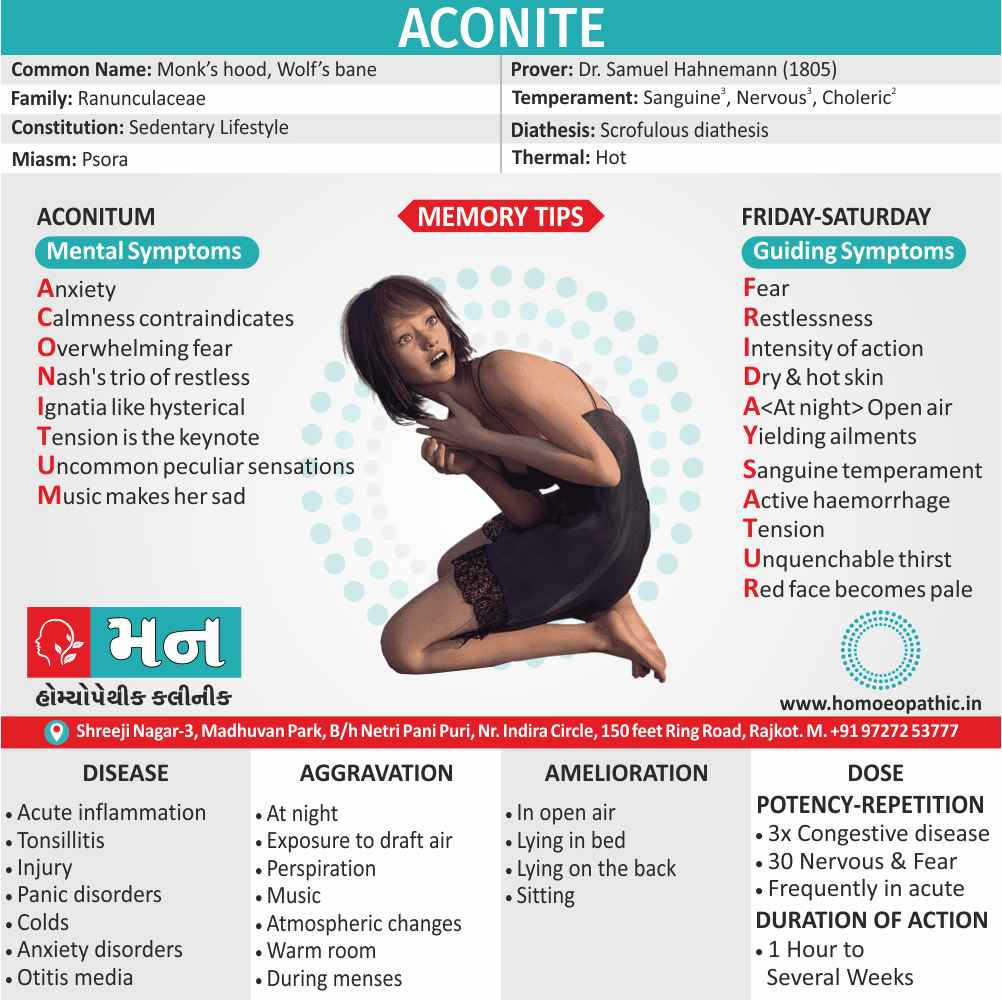Definition:
Hydrocele is the collection of fluid between the two layers of tunica vaginalis of the testis. [1]
Overview
Epidemiology xxx
Causes
Types
Risk Factors xxx
Pathogenesisxxx
Pathophysiology
Clinical Featuresxxx
Sign & Symptoms
Clinical Examination
Diagnosis
Differential Diagnosis
Complications
Investigations
Treatment
Preventionxxx
Homeopathic Treatment
Diet & Regimen
Do’s and Dont’sxxx
Terminologyxxx
References
FAQ
Also Search Asxxx
Overview
Overview:
- Primary vaginal hydrocele is most common in middle and later life but can also occur in older children.
- The condition is particularly common in hot countries. [2]
Epidemiology xxx
Indian epidemiology then other
Causes
Causes of Hydrocele
Primary Vaginal Hydrocele:
- Firstly, Defective absorption of fluid
- Secondly, Defective lymphatic drainage [3]
Secondary Hydrocele:
- Infection i.e.: Filariasis, Tuberculosis of epididymis
- Injury i.e.: Trauma, post herniorrhaphy hydrocele
- Tumors i.e.: Malignancy [4]
Types
Risk Factors xxx
Risk factors are things that make you more likely to develop a disease in the first place.
Pathogenesisxxx
Pathogenesis refers to the development of a disease. It’s the story of how a disease gets started and progresses.
This is the entire journey of a disease, encompassing the cause but going beyond it.
Pathophysiology
Pathophysiology, on the other hand, focuses on the functional changes that occur in the body due to the disease. It explains how the disease disrupts normal physiological processes and how this disruption leads to the signs and symptoms we see.
Imagine a car accident. Pathogenesis would be like understanding how the accident happened – what caused it, the sequence of events (e.g., one car ran a red light, then hit another car). Pathophysiology would be like understanding the damage caused by the accident – the bent fenders, deployed airbags, and any injuries to the passengers.
In simpler terms, pathogenesis is about the "why" of a disease, while pathophysiology is about the "how" of the disease’s effects.
Clinical Featuresxxx
Tab Content
Sign & Symptoms
Sign & Symptoms of Hydrocele
- Firstly, Soft, cystic, fluctuant, Transillumination positive swelling confined to the scrotum
- Secondly, Not reducible
- Thirdly, No impulse on cough
- Fourthly, Getting above the swelling is possible [3]
Clinical Examination
Clinical / Physical Examination:
- In general, Hydroceles are typically translucent and it is possible to ‘get above the swelling’ on examination of the scrotum. [2]
Diagnosis
Diagnosis of Hydrocele
Your doctor will start with a physical exam. It’s likely to include i.e.:
- Checking for tenderness in an enlarged scrotum.
- Applying pressure to the abdomen and scrotum to check for inguinal hernia.
- Shining a light through the scrotum (Transillumination). If you or your child has a hydrocele, Transillumination will show clear fluid surrounding the testicle.[7]
Differential Diagnosis
Differential Diagnosis of Hydrocele
- Inguinal hernia
- Epidydimal cyst
- Spermatocele
- Testicular tumor
- Scrotal Oedema [1]
Complications
Complications
It is typically isn’t dangerous and usually doesn’t affect fertility. But a might be associated with an underlying testicular condition that can cause serious complications, including:
- Infection or tumor i.e.- Either might reduce sperm production or function.
- Inguinal hernia i.e.- The loop of intestine trapped in the abdominal wall can lead to life-threatening complication.[7]
Investigations
Investigation
- Firstly, Ultrasound scan
- Secondly, Blood and Urine test [2]
Treatment
Treatment
- Lord’s plication i.e.: is indicated in small hydroceles.
- Partial excision and eversion of the sac i.e.: Jaboulay’s operation.
- Aspiration i.e.: is a temporary method and there is a chance of introducing infection. [3]
Preventionxxx
Tab Content
Homeopathic Treatment
Homeopathic Treatment of Hydrocele
Homeopathy treats the person as a whole. It means that homeopathic treatment focuses on the patient as a person, as well as his pathological condition. The homeopathic medicines selected after a full individualizing examination and case-analysis.
which includes
- The medical history of the patient,
- Physical and mental constitution,
- Family history,
- Presenting symptoms,
- Underlying pathology,
- Possible causative factors etc.
A miasmatic tendency (predisposition/susceptibility) also often taken into account for the treatment of chronic conditions.
What Homoeopathic doctors do?
A homeopathy doctor tries to treat more than just the presenting symptoms. The focus is usually on what caused the disease condition? Why ‘this patient’ is sick ‘this way’?.
The disease diagnosis is important but in homeopathy, the cause of disease not just probed to the level of bacteria and viruses. Other factors like mental, emotional and physical stress that could predispose a person to illness also looked for. No a days, even modern medicine also considers a large number of diseases as psychosomatic. The correct homeopathy remedy tries to correct this disease predisposition.
The focus is not on curing the disease but to cure the person who is sick, to restore the health. If a disease pathology not very advanced, homeopathy remedies do give a hope for cure but even in incurable cases, the quality of life can greatly improved with homeopathic medicines.
Homeopathic Medicines for Hydrocele:
The homeopathic remedies (medicines) given below indicate the therapeutic affinity but this is not a complete and definite guide to the homeopathy treatment of this condition. The symptoms listed against each homeopathic remedy may not be directly related to this disease because in homeopathy general symptoms and constitutional indications also taken into account for selecting a remedy.
Medicines:
Digitalis:
- Left side most affected with swelling of testicles.
- Scrotum looks like bladder filled with water.
- Heart’s action feeble.
- Bruising pain in testes.
- Inflammation of neck of bladder
- Cramp like tension in groins.
- A feeling of weakness in the genital area after intercourse.
- Symptoms aggravate when the person is sitting erect, better when the patient’s stomach is emapty.
Graphites:
- With herpetic eruptions on scrotum, constipation.
- Dropsical swelling of scrotum and prepuce.
- From suppression of skin diseases.
Iodum:
- Has caused absorption of fluid and warded off other symptoms of hydrocele.
- Offensive sweat of genitals and complete loss of sexual power.
Rhododendron:
- Especially when it is left-sided.
- Has cured cases of long-standing where no cause could be found and where there was no disease of the testes.
- Hydrocele in child, from birth, right-sided.
- Smooth, hard swelling on left side. From birth, increasing from year to year.
- Drawing, contusive or crushing pain is felt in the testicle on the left side.
- Pain from the testicle may extend to the thighs or abdomen.
- Symptoms worse at night, better with warmth and after eating.
Pulsatilla:
- It is in congenital form.
- Dropsical swelling of scrotum of a whitish blue colour.
- Thick discharge from the urethra.
- A feeling of pressure in the bladder.
- Itching and tickling sensation in the scrotum.
- Burning in genitals, inflammation in testes.
- Pain extending from the abdomen to testes.
- Symptoms worse in evening, after eating also lying on left side.
- Better on consuming cold food and drinks, spending time in open air, on moving out.
Apis Mellifica:
- Acute swelling of testes.
- Much heat in area with redness of scrotum.
- Burning and soreness when urinating, urging with scanty urine Scrotum tense and translucent.
- Worse – hot applications, touch, pressure. [5]
Diet & Regimen
Diet & Regimen
- Food to avoid i.e.: Processed food, Preserve food, Junk food, Spicy food, Pickles also caffeine.
- Food should be eaten i.e.: Strawberries, Juicy fruit, Fibre-rich diet, Ginger and Ginger Tea, Black tea also Yoghurt.
- Drink a lot of fluid also stays hydrated. This can help in reducing the pain.
- Avoid wearing tight fitted clothes.
- Exercise also yoga can be very effective in providing relief.
- Quit smoking also avoid excessive intake of stimulants like alcohol.
- Avoid large meals in the evening also night.
- Avoid sleep immediately after having meals. [6]
Do’s and Dont’sxxx
Tab Content
Terminologyxxx
Tab Content
References
References use for Article Hydrocele
[1] SRB’s Clinical Methods in Surgery
[2] Bailey_and_Love_s_Short_Practice_of_Surgery
[3] Manipal Manual of Surgery (PDFDrive)
[4] SRB_s Manual of Surgery, 3rd Edition
[5] Homeopathic Prescriber by K.C. Bhanja
[6] https://www.pristyncare.com/blog/foods-to-avoid-with-hydrocele-pc0441/
[7] https://www.mayoclinic.org/diseases-conditions/hydrocele/symptoms-causes/syc-20363969
FAQ
Frequently Asked Questions
What is Hydrocele?
Hydrocele is the collection of fluid between the two layers of tunica vaginalis of the testis.
Homeopathic Medicines used by Homeopathic Doctors in treatment of Hydrocele?
- Digitalis
- Graphites
- Iodum
- Rhododendron
- Pulsatilla
- Apis Mellifica
What causes Hydrocele?
- Defective absorption of fluid
- Defective lymphatic drainage
- Infection i.e.: Filariasis, Tuberculosis of epididymis
- Injury i.e.: Trauma, post herniorrhaphy hydrocele
- Tumors i.e.: Malignancy
What are the symptoms of Hydrocele?
- Soft, cystic, fluctuant, Transillumination positive swelling confined to the scrotum
- Not reducible
- No impulse on cough
- Getting above the swelling is possible
Give the types of Hydrocele?
Also Search Asxxx
Frequently Asked Questions (FAQ)
XYZ
XXX
XYZ
XXX
XYZ
XXX
